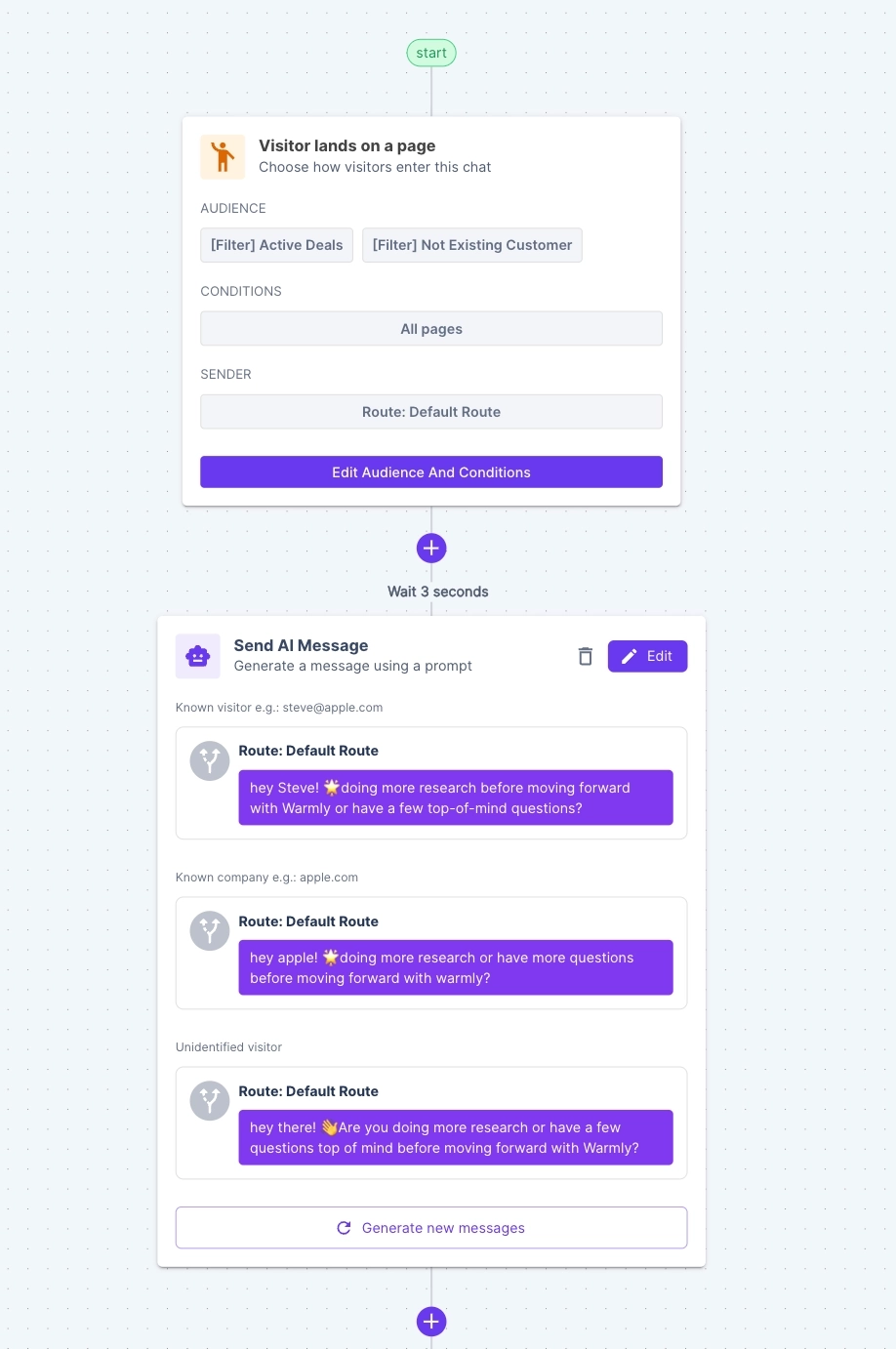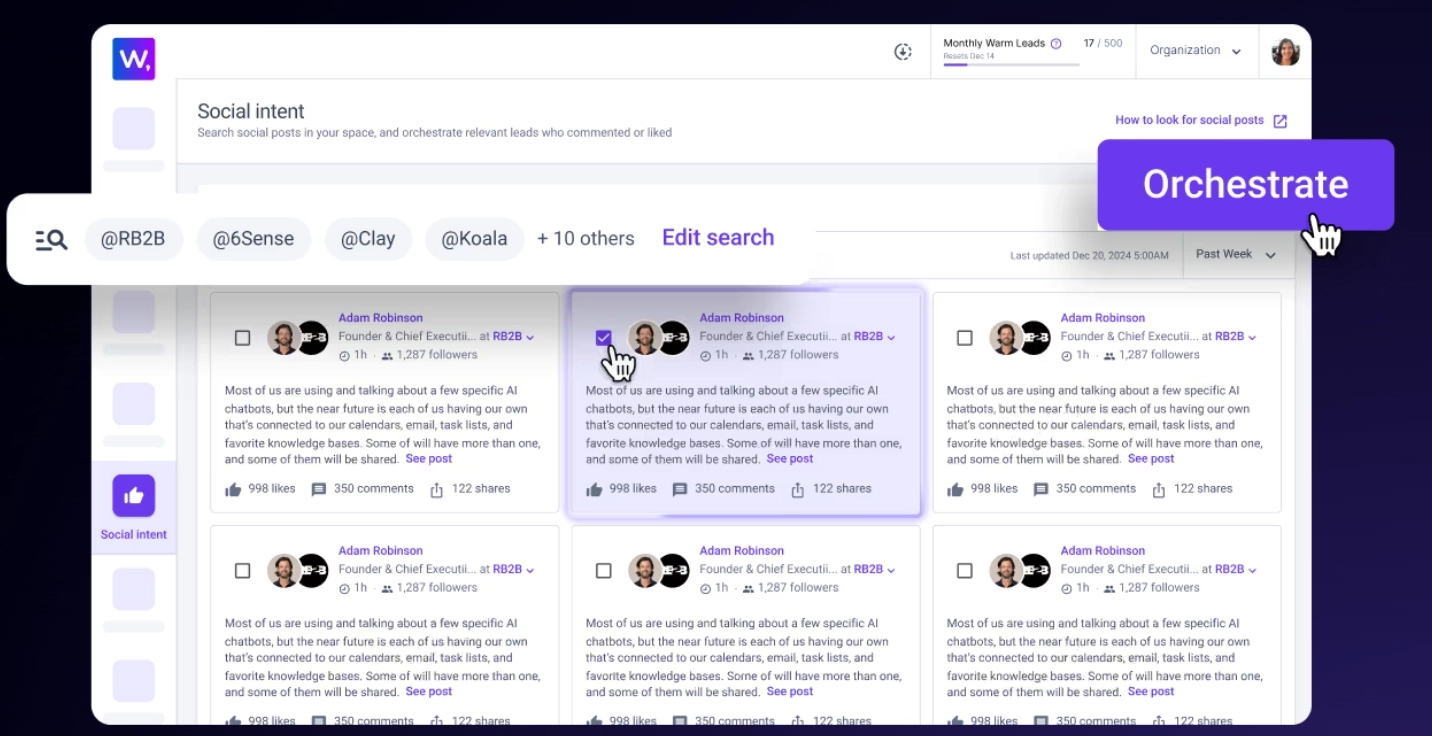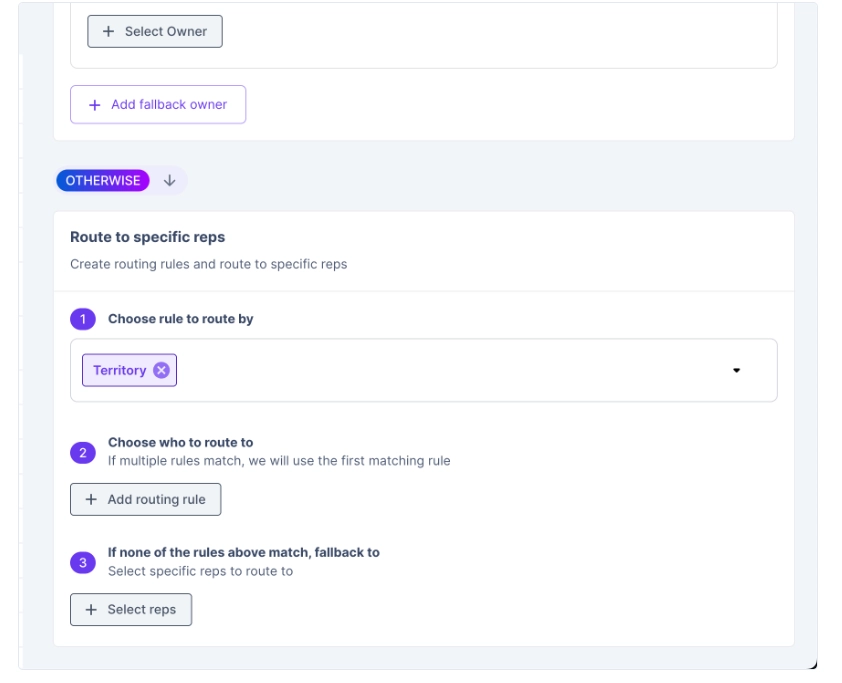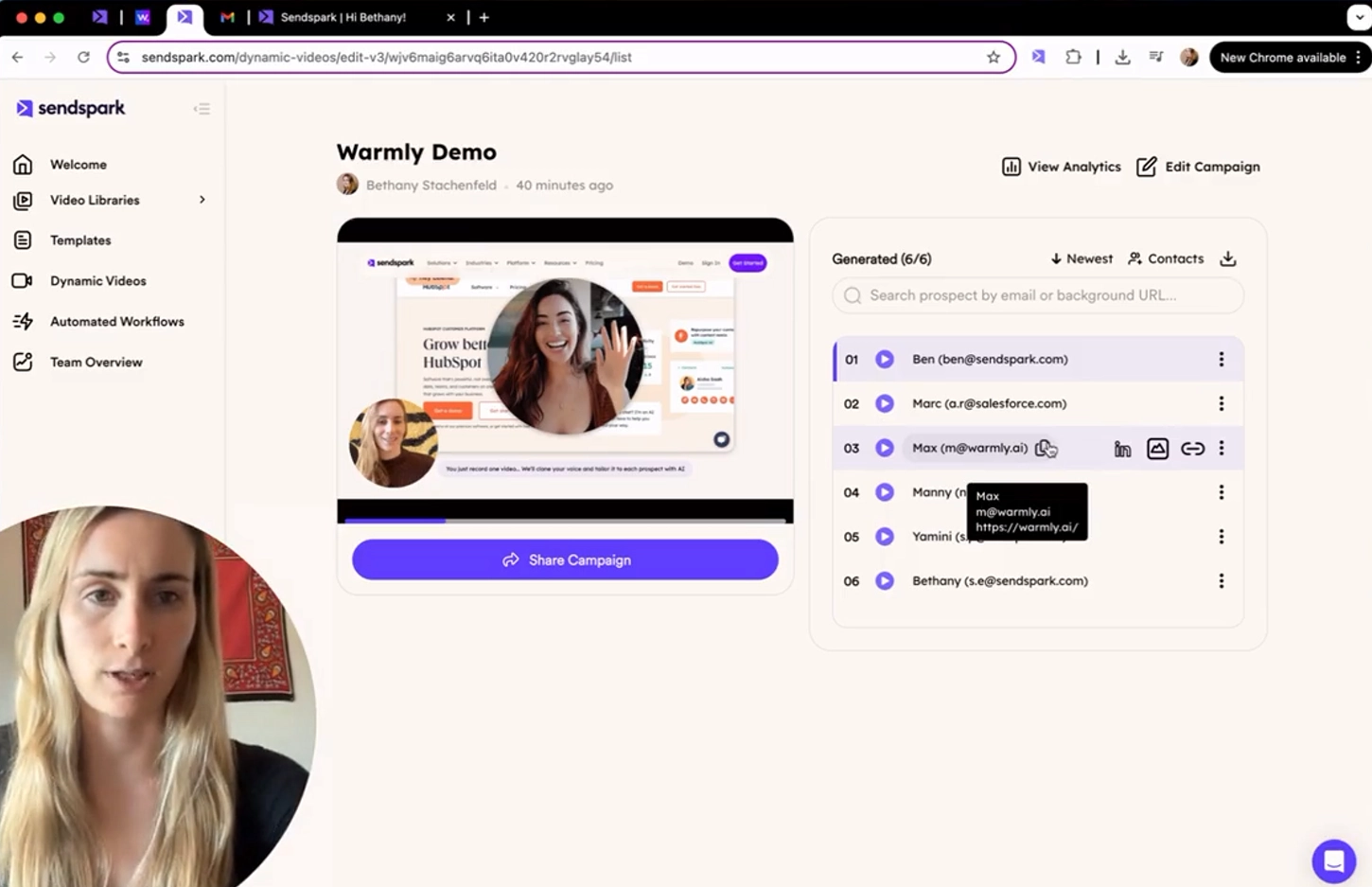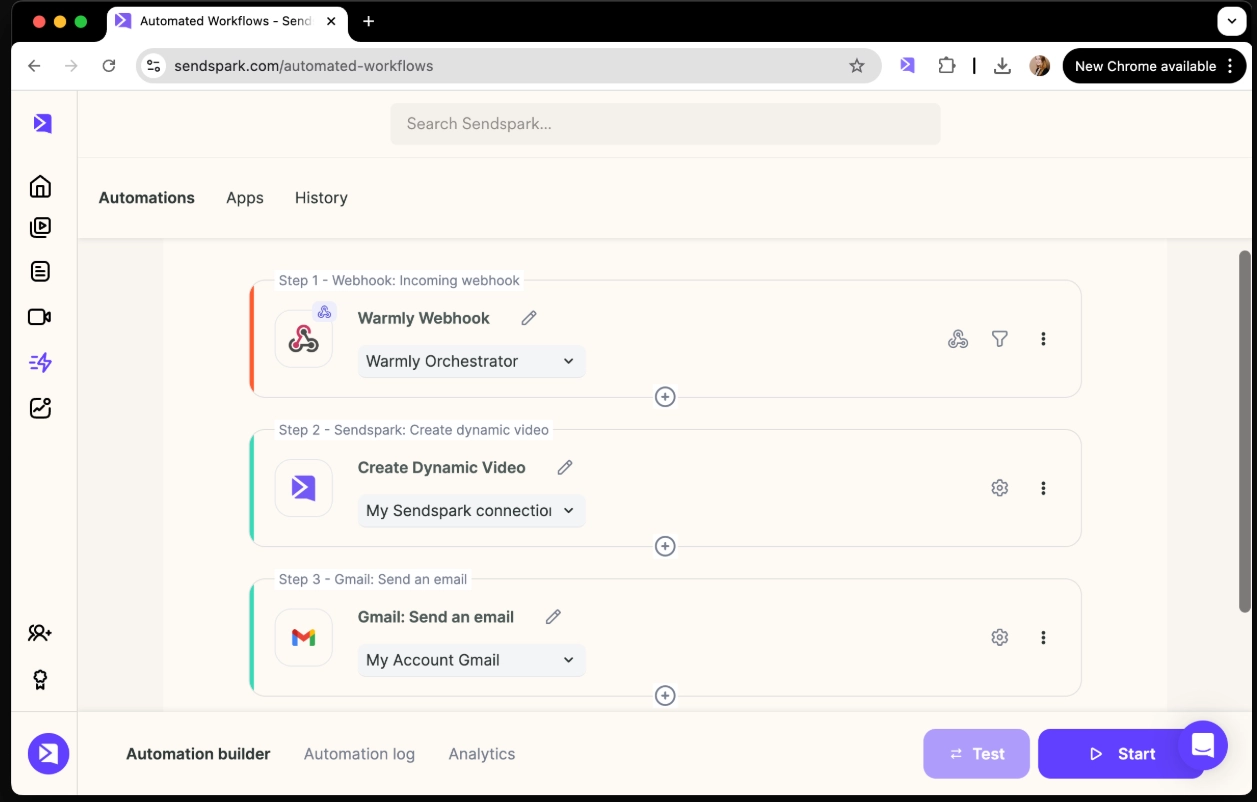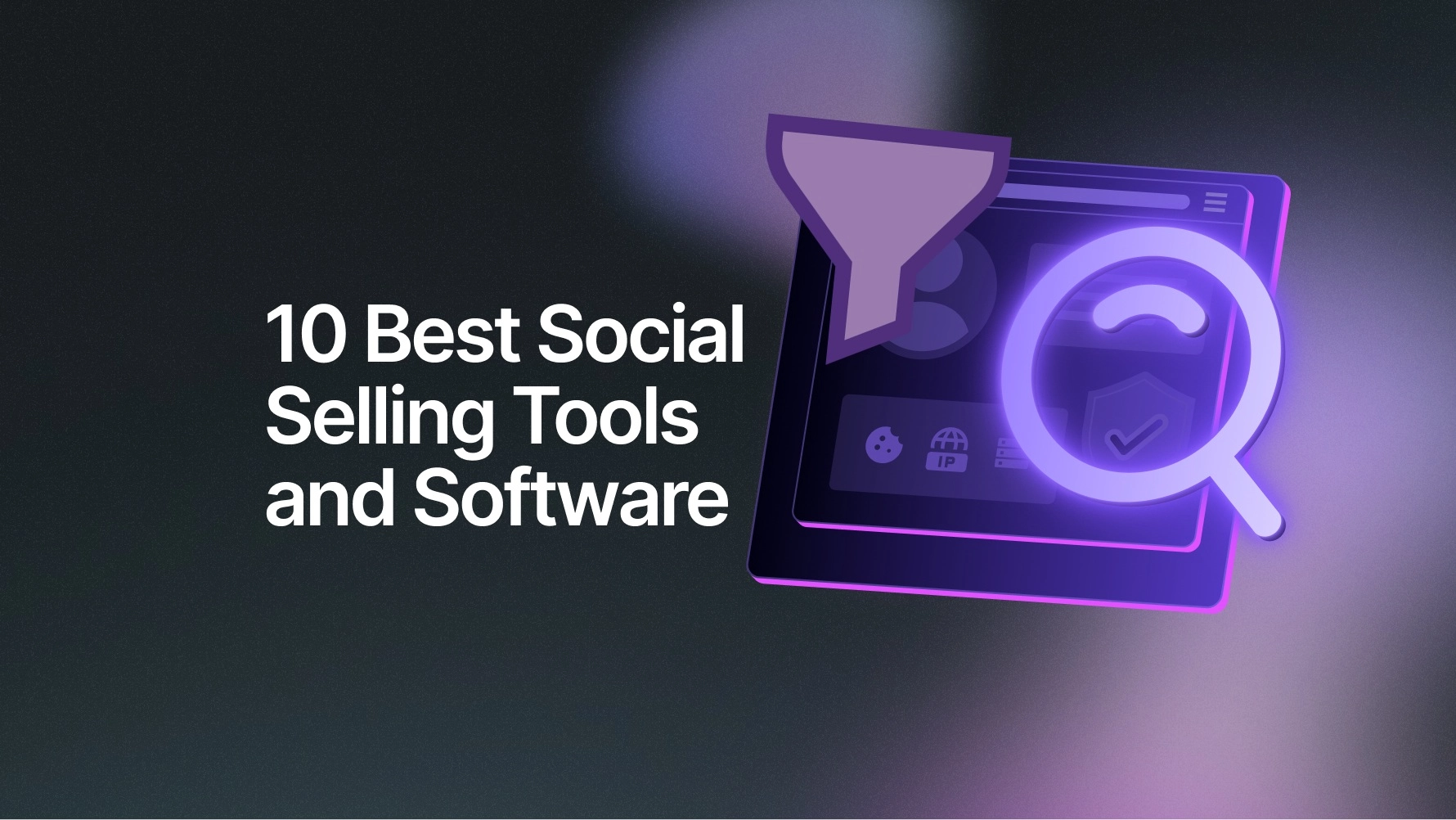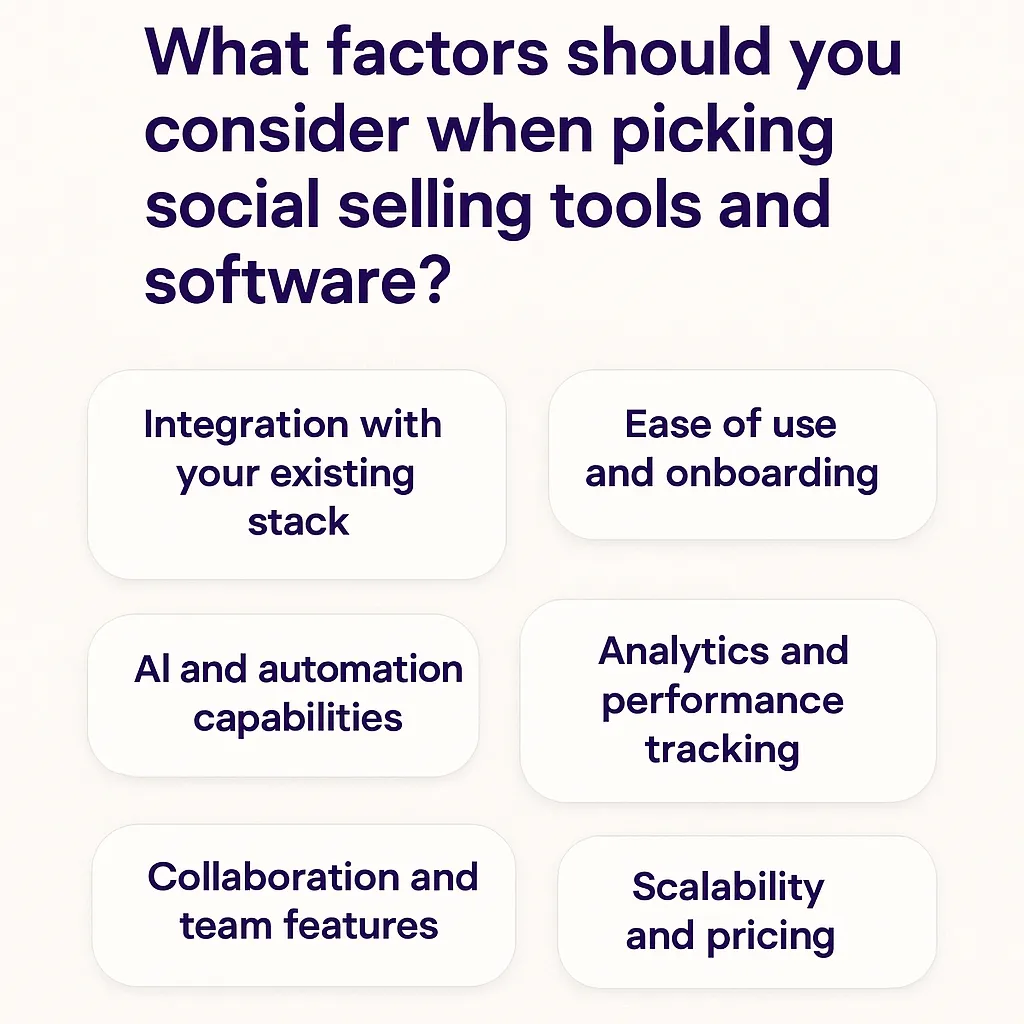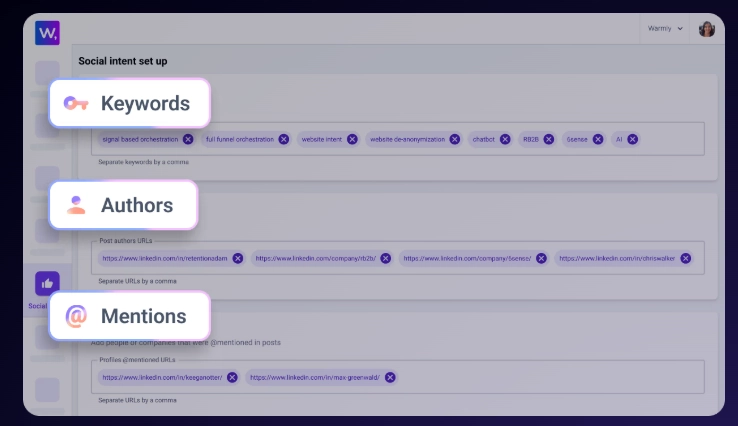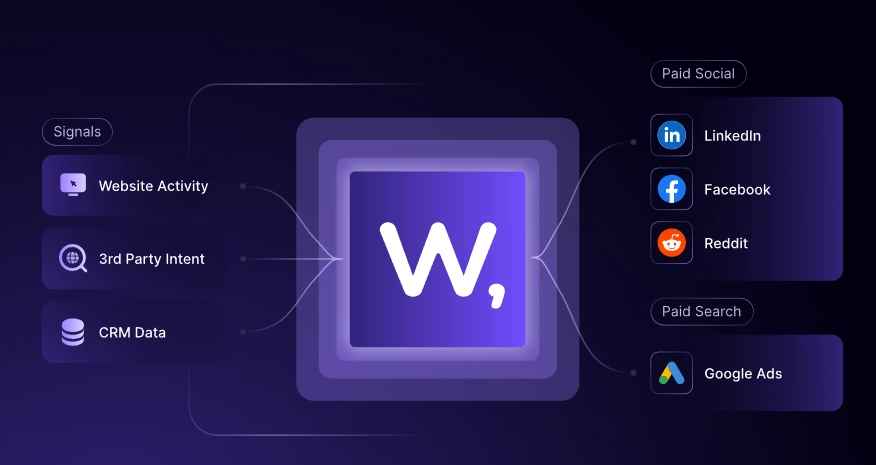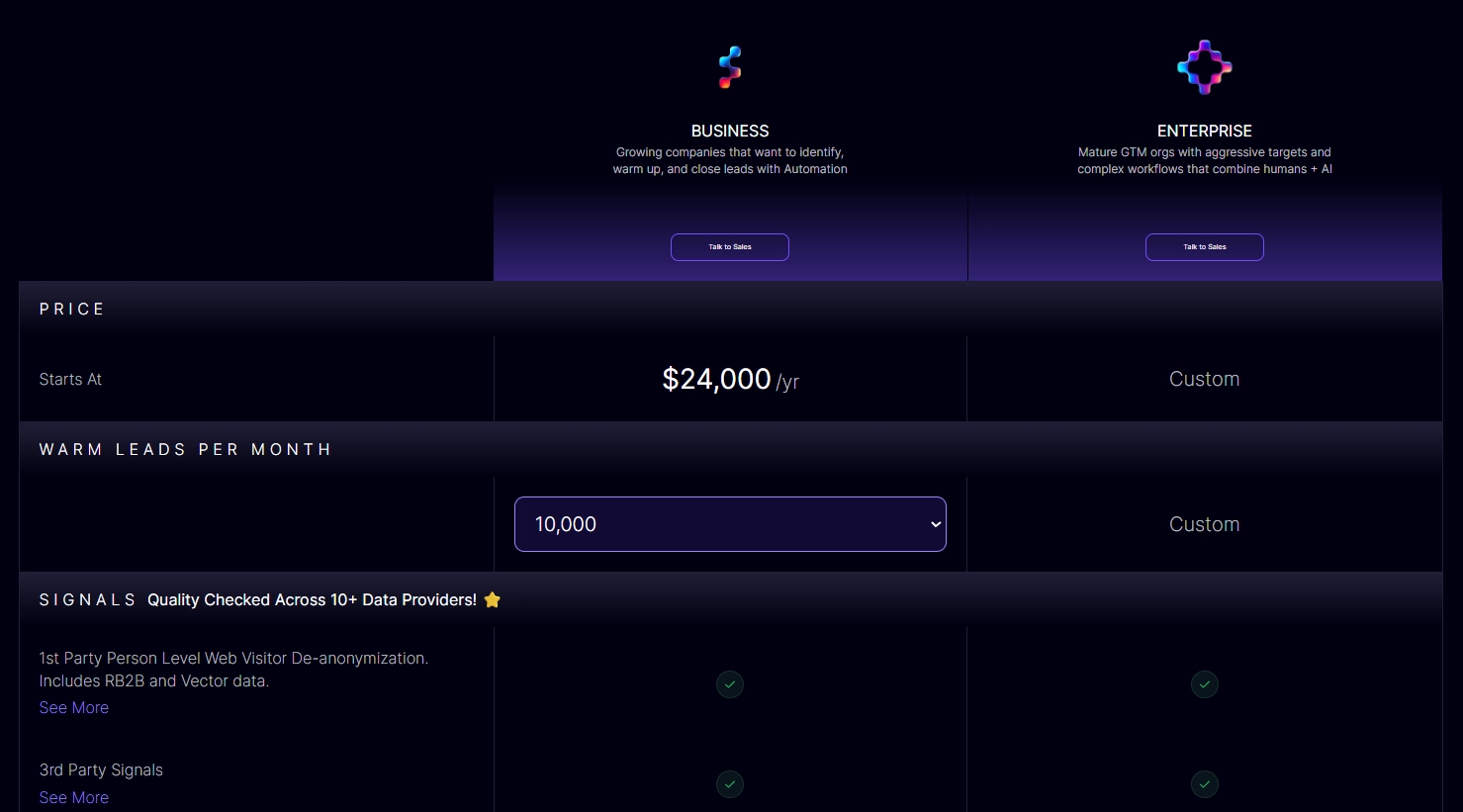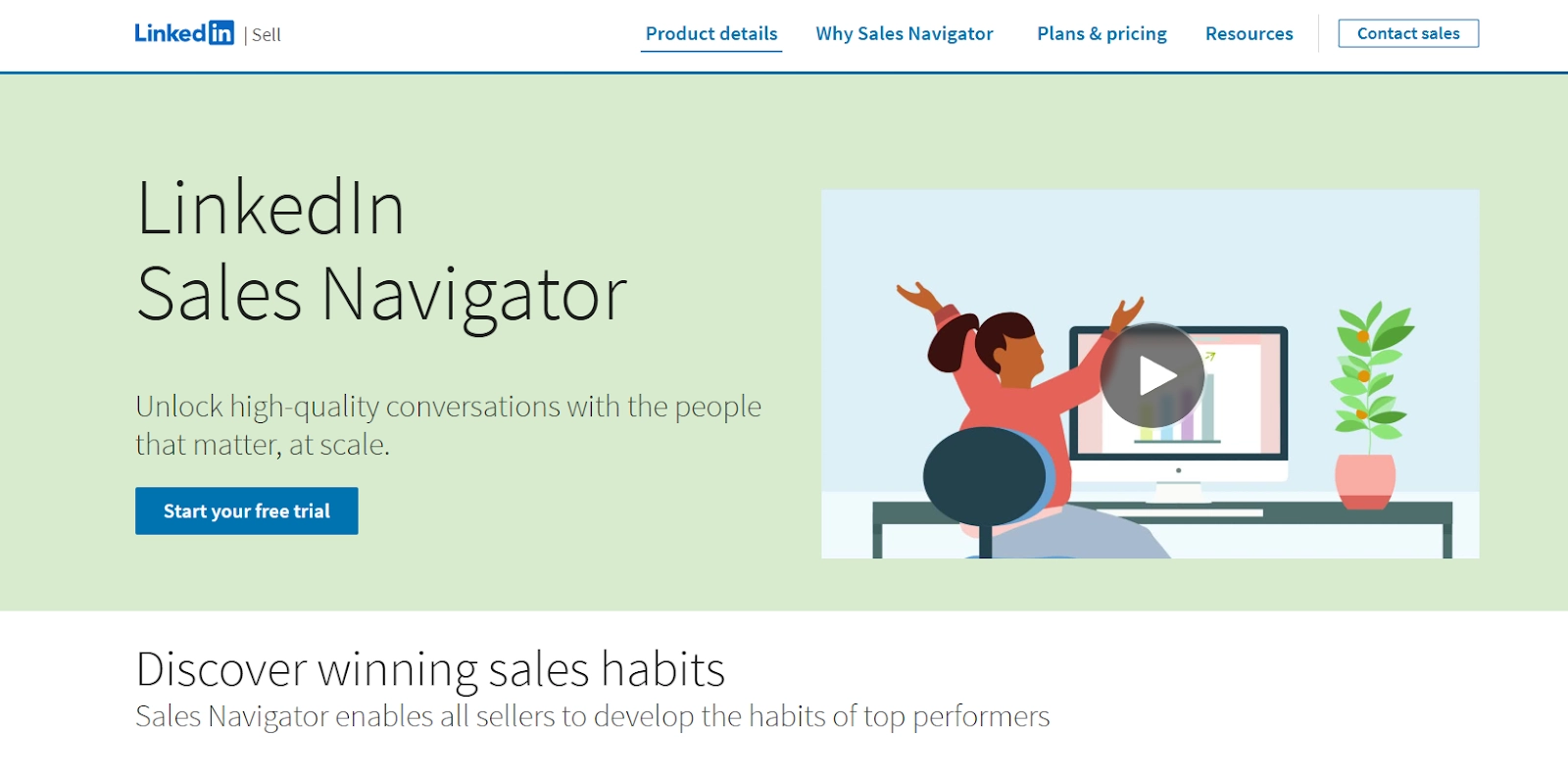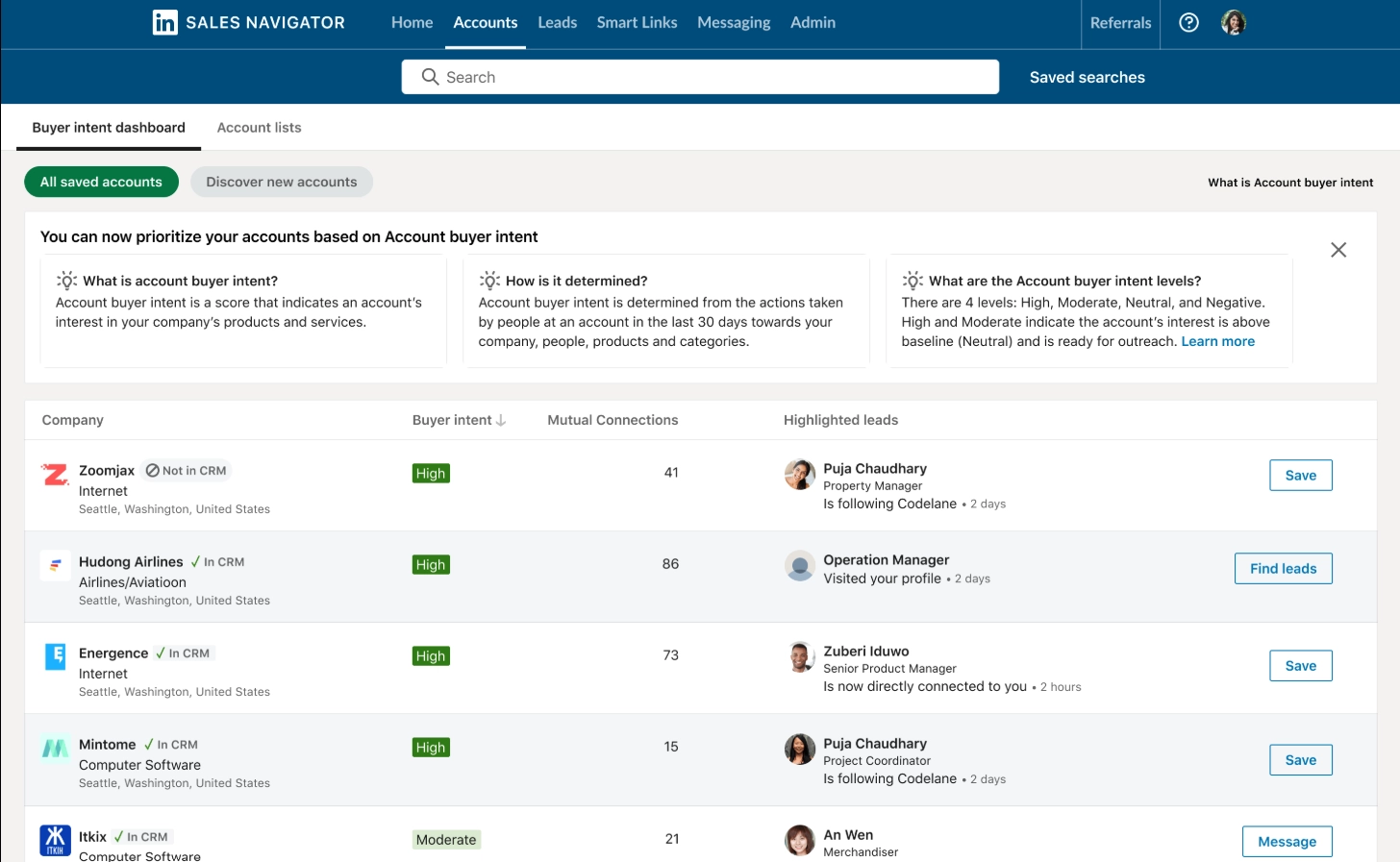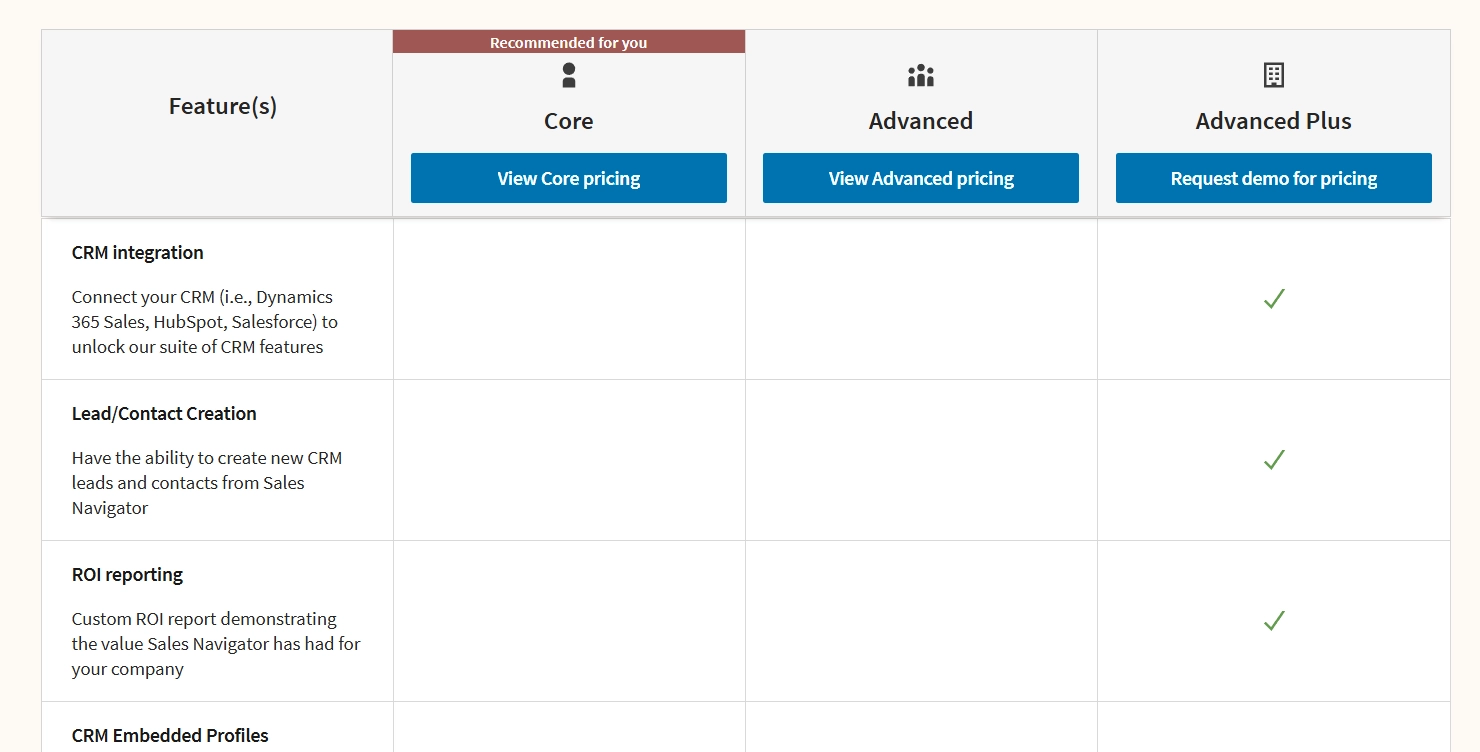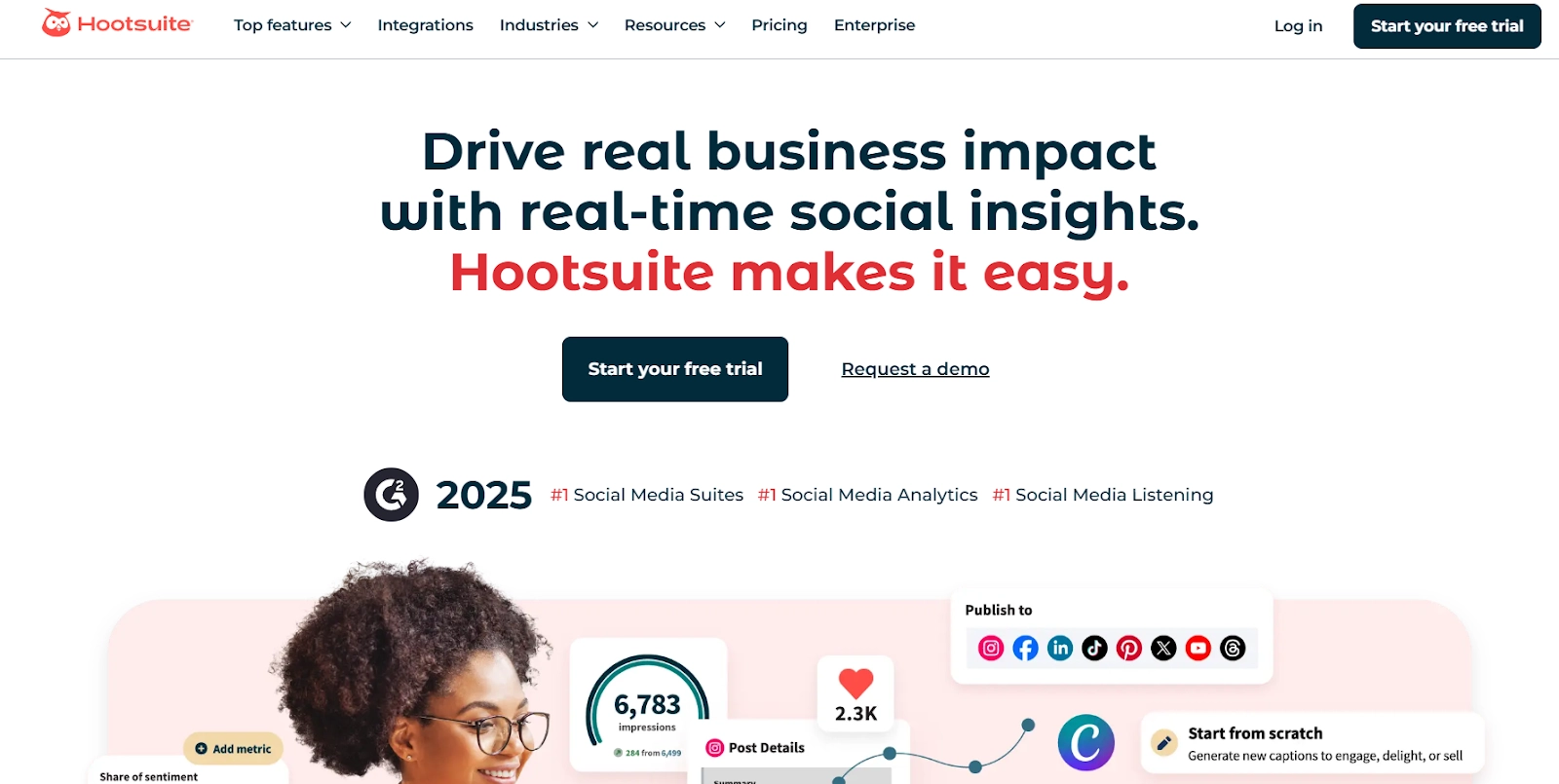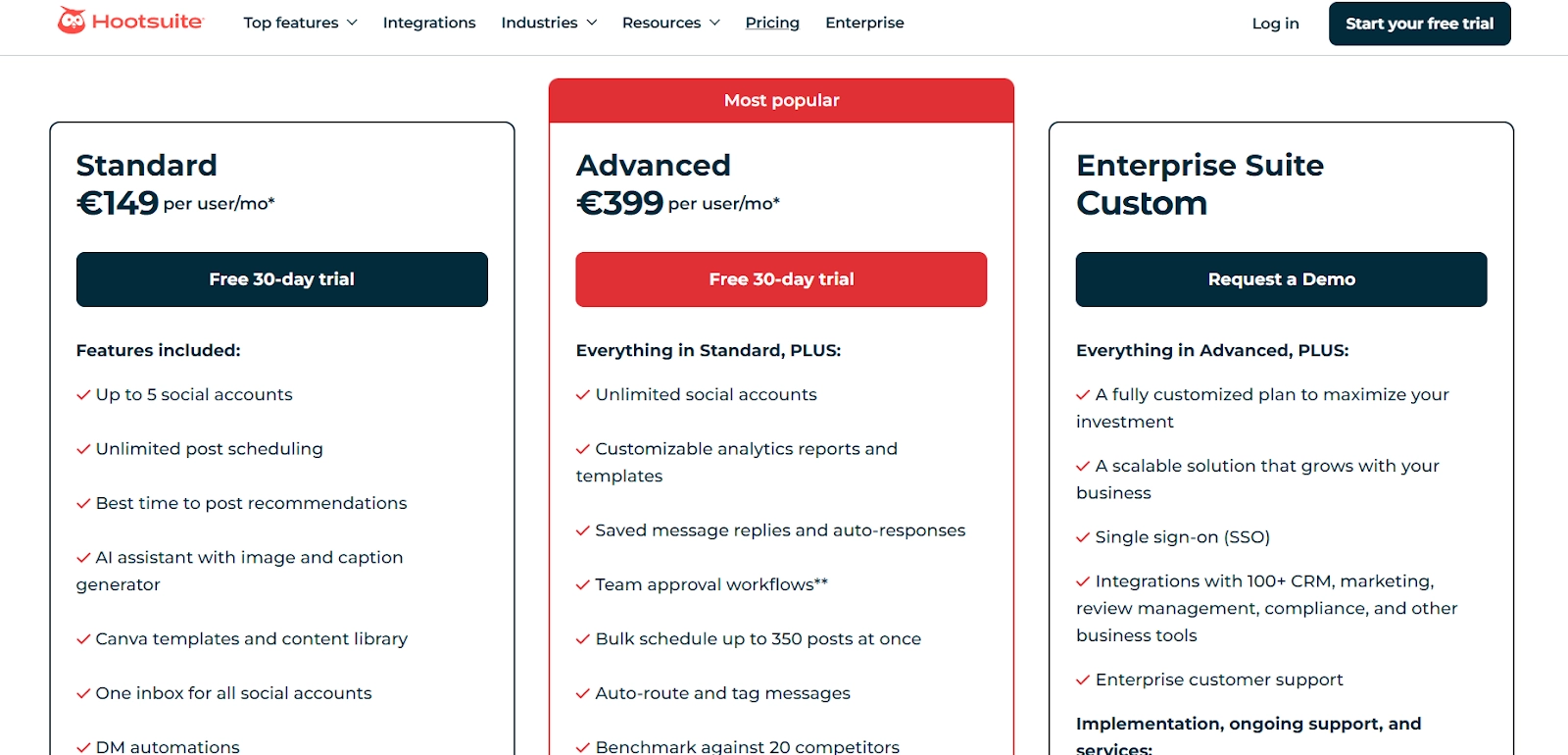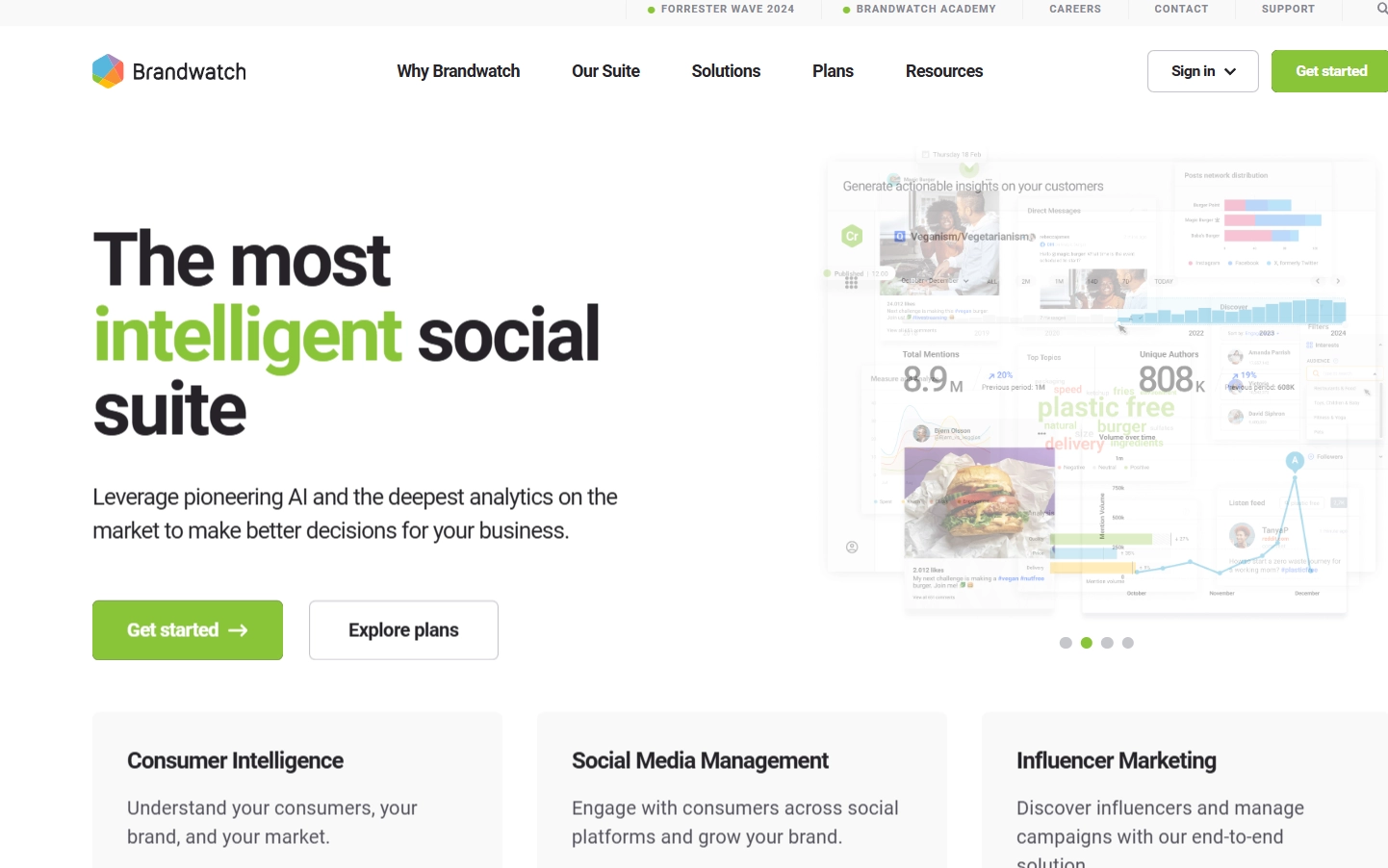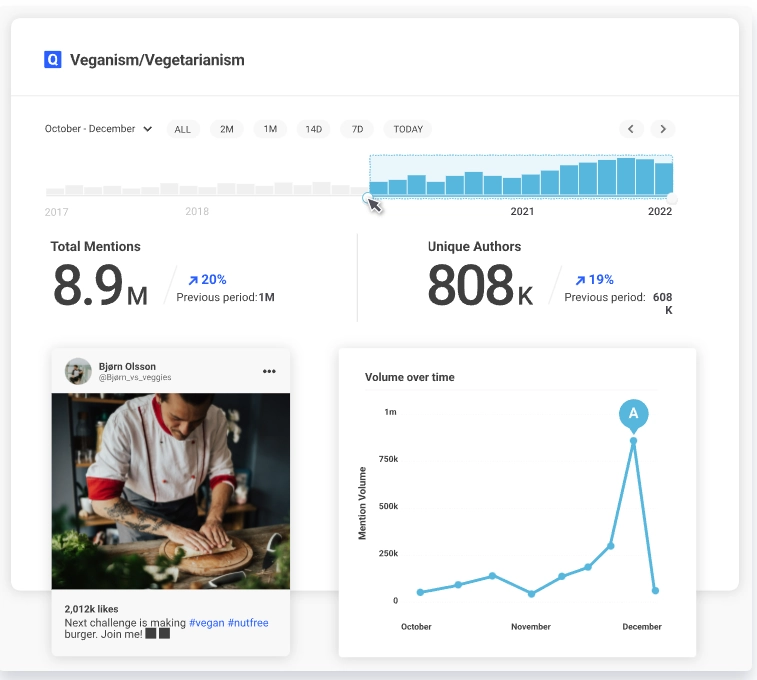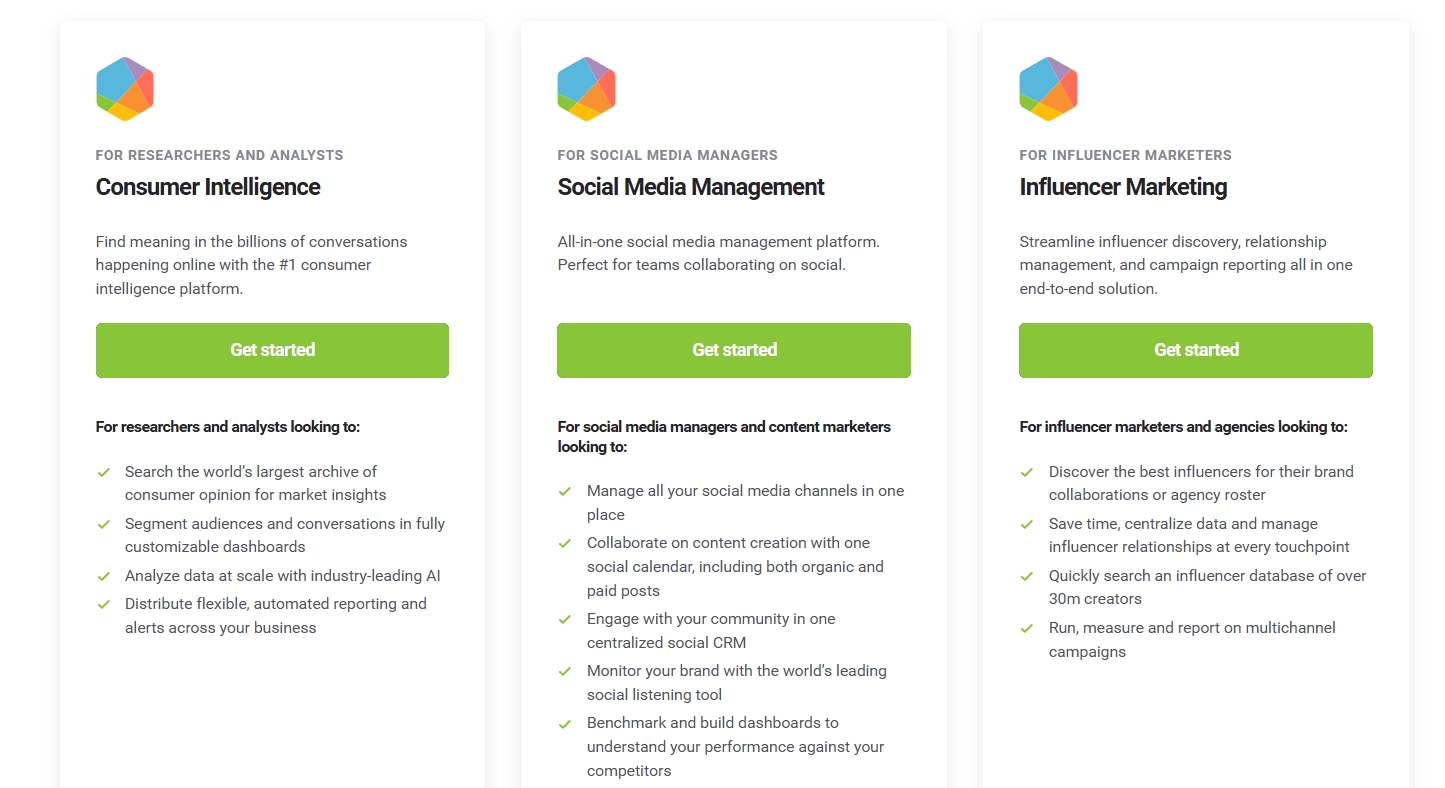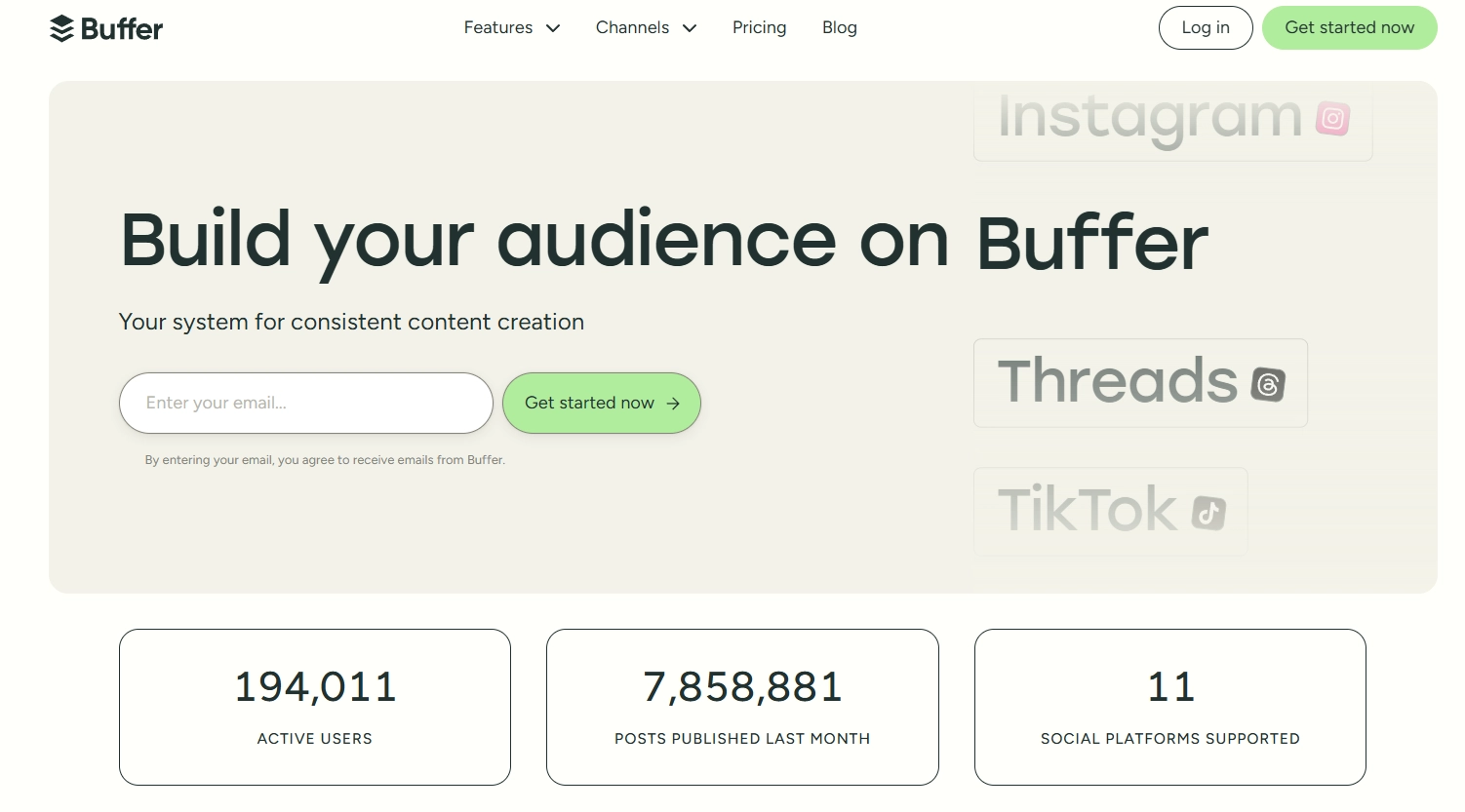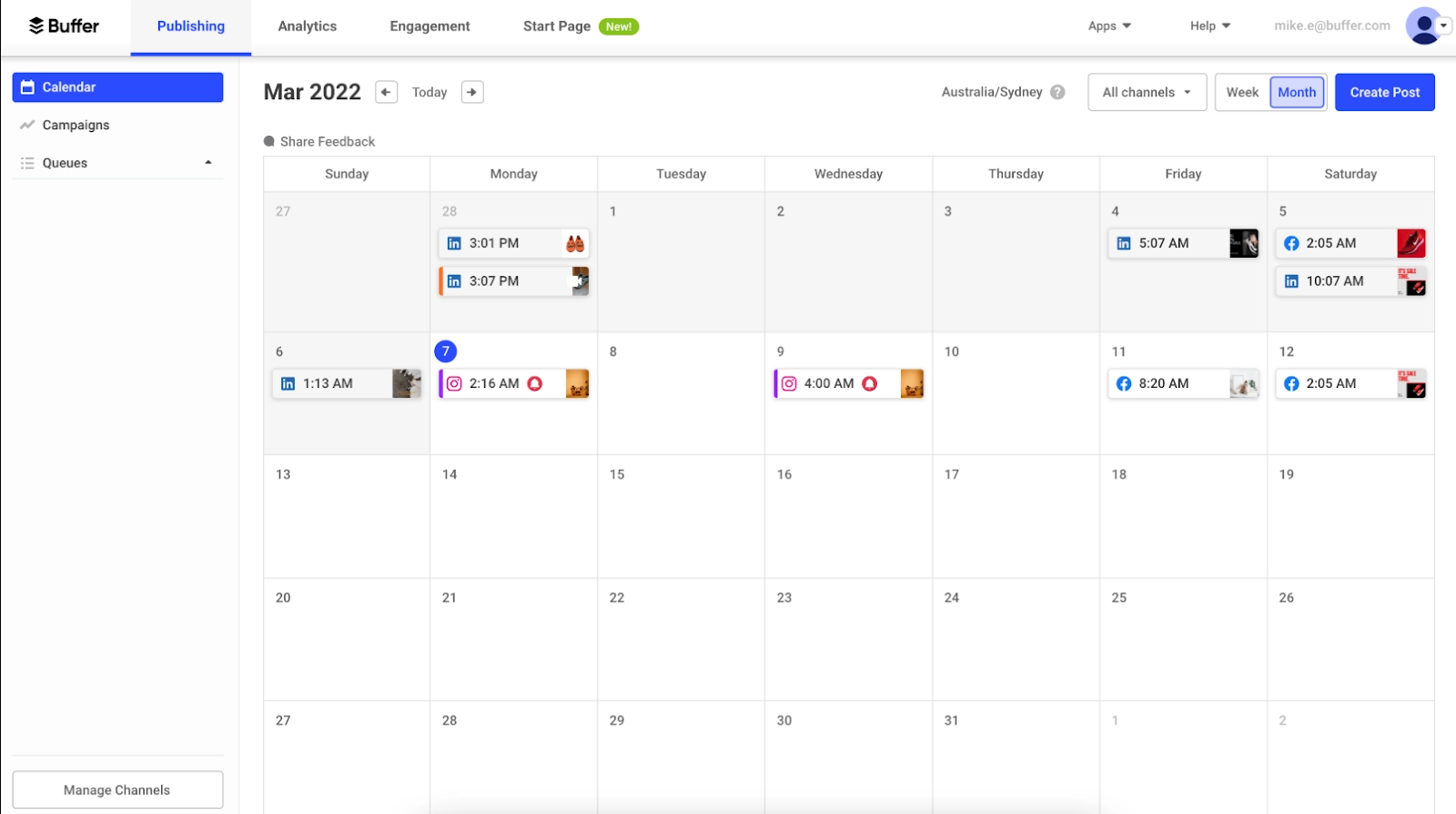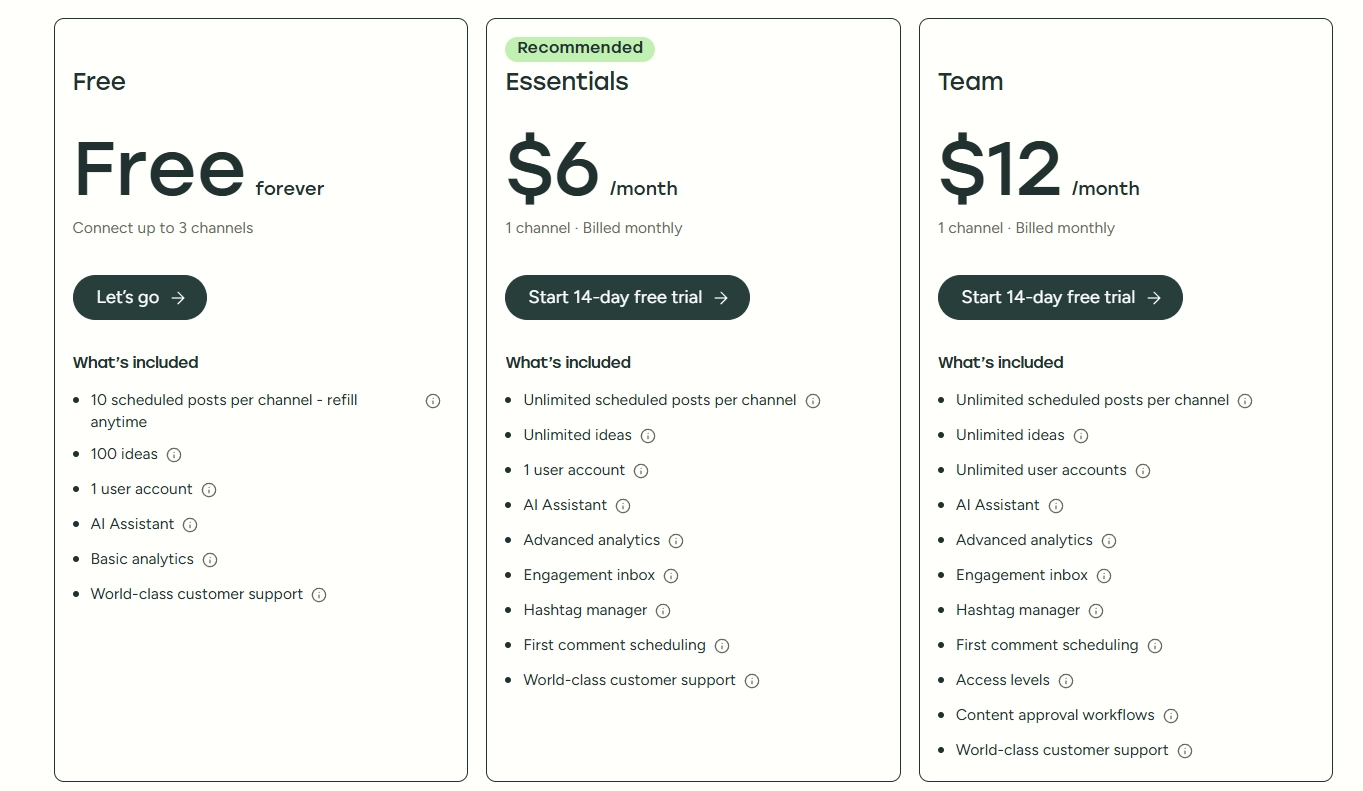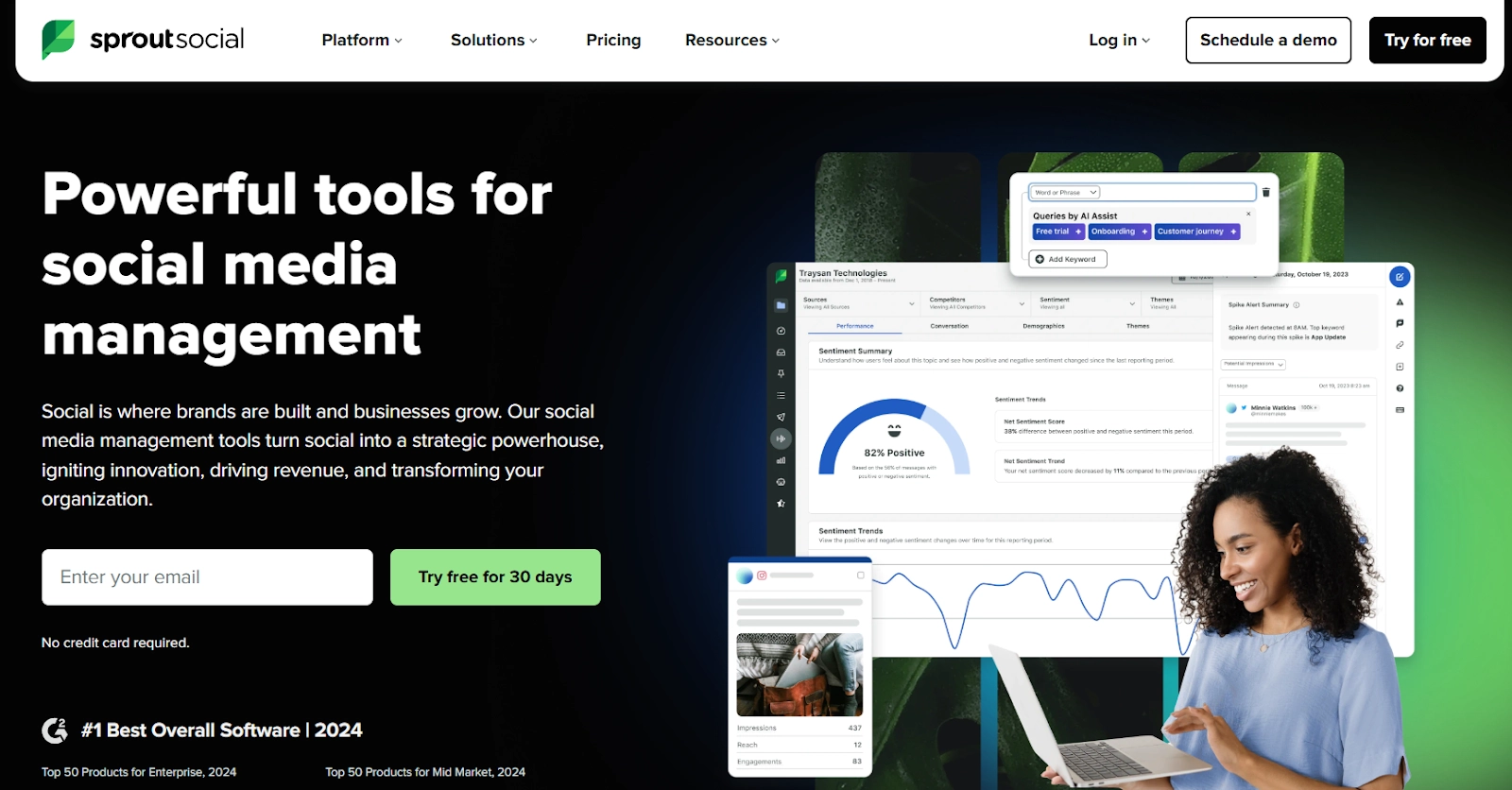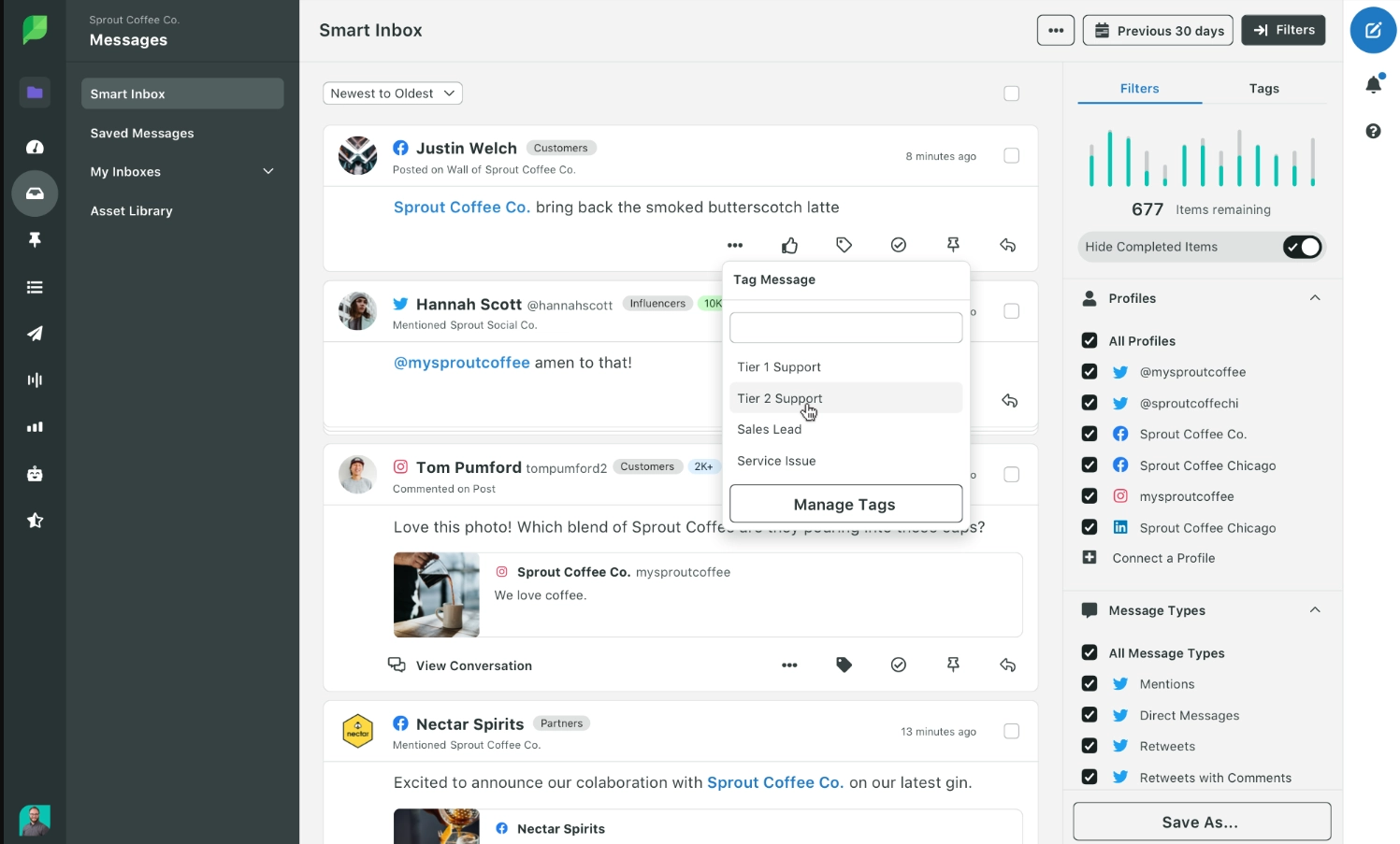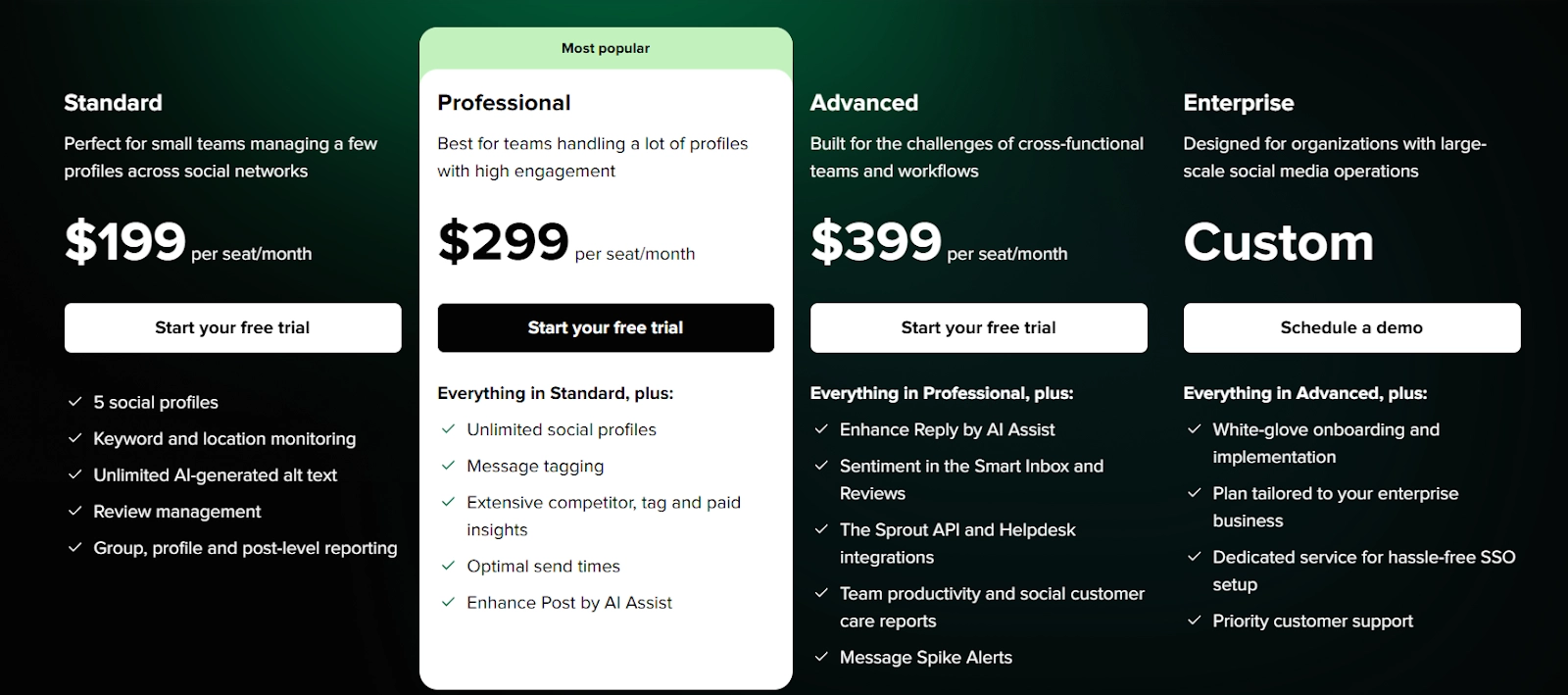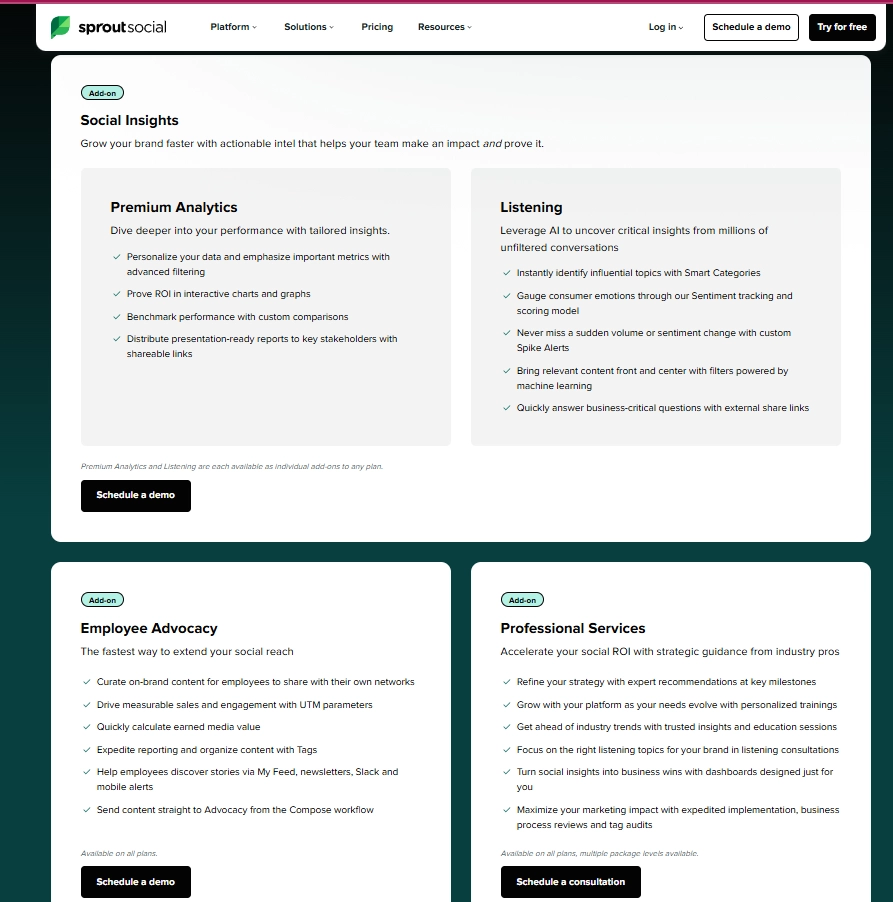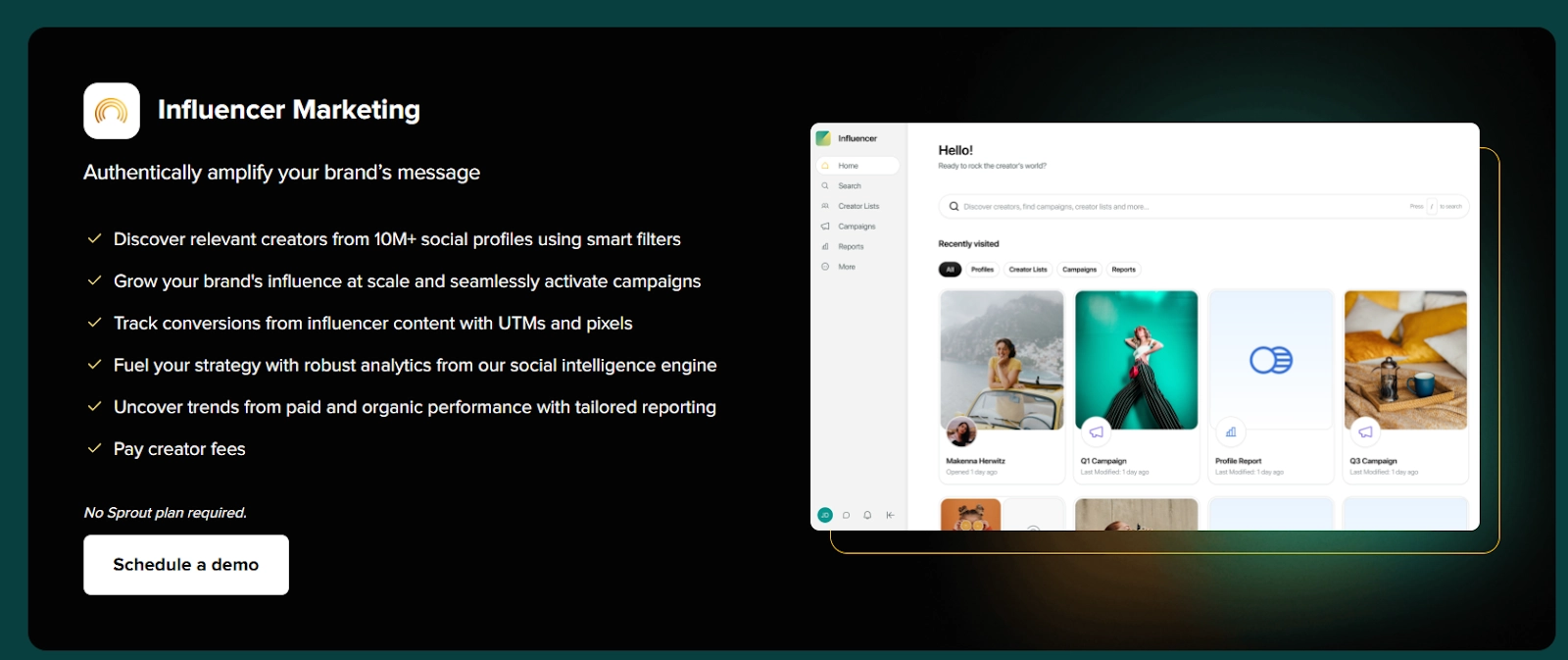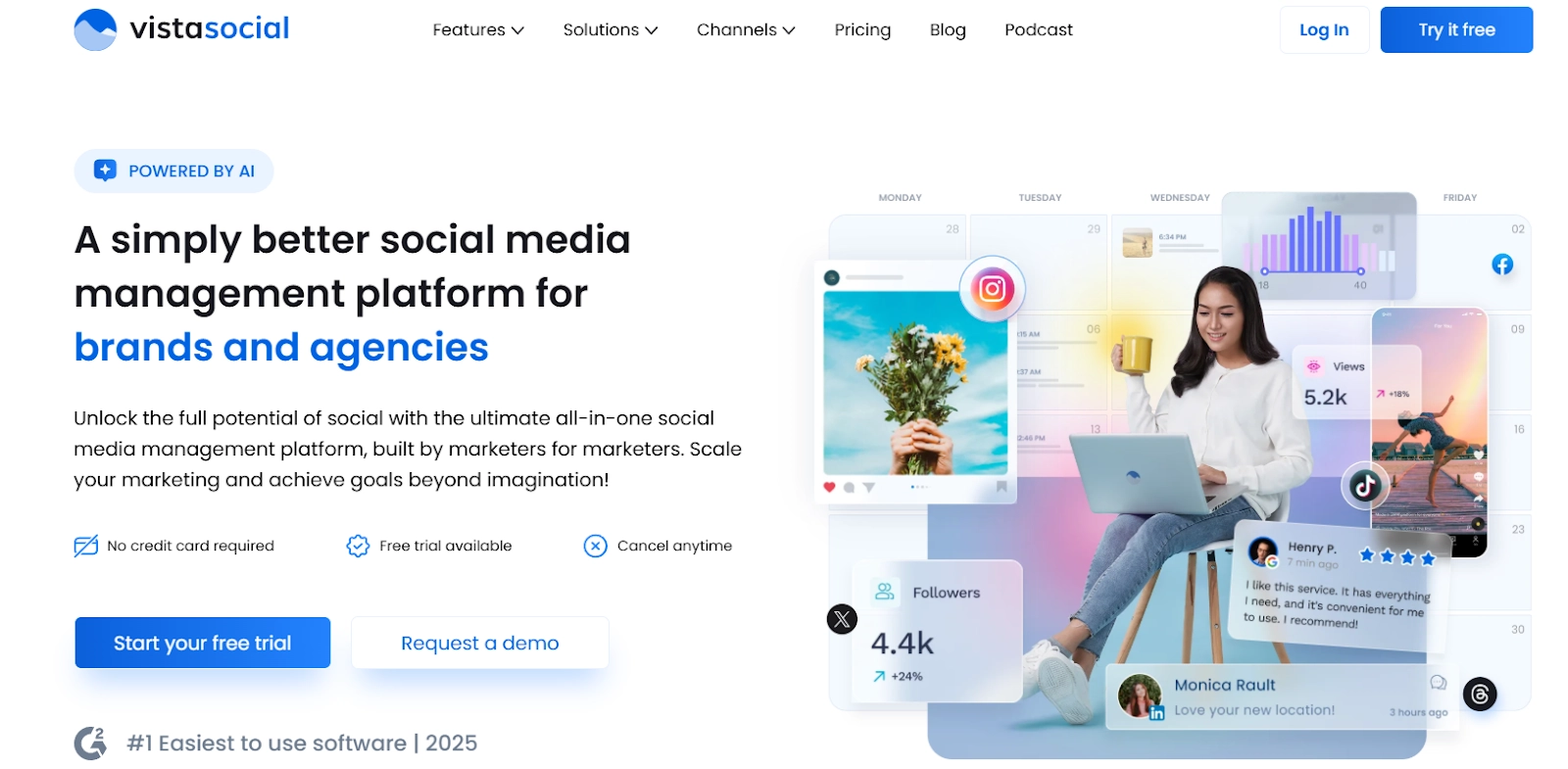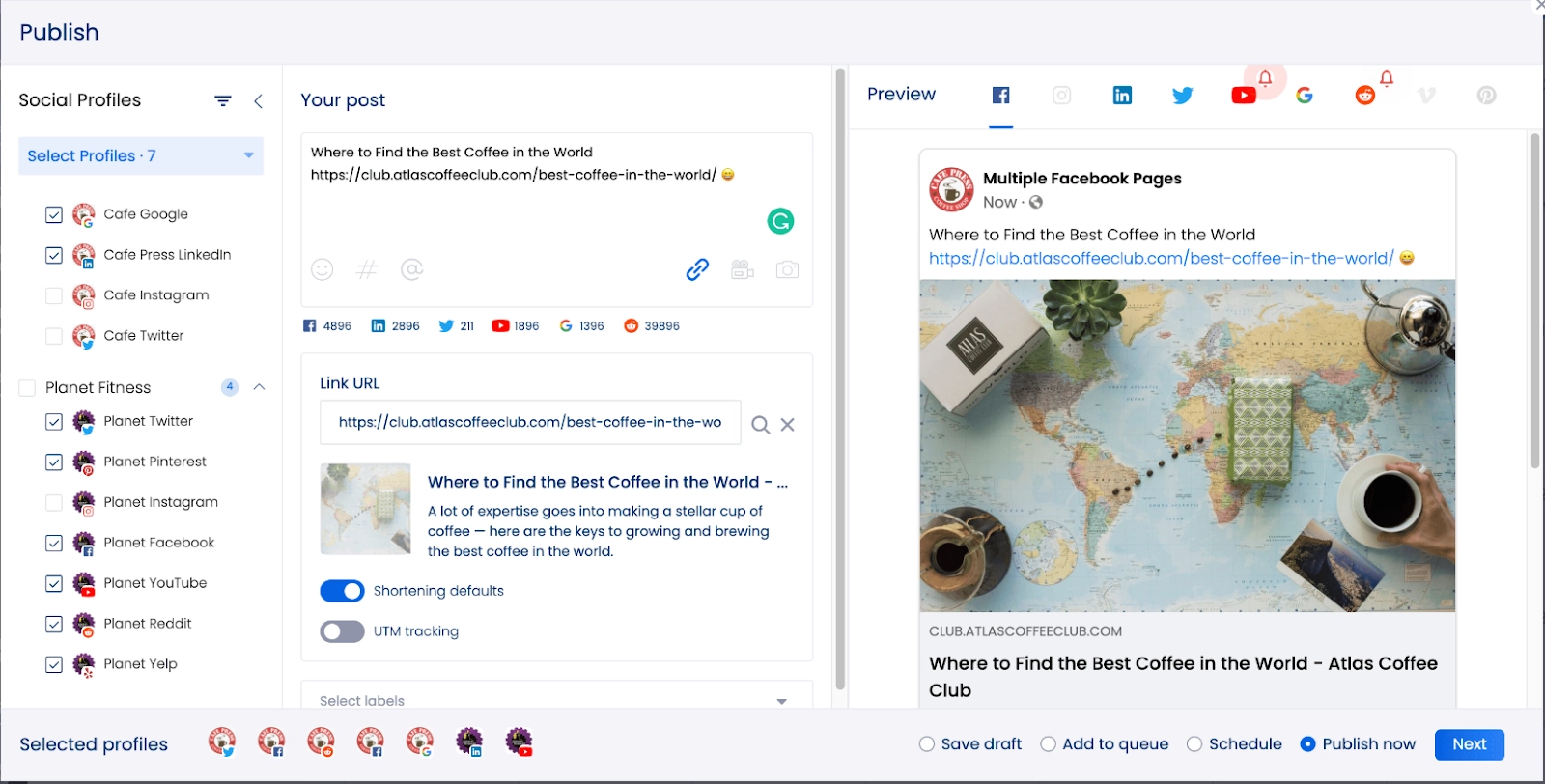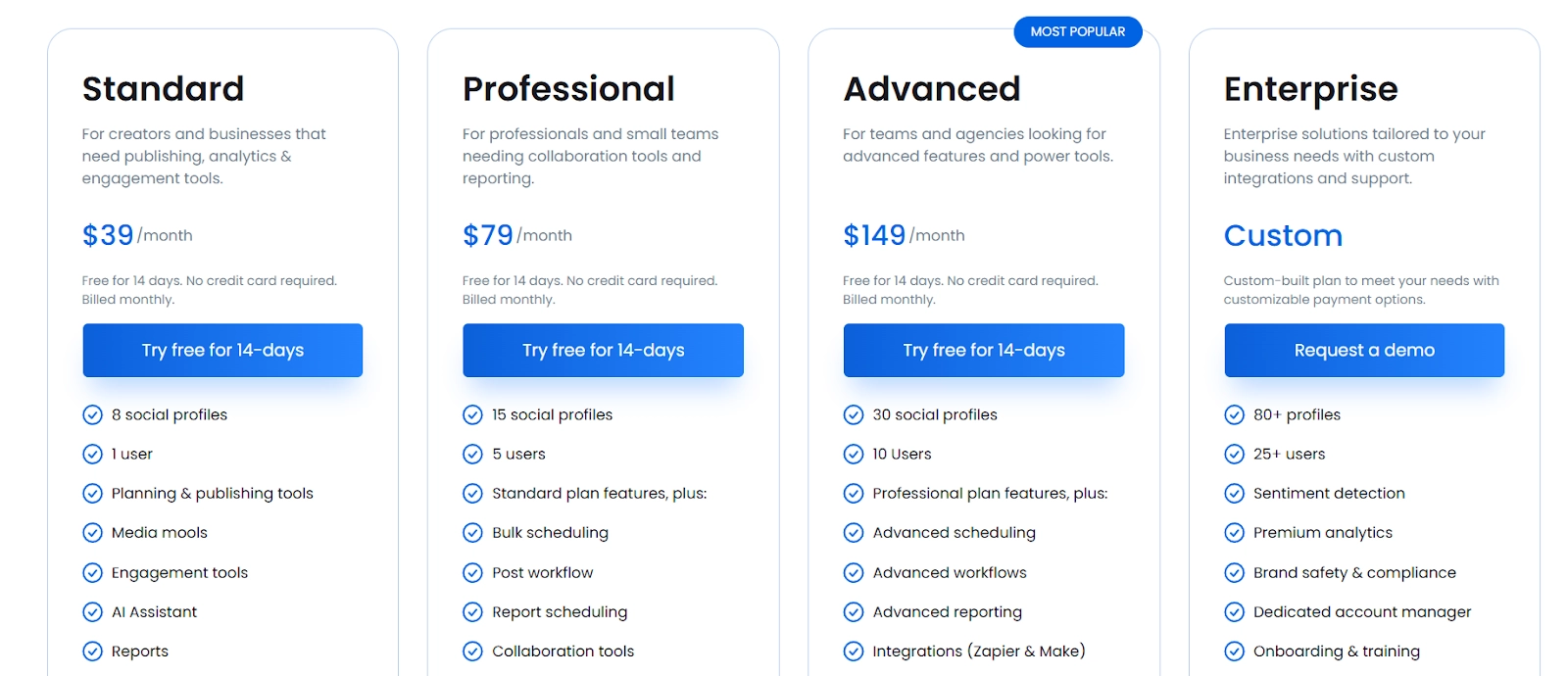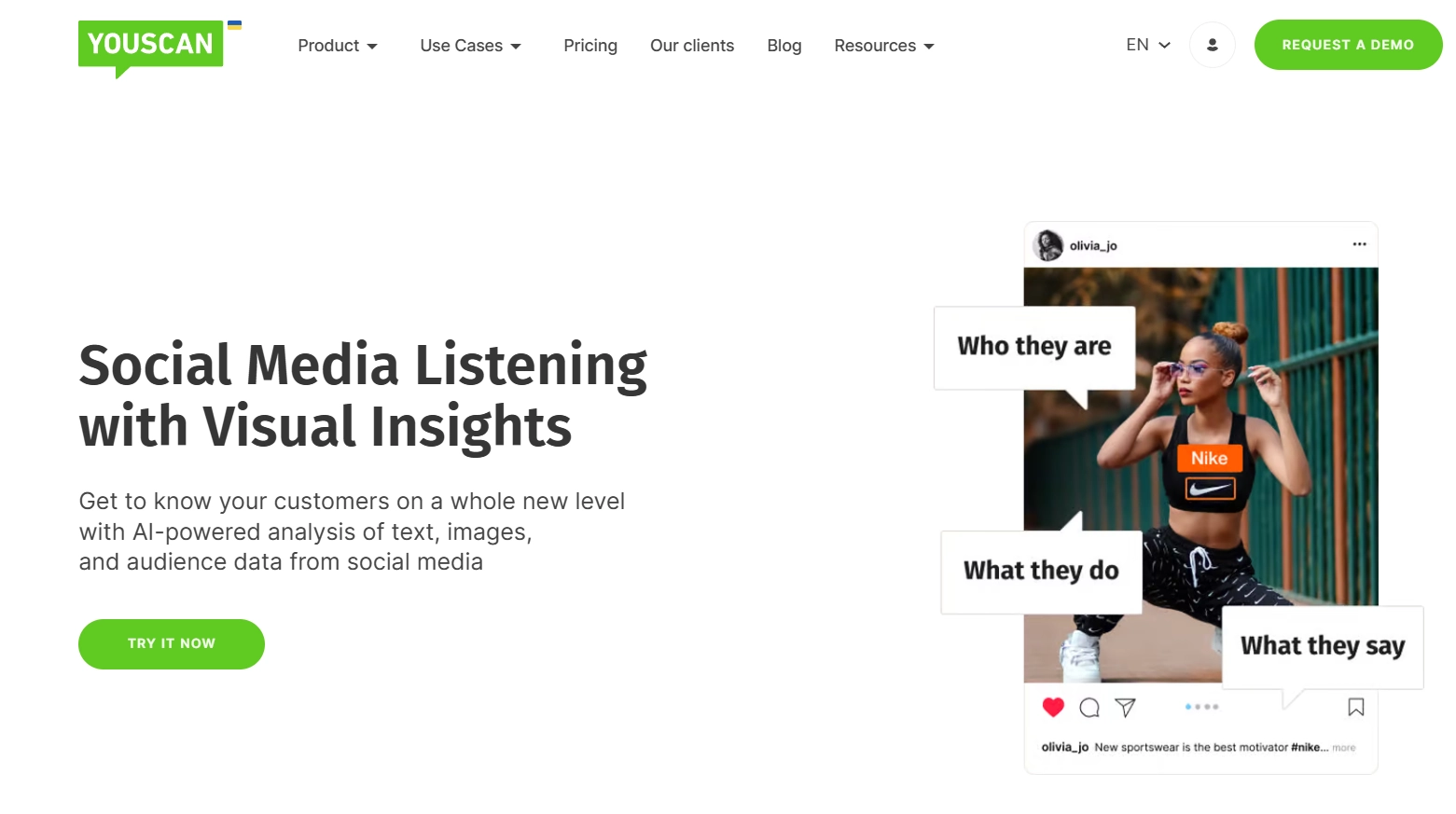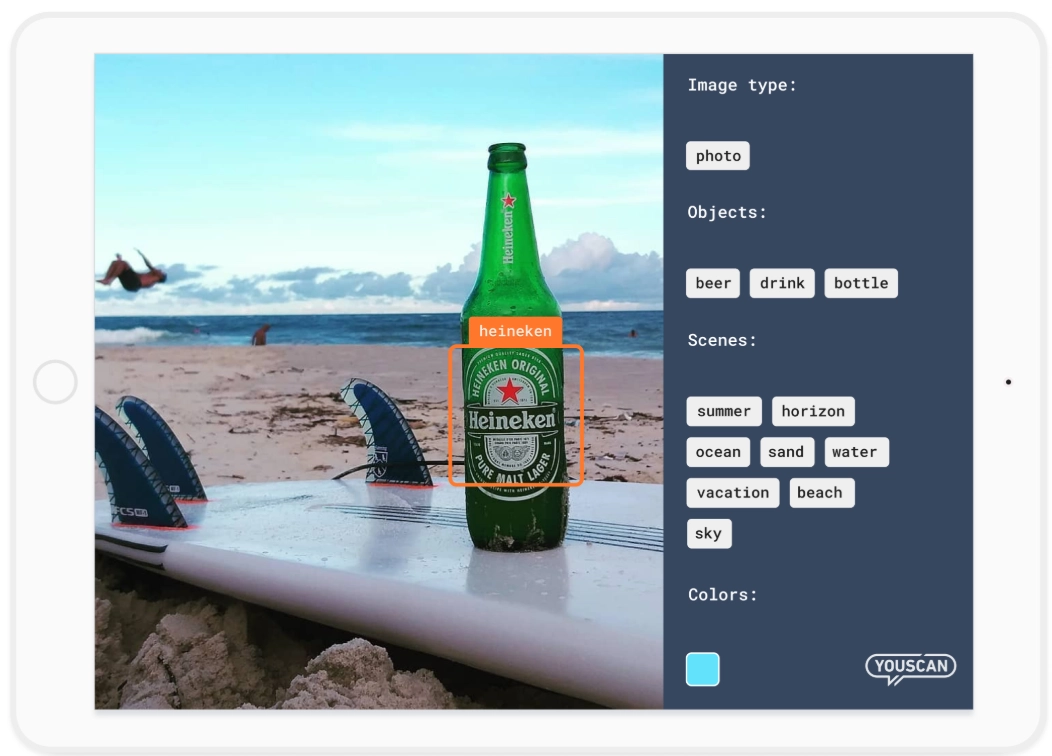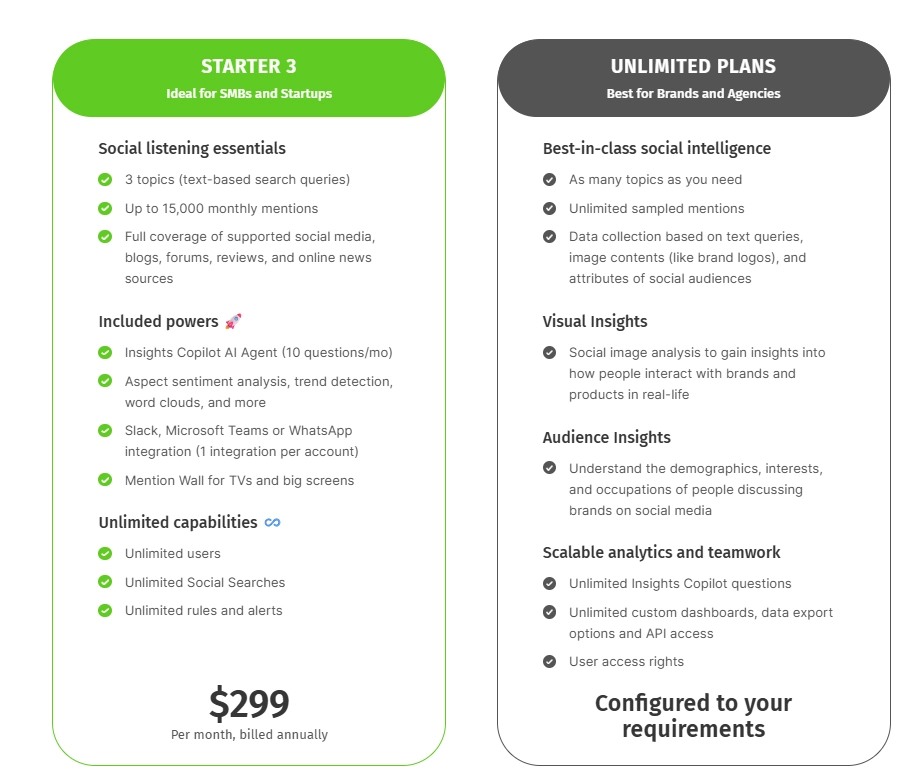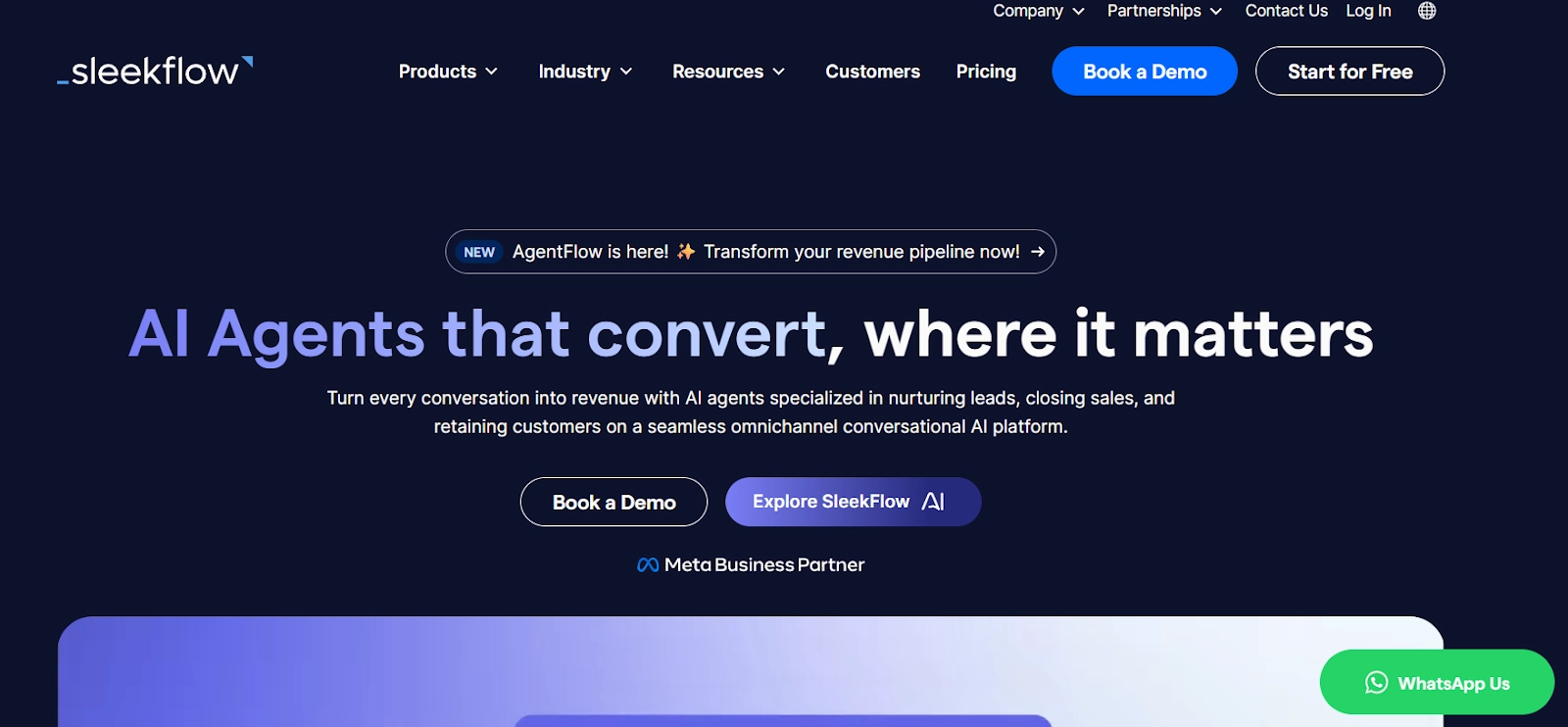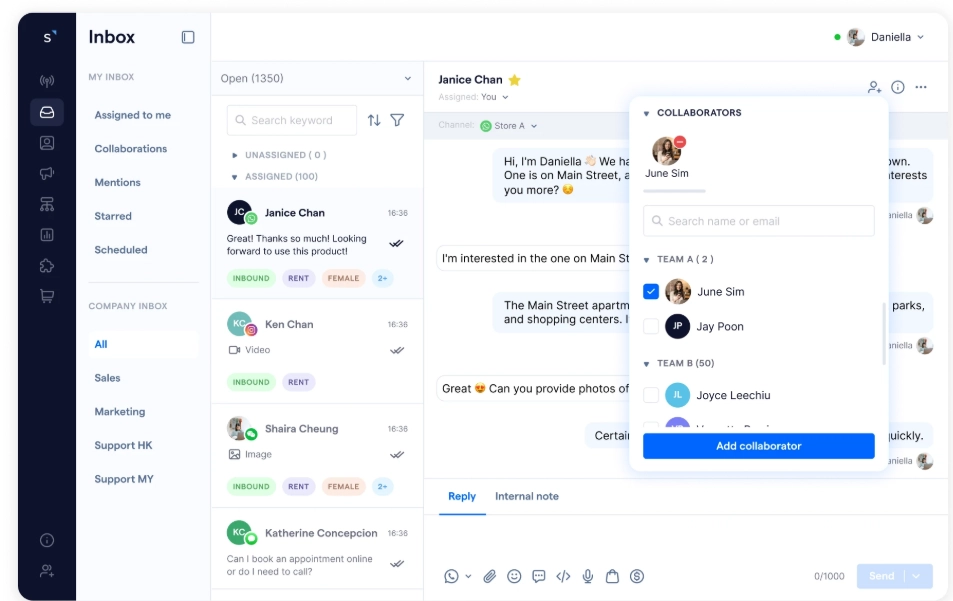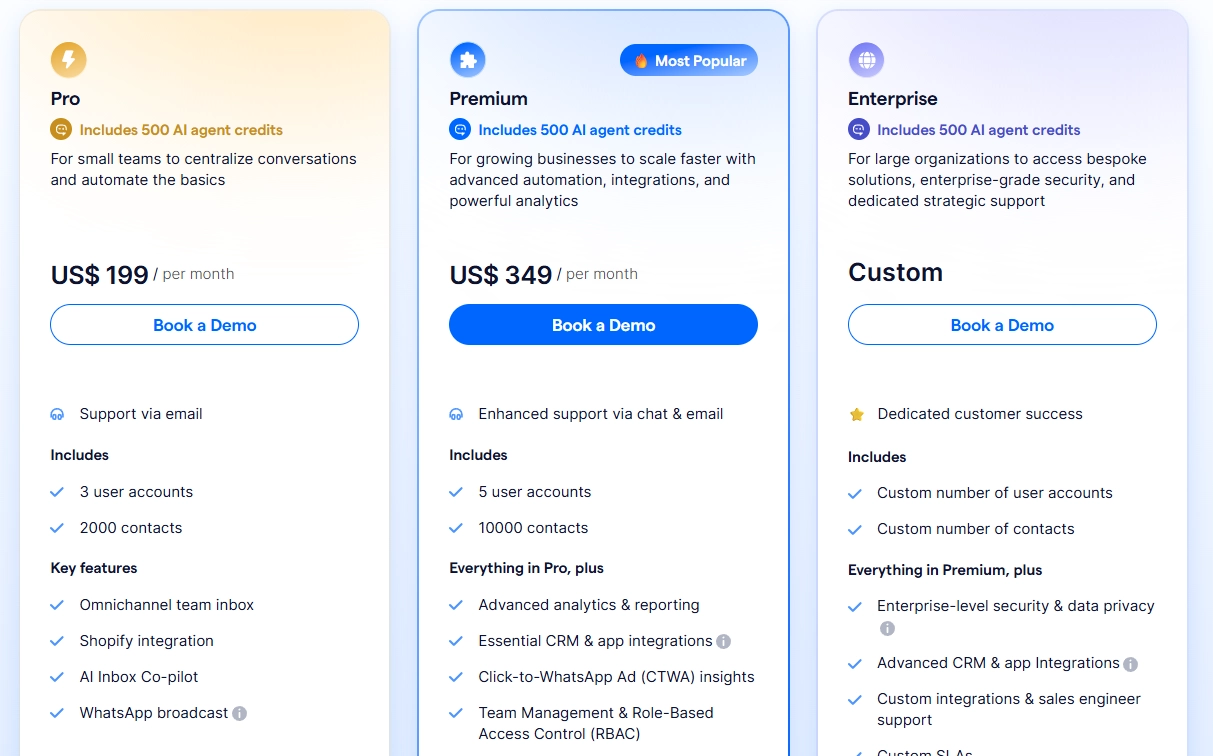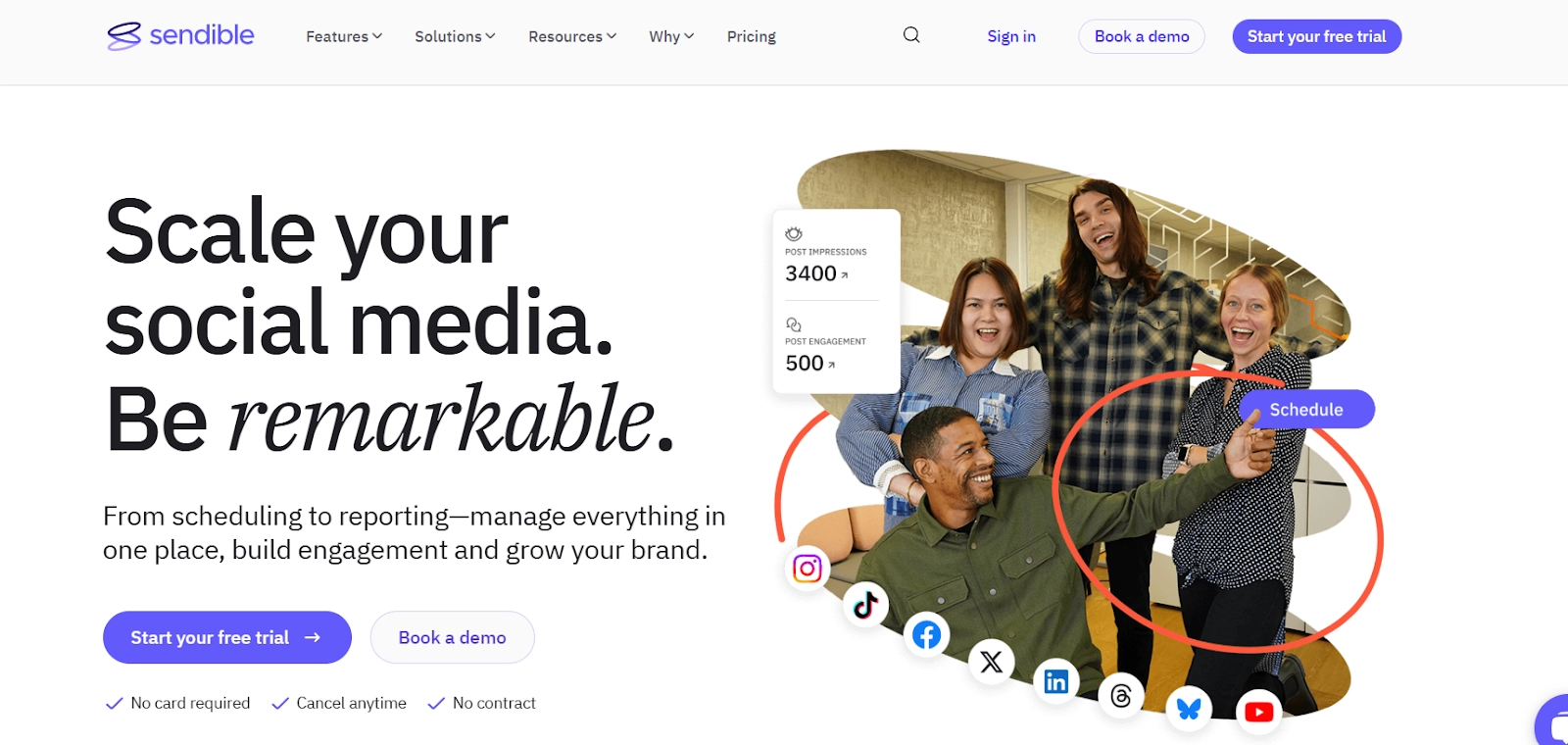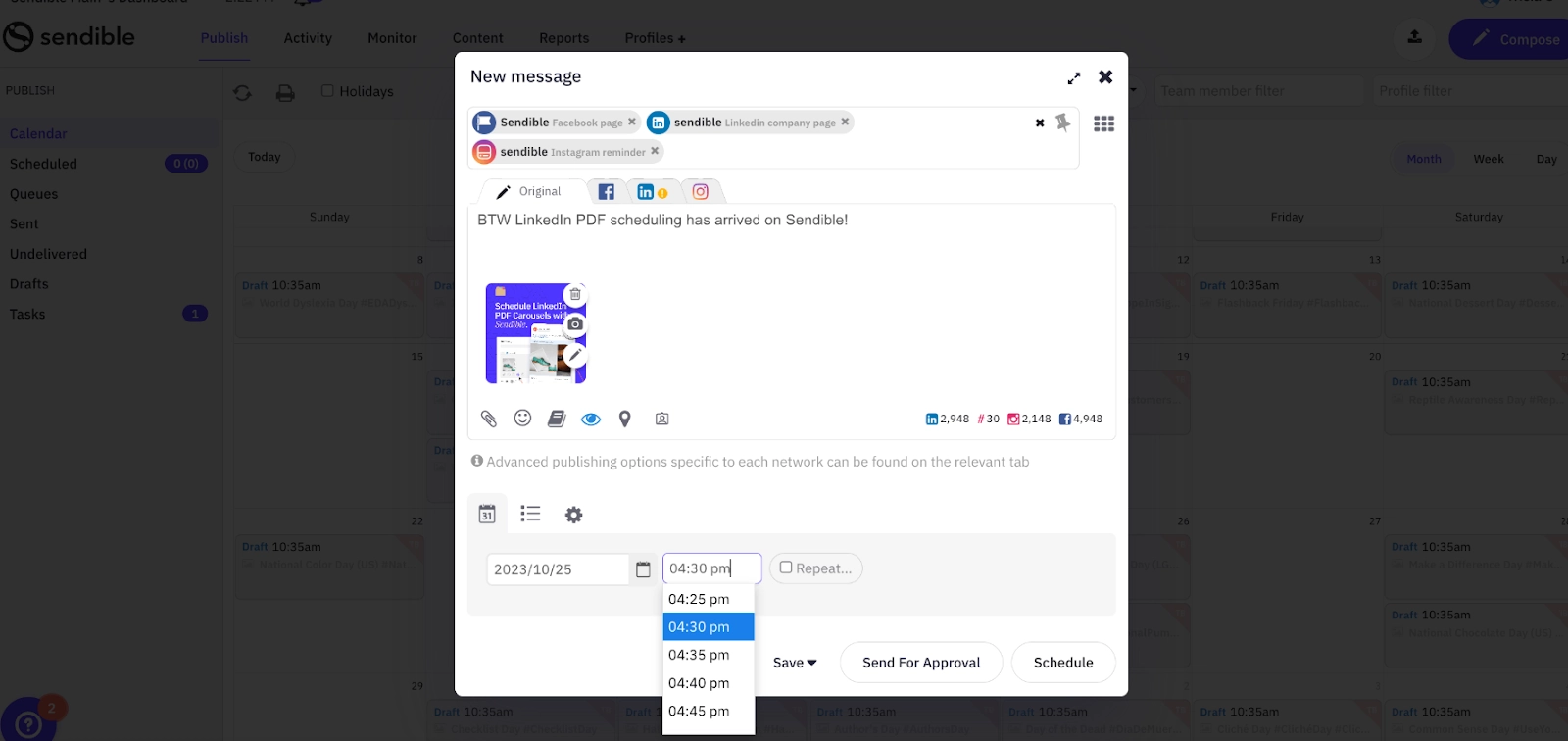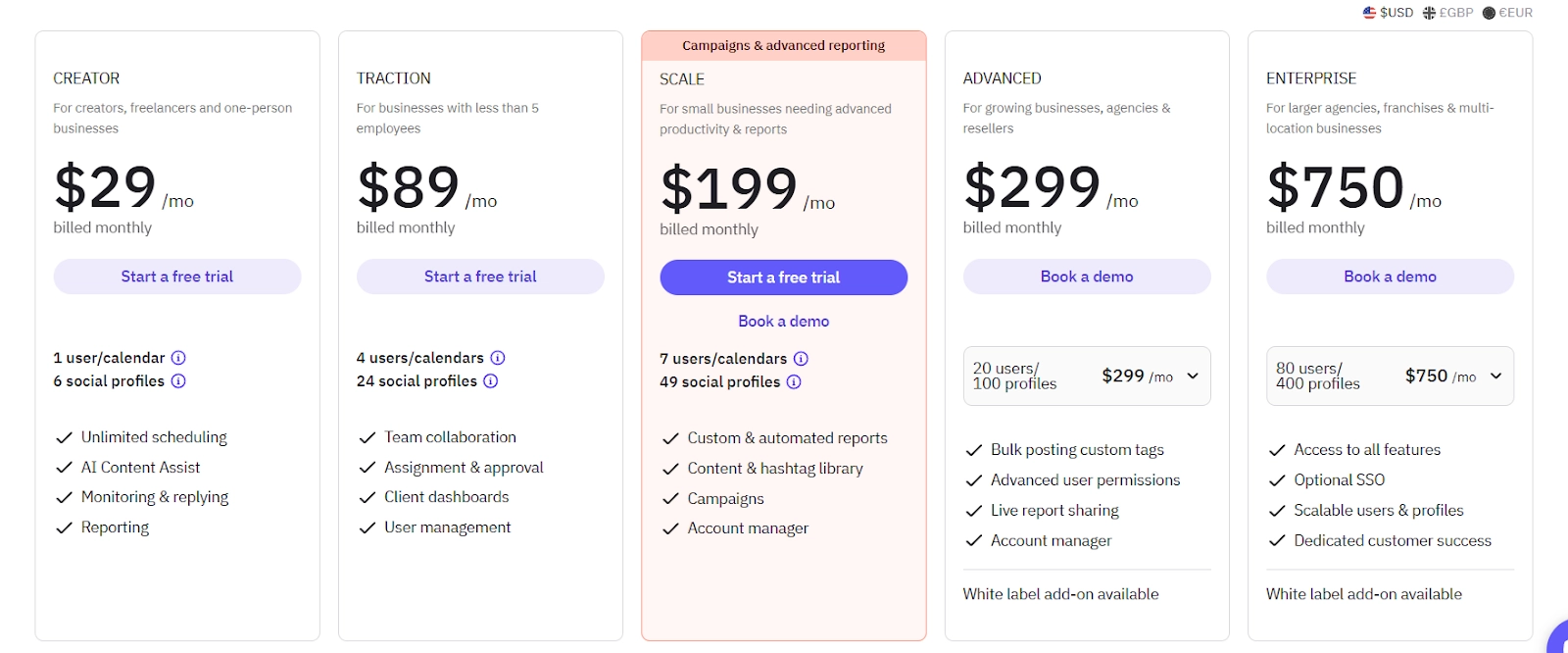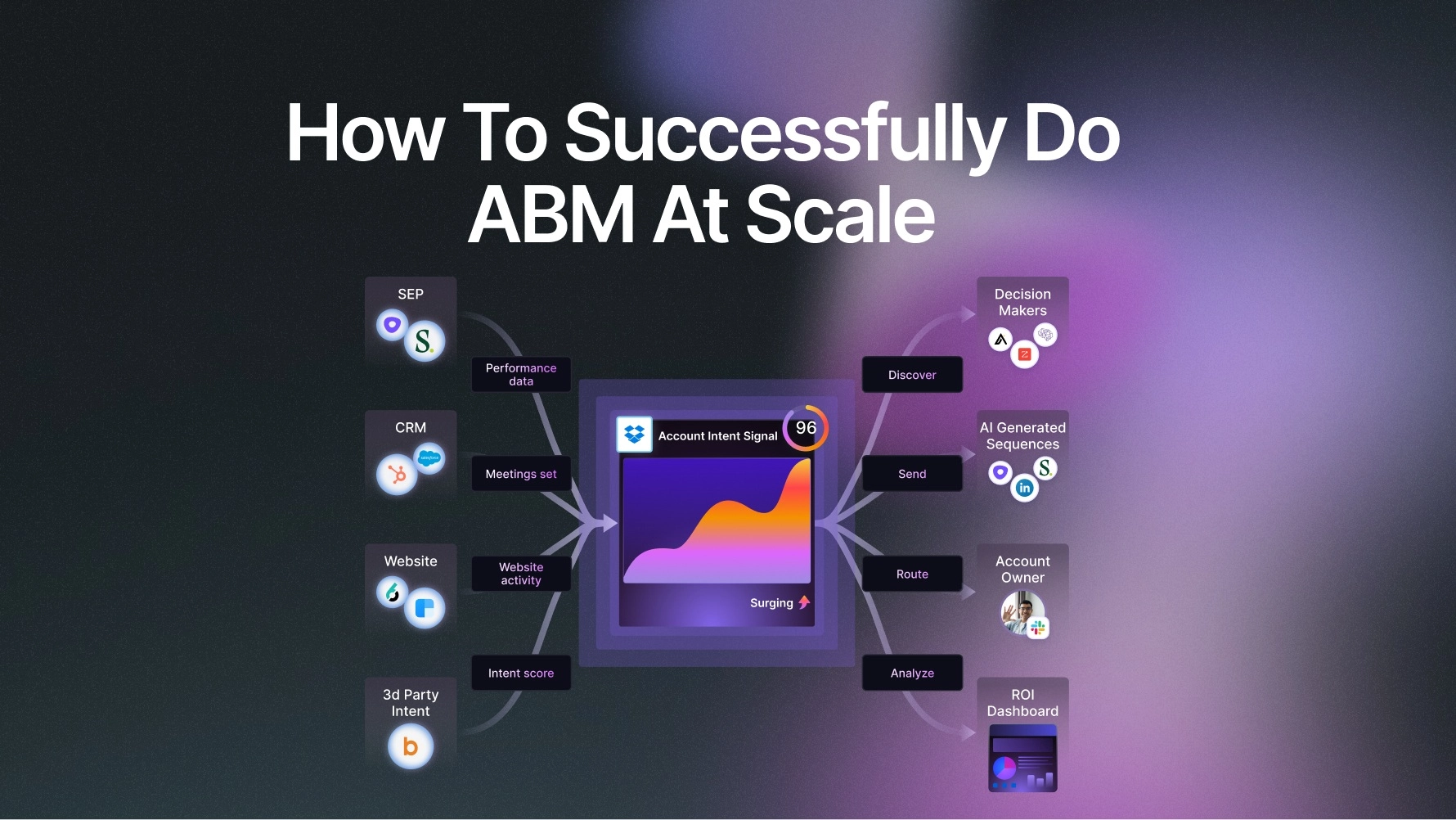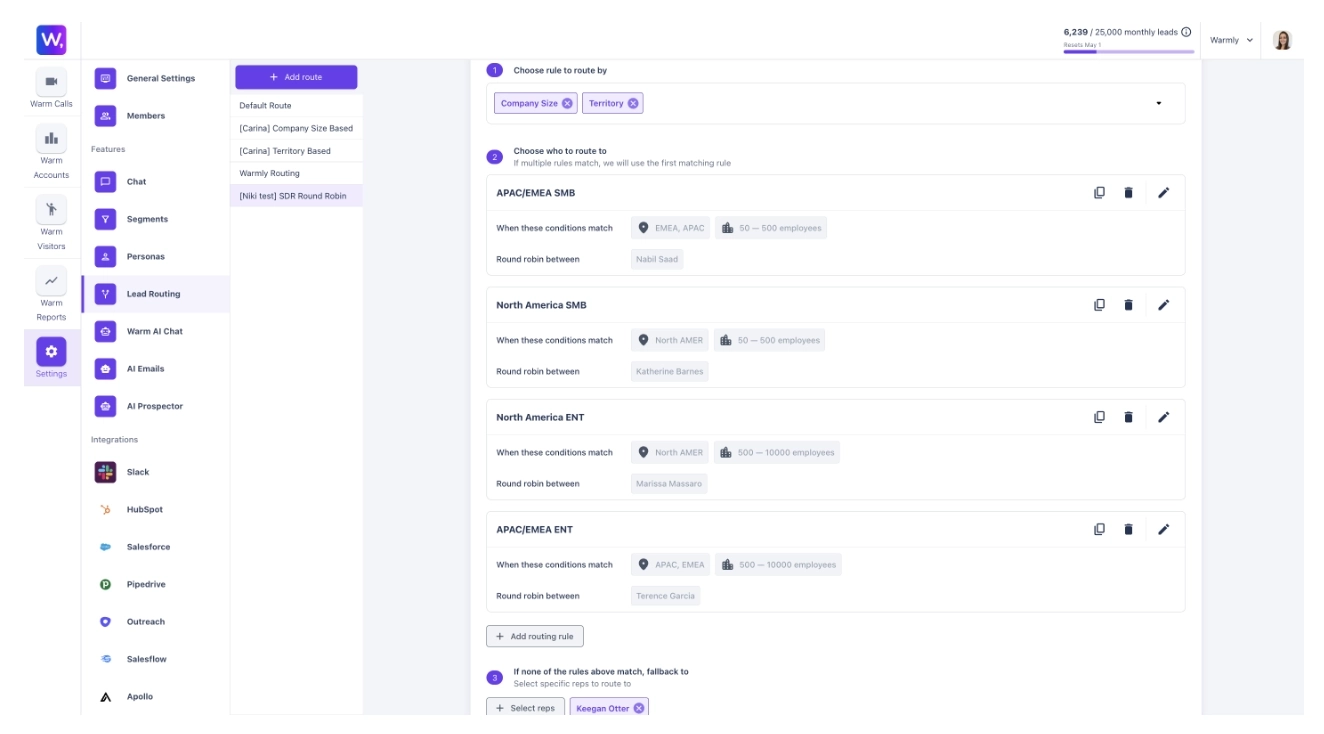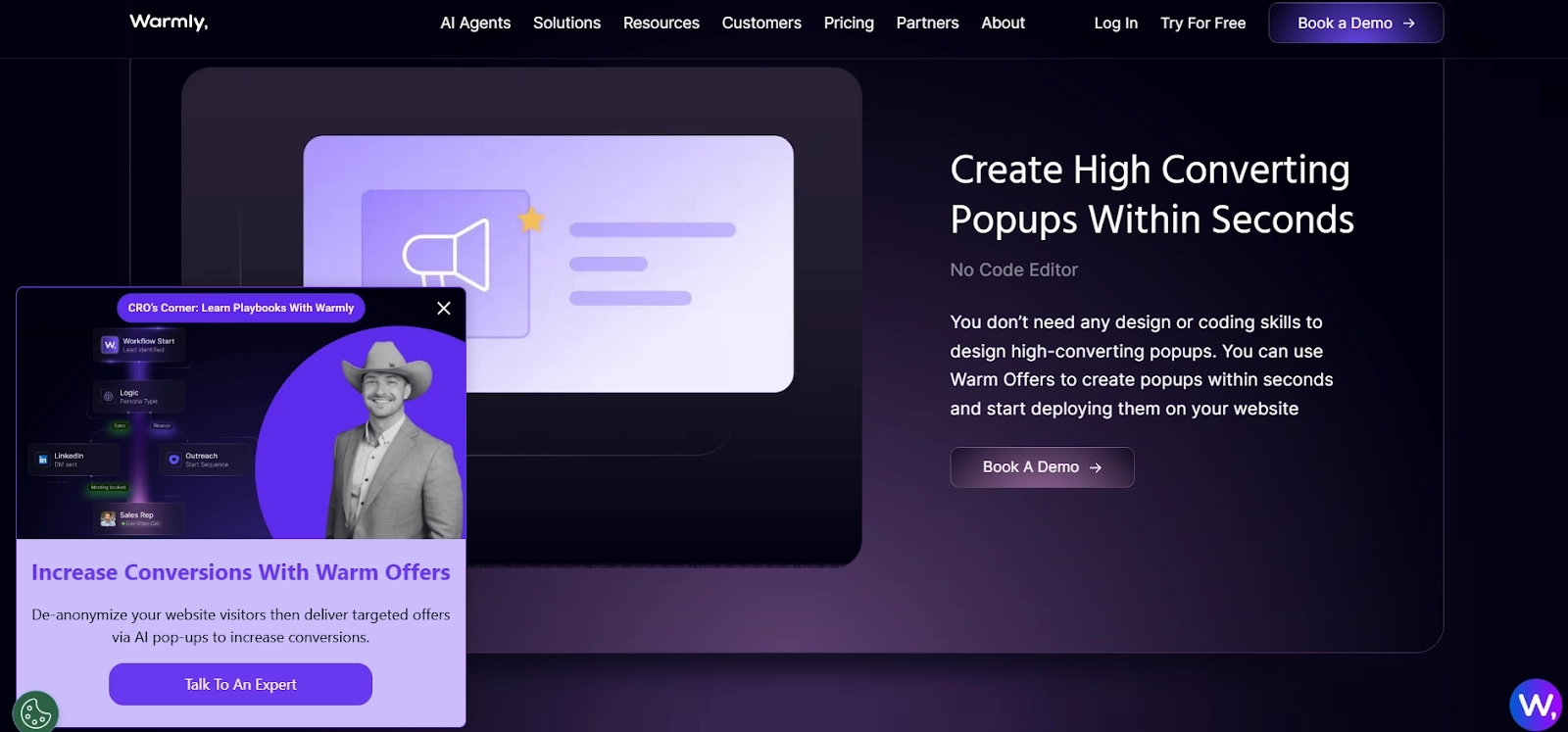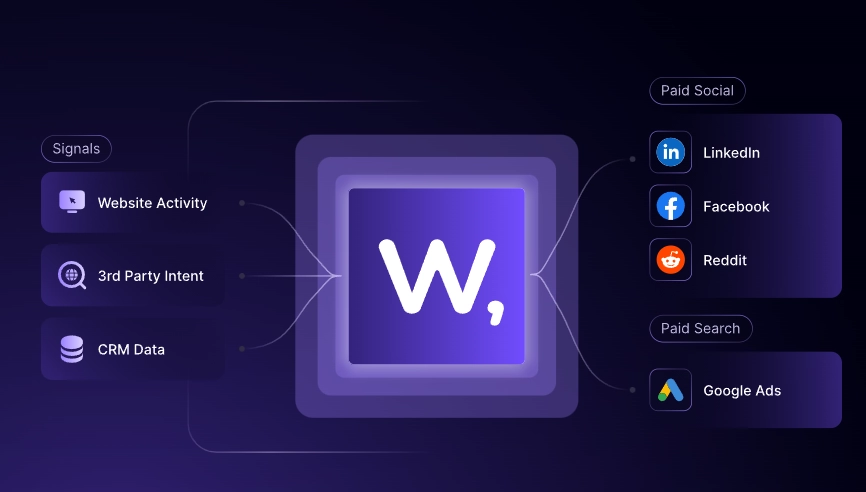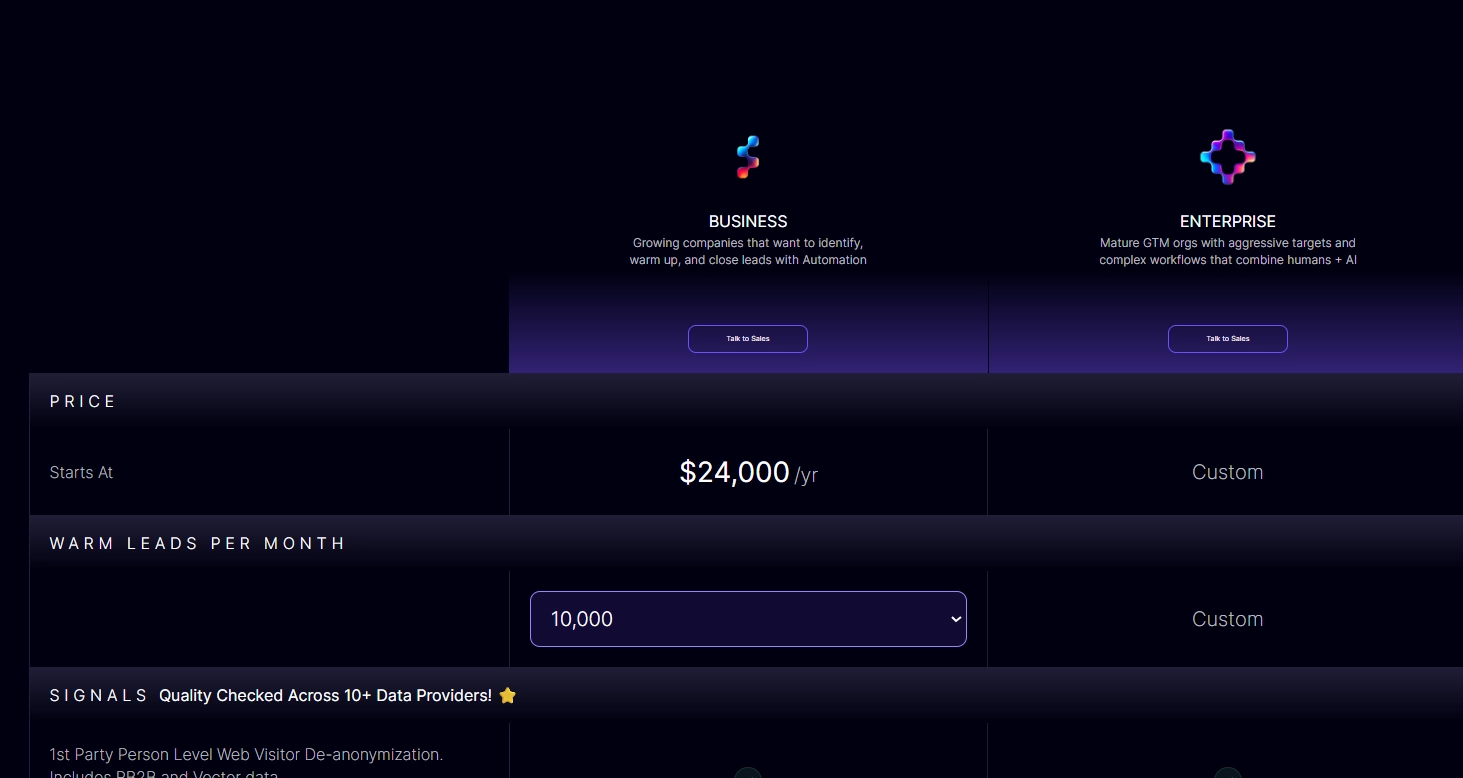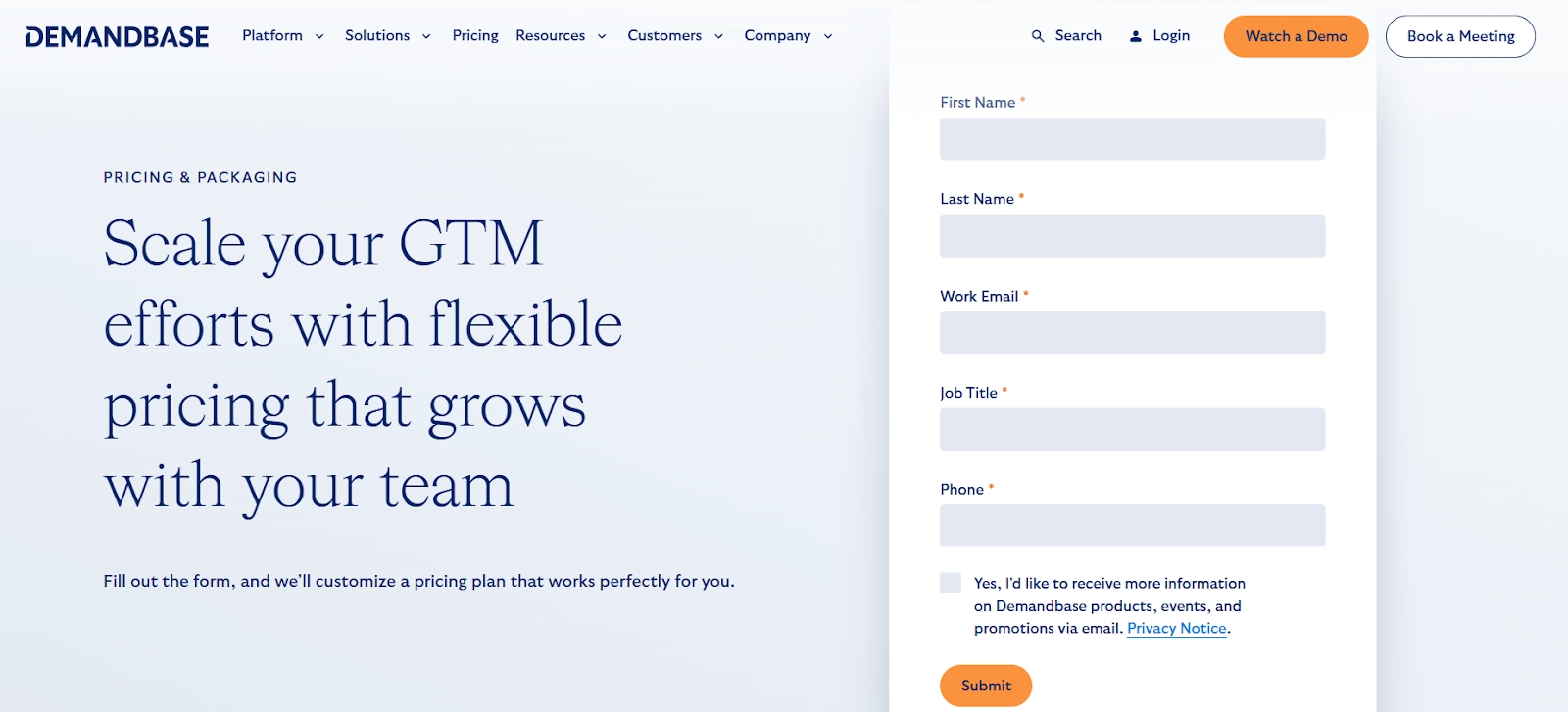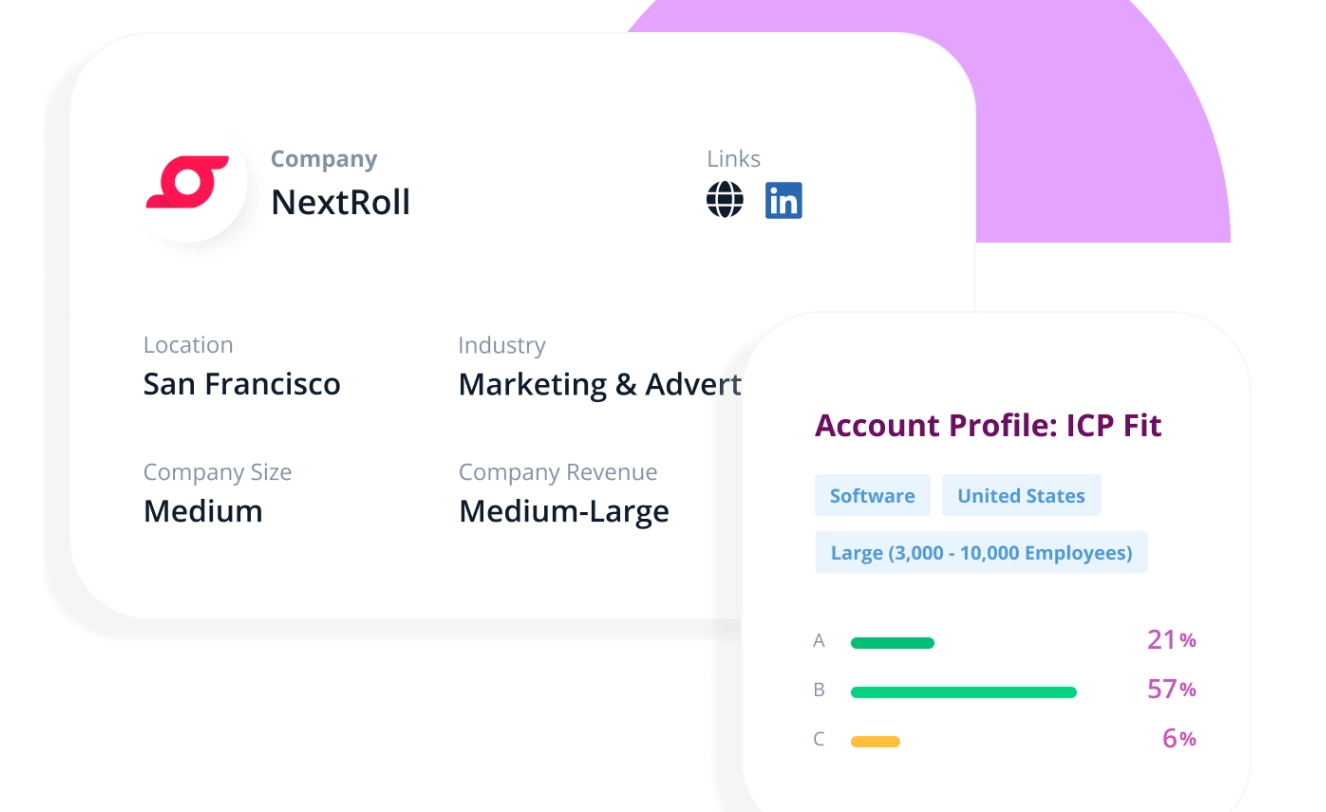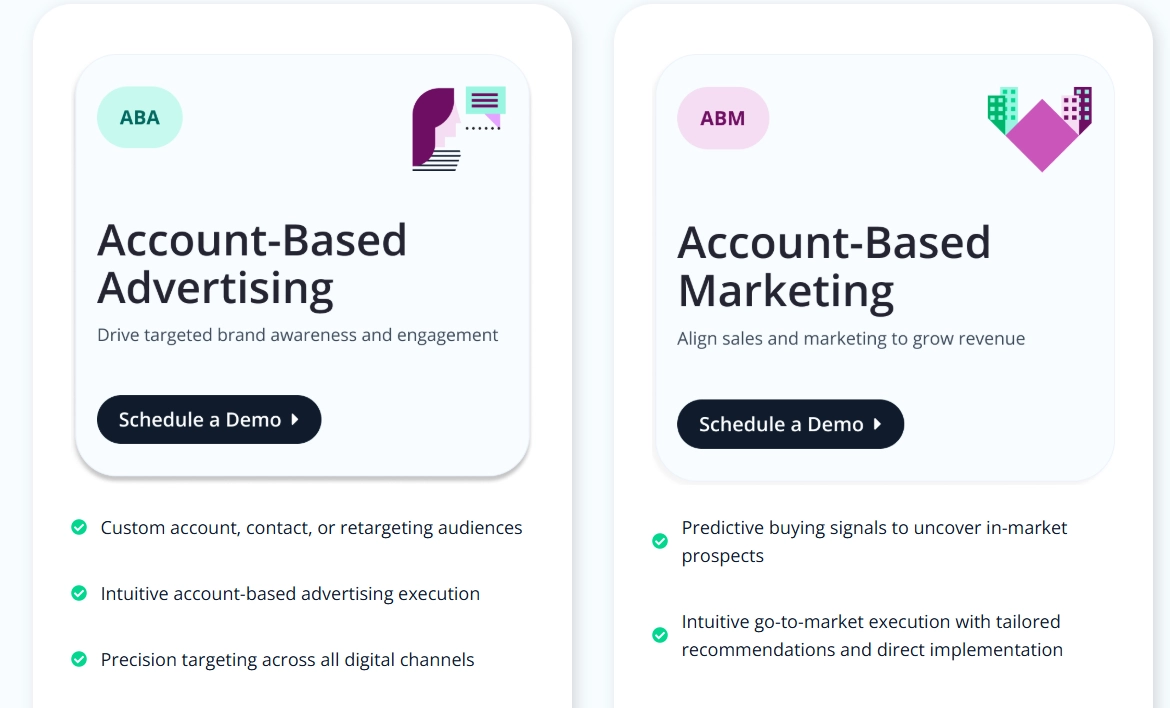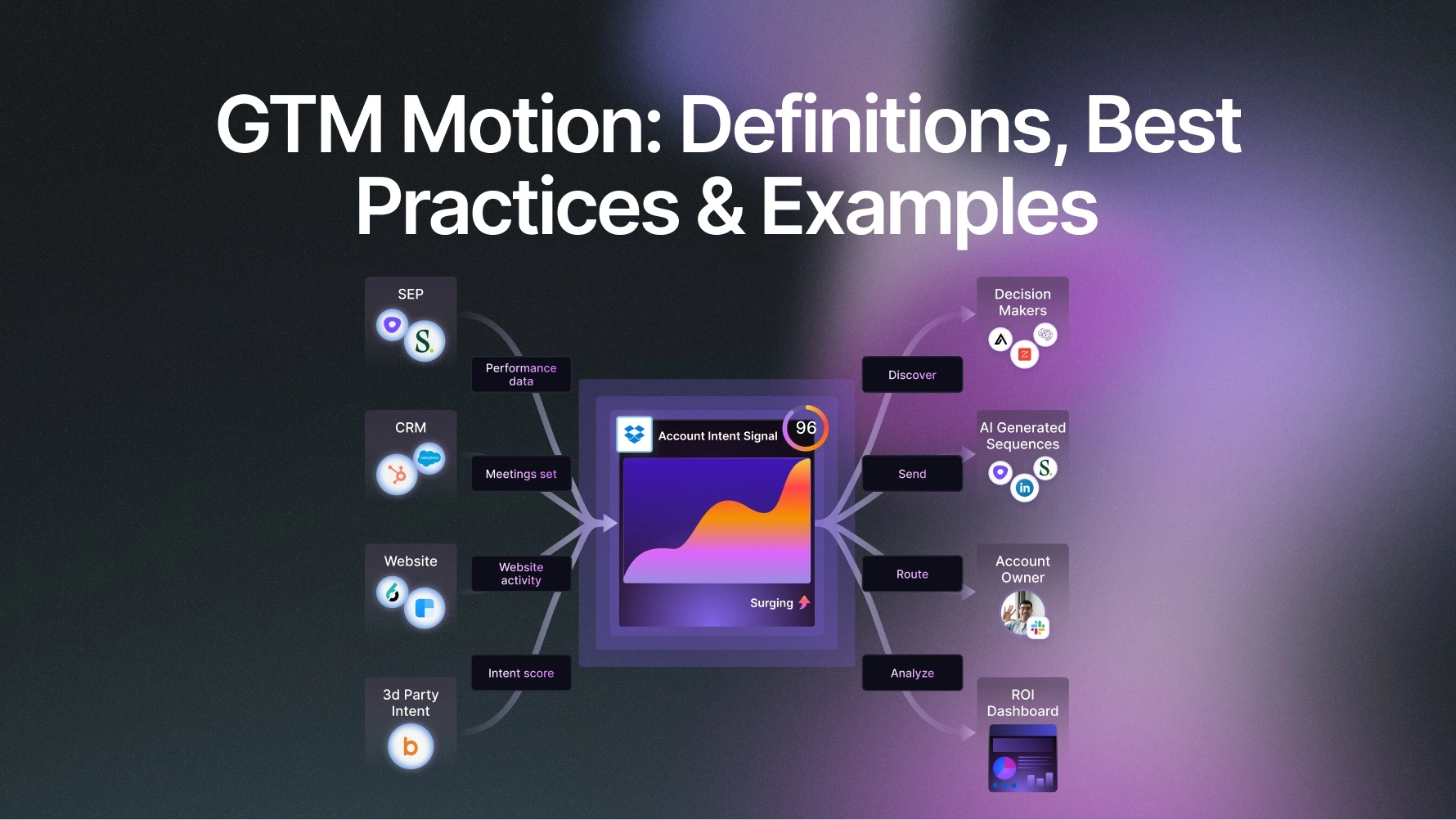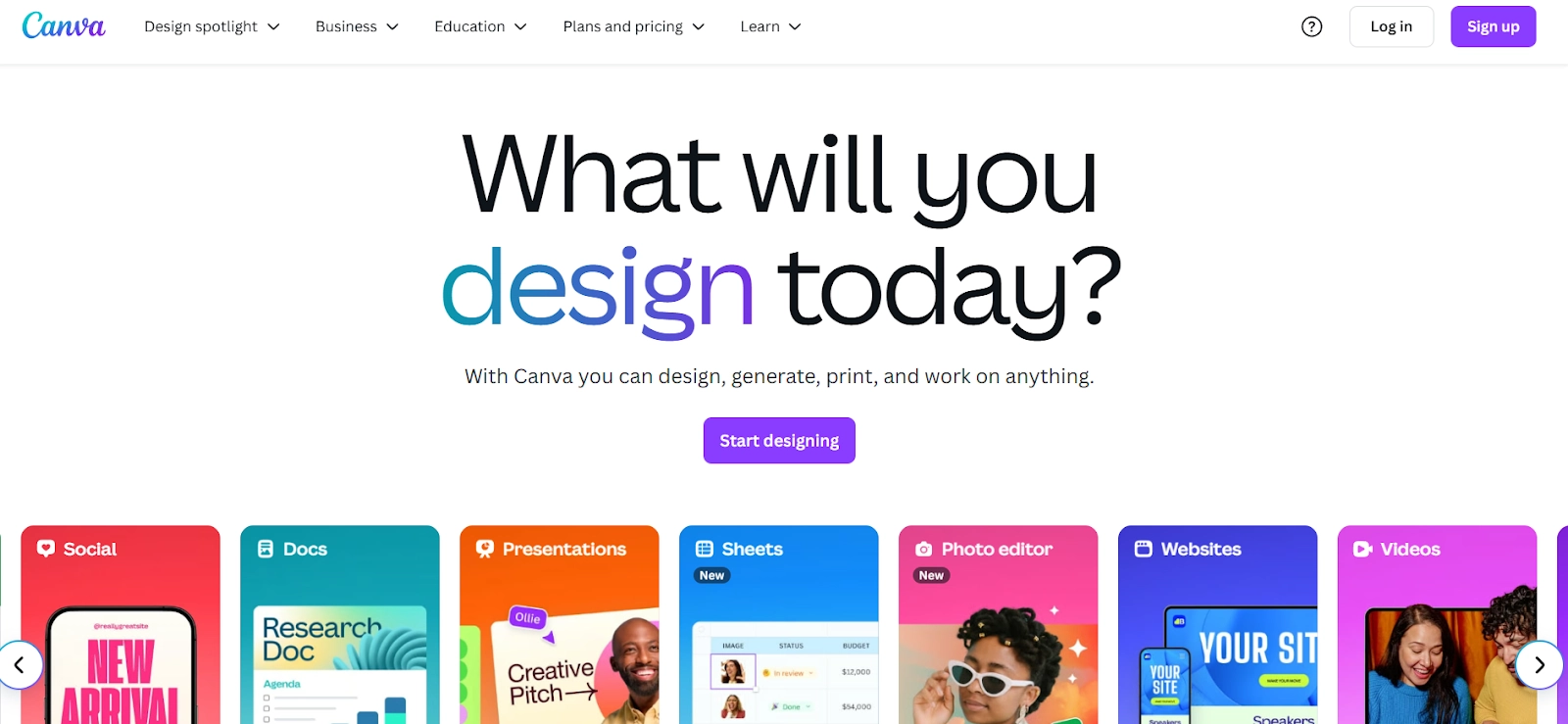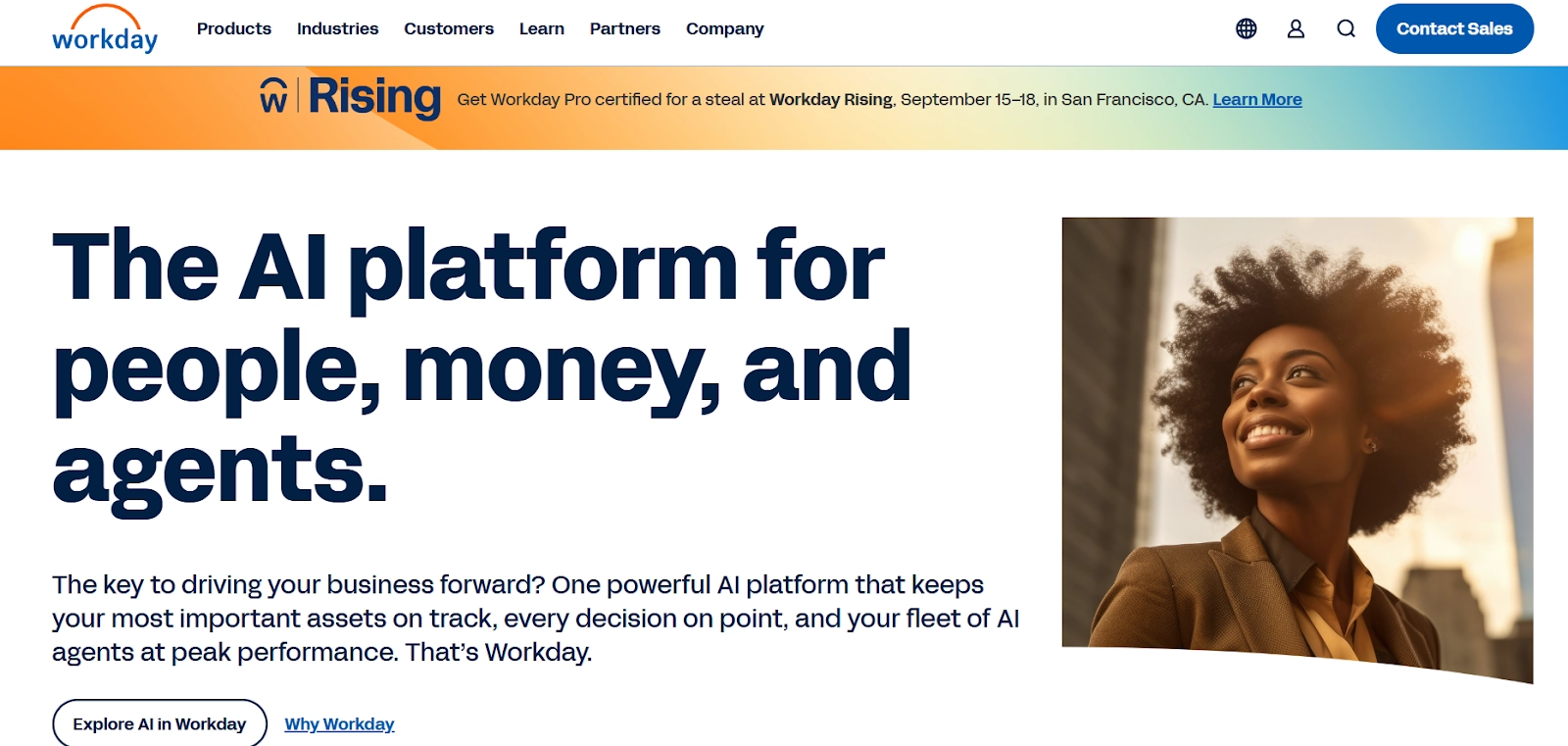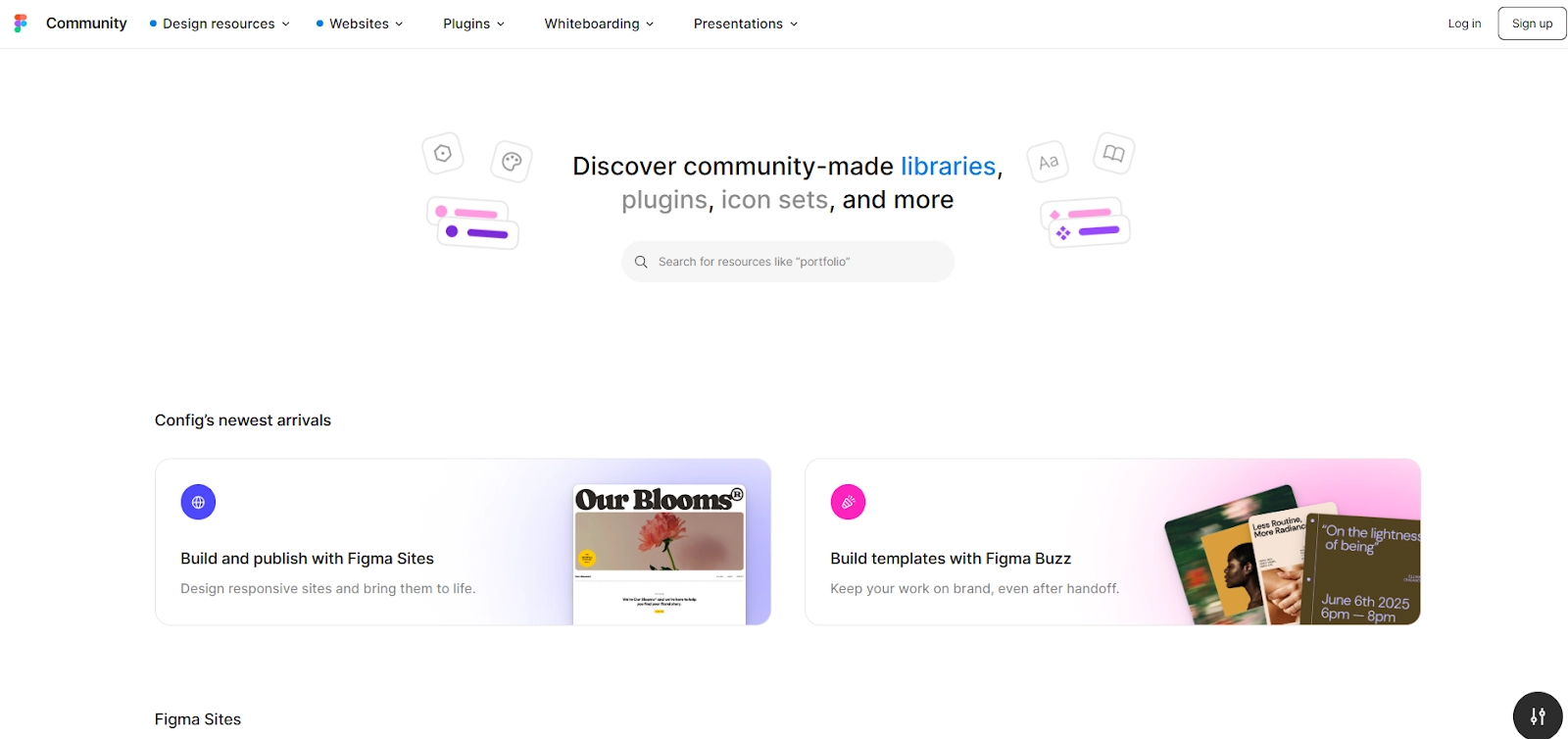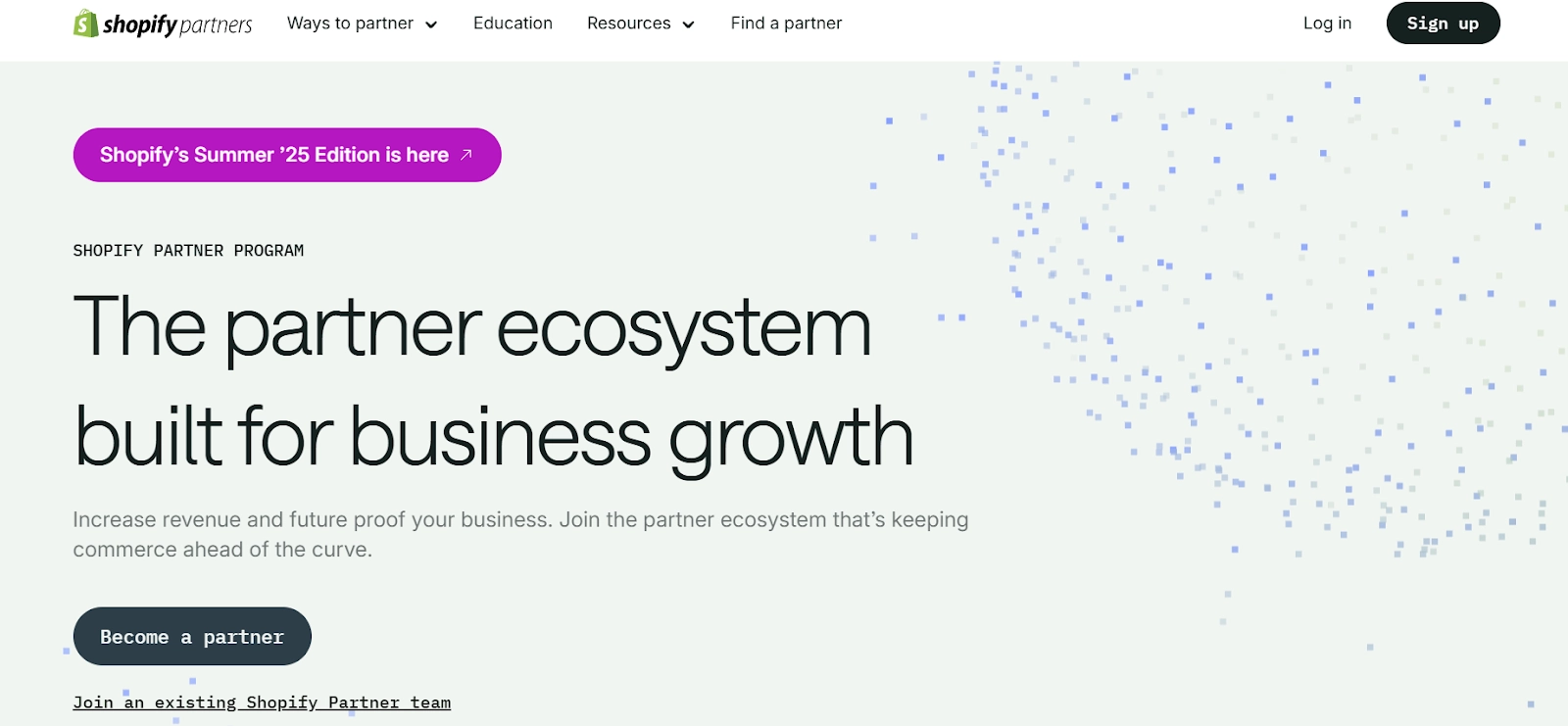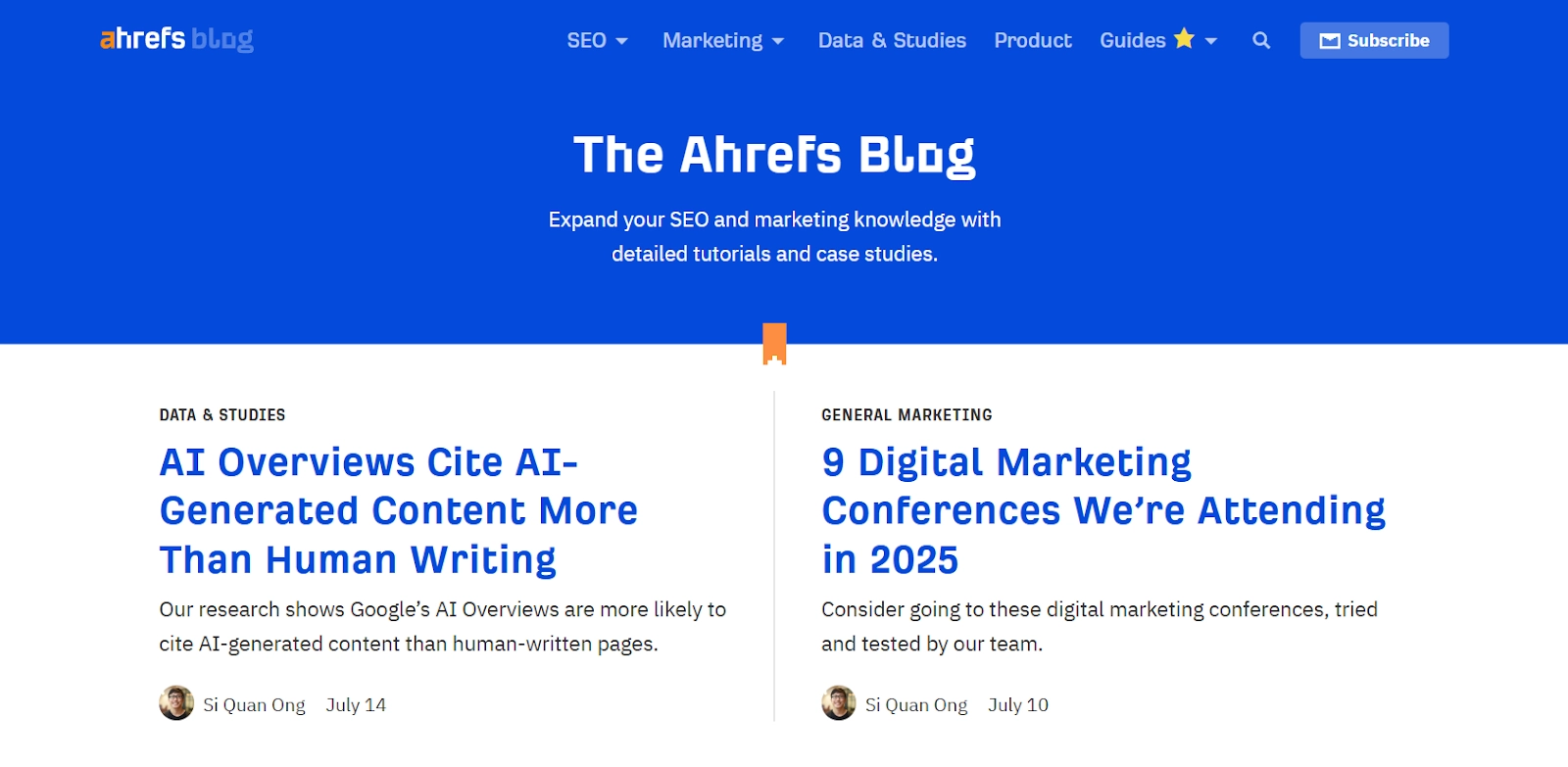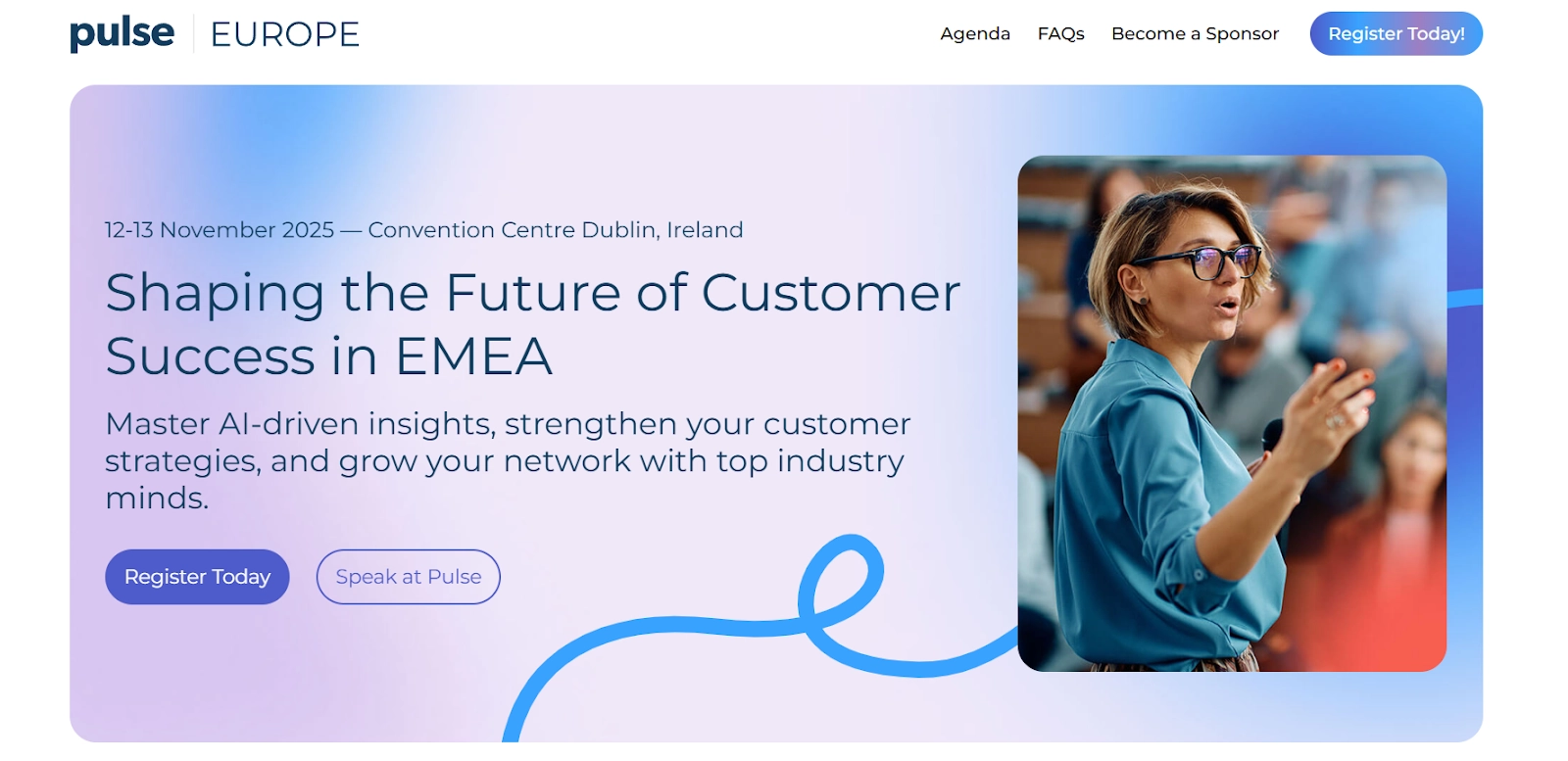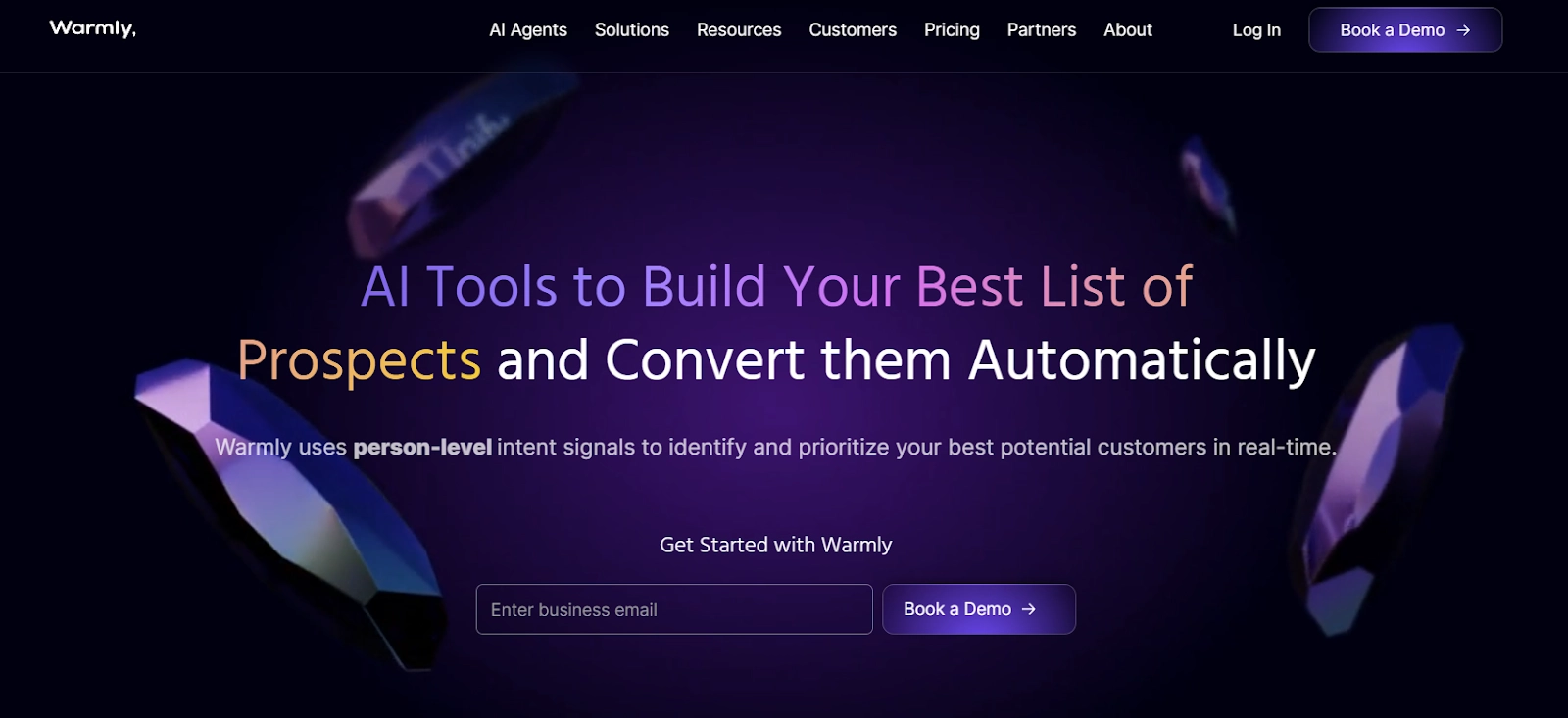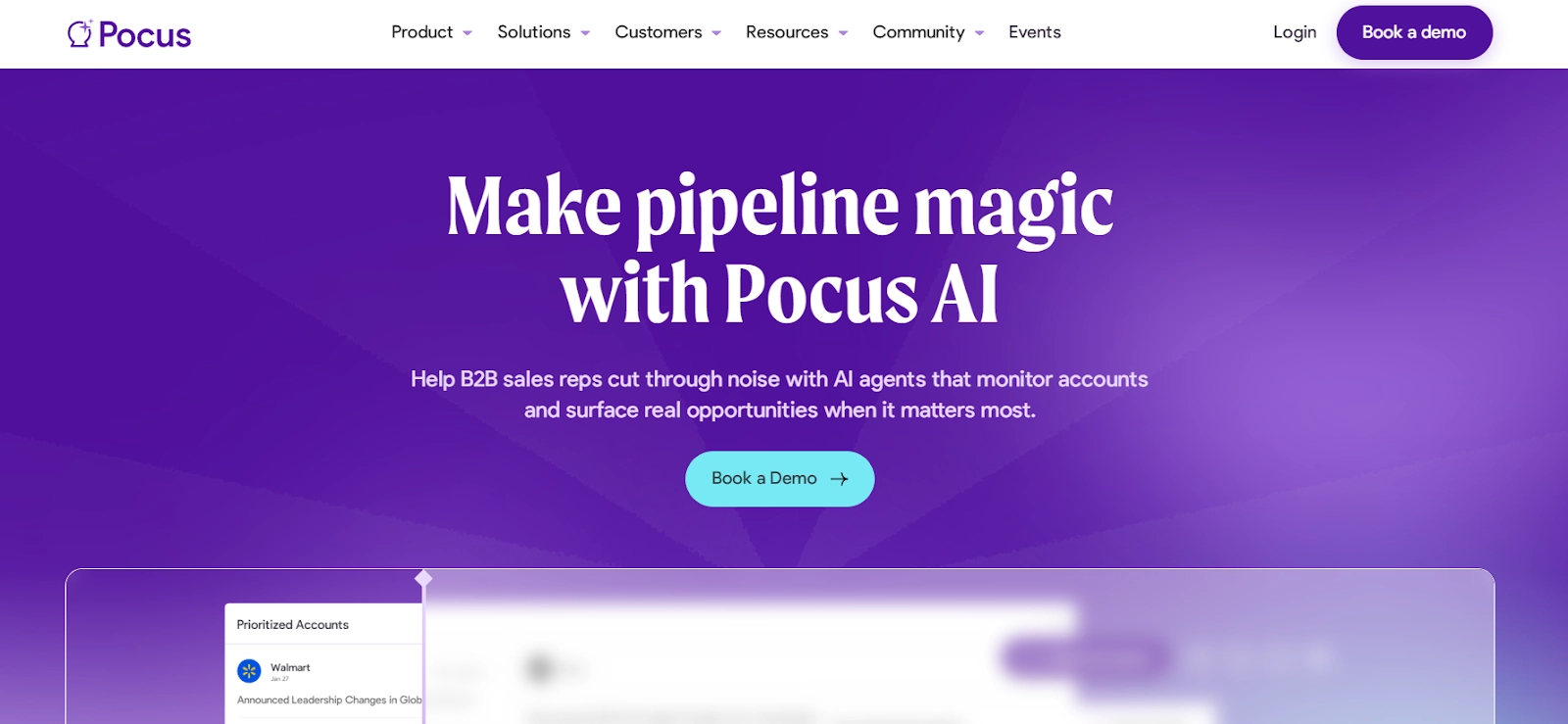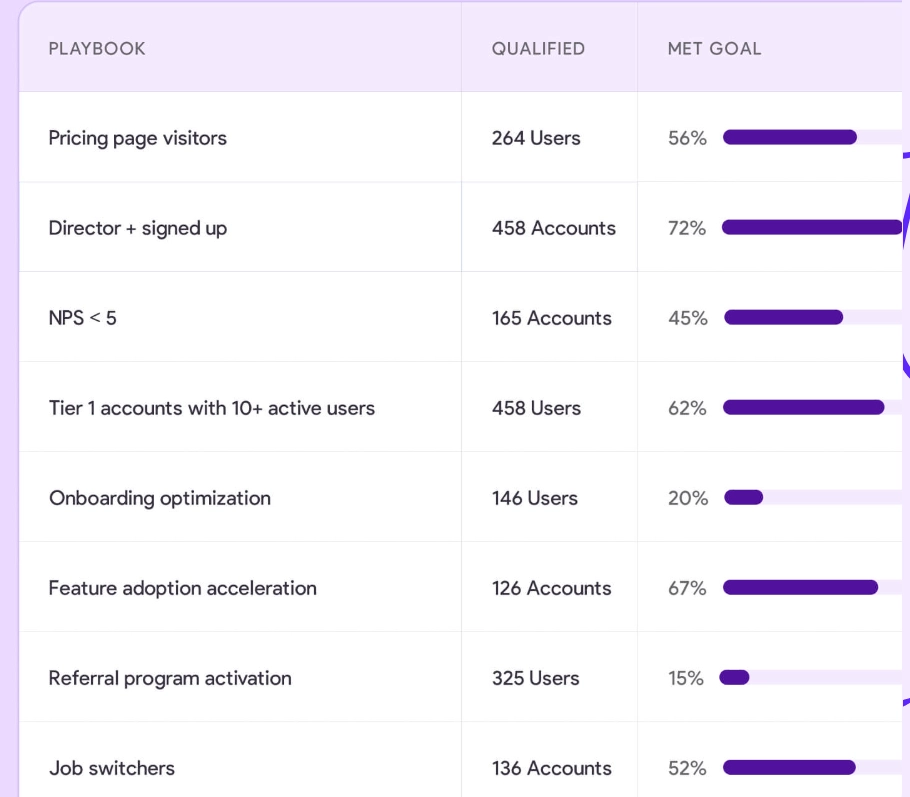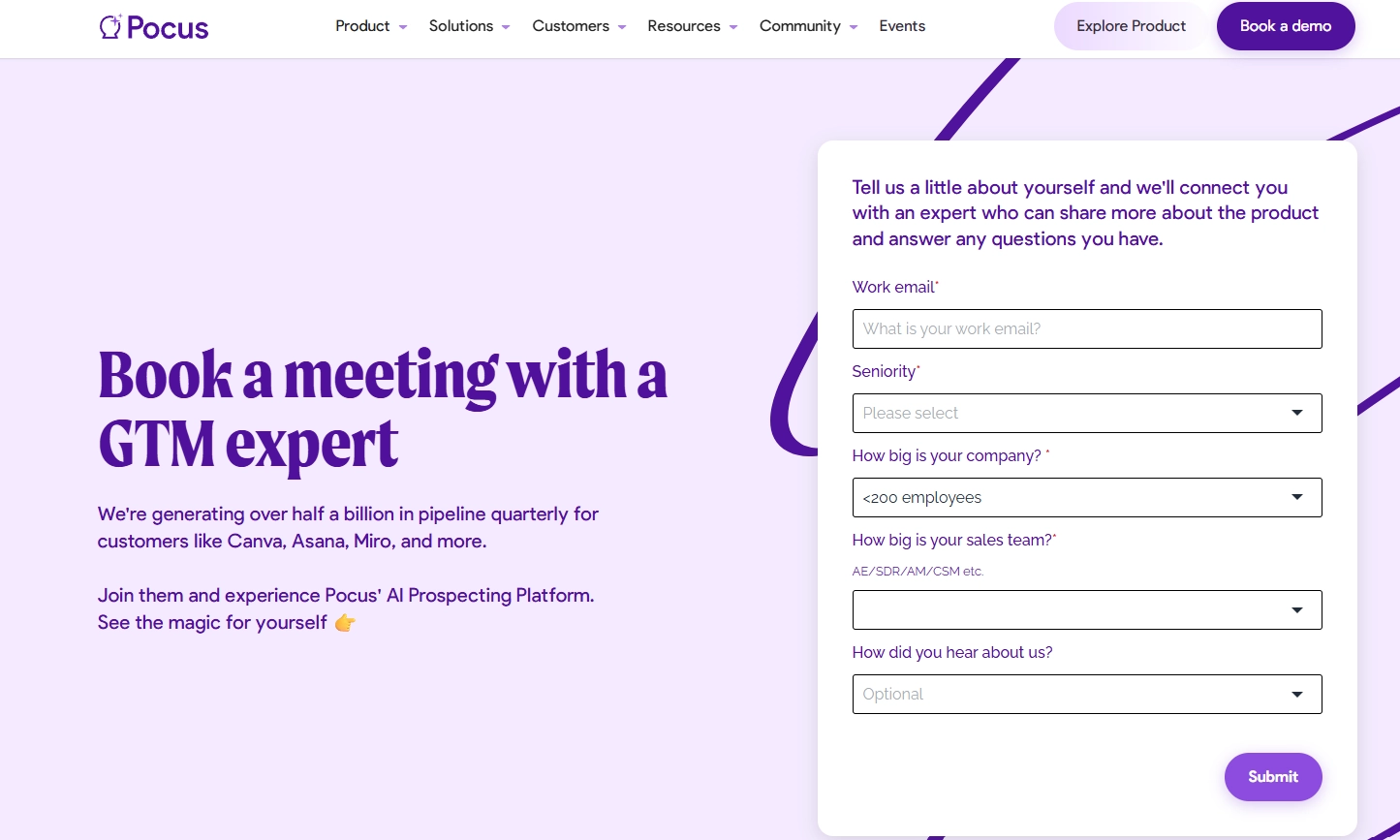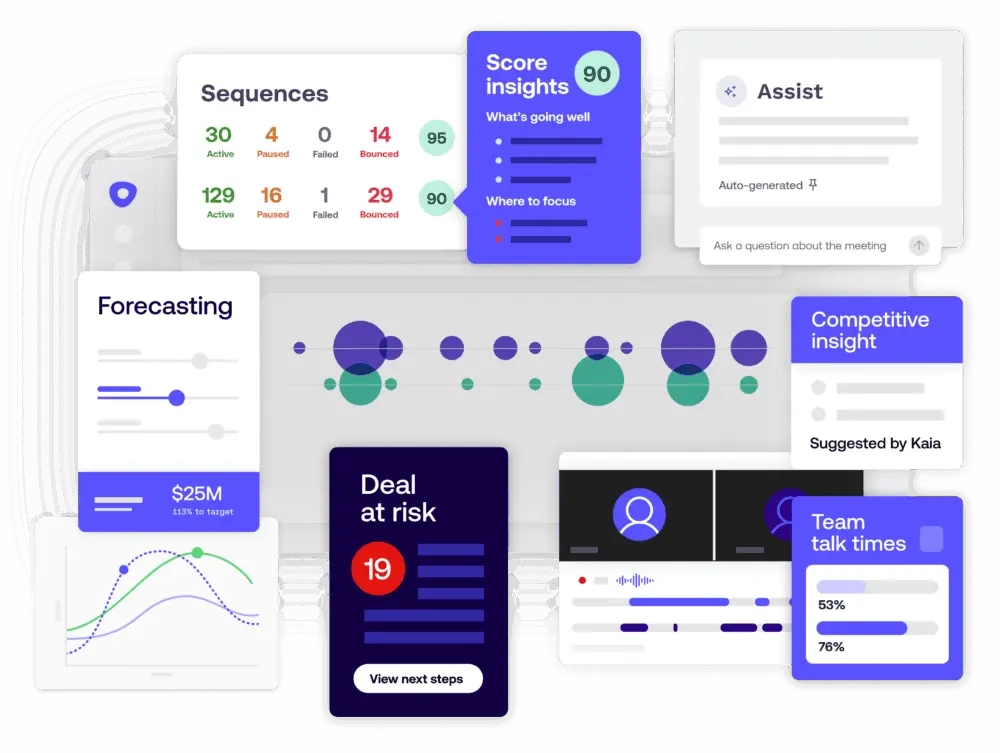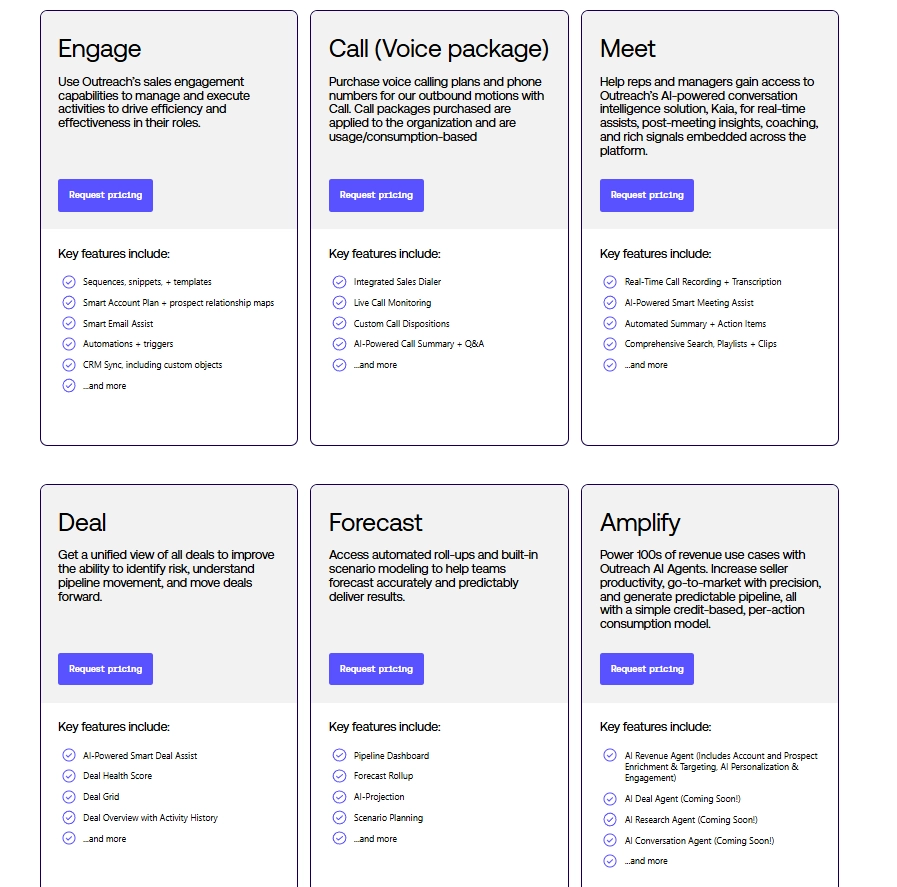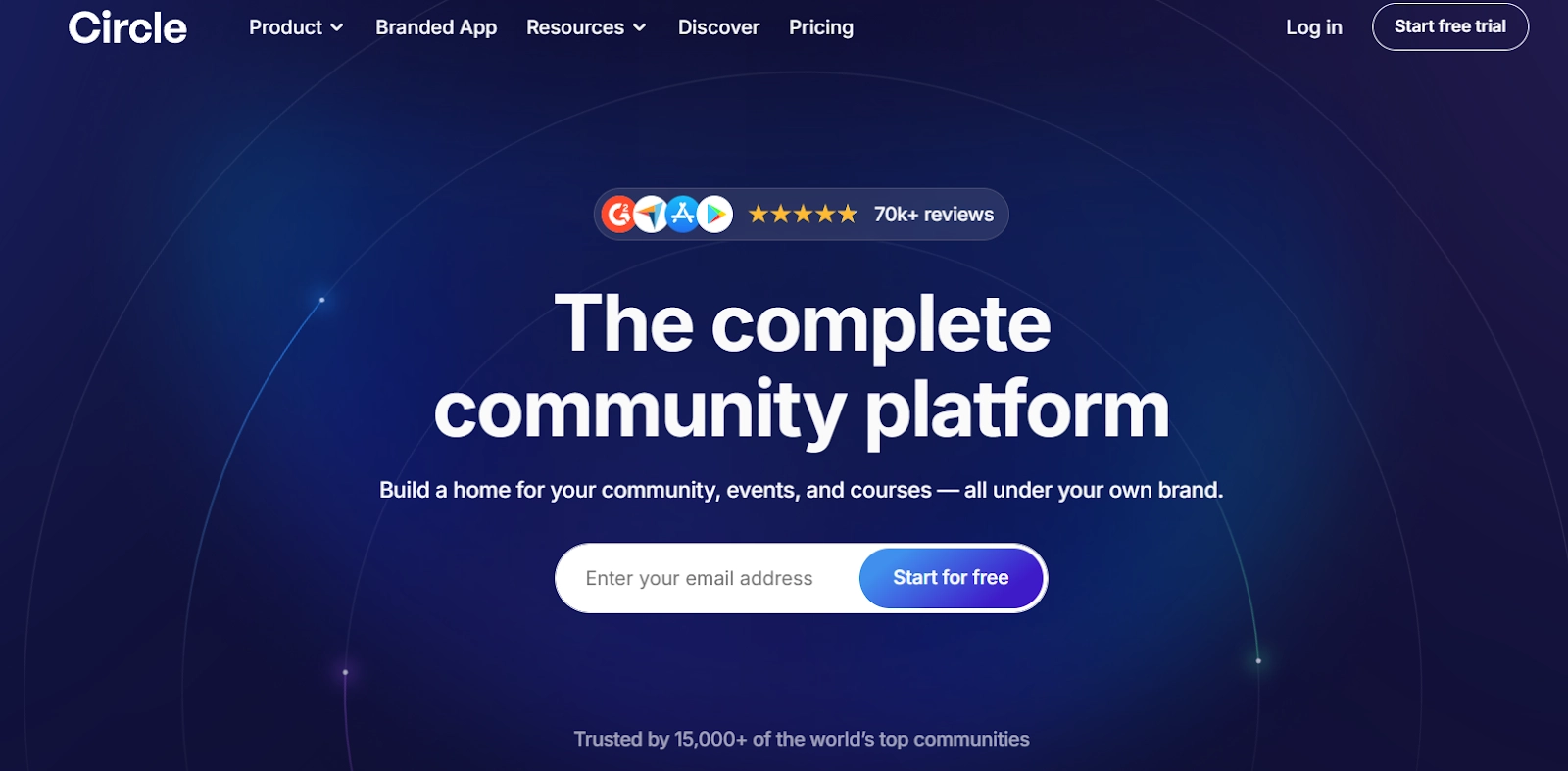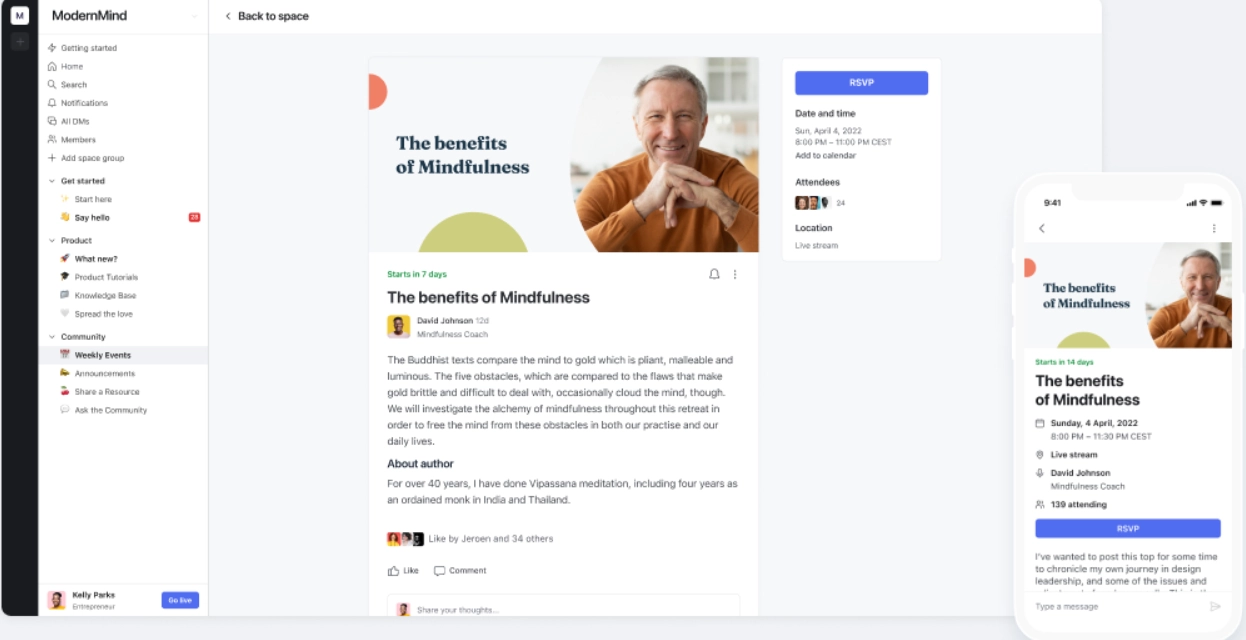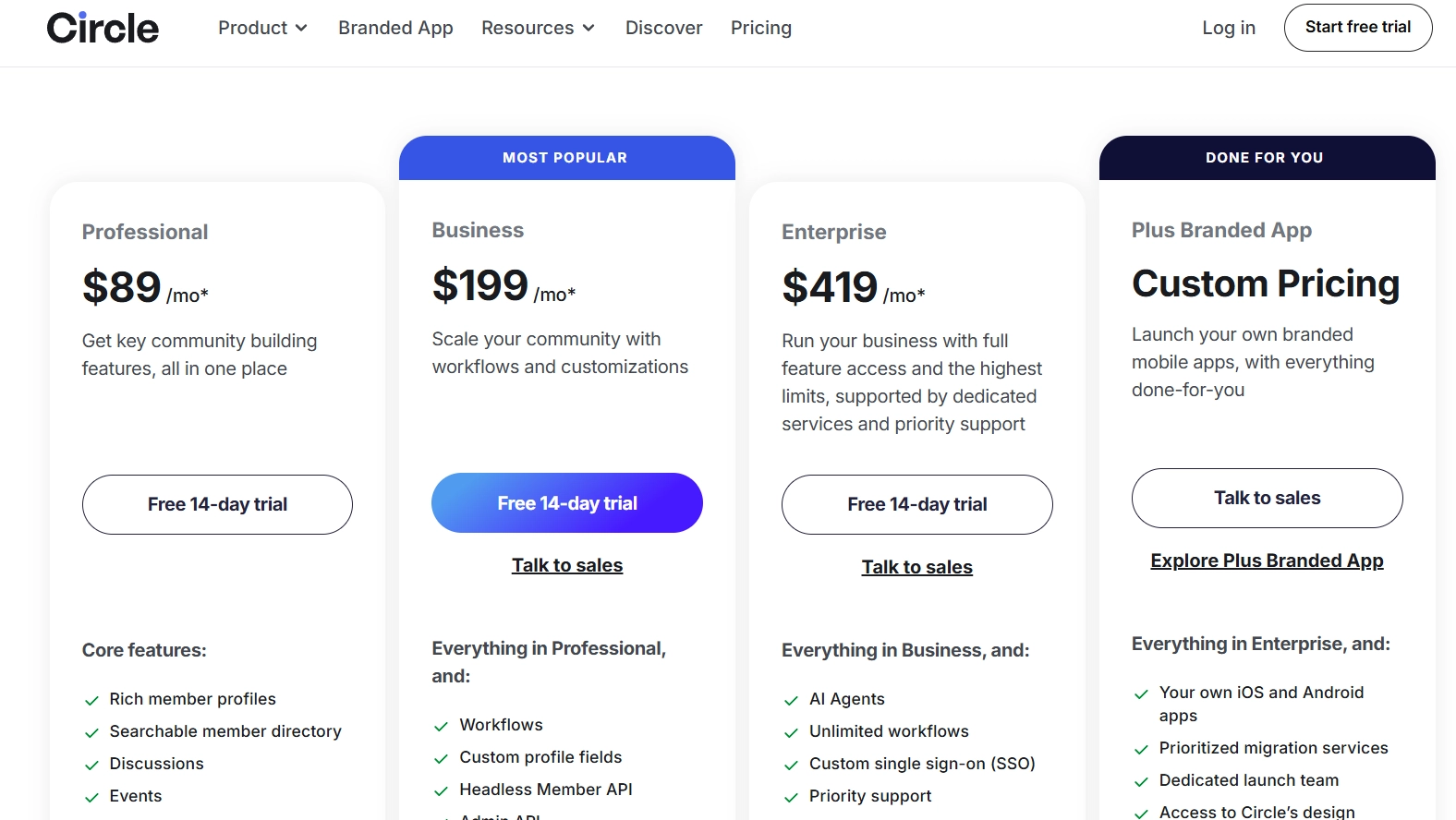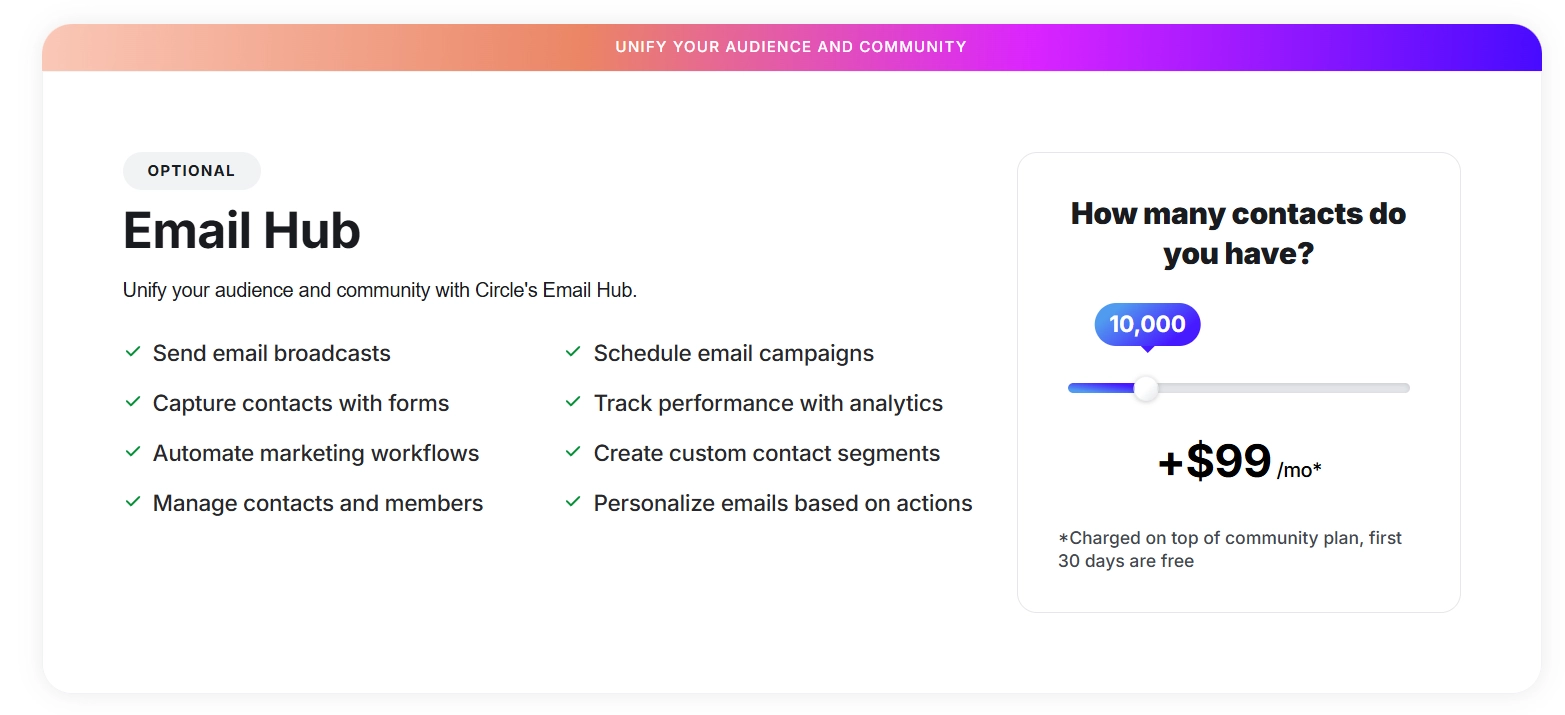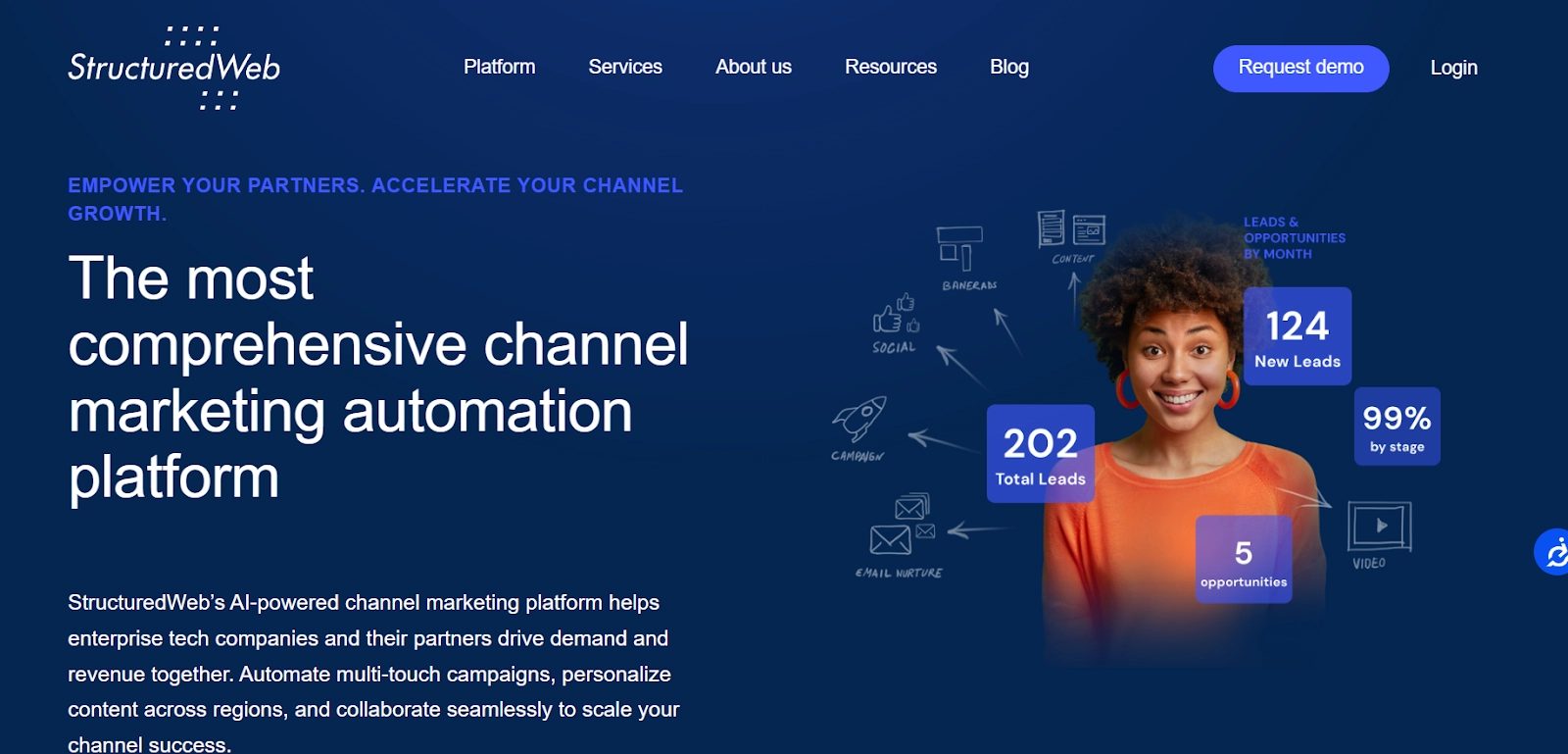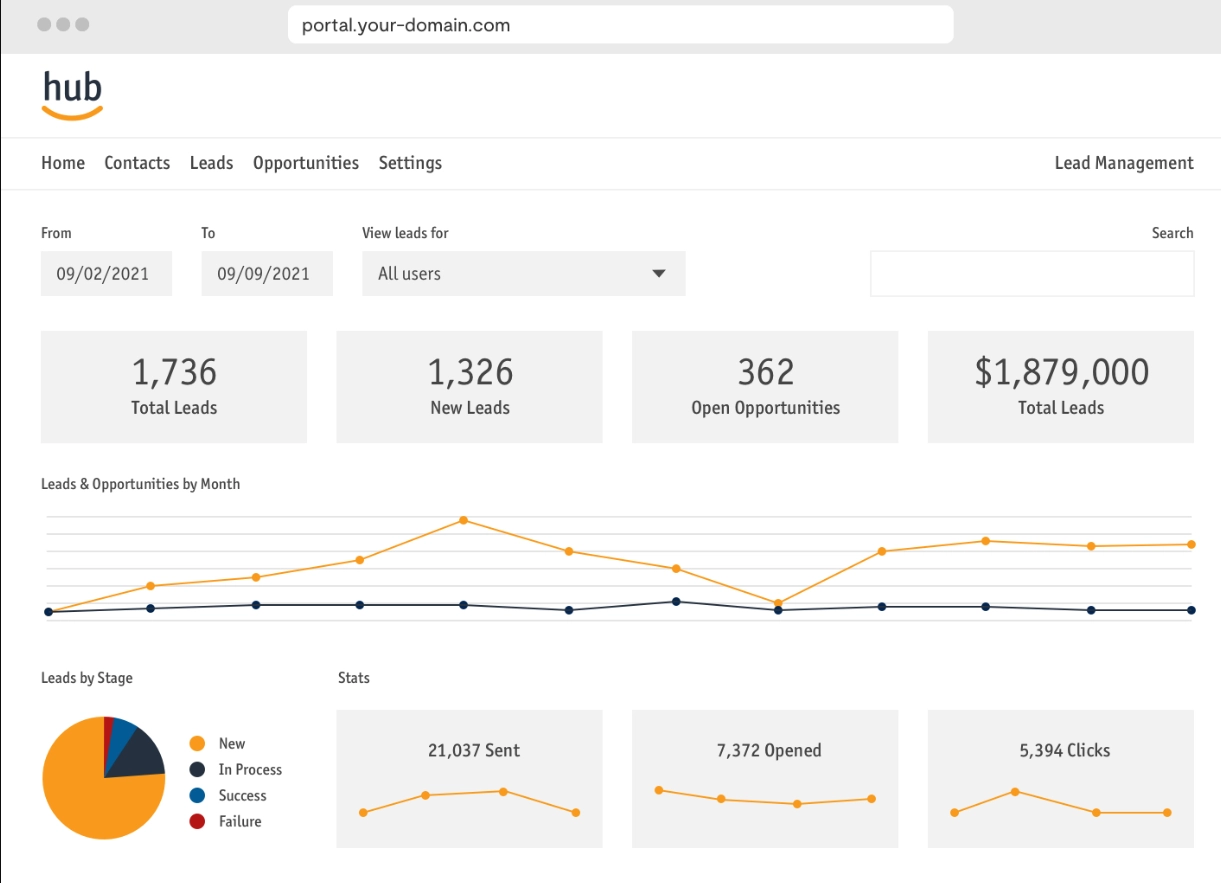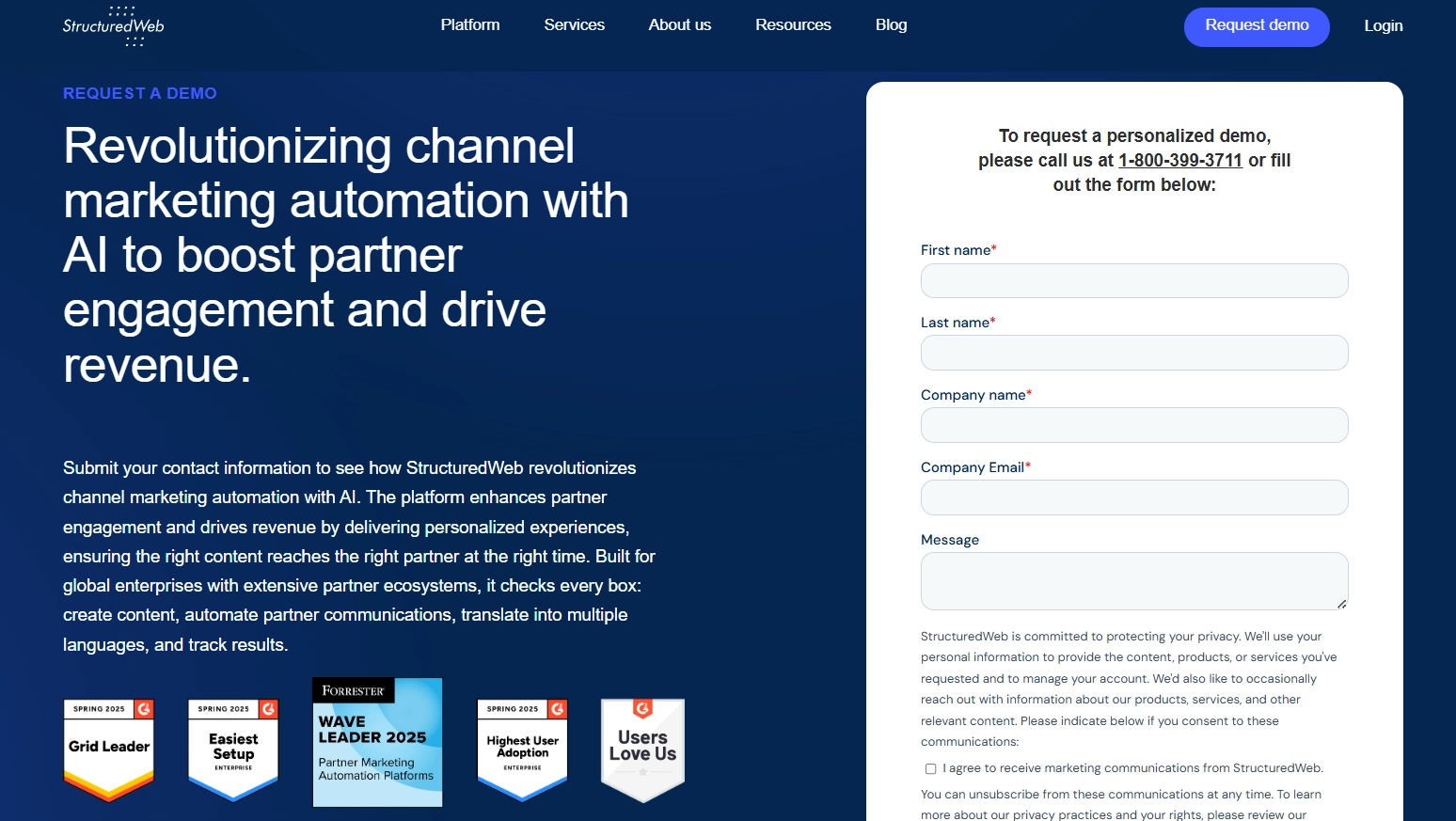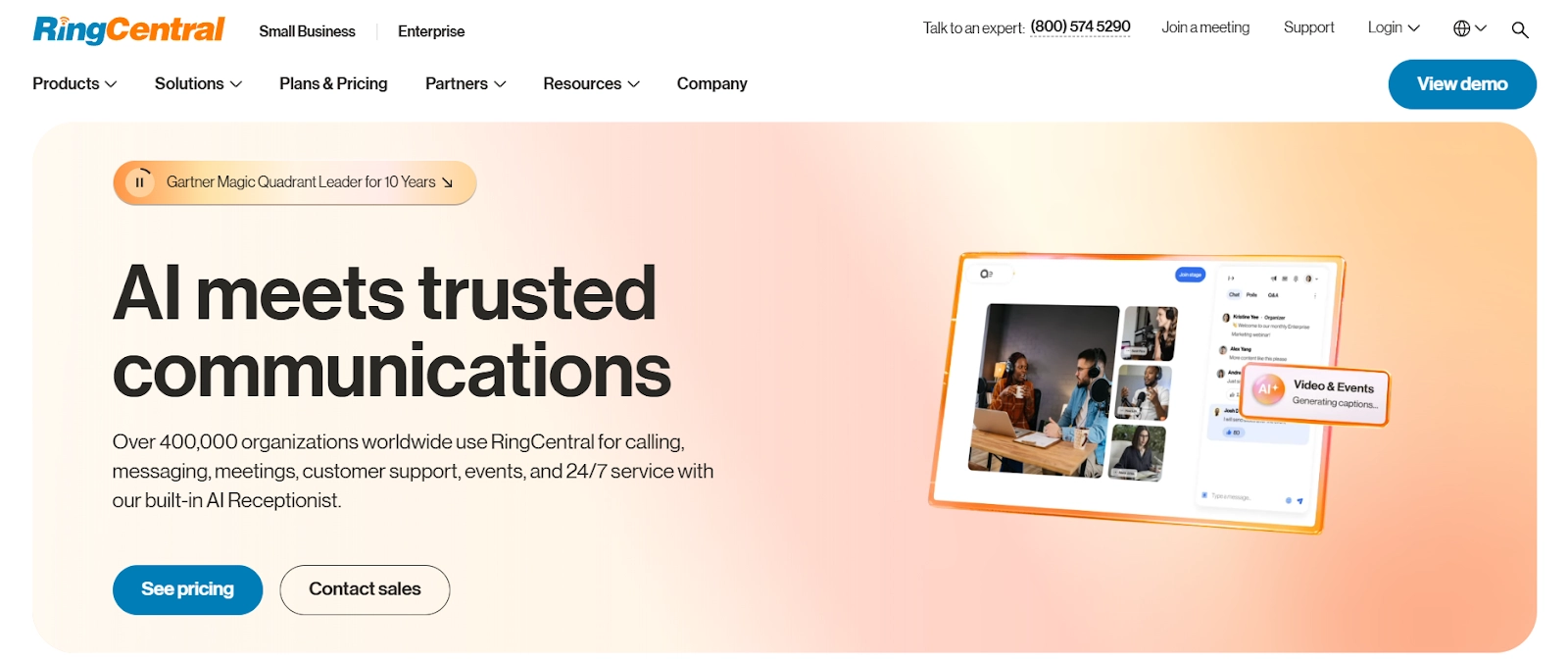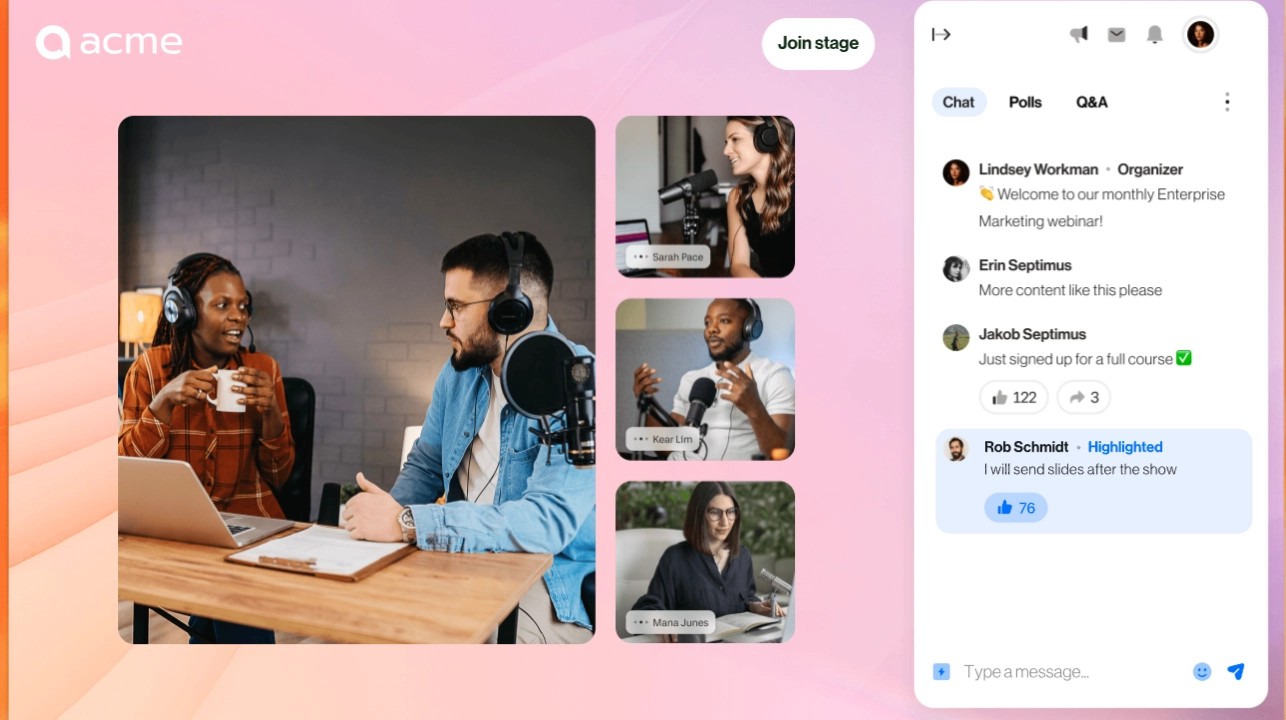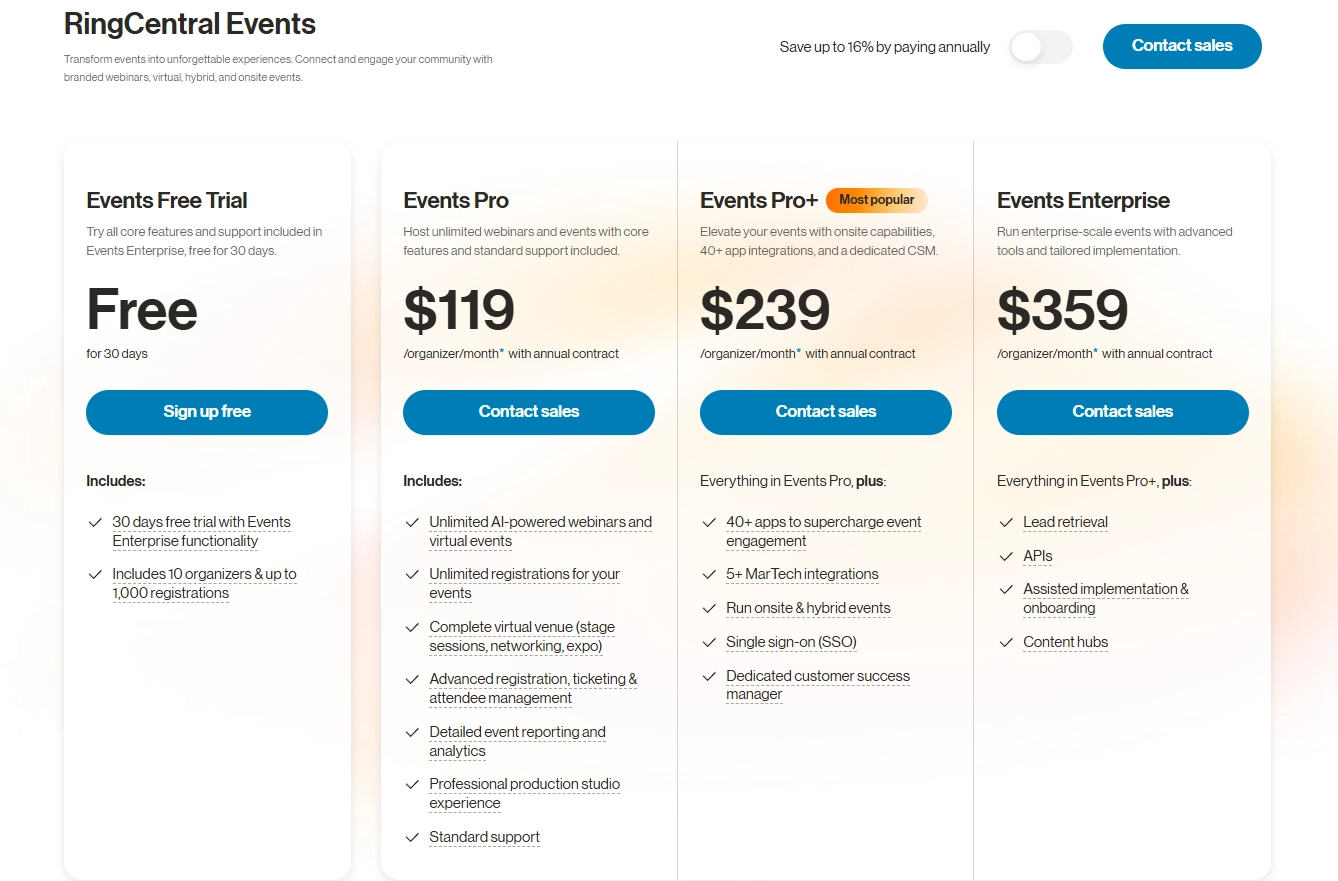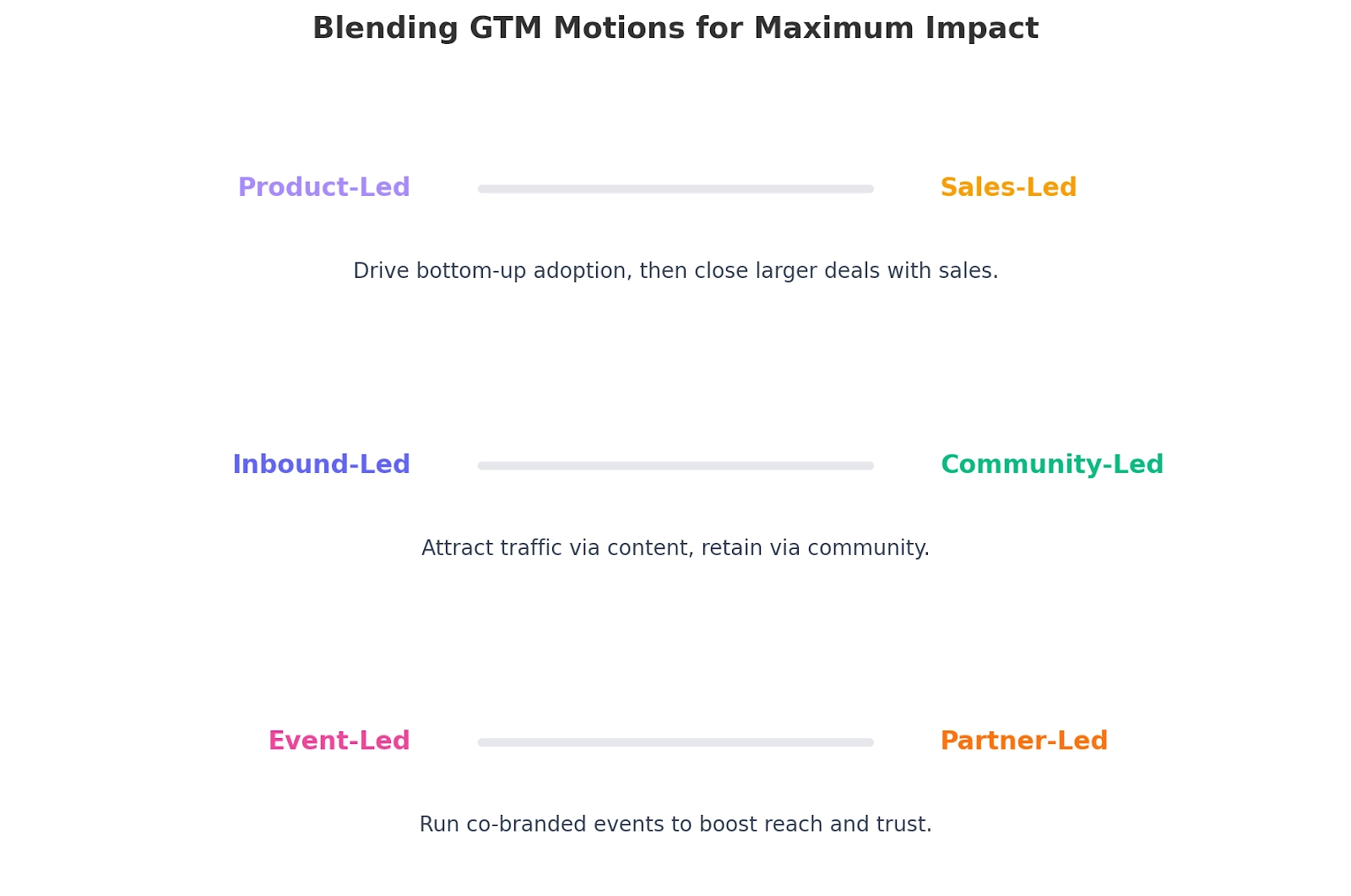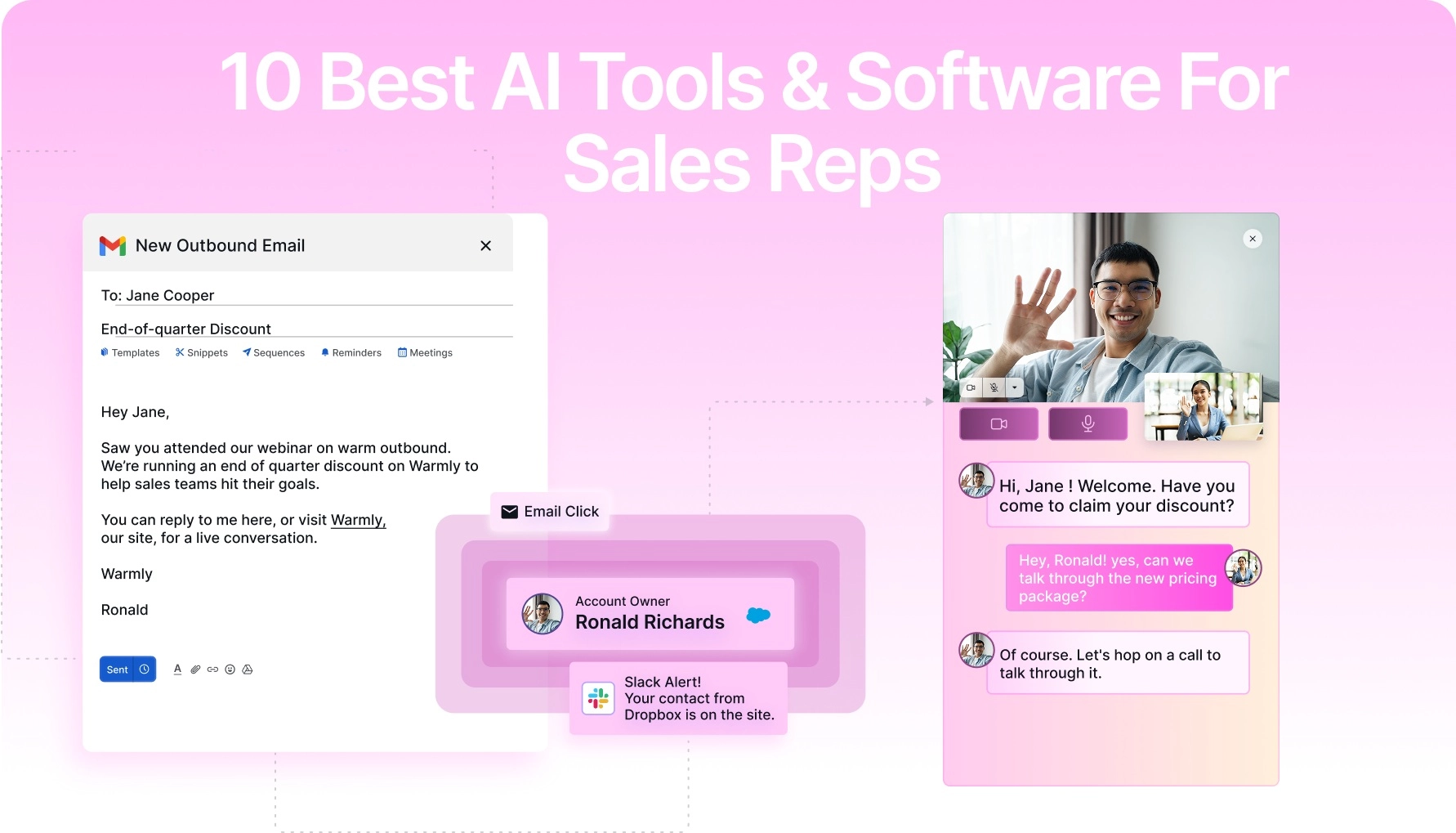
10 Best AI Tools & Software For Sales Reps In 2025
The right AI sales platform can automate busywork, surface real-time insights, and give reps the competitive edge they need to hit quota consistently.
In this guide, I’ll cover the 10 best AI tools for sales reps that can transform how your team sells, from prospecting and lead scoring to prospect engagement.
TL;DR
- Warmly offers the best AI software for sales reps by combining website visitor de-anonymization, intent signals (1st, 2nd, and 3rd party), and automated outreach orchestration to help reps engage the right buyers at the right time.
- Prospecting and data tools like Cognism and Common Room are ideal for reps who need GDPR-compliant contact data, community-driven insights, and automated lead prioritization.
- On the other hand, tools like Fireflies and HeyGen can help you eliminate manual note-taking with AI meeting summaries or scale personalized video outreach to boost engagement.
- For revenue intelligence and forecasting, platforms like Clari and HockeyStack give enterprise teams better deal health visibility, attribution insights, and AI-driven pipeline forecasting to prevent revenue leaks.
But we start, I’d like us to go over the main factors to consider when evaluating AI platforms for sales reps:
What factors should you consider when buying AI tools for your sales reps
The main factors to consider when evaluating AI tools & software for sales reps are how well the product fits your sales workflows, the level of automation and AI quality, its pricing structure, and whether it’s easy to adopt and measure ROI.
Let’s dive deeper into each one of these factors: ⬇️
#1: How well does it map to your sales workflows and use cases?
If I were looking for AI tools for my sales team, I’d start by listing the specific tasks the tool must improve, such as prospecting, outreach, meeting prep, call summarization, coaching, forecasting, deal progression, or account expansion.
You can check whether the product supports those tasks natively or only via custom builds, and whether it understands your sales terminology and stages.
Here are a few examples of functional fit to look for:
- Lead scoring and prioritization that is tied to your ICP.
- Sequence/cadence support and multichannel outreach.
- Real-time call prompts, post-call summaries, and coaching insights.
#2: The level of automation and customization you require
Next up, you want to decide how much should be automated (e.g., email sequencing, follow-up nudges, pipeline updates) versus where sales reps must stay in control.
For example, we believe that too much automation can harm personalization.
💡 Evaluate the underlying AI: is it generative for messaging, extraction-capable for notes, or classification-only, and can you fine-tune or configure models to your language and playbooks?
Here are a few useful automation examples to validate:
- Auto-generated personalized messages or subject-line suggestions.
- Auto-filled CRM fields from call transcripts and meeting notes.
- Automated opportunity scoring and next-best-action recommendations.
#3: Can your team adopt it quickly and measure the ROI?
There’s no point investing in an AI sales tool as part of your B2B sales stack that is not going to be adopted, or worse, not going to have a measurable impact.
This is why you should evaluate admin UX, training resources, in-app guidance, and the vendor’s customer success model.
You then want to define simple and measurable KPIs up front (e.g., time saved on admin, reply lift, deal velocity, quota attainment) and see if the product tracks the metrics you need to prove impact.
#4: Pricing structure
Lastly, your team should evaluate the AI tool’s pricing structure and ensure that it’s straightforward, predictable, and aligned to your bottom line.
Different AI sales tools will have different pricing structures and ways of charging your company for usage, such as:
- Per-user pricing, where you will pay a set amount of money for your users per month or per year.
- Credit-based (usage-based) pricing, where your company will pay for how much you’re going to be using the platform.
- Feature-based pricing, where the pricing depends on the feature set or functionality included, rather than just the number of seats.
- Modular pricing, where the software is split into different modules and you’re paying for the modules that you’ll be using.
➡️ Sometimes there are hybrid models, as a platform might charge per seat and usage (e.g., tools like HubSpot charge per seat plus marketing contacts).
What are the best AI tools for sales reps on the market in 2025?
The best AI tools on the market for sales reps are Warmly with its website visitor de-anonymization, sales automation capabilities, and 1st, 2nd, and 3rd party intent signals, Cognism and Common Room.
Here’s a breakdown of each tool:
| Tool | Use Case | Price |
|---|---|---|
| Warmly | Signal-based revenue orchestration: website visitor de-anonymization, intent signals, automated outreach, AI chat, and live lead engagement. | AI Data Agent: from $10,000/yr; AI Inbound Agent: from $16,000/yr; AI Outbound Agent: from $22,000/yr. |
| Cognism | GDPR-compliant contact data and intent-driven lead generation for sales teams. | Custom pricing (Platinum & Diamond plans; contact sales). |
| Common Room | Community and product signal tracking with automated workflows for targeted GTM outreach. | Starter: $999/mo; Team: $1,999/mo; Enterprise: Custom pricing. |
| Factors AI | Demand-gen and ABM teams: turn intent signals into prioritized, actionable account lists. | Free (200 companies/mo); Basic: $549/mo; Growth: $1,299/mo; Enterprise: Custom pricing. |
| HeyGen | SDRs scaling personalized video outreach and demo snippets with AI avatars. | Free (3 videos); Creator: $29/mo; Team: $89/mo/seat; Enterprise: Custom pricing. |
| Exceed AI | Automating lead engagement, qualification, and nurturing with an AI chatbot. | Custom pricing. |
| OneShot AI | End-to-end AI-powered outbound execution combining automation with human expertise. | AI Sidekick (limited messages); Scaled Research & Messaging (custom); Fully Autonomous Prospecting: $1,995/mo. |
| HockeyStack | Product-led growth & RevOps: revenue attribution, forecasting, and account prioritization. | Custom pricing. |
| Fireflies | AI meeting assistant for note-taking, transcription, and shareable summaries. | Free plan; Pro: $18/user/mo; Business: $29/user/mo; Enterprise: $39/user/mo. |
| Clari | Enterprise revenue orchestration: forecasting, deal inspection, pipeline health. | Custom pricing. |
#1: Warmly
Warmly offers the best AI platform for sales reps with our signal-based revenue orchestration platform that helps you de-anonymize your website visitors and then automatically reach out to them.
Our tool uses person-level intent signals to identify and prioritize your best prospects in real-time.
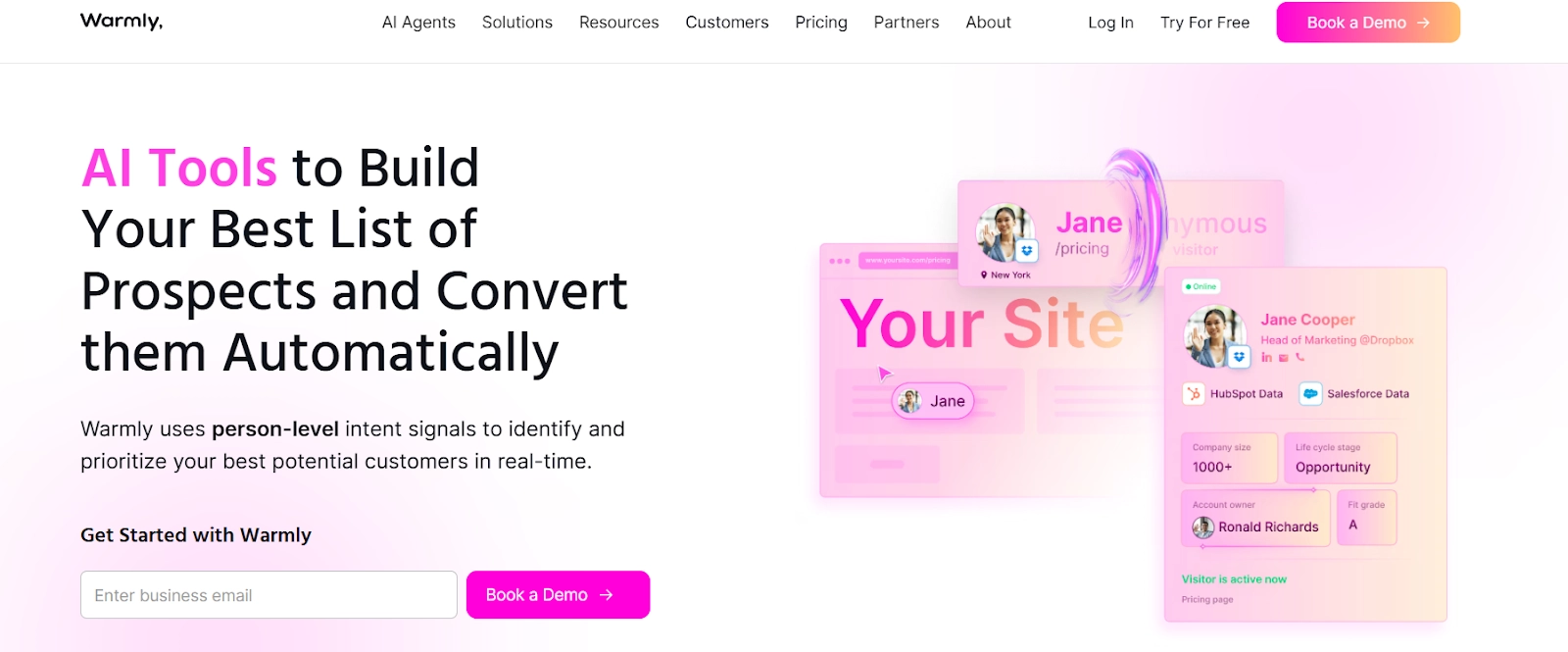
Disclosure: Even though Warmly is our sales tool, I’ll provide an unbiased perspective on why Warmly offers the best platform for sales reps in 2025.
Warmly is a signal-based revenue orchestration platform that lets you:
- Identify website visitors (~60% of companies and ~15% of contacts).
- Reveal which website visitors are most likely to convert right now.
- Gain insights into leads, allowing your SDRs to tailor their strategies accordingly.
- Automate essential sales processes on top of buying intent signals.
Let’s look at some capabilities that make Warmly so popular among sales teams:
Feature #1: Identifies your website visitors
Warmly lets you maximize your website’s lead generation potential by identifying the companies and individuals visiting it.
All it takes is adding a snippet of Warmly’s code to your website, and the sales intelligence software will start revealing your visitors in minutes.
In addition to essential company and individual-level identification, Warmly will also enrich your visitors’:
- Contact data (email address, phone number, social media profiles, etc.).
- Firmographics (company location, size, funding, etc.).
- Demographics (individual names, job positions, etc.).
- Technographics (tools and software a company uses).

Our visitor identification tool optimizes our data through a waterfall approach.
Warmly uses multiple data providers (20+), including 2 other leading website de-anonymization providers to validate the accuracy, quality & overall match rate of our signal & contact data.
This leads to:
- Higher data quantity: Multiple sources expand match rates.
- Higher data quality: Proprietary cleansing and confidence scoring validate accuracy.
💡 To maintain data quality and quantity, we continuously monitor vendor performance and validate our proprietary matching algorithms.
➡️ These systems allow us to track quality and quantity metrics in real-time to make sure that both contact-level and company-level data meet the high standards our customers expect.
Warmly’s transparent data commitment means you can test our data quality with our free tier before committing to us as a data provider.
Because we aggregate data from 25+ providers and cross-check it using our proprietary waterfall technique, we can validate and verify data on your behalf, ensuring it’s of the highest quality.
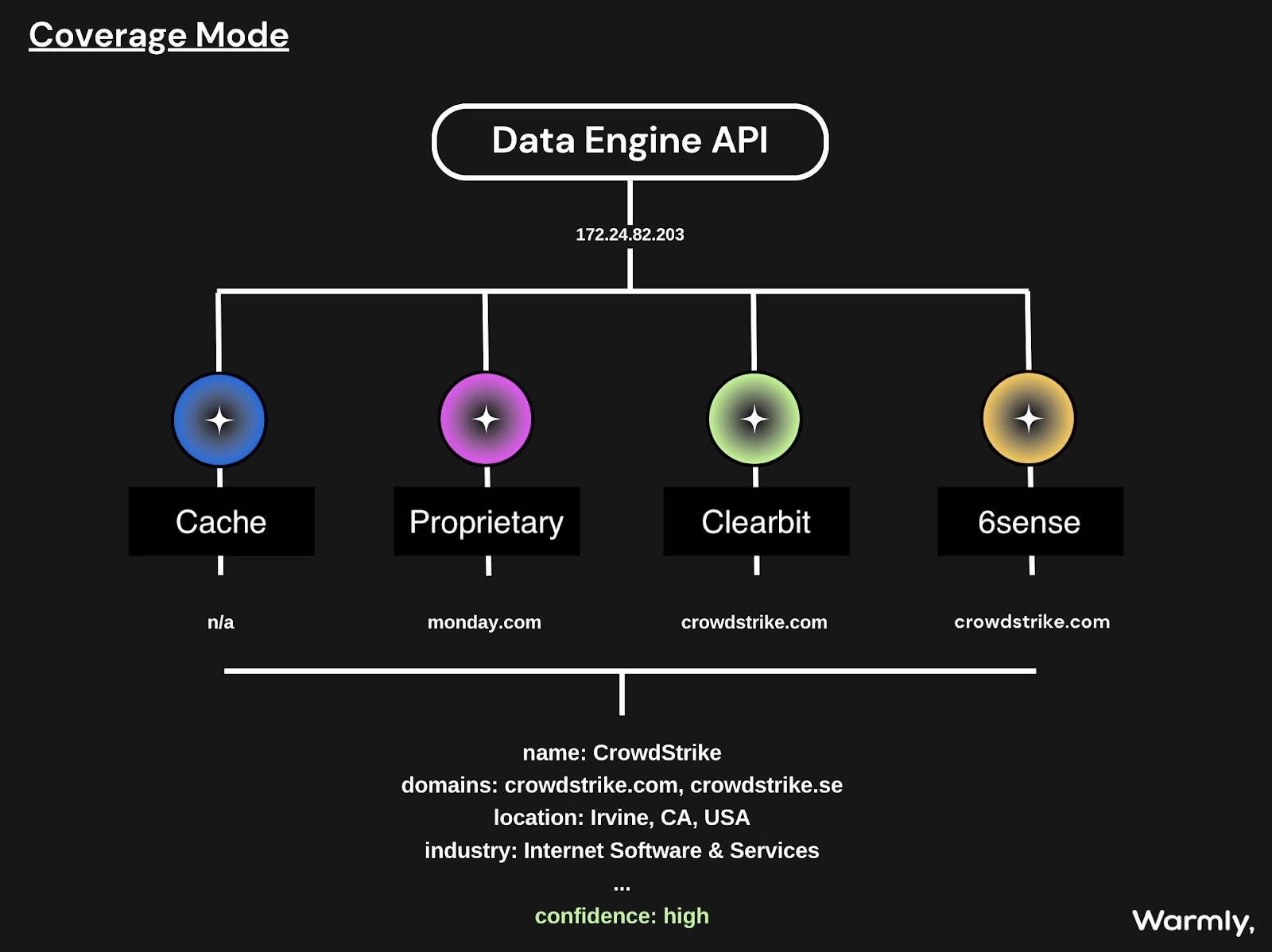
Feature #2: Reveals your hottest prospects based on intent data
Knowing who your best potential customers are is only one part of successful outreach and conversion.
This is why our platform collects intent data for each lead, allowing you to understand who your hottest leads are right now.
Warmly’s software captures three types of buyer intent signals:
- First-party intent, which includes intent signals leads left in your channels (website, app etc.), such as website visits, the specific pages they visited, time spent on high-intent pages, recurring visits, etc.
- Second-party signals, which come from monitoring LinkedIn for things like job change intent, new funding rounds, etc.
- Third-party intent, including web searches that include keywords relevant to your product, visits to competitors’ websites or interactions with their ads, etc.
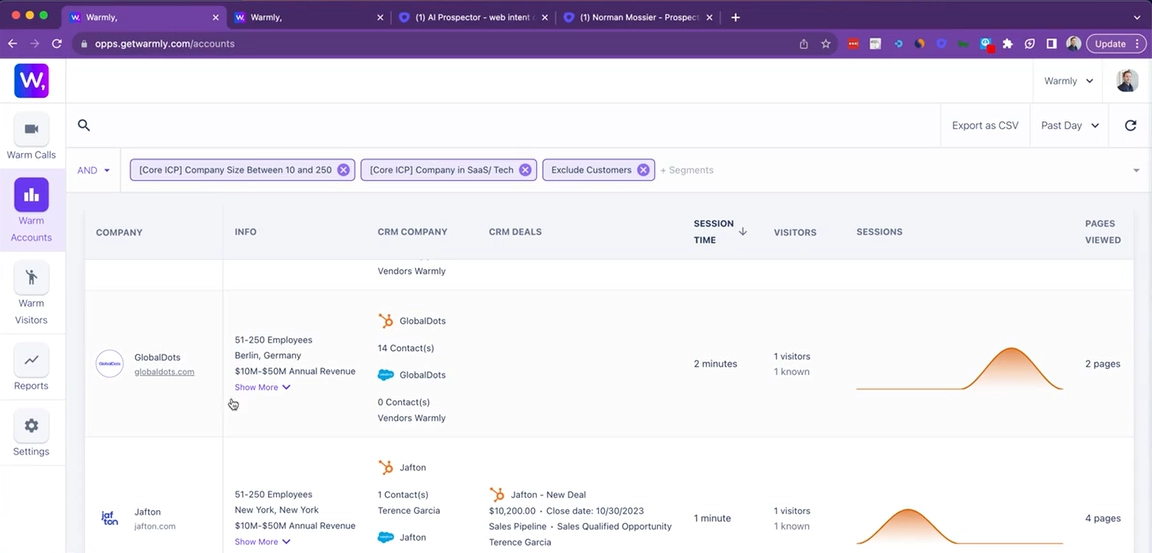
As a result, your sales reps will get:
- An overview of which of your leads are most likely to convert right now.
- Critical insights into each lead, which they can leverage to tailor their outreach strategies accordingly.
Feature #3: Sales automation
Warmly offers a few automation capabilities to help you put crucial sales operations on autopilot and ensure that no high-value lead is missed again.
Firstly, the Orchestrator lets you streamline LinkedIn and email outreach by automatically adding high-intent leads to specific sequences.
Our software lets you set up all the essential parameters, enabling you to completely customize it to fit your needs, goals, and target market, including letting you:
- Specify the trigger that sets the sequence in motion (e.g., a visitor goes to a high-intent page, such as pricing).
- Define the criteria the visitor needs to meet to be targeted (e.g., company size, industry, job role).
- Set up the frequency at which you want the workflows to run and the maximum number of people targeted in a single account.
- Decide what action you want the Orchestrator to take (e.g., sending a contextual email, personalized LinkedIn DM, or connection request).
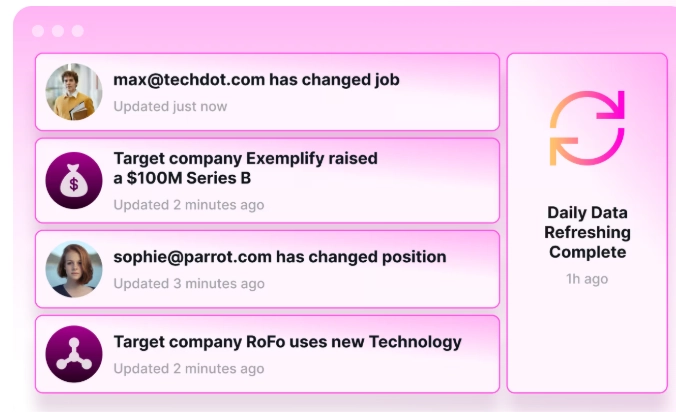
You can try it yourself 👇or watch it in action.
Then there’s the AI Chat that leverages the power of AI to engage high-intent leads on your website by:
- Asking them qualifying questions.
- Answering their queries.
- Booking meetings.
- Offering relevant collaterals, etc.

The AI that powers AI Chat is fully trainable, meaning you can tailor it to your specific brand tone of voice and other requirements.
Finally, Warmly’s automated alerts notify sales reps via Slack whenever a high-intent lead lands on your website or takes a high-intent action. This significantly shortens the time to lead, increasing your chances of getting more conversions.
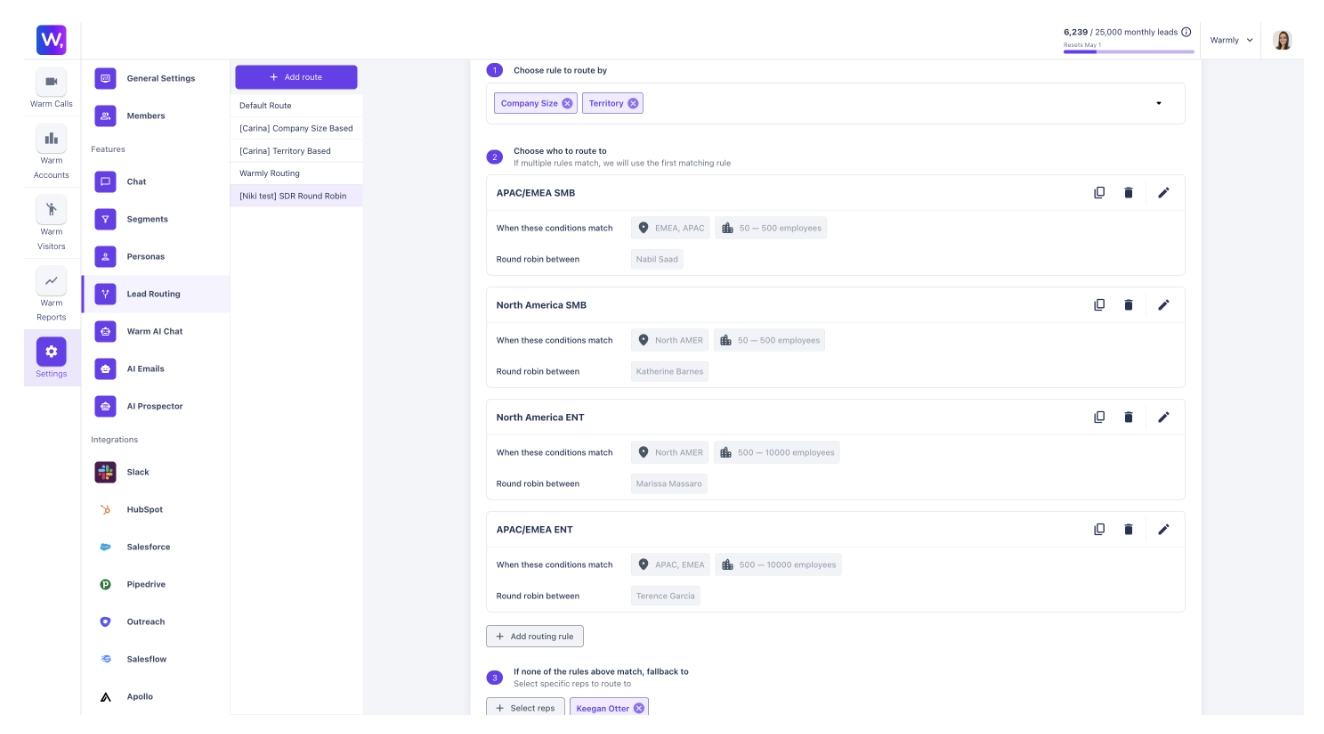
Feature #4: Live lead engagement with Warm Calls
Warmly offers another trick up its sleeve for enterprises that want to make the most of the traction gained by the intent insights the platform uncovers.
Our sales platform lets you engage your leads in a live video call while they’re still on your website.
When you go to the “Warm Calls” section of Warmly’s dashboard, you can see who’s visiting your website and monitor their sessions in real-time.
Once your SDRs assess that the time is right, they can hop on a video call straight from Warmly’s dashboard.
As any sales rep knows, nothing can help you close more deals than one-on-one meetings, so make sure to make the most of them.
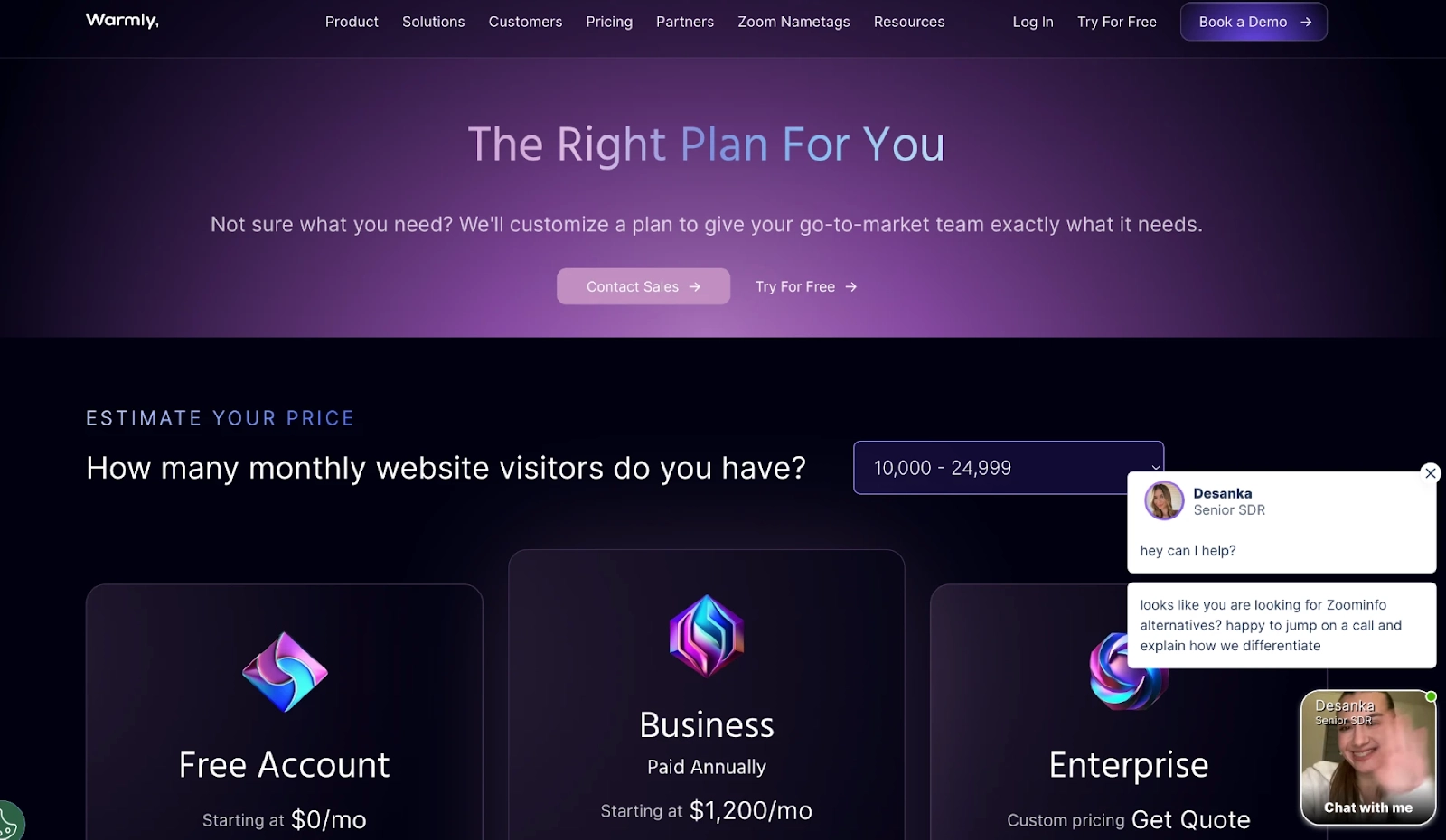
You can try it out here:
Feature #5: A B2B Prospect Database: Coldly
Warmly’s Coldly, a database with 200M+ accounts and contacts, gives your sales team an excellent starting point for prospecting.
The database includes all the B2B data your sales reps need to make initial contact, including:
- Validated emails.
- Phone numbers.
- LinkedIn profiles.
Coldly also provides 25+ B2B filters and customizable data filters that you can set up, enabling your sales team to build highly targeted prospect lists in a few seconds.
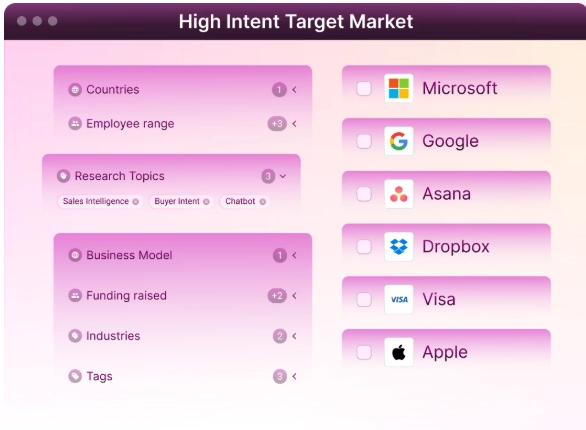
Coldly also has a browser extension that lets you scrape essential B2B contact data from any source on the web, including LinkedIn profiles, company websites, etc.
Your enterprise sales team will have both accurate contact data and the right tools to pick up buyer intent signals and set up workflows on top of them.
Warmly’s Integrations
Warmly integrates with a wide range of CRMs and sales platforms, including:
- HubSpot CRM.
- OpenAI.
- Slack.
- Apollo.
- Outreach.
- Demandbase.
- RB2B.
- Clearbit.
- People Data Labs.
- And more.
💡 For example, you can combine Warmly’s visitor identification software with HubSpot to alert your sales team the moment a known prospect arrives on the site.
With the HubSpot browser cookie, you can prioritize conversations with the leads who have shown the most engagement with your HubSpot campaigns.
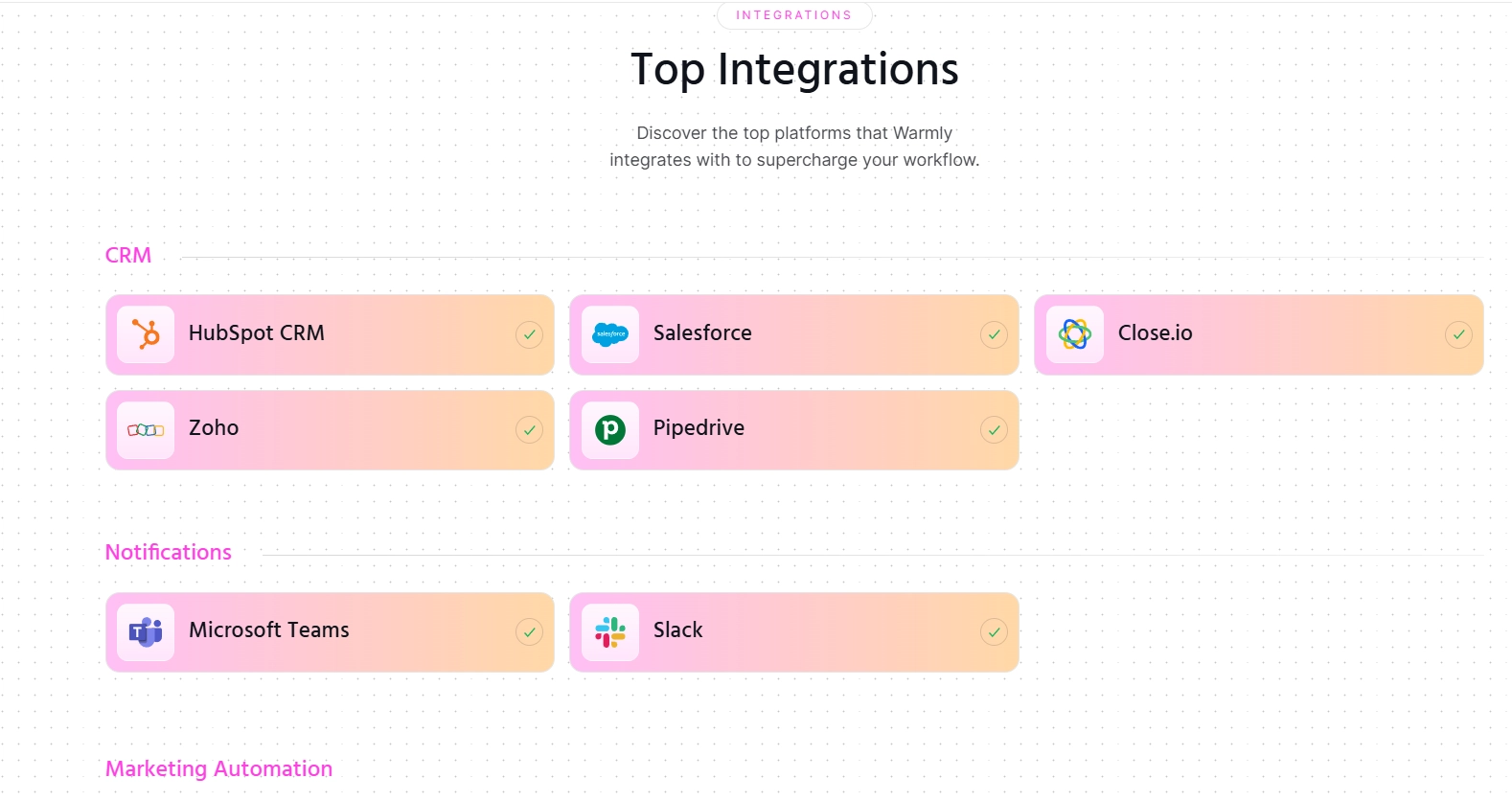
In addition to deep integrations with several lead intelligence platforms, Warmly provides a Warm Bundle: partner discounts for over 25 sales, marketing, and GTM tools.
This way, your team can access many relevant tools and combine them with Warmly at a fraction of their usual price.
Pricing
Warmly’s pricing is modular and component-based.
You can choose the components that best match the needs of your business, as components are priced by output and not just by a monthly fee.
There are 3 paid product plans that you can choose from:
- AI Data Agent (Starts at $10,000/yr), which includes 5,000 credits, person-level web visitor de-anonymization (RB2B + Vector data), CRM integration, and access to our Coldly Contact Database.
- AI Inbound Agent (Starts at $16,000/yr), which includes all AI Data Agent features, 10,000 credits, Intent-powered pop-ups (Warm Offers), AI chatbot & live video chat, and lead routing.
- AI Outbound Agent (Starts at $22,000/yr), which includes 10,000 credits, automated signal-based outbound orchestration, email automation, LinkedIn automation, and email warmup.
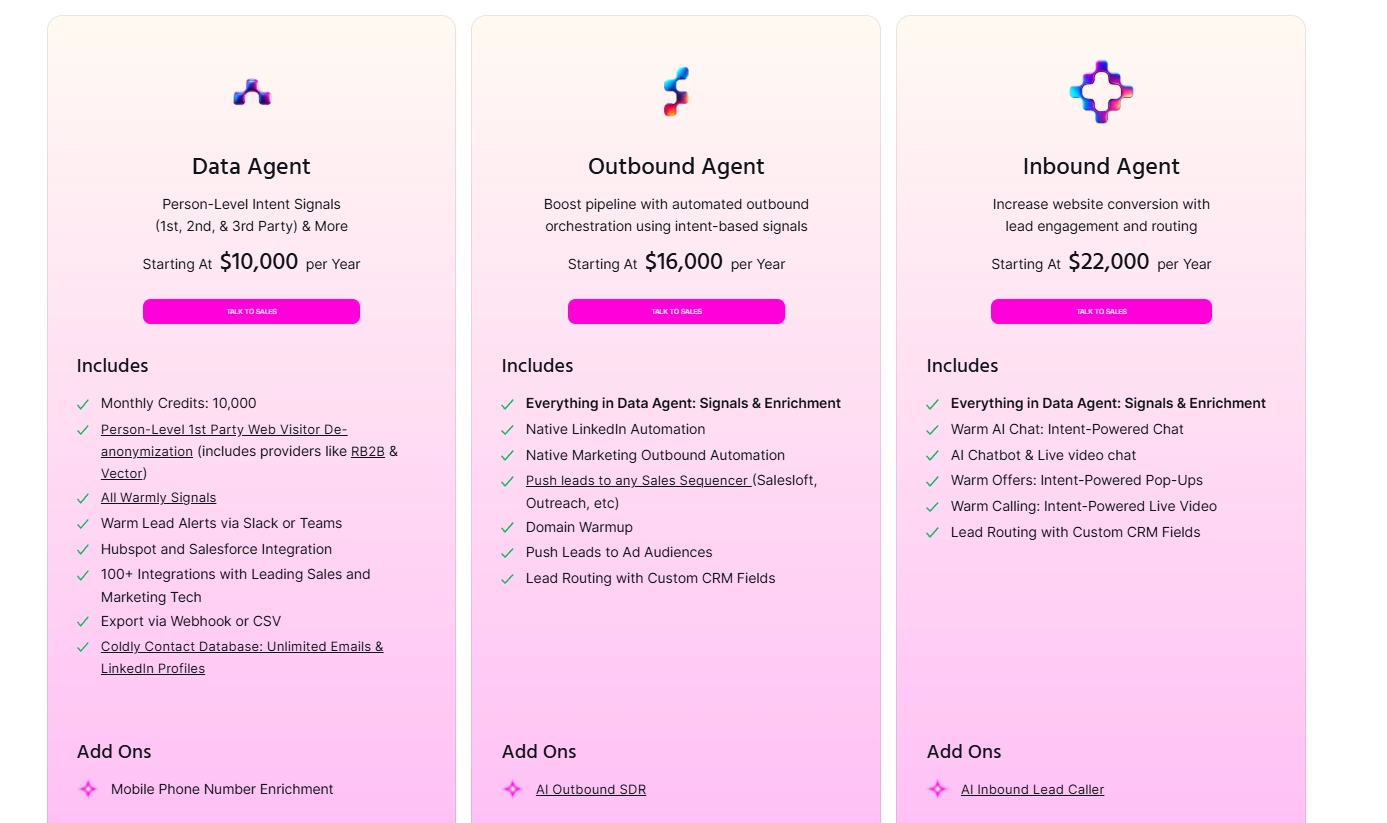
Monthly credits on Warmly are used to track and engage with potential leads.
For example, each interaction or engagement with a lead will use up one credit, such as when you engage with a lead through email or LinkedIn.
➡️ Warmly’s pricing is ideal for larger SMB and MM companies with a growing or mature GTM motion with SDR, sales, and marketing functions.
Pros & Cons
✅ Identifies companies and individuals visiting your website.
✅ Enriches each identified lead with detailed B2B intelligence and reveals intent data.
✅ Versatile sales orchestration options.
✅ Live sales engagement capabilities.
✅ Reveals who your hottest prospects are right now.
❌ Pricing is modular.
#2: Cognism
Best for: Sales teams looking for GDPR-compliant contact data and intent-driven lead generation.
Similar to: 6sense.
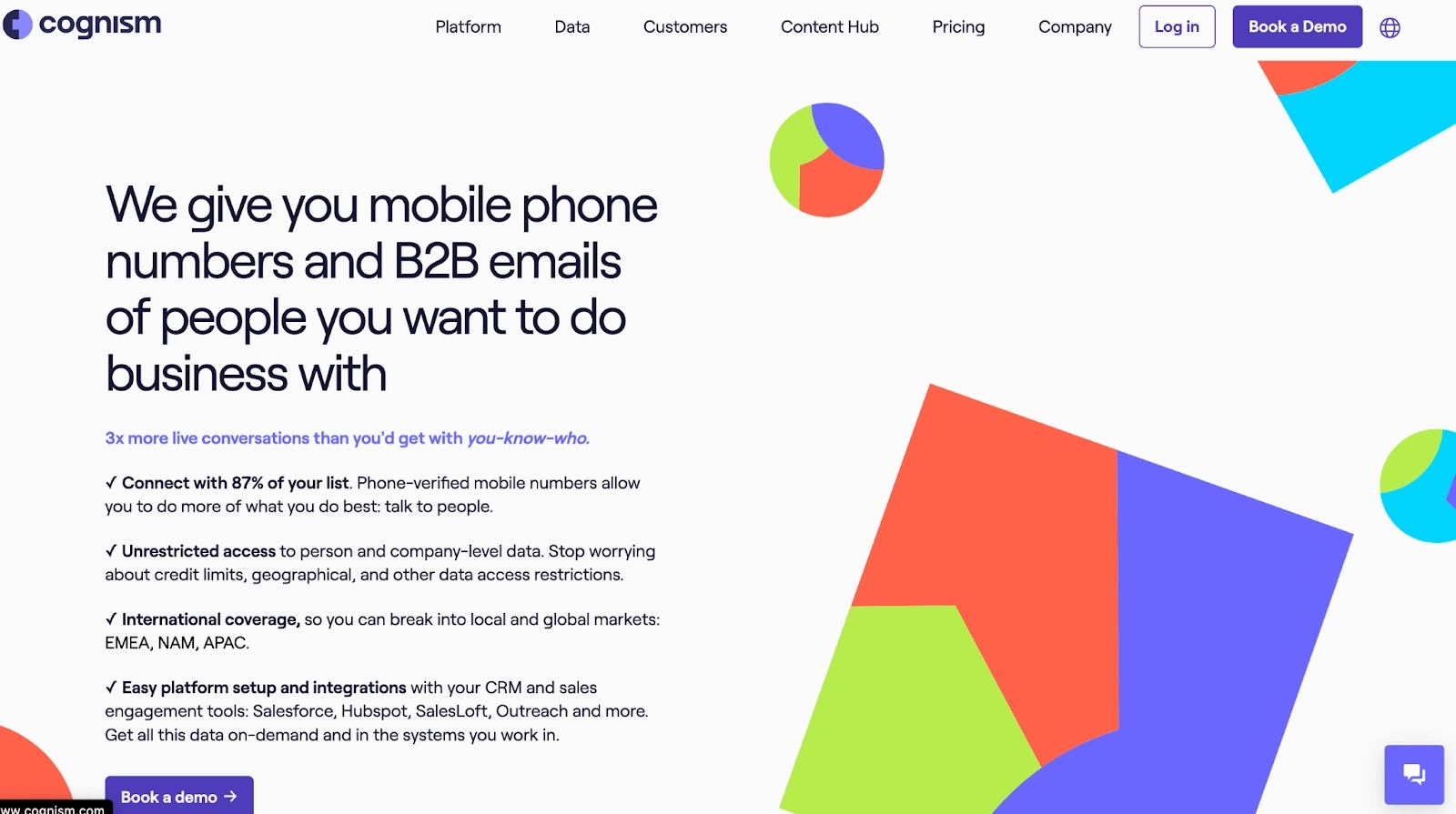
Cognism gives sales reps fast, compliant access to high-quality B2B contact and intent data so they can find, research, and reach decision-makers much faster.
Its AI prospecting tools surface company summaries and call openers so reps spend less time researching and more time engaging.
Features
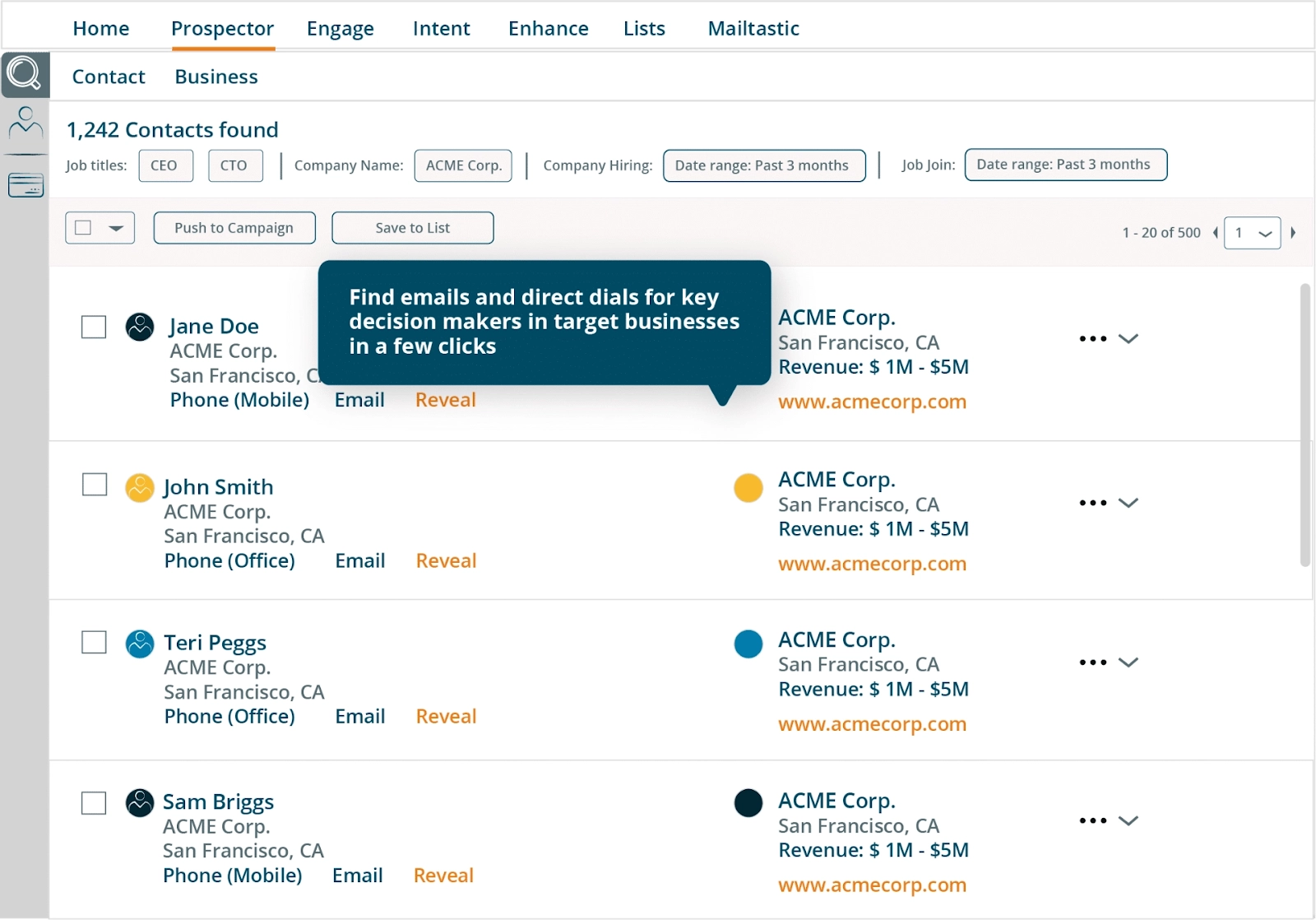
- Use AI-powered sales prospecting to type your search directly into the search bar and get a list of ICP-fit accounts.
- GDPR-compliant global contact enrichment and firmographic filters.
- You’ll be able to get intent data for buyers actively searching for solutions like yours, enriched with the most up-to-date and complete contact data.
Pricing
Cognism offers two premium plans, Platinum and Diamond, with custom pricing. Connect with their sales team to get a quote.
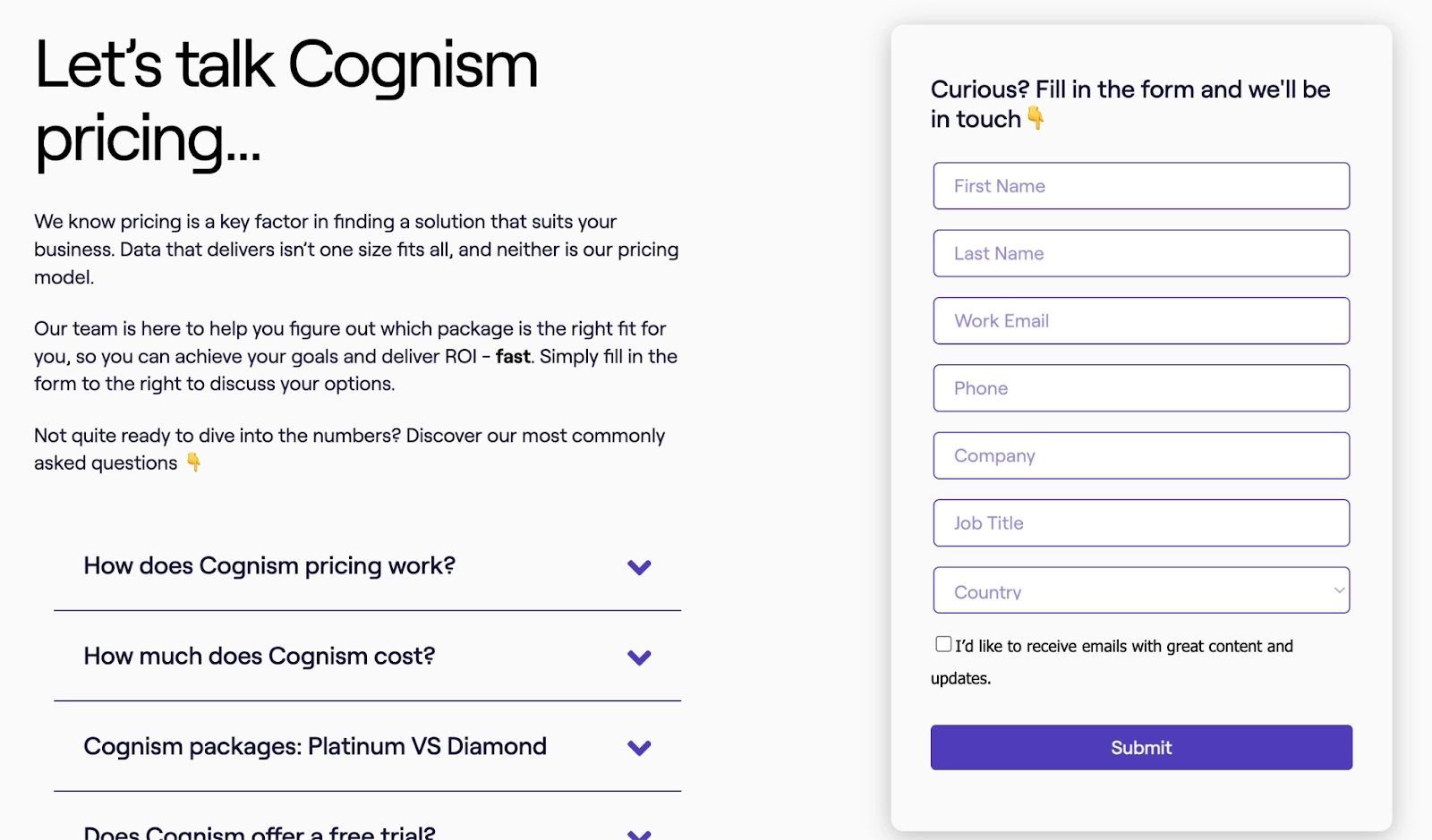
Pros & Cons
✅ You’ll get access to global data without geographical restrictions.
✅ Get data for buyers actively searching for solutions like yours.
✅ Customers frequently praise the quality of Cognism's customer support.
❌ Most app integrations are possible via Zapier and not native to Cognism, which is why some customers have been looking for Cognism alternatives.
❌ Limited intent data when compared to other platforms on the market.
#3: Common Room
Best for: GTM teams that rely on community and product signals to drive expansion and targeted outreach.
Similar to: Warmly.

Common Room centralizes buyer signals from communities, product usage, and intent sources to give reps a person-first view of who’s most likely to convert and when to engage.
The platform combines signal capture with workflow automation so sales reps can trigger plays and outreach exactly when an account shows buying behavior.
Features

- Unified signal capture and person-level engagement scoring that feeds timely playbooks and outbound triggers.
- AI lead scoring helps you prioritize surging accounts.
- Lets you set up automated workflows triggered by specific signals.
Pricing
Common Room has three pricing tiers:
- Starter: Starting at $999/mo, includes 2 seats, up to 35k contacts, unlimited alerts, workflows, and segments.
- Team: Starting at $1,999/mo, includes 3 seats, up to 100k contacts, and everything in Starter.
- Enterprise: Custom price, up to 10 seats, 200k contacts included, all integrations, and everything in Team.

Pros & Cons
✅ Options for setting up automated workflows and GTM sales plays.
✅ Tracks intent signals across the web.
✅ User-friendly interface that users are happy with.
❌ Annual billing only.
❌ Limited customization options.
#4: Factors AI
Best for: Demand-gen and ABM teams that want to turn intent signals into prioritized, actionable account lists.
Similar to: Warmly, Common Room.

Factors AI uses AI to identify anonymous site visitors, aggregate intent across channels, and build dynamic account lists so sales reps can focus on the accounts most likely to convert.
The tool also automates activation (i.e., email/LinkedIn) and provides attribution so your sellers can see what’s actually moving pipeline.
Features

- AI-powered account identification and intent aggregation that surfaces high-engagement accounts and automates outbound workflows.
- Funnel analysis that maps out the entire customer journey and lets you track how leads progress through the pipeline, identify touchpoints, and detect bottlenecks.
- Improve LinkedIn targeting and messaging with refined audiences, intent-based campaigns, automated optimizations, and measuring ROI.
Pricing
Factors AI has a free forever plan that lets you identify up to 200 companies visiting your website per month.
It also provides customer journey timelines, starter GTM dashboards, up to 5 segments and 20 custom reports.
If you need access to more versatile features, there are three paid plans to choose from:
- Basic: $549/mo, which includes 5 seats, 3000 identified companies, advanced GTM dashboards, advanced website analytics, custom metrics and KPIs, and more.
- Growth: $1,299/mo, includes up to 10 seats, 8000 identified companies, LinkedIn attribution, ABM analytics, account scoring, etc.
- Enterprise: Custom pricing, up to 25 seats, custom number of identified companies, multi-touch attribution (campaigns, content, offline events & more), up to 15 alerts on Slack / MS Teams, etc.

Pros & Cons
✅ Automatic lead scoring and qualification that can help you do ABM at scale.
✅ A good range of integrations when compared to alternatives.
✅ Intuitive interface, according to customers of the tool.
❌ There are some reported issues with capturing and accurately identifying website leads, which is why some people have been looking for Factors AI alternatives.
❌ Multi-touch attribution is available only on its top pricing tier.
#5: HeyGen
Best for: SDRs who want to scale personalized video outreach and demo snippets.
Similar to: VEED.
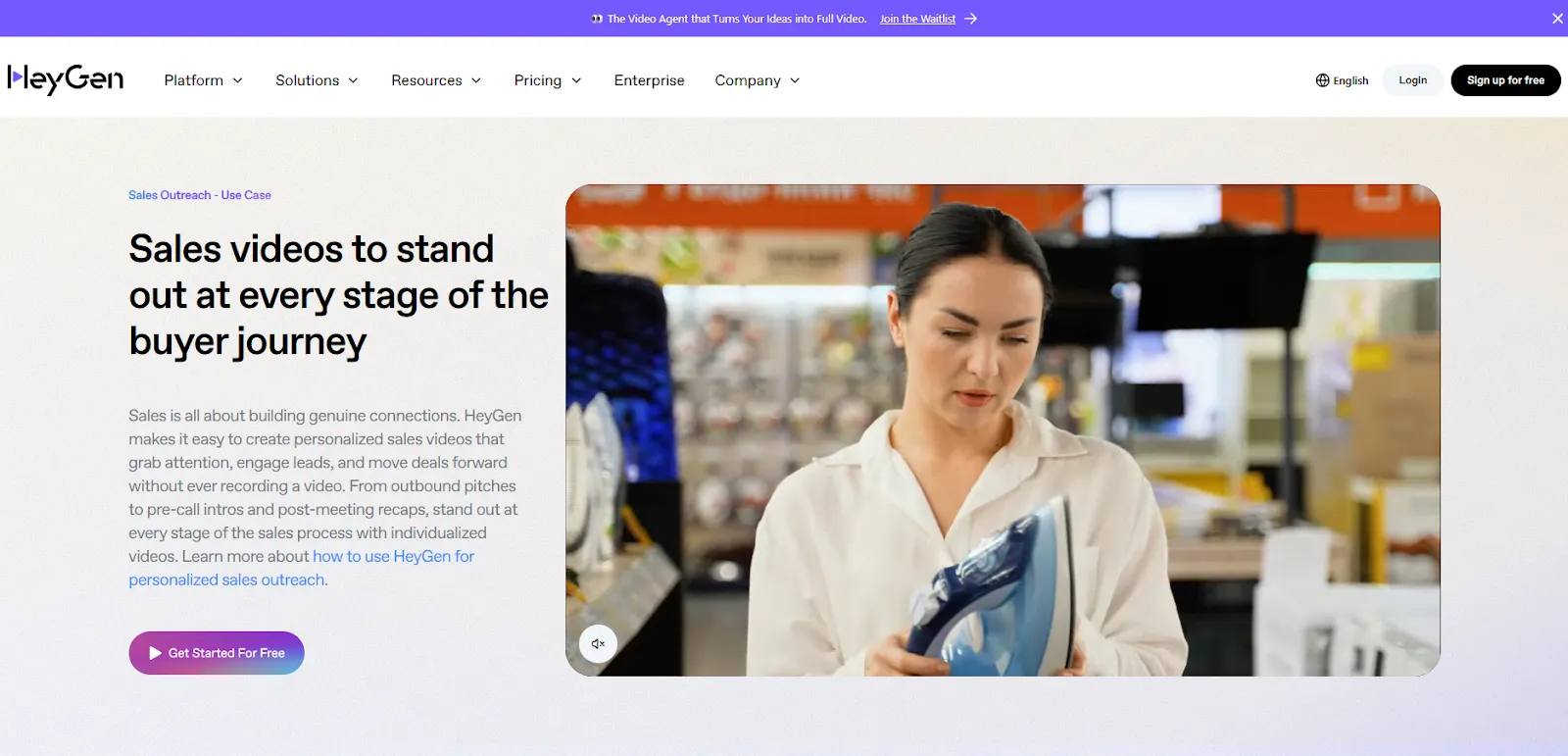
HeyGen helps sales reps create scalable, personalized sales videos and AI avatars without studios, so your outreach stands out and speeds up demo/qualification.
The reason why I decided to include HeyGen in this list is that you can increase your engagement and make follow-ups more human and memorable.
Features
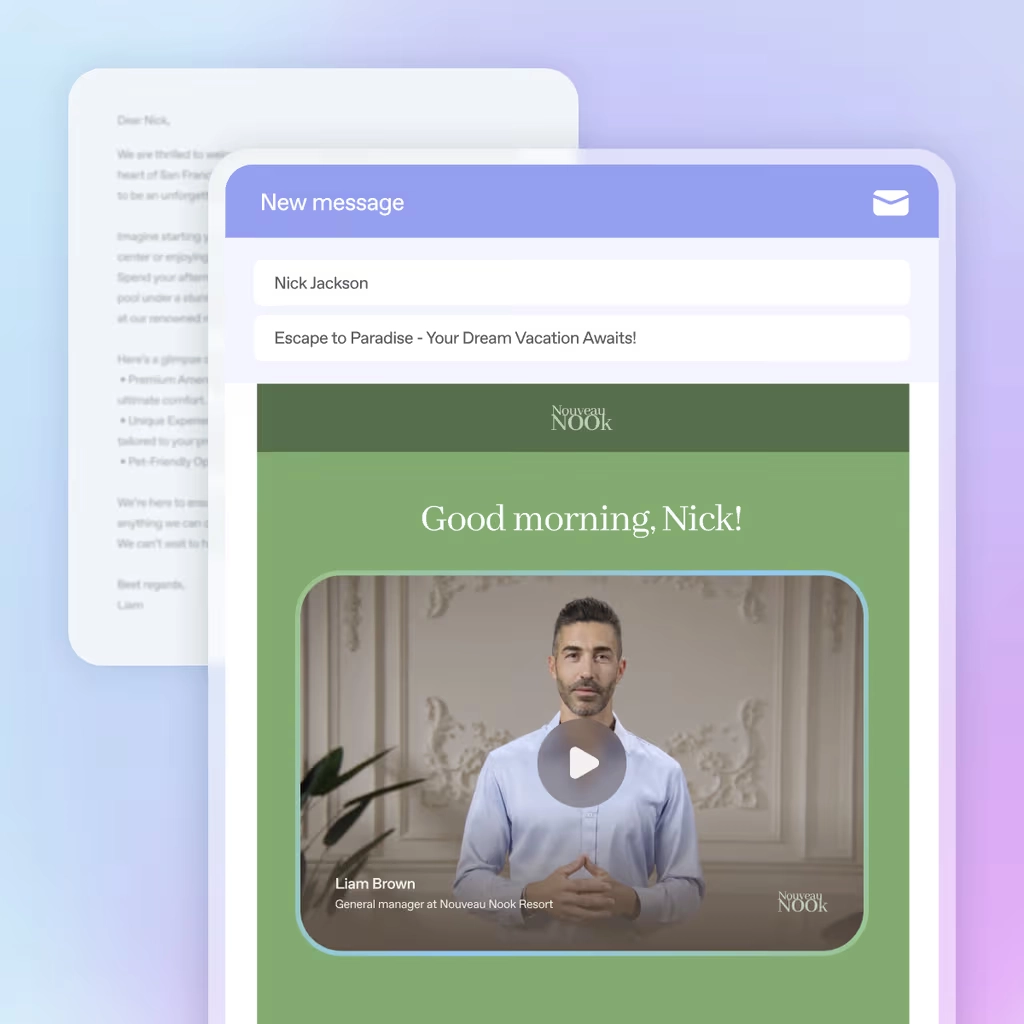
- You’ll be able to personalize a video you take for every contact in your prospect list in seconds.
- Create personalized follow-up sales videos that highlight key points, answer questions, and build trust with your prospects.
- Offers interactive avatars that can answer your prospects’ questions, mimicking genuine human interaction.
Pricing
HeyGen has a free plan that lets you generate up to 3 personalized videos of up to 3 minutes.
For more videos, increased video length, and additional features, subscribe to one of three plans:
- Creator: $29/mo, which includes unlimited videos of up to 5 mins.
- Team: $89/mo/seat, which includes unlimited video of up to 30 mins, and more features for teams, such as brand kits.
- Enterprise: Custom pricing, which includes unlimited videos, unlimited video duration.
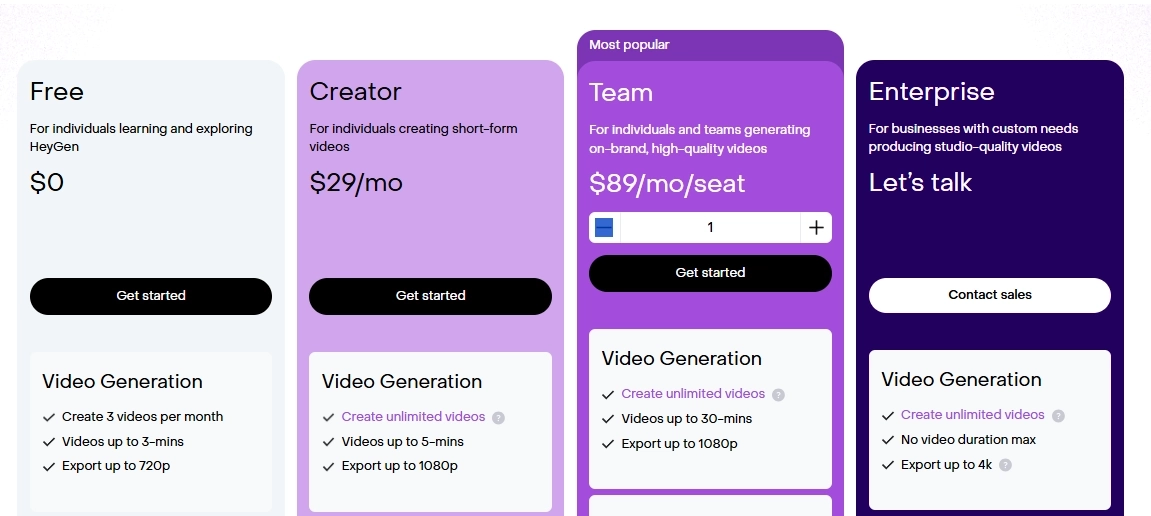
Pros & Cons
✅ Comes with pre-built templates to get started in minutes.
✅ Combine HeyGen with LandingRabbit to scale 1:1 ABM with personalized videos.
✅ Video translation capabilities.
❌ Video duration is significantly limited on the two lower tiers.
❌ Issues with avatars, such as poor lip sync, glitches, etc.
#6: Exceed AI
Best for: Automating lead engagement, qualification, and lead nurturing with an AI chatbot.
Similar to: Drift.

Exceed AI offers an AI-powered sales and marketing platform that’s been designed to automate lead capturing, qualification, and nurturing.
By engaging prospects in personalized conversations via an AI sales chat, the tool ensures timely follow-ups and seamless handoffs to your sales reps.
How Does Exceed’s AI Sales Chatbot Work?
Exceed AI’s chatbot acts as a 24/7 virtual assistant for your visitors, running around the clock to manage the earliest stages of lead engagement.
As soon as a prospect enters your website, the AI jumps into action, initiating personalized conversations via a chatbot, responding to questions, and offering relevant information.
➡️ It then qualifies each lead by asking targeted questions based on your custom criteria, ensuring that only high-potential prospects move forward.
For those not quite ready to buy, the AI tool continues the conversation through thoughtful, timely follow-ups, nurturing interest until the lead is sales-ready and then hands it off to human sales reps.

Pricing
Exceed AI doesn’t publish its pricing, which means that you’ll have to contact its sales team for details.

Pros & Cons
✅ Accurate lead qualification via conversational AI in chat.
✅ Native CRM integrations continuously update and enrich your CRM records.
✅ Coordinates and books meetings directly into sales representatives' calendars.
❌ Difficult initial setup, according to users of the platform.
❌ The tool is reportedly quite expensive.
#7: OneShot AI
Best for: End-to-end AI-powered outbound execution that combines automation with human expertise.
Similar to: Apollo.

OneShot AI offers a sales execution platform that combines AI agents with on-demand human experts to automate and manage outbound prospecting tasks.
The platform handles the entire sales process, from lead research to personalized messaging and campaign deployment.
Features

- OneShot AI creates and deploys custom AI agents for various tasks, including prospect research, message personalization, and performance optimization that work alongside human experts for optimal results.
- Includes a broad network of GTM experts from various areas that are vetted and chosen by AI agents based on their expertise and looped into specific workflows to ensure human oversight.
- Integrates with popular CRMs like Salesforce, HubSpot, and Outreach to ensure seamless data sync and workflow continuity.
Pricing
OneShot offers three pricing tiers that you can choose from:
- AI Sidekick: Includes 300/1,000 message generations per month, AI-powered research and hyper-personalized emails, basic AI assistance, and some CRM integrations.
- Scaled Research & Messaging: Includes 2,000 message generations per month, all AI Sidekick features, plus custom prompting and workflow automation.
- Fully Autonomous Prospecting 24/7: $1,995/month, which includes 2,000 fully autonomous leads per month, everything in Scaled Research, plus more advanced features, such as fully autonomous agentic AI automation.

Pros & Cons
✅ Combines AI automation with human expertise for comprehensive campaign execution.
✅ Supports multichannel outreach, increasing engagement opportunities.
✅ Access to a broad network of GTM experts from various areas.
❌ Limited customization when compared to alternatives.
❌ High set-up complexity, according to users of the platform.
#8: HockeyStack
Best for: Product-led growth and RevOps teams that need better revenue attribution and account prioritization.
Similar to: Attio.
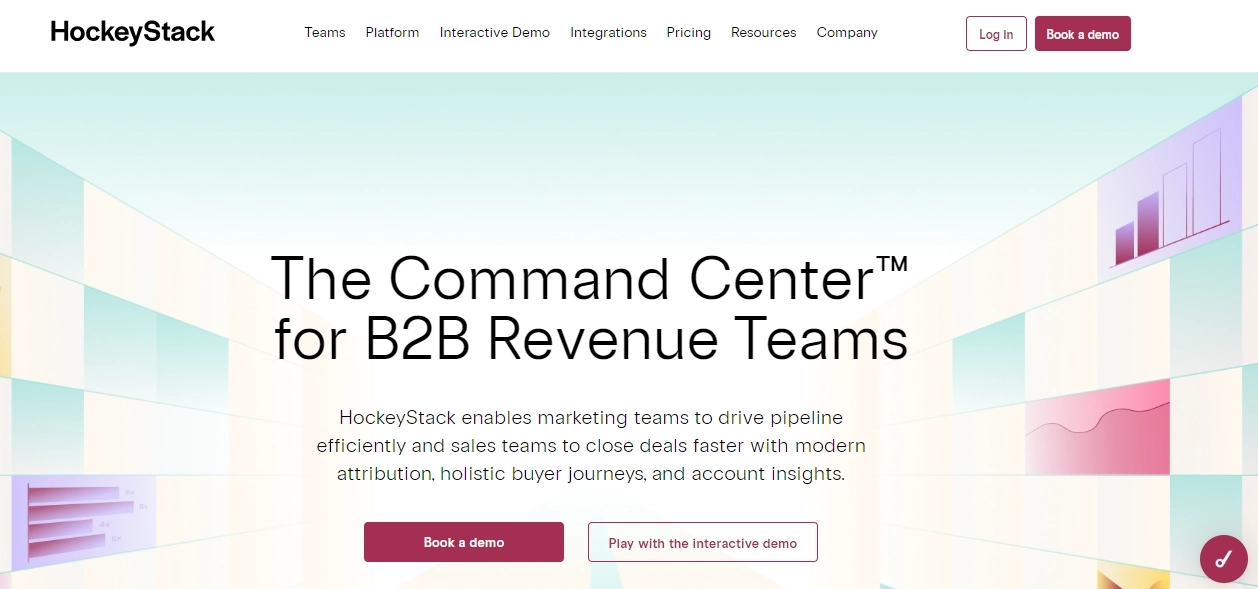
HockeyStack ties product analytics, marketing attribution, and account intelligence together so reps can see which user behaviors lead to revenue and prioritize accounts for expansion or churn prevention.
By mapping journeys to closed revenue, your sales reps will get clearer, data-driven next steps.
Features
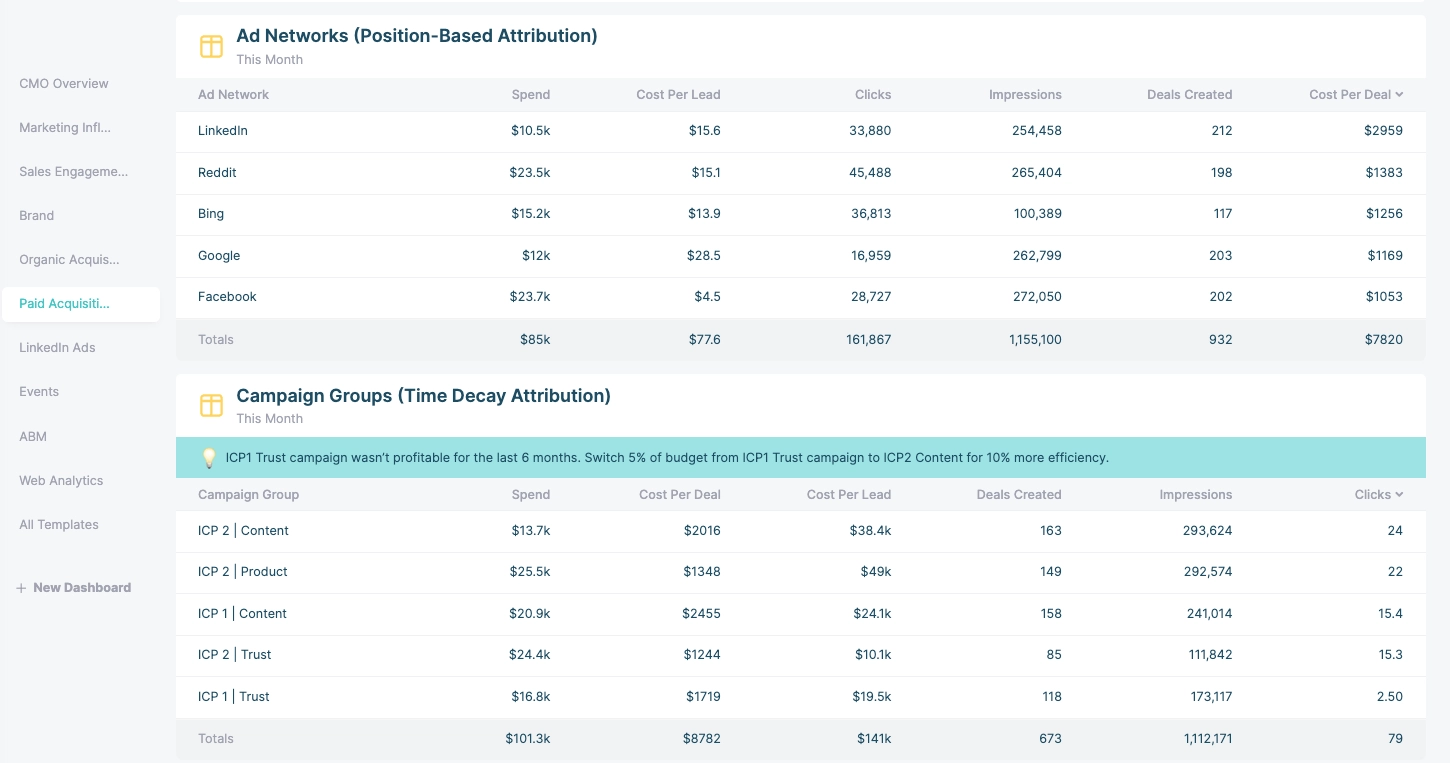
- Revenue attribution and account intelligence that maps user behavior to pipeline and closed-won outcomes.
- Tracks the entire buyer journey across multiple touchpoints, matches each activity to revenue impact, and then uncovers the influence marketing efforts had on outbound sales.
- Uses AI models to measure, forecast, and predict contributions of individual sales activities across channels.
Pricing
HockeyStack no longer offers transparent pricing, so you’d have to contact their team for a demo to get a quote.

Pros & Cons
✅ Strong marketing and sales analytics and forecasting features, making it an excellent choice for any B2B MarTech stack.
✅ Provides powerful insights that enable GTM teams to make data-driven decisions.
✅ AI analyst for data analysis and report building.
❌ The tool’s pricing is no longer transparent.
❌ Slow loading time for reports, according to user reviews, which is why some users have been looking for HockeyStack alternatives.
#9: Fireflies
Best for: Sales reps who want to eliminate manual note-taking and get shareable meeting summaries.
Similar to: Otter AI.

Fireflies offers an AI-powered platform that records, transcribes, summarizes, and analyzes meetings with your prospects.
I included this tool because your sales reps can dive deeper into the different conversations with leads, get summaries, and keep track of action items for their next conversation.
Features

- Transcribes and summarizes meetings across Zoom, Google Meet, Teams, and other platforms and takes notes that highlight key moments.
- 1-click AI-powered meeting summaries and analyses provide instant insight into action items, tasks, questions, and other key metrics.
- You’ll be able to detect buyer sentiment, identify the talk-to-listen ratio, recognize critical topics, measure reps' sales performance, etc.
Pricing
Fireflies comes with a free forever plan with unlimited transcriptions, limited AI summaries, 800 minutes of storage per seat, and access to some of its basic features.
More advanced users can choose from three paid plans:
- Pro: $18/seat/month, which includes 8,000 minutes of storage/seat, talk-time analytics, AI apps, action items, and the ability to download transcripts, summaries, and recordings.
- Business: $29 per user per month, which adds unlimited storage, video recording, conversation intelligence, team analytics, and user groups.
- Enterprise: $39 per user per month, which adds rules engine, SSO, HIPAA compliance, private storage, custom data retention, and a transcript-only mode.
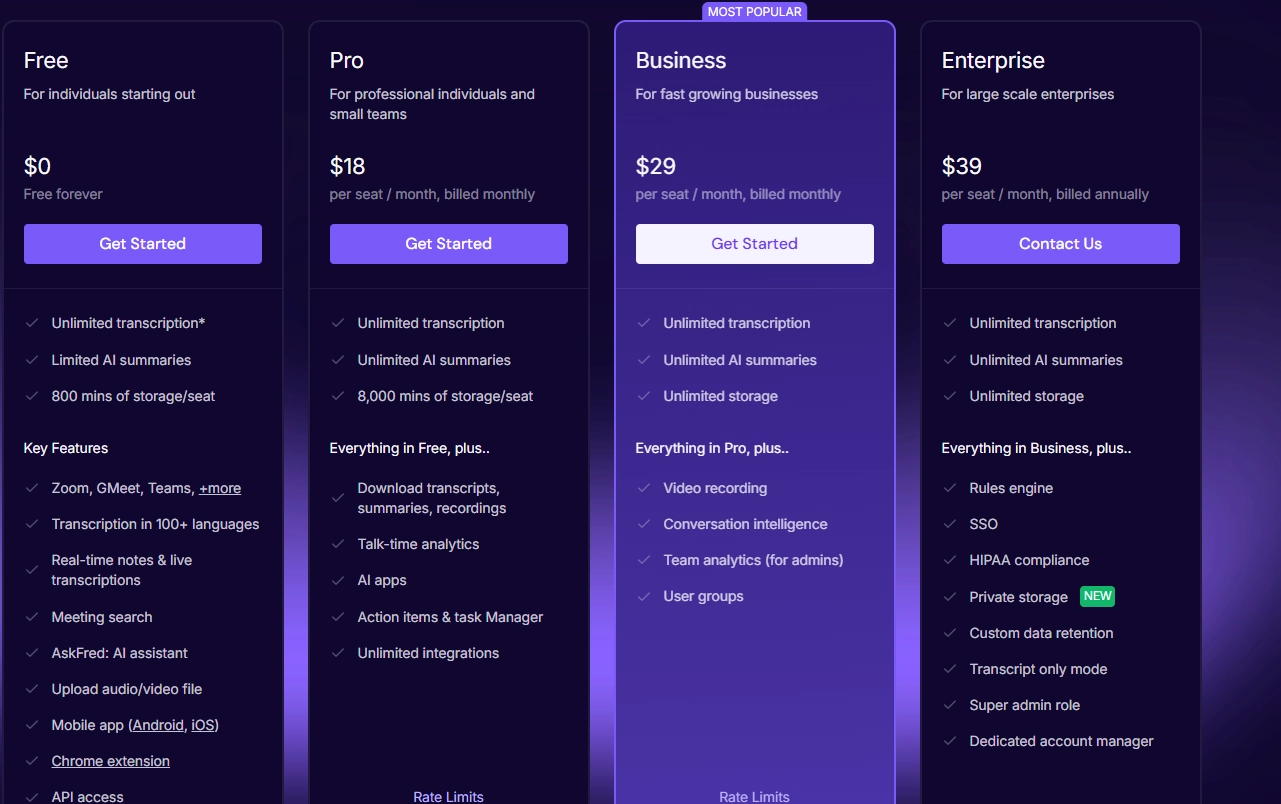
Pros & Cons
✅ Comes with a mobile app for on-the-go access.
✅ Affordable plans that become even more affordable when you pay annually.
✅ 1-click AI-powered meeting summaries that you can take away.
❌ You’ll have one more attendant in your sessions, as the tool sends a bot to join your meetings.
❌ There are reported issues with accurately identifying buyer sentiment.
#10: Clari
Best for: Enterprise sales teams that need accurate forecasting, deal inspection, and end-to-end revenue orchestration.
Similar to: Gong.
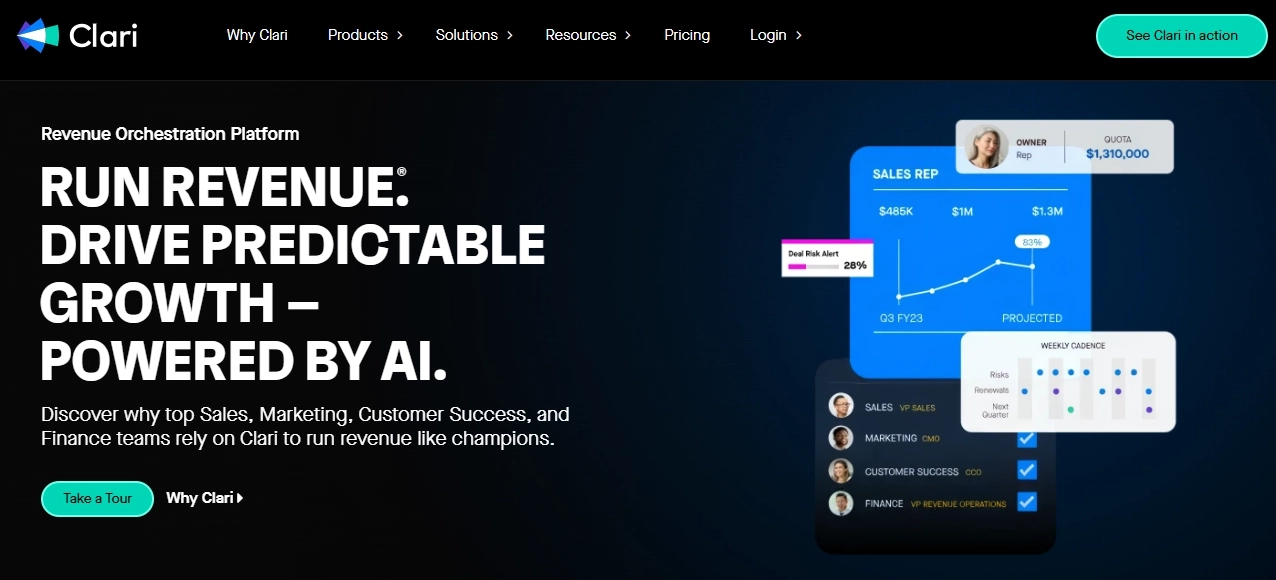
Clari is a revenue orchestration platform that gives reps real-time deal health, forecasting, and revenue context to prioritize actions that actually move quota.
The platform’s AI surfaces risks, next-best actions, and unified signals across the stack to improve forecast accuracy and win rates.
Features
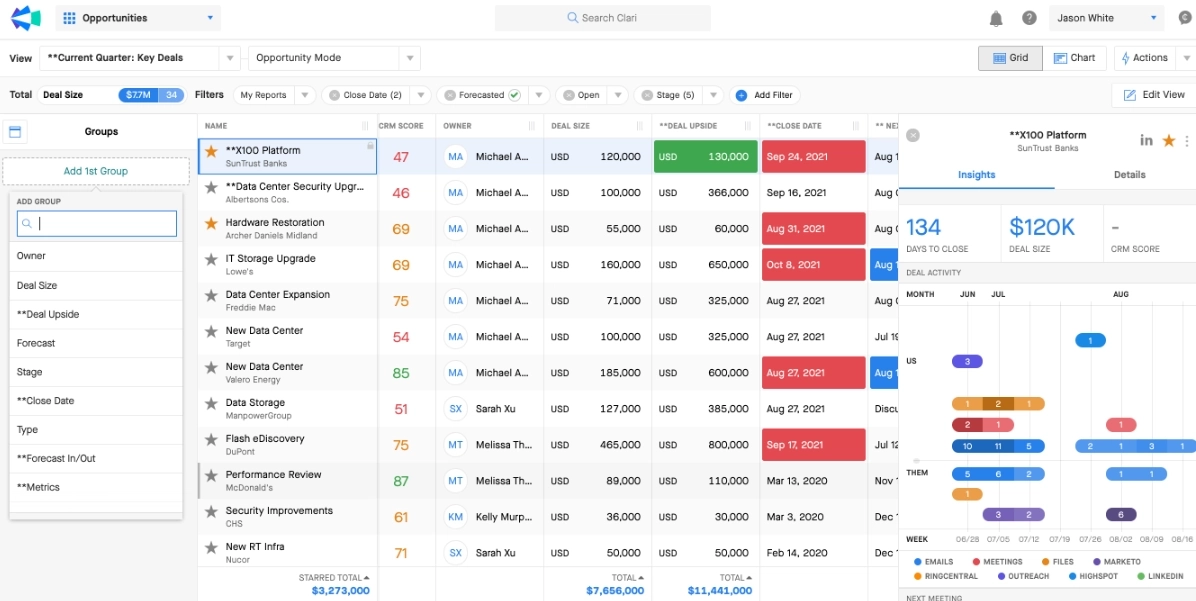
- AI-powered forecasting that lets you accurately predict revenue outcomes using machine learning models trained on your historical sales data.
- Deal inspection & health scoring that helps you see which deals are progressing, which are stuck, and why, using engagement signals like emails, calls, and meeting frequency.
- Revenue leak detection, which identifies where deals (or prospects) are falling through the cracks so teams can intervene early and rescue pipeline opportunities.
Pricing
Clari doesn’t currently disclose its price or information about any distinct product packages, which means you will have to contact their team for a quote.
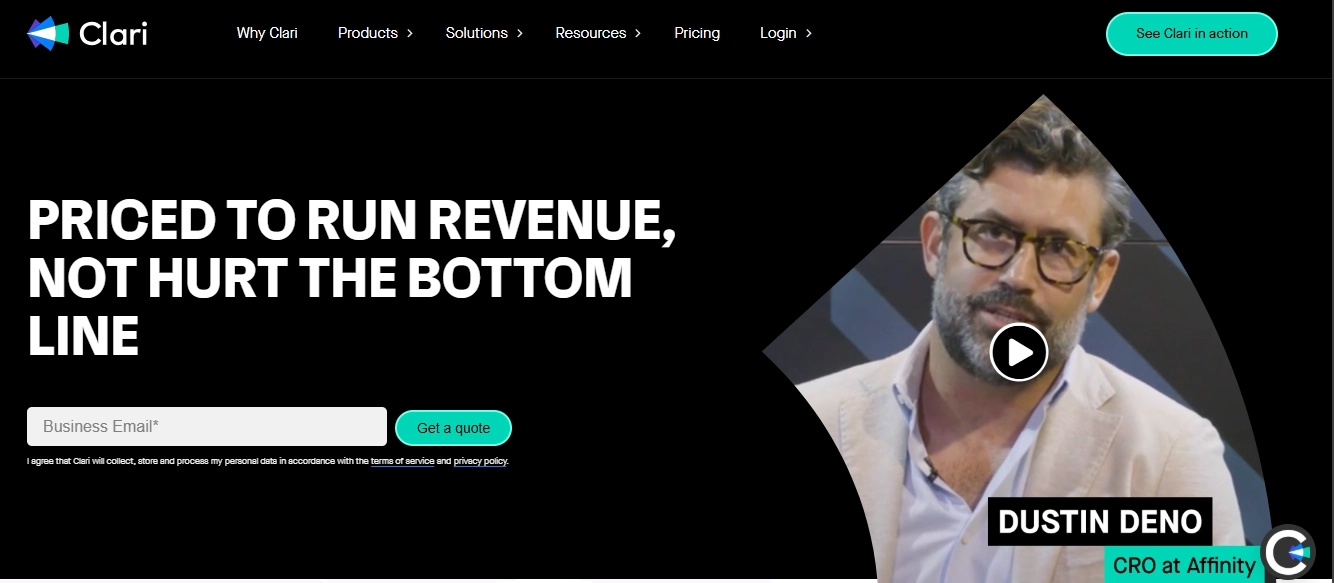
Pros & Cons
✅ Strong sales analytics and forecasting features.
✅ Provides AI-driven insights that help GTM teams make data-driven decisions.
✅ Native CRM integrations and user-friendly interface.
❌ The price can be high for SMEs.
❌ Some users report complex navigation and occasional bugs, which can affect usability.
Reach out to in-market prospects with Warmly’s signal-based intent and automation capabilities
That’s it from our list of the 10 best AI tools for sales reps looking to scale revenue operations.
Warmly stands out not only because it reveals website visitors and enriches 1st-, 2nd-, and 3rd-party signals, but also because it turns those insights into action with automated outreach triggers, AI chat, and live engagement.
This means your SDRs can connect with prospects at the exact moment they’re researching solutions and not after the opportunity has gone cold.
If your organization is serious about capturing demand the moment it surfaces, Warmly is one of the most intent-driven platforms available today.
Here’s what else you’ll get by signing up for Warmly:
- The ability to identify potential buyers by tracking their interactions with your website and getting insights into their interest level.
- A wide range of accurate prospect contact details, directly from the Coldly database, helping you reach the right people.
- Simplify your meeting process with automatic meeting scheduling that removes the back-and-forth, ensuring a frictionless booking experience.
- Automatically send leads to the right salesperson and notify them via Slack if a high-intent lead is active on your website.
- A Bombora integration that helps you proactively reach out to your warm leads and track who’s researching terms relevant to your product and brand, and get in front of them before your competitors do.
- Automate the search for high-potential prospects using AI technology, ensuring your sales team focuses on the right opportunities.
Book a live demo to see it in action.
Read More
- GTM Motion: Definitions, Best Practices & Examples - Learn everything that you need to know about the GTM motion, including best practices and examples.
- GTM Strategy & Planning: From 0 To Pipeline In 2025: Learn everything that you need to know about GTM strategy.
- 10 Best Social Selling Tools and Software in 2025 – Find out about the best social selling tools on the market to help you spark conversations that lead to a warm pipeline.
- GTM Intelligence: Definitions, Use Cases & Software [2025]: Learn everything you need about GTM intelligence, including definitions and use cases.
- AI for RevOps: Best Use Cases & Software: Learn everything you need to know about AI for RevOps in 2025, including the best use cases and software.
- 10 Real-Life Examples of Sales Chatbots In Action: I've cherry-picked 10 case studies of sales chatbots to show you their effectiveness in 2025.

%201.avif)


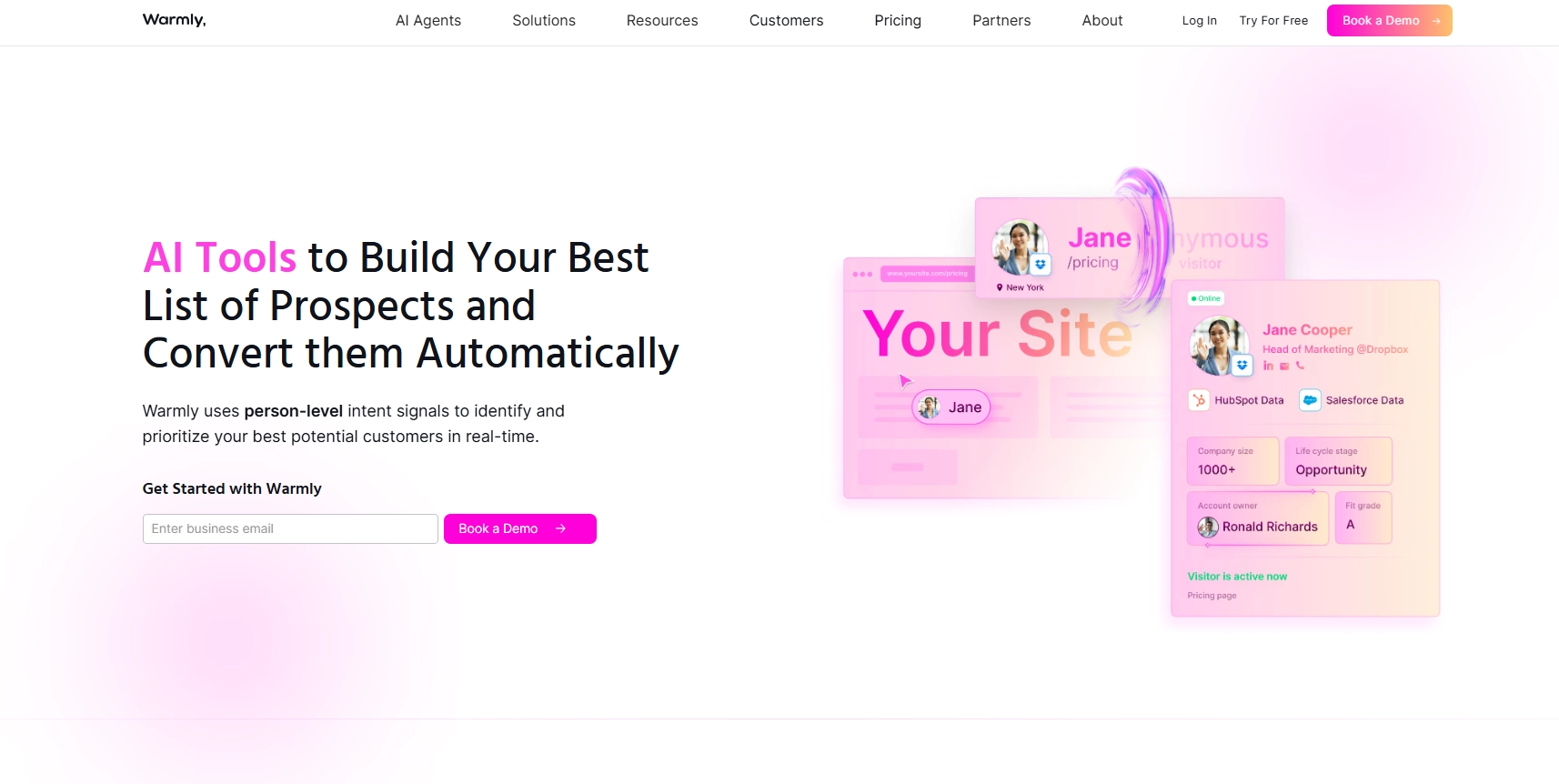
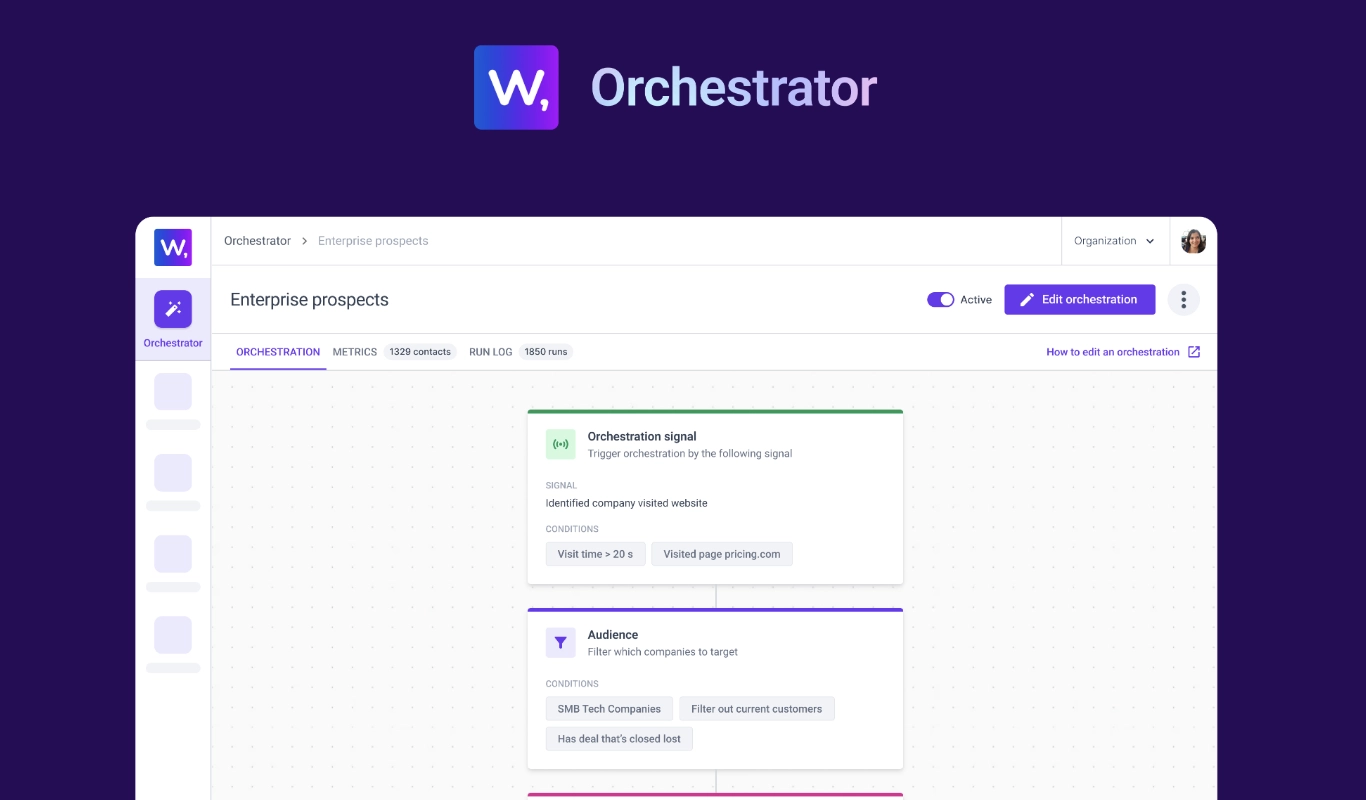



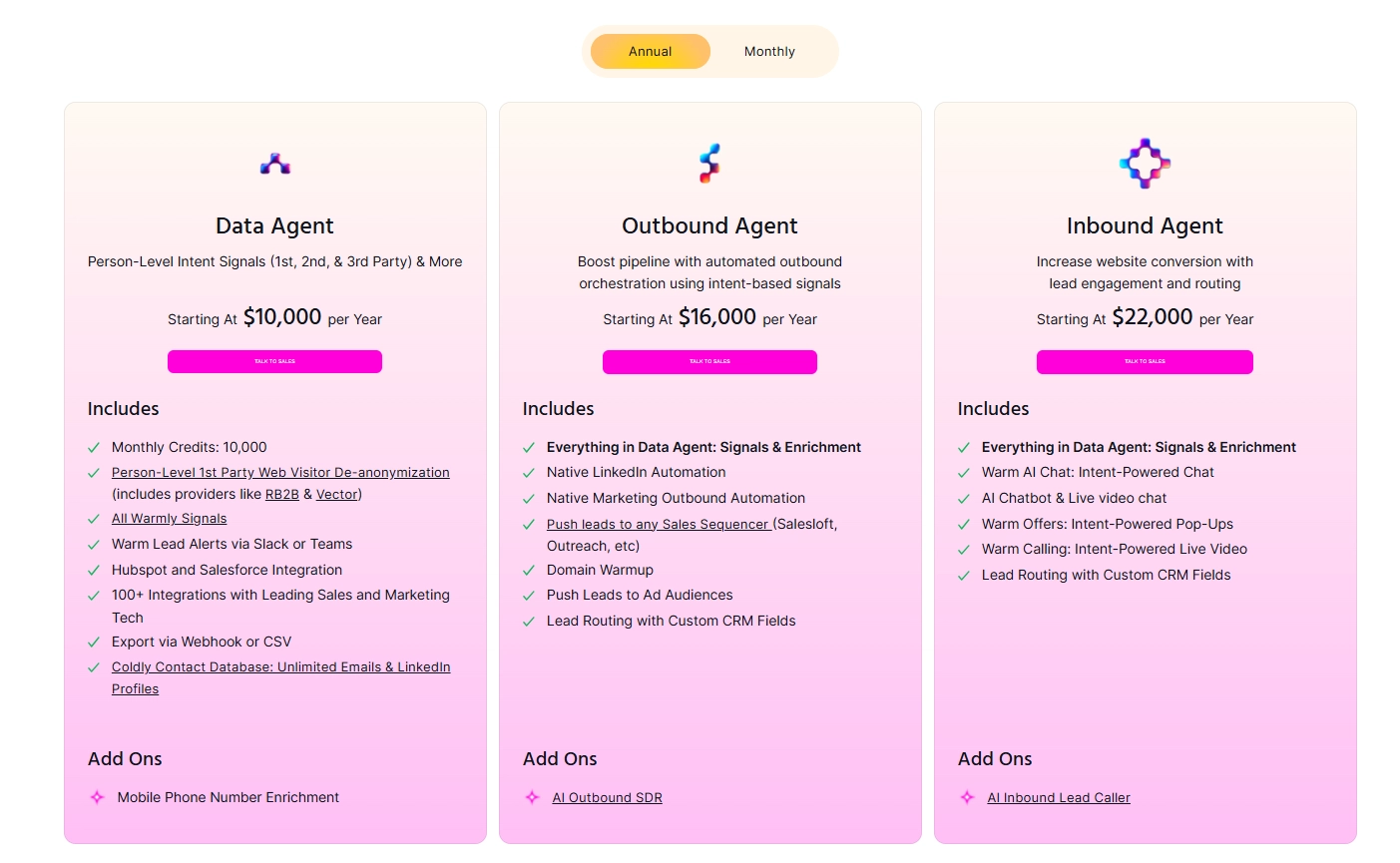
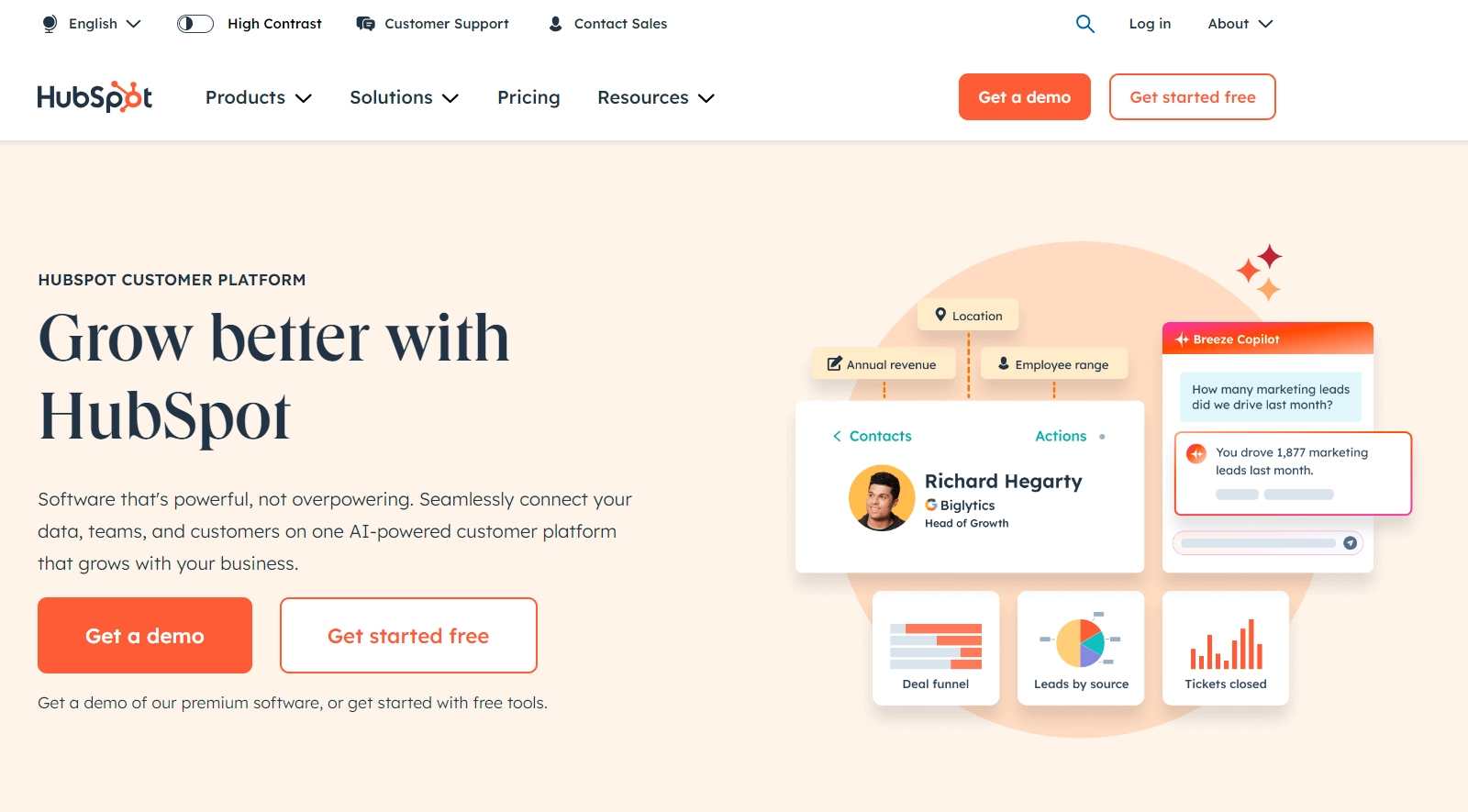
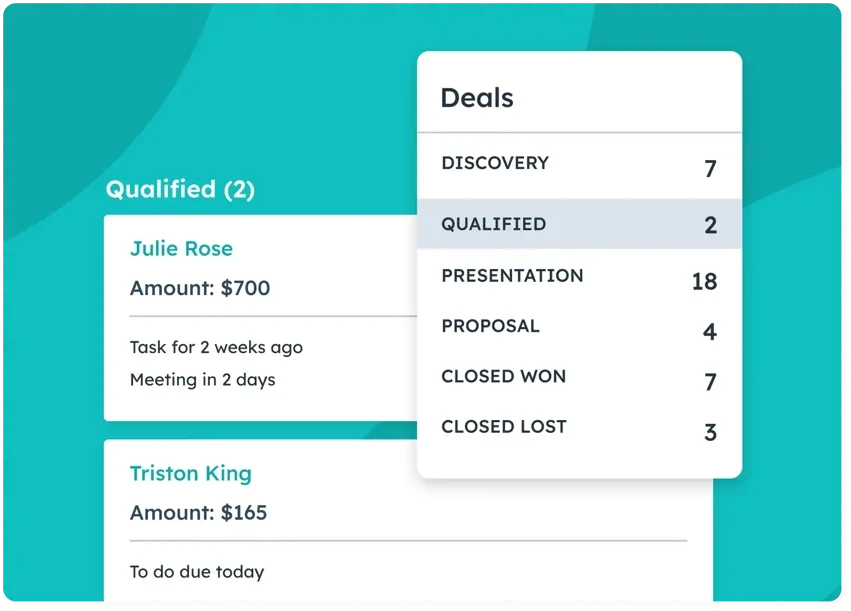
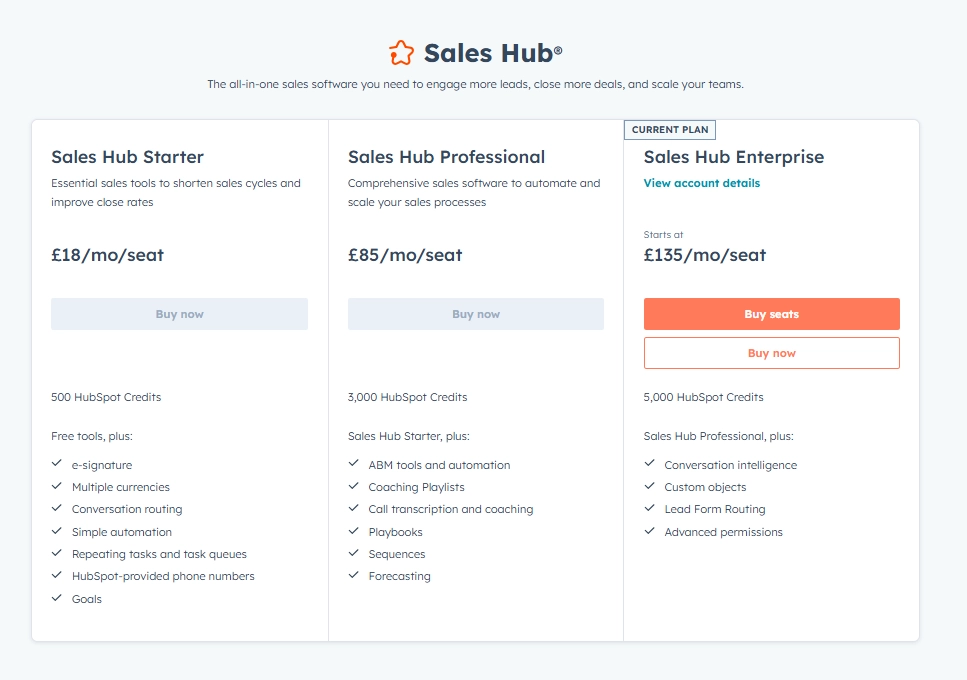
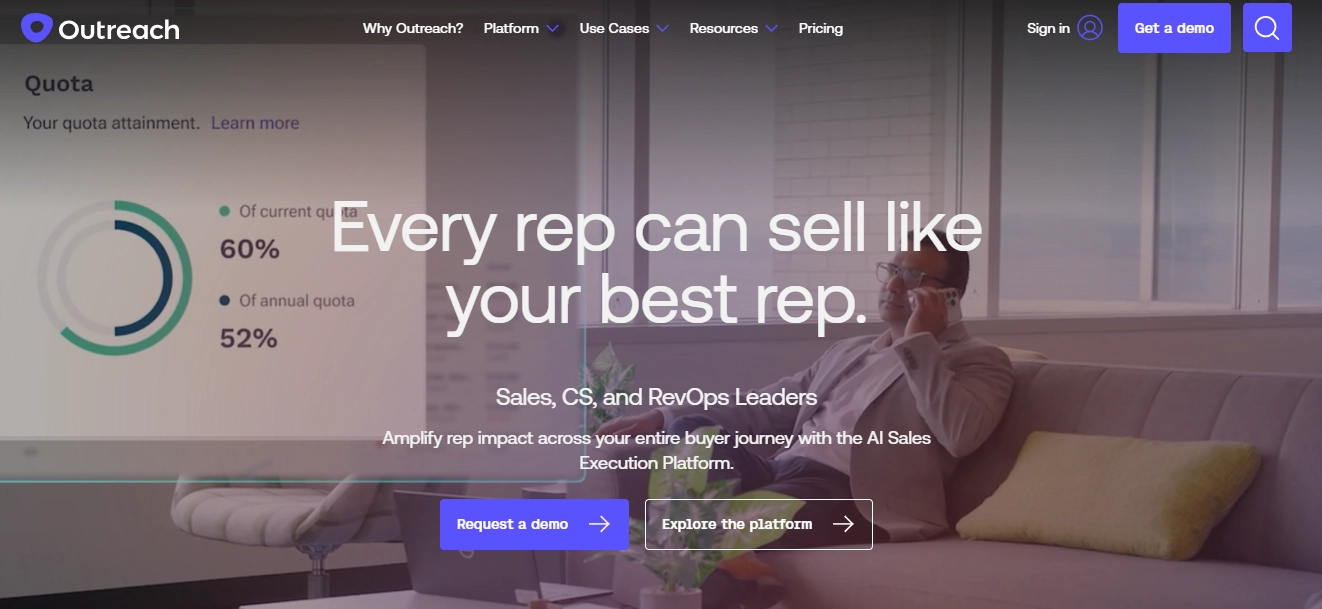


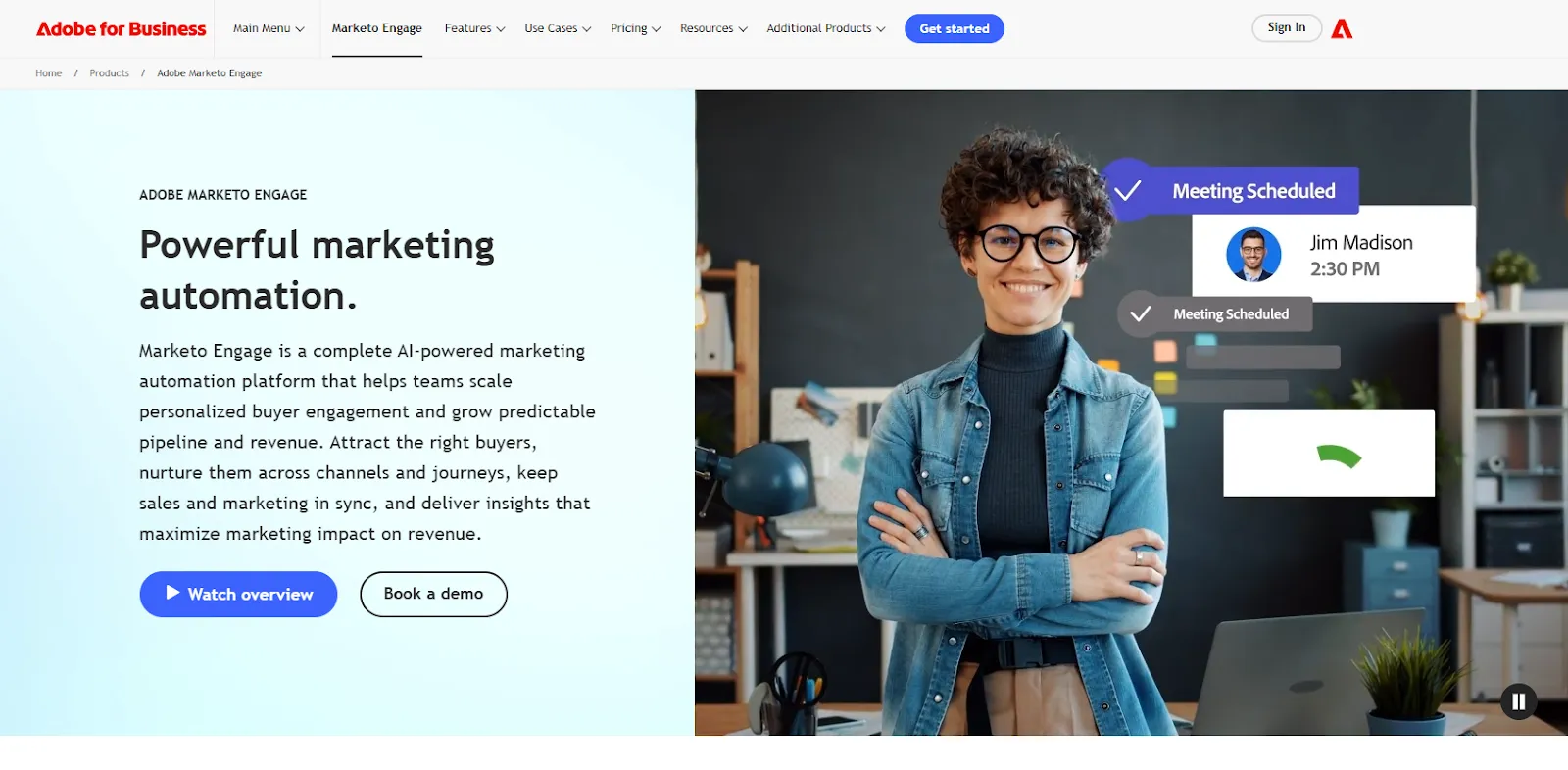
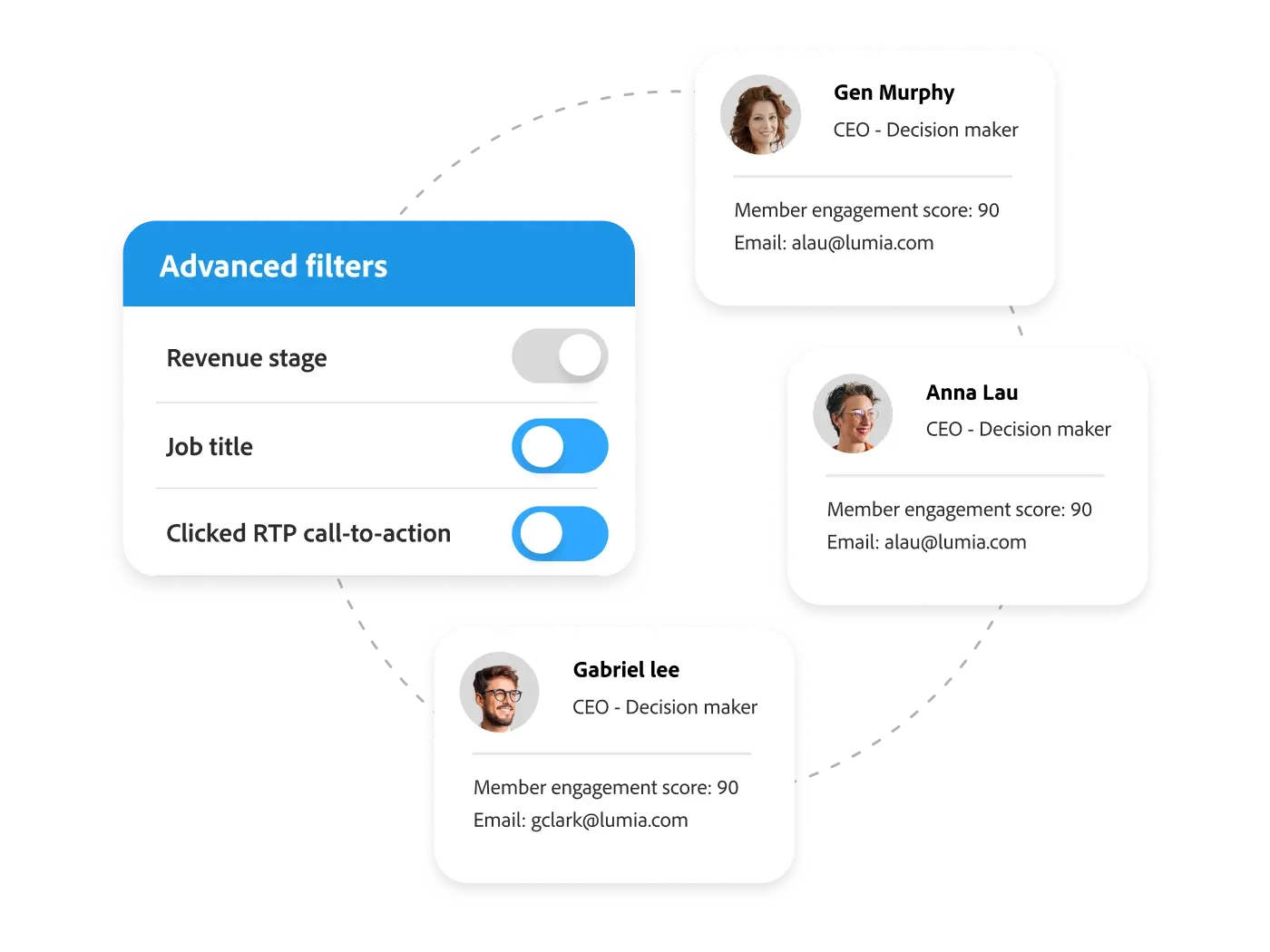
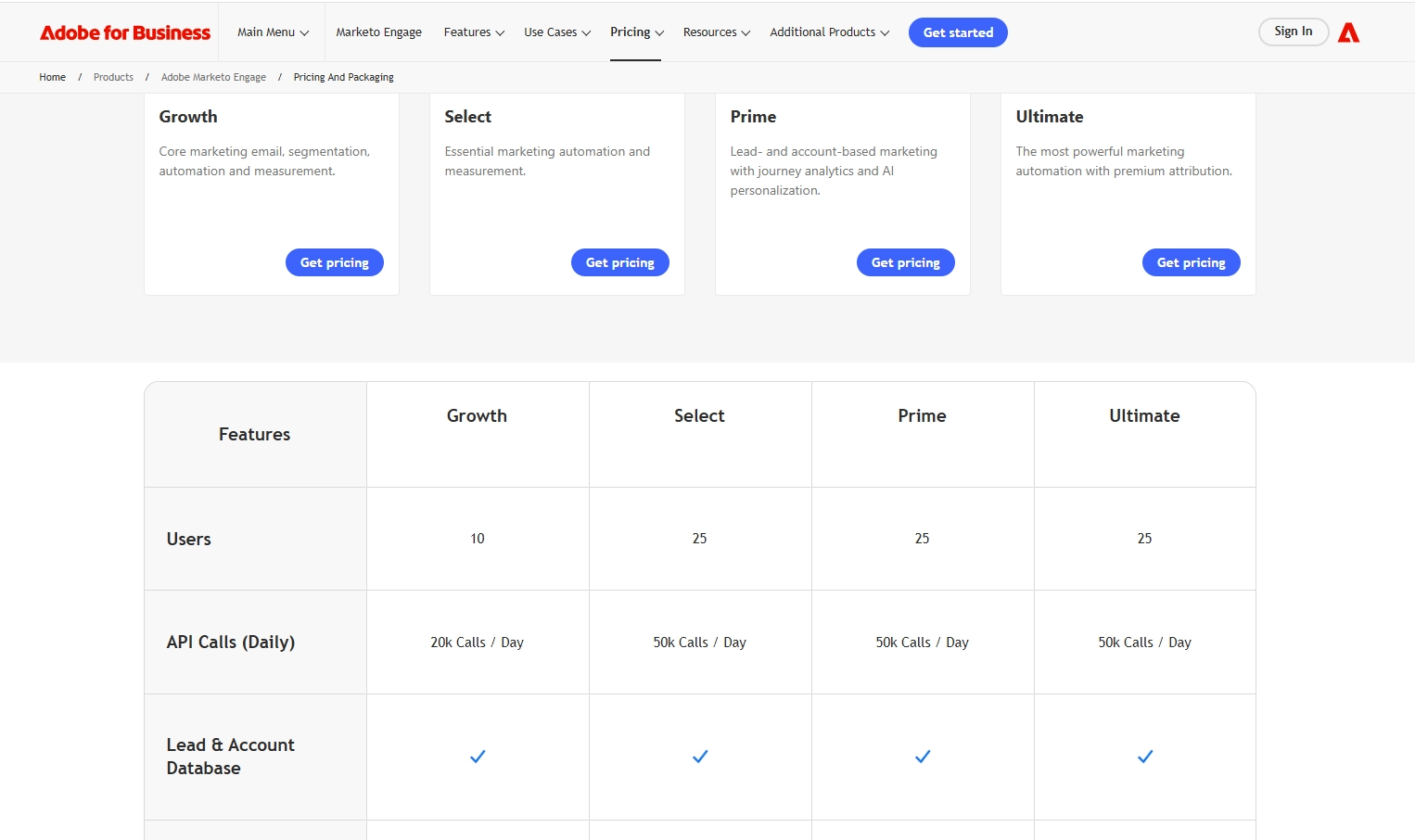
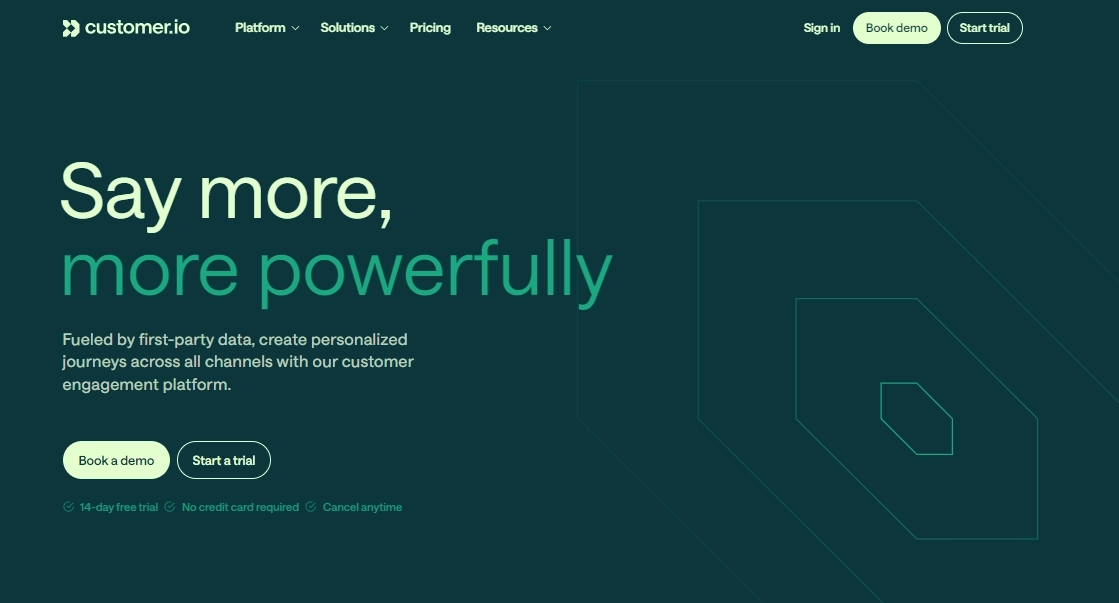
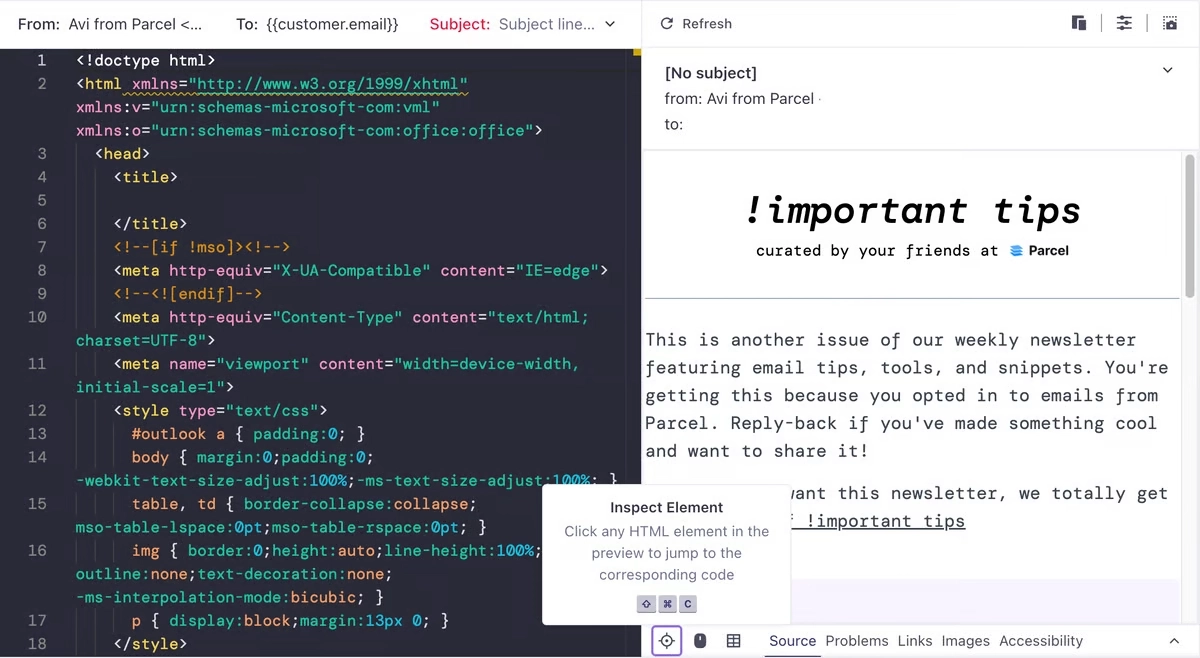
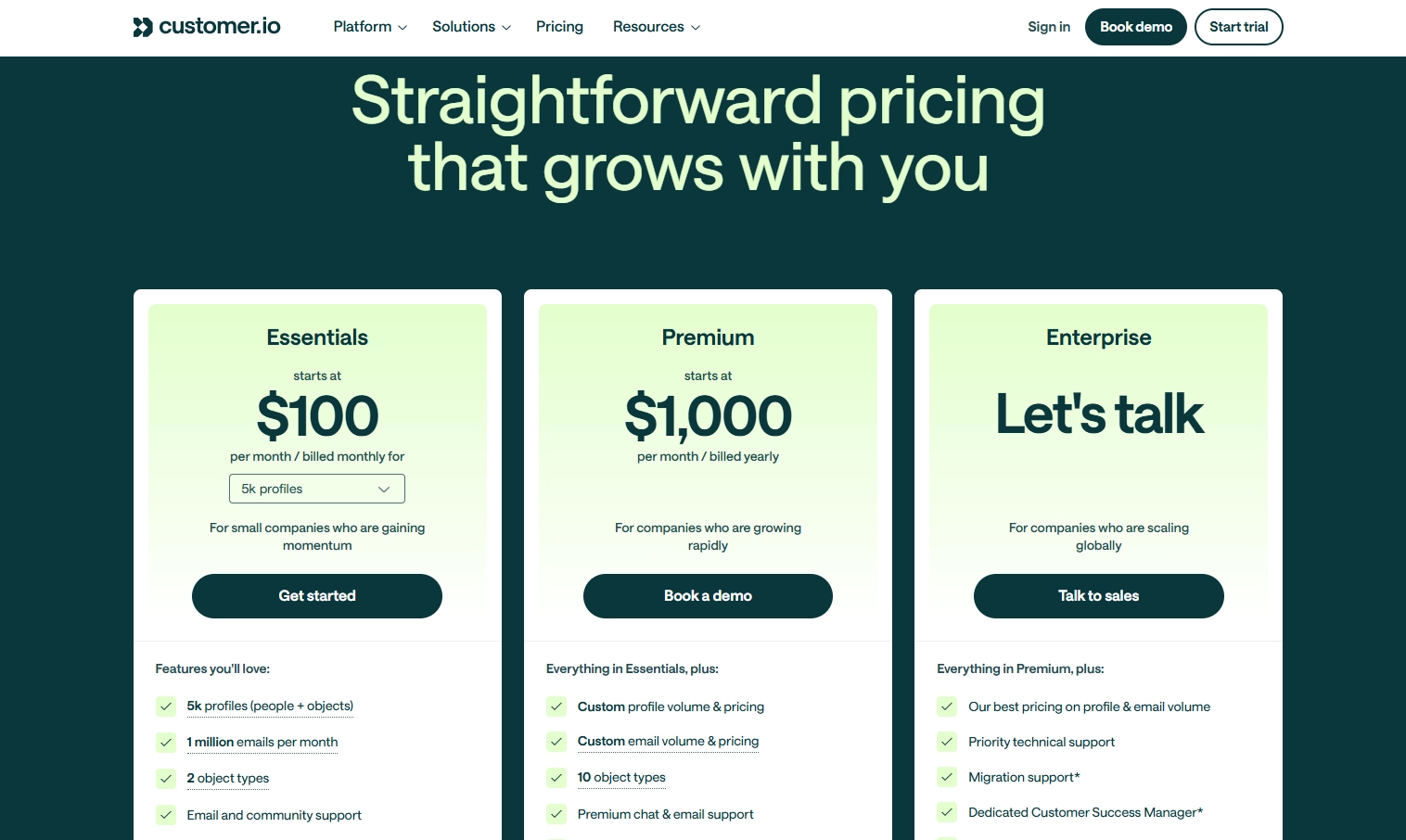
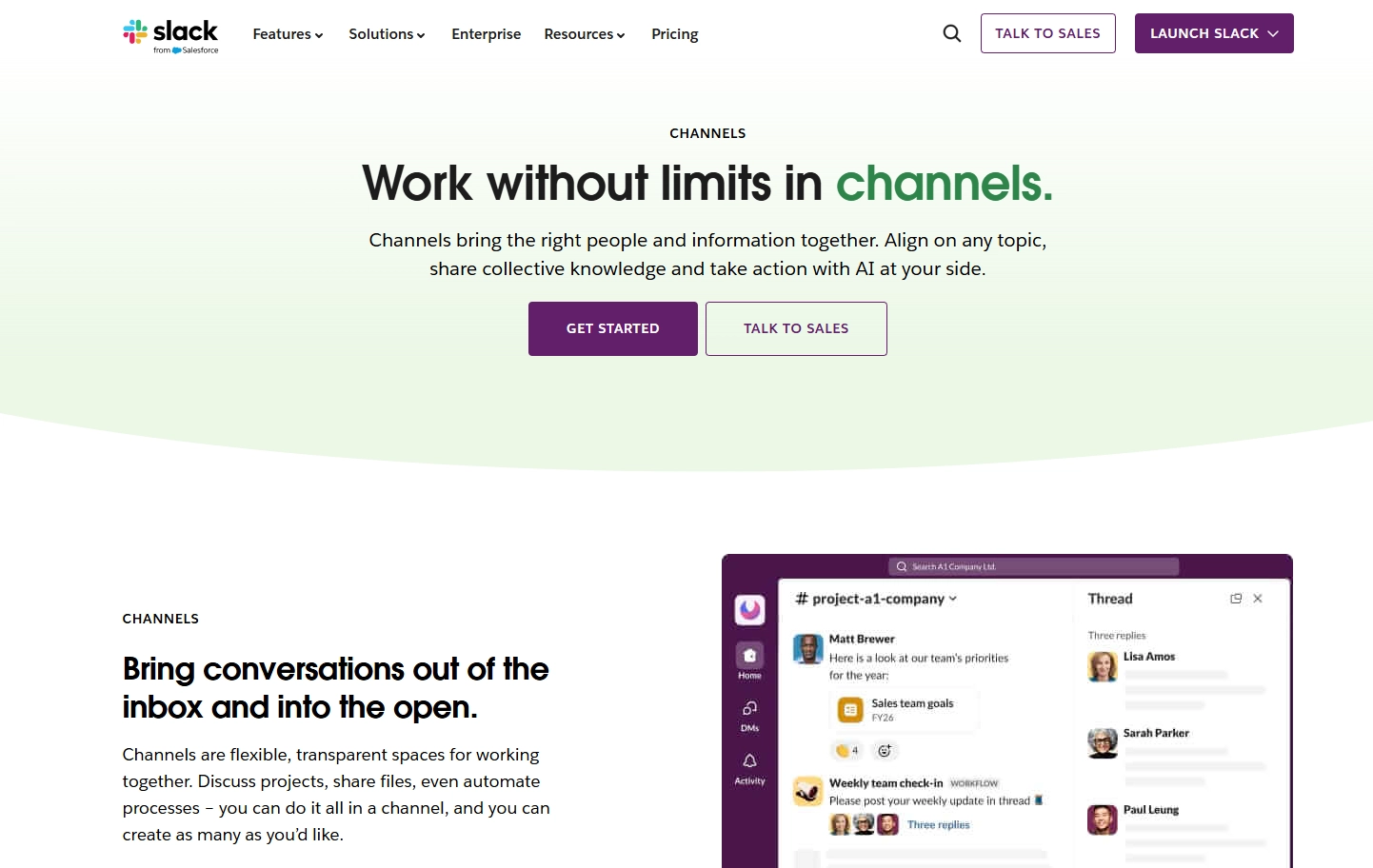
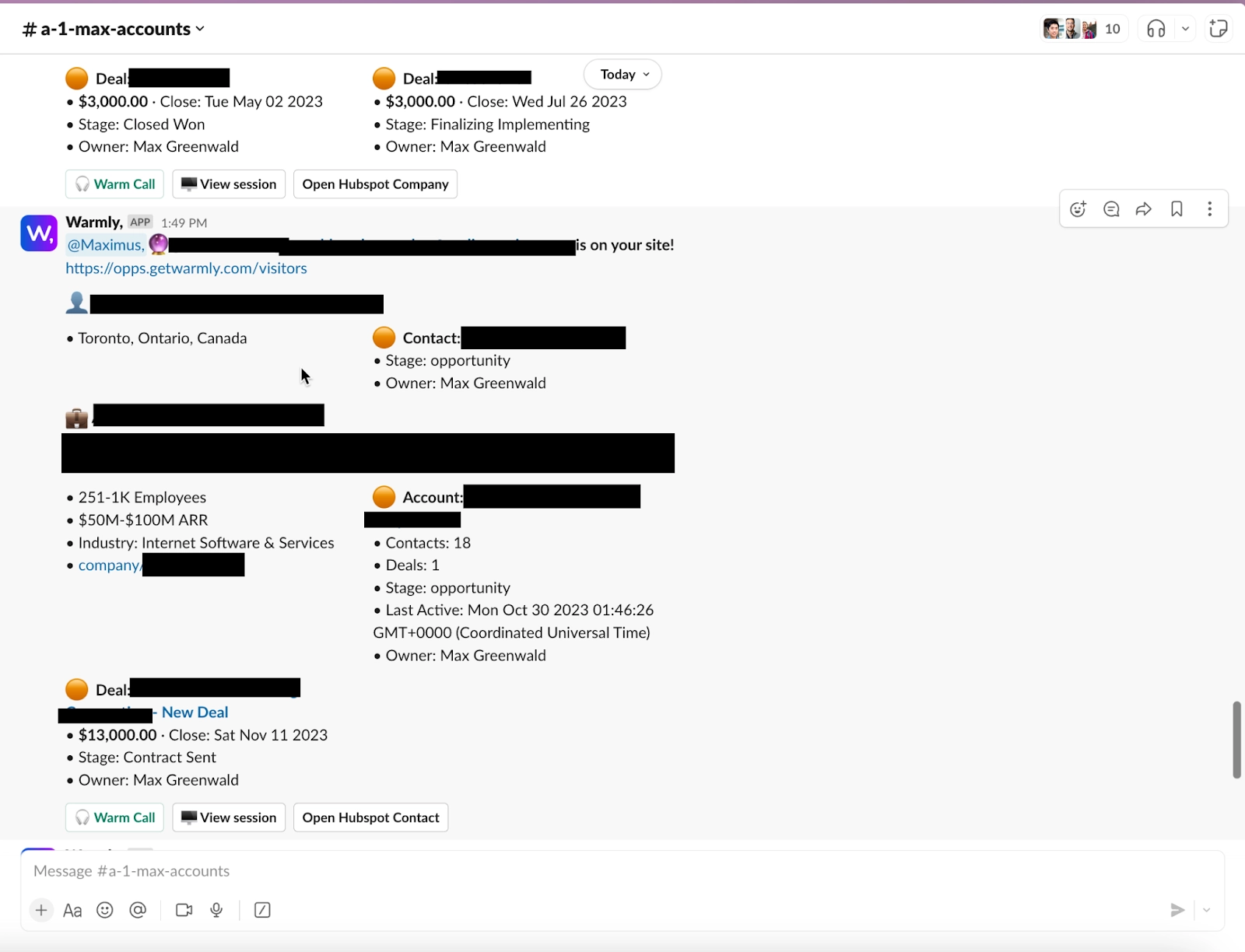
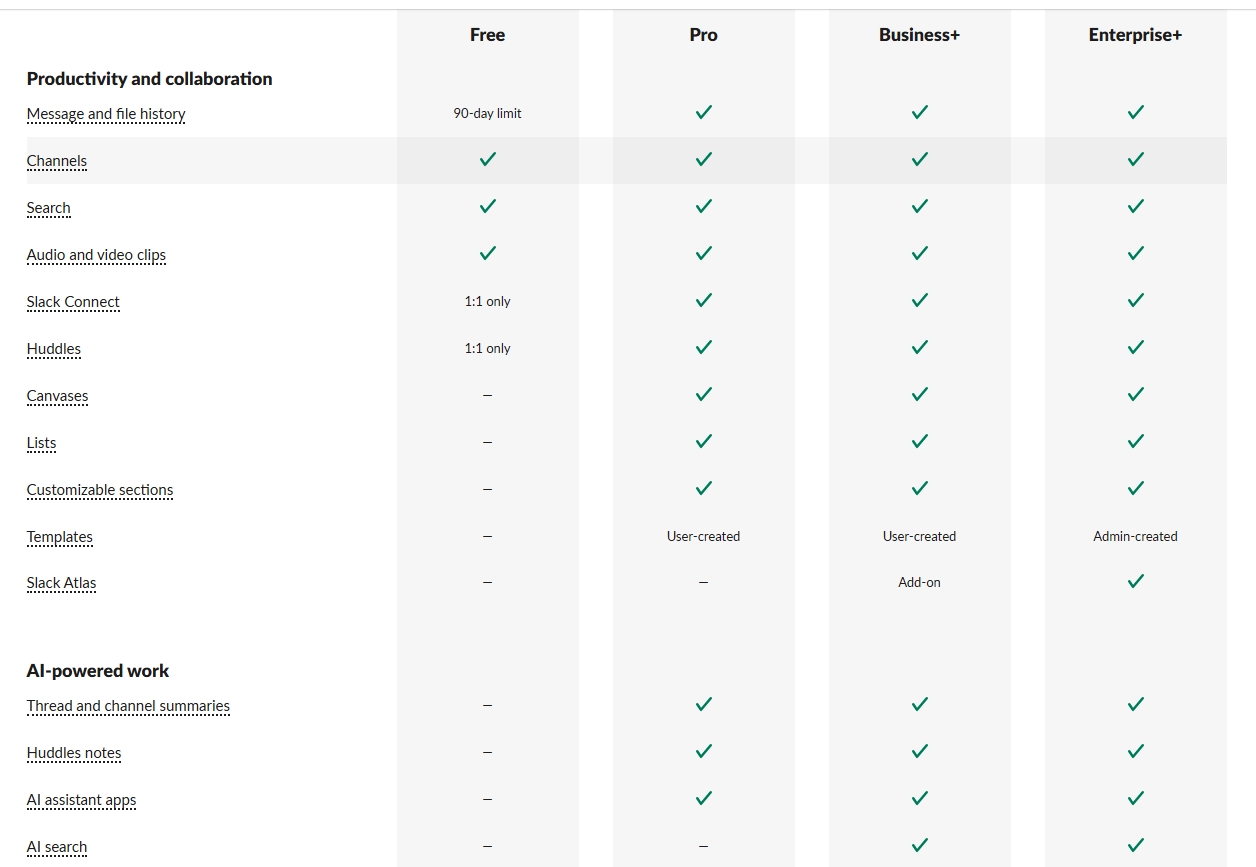
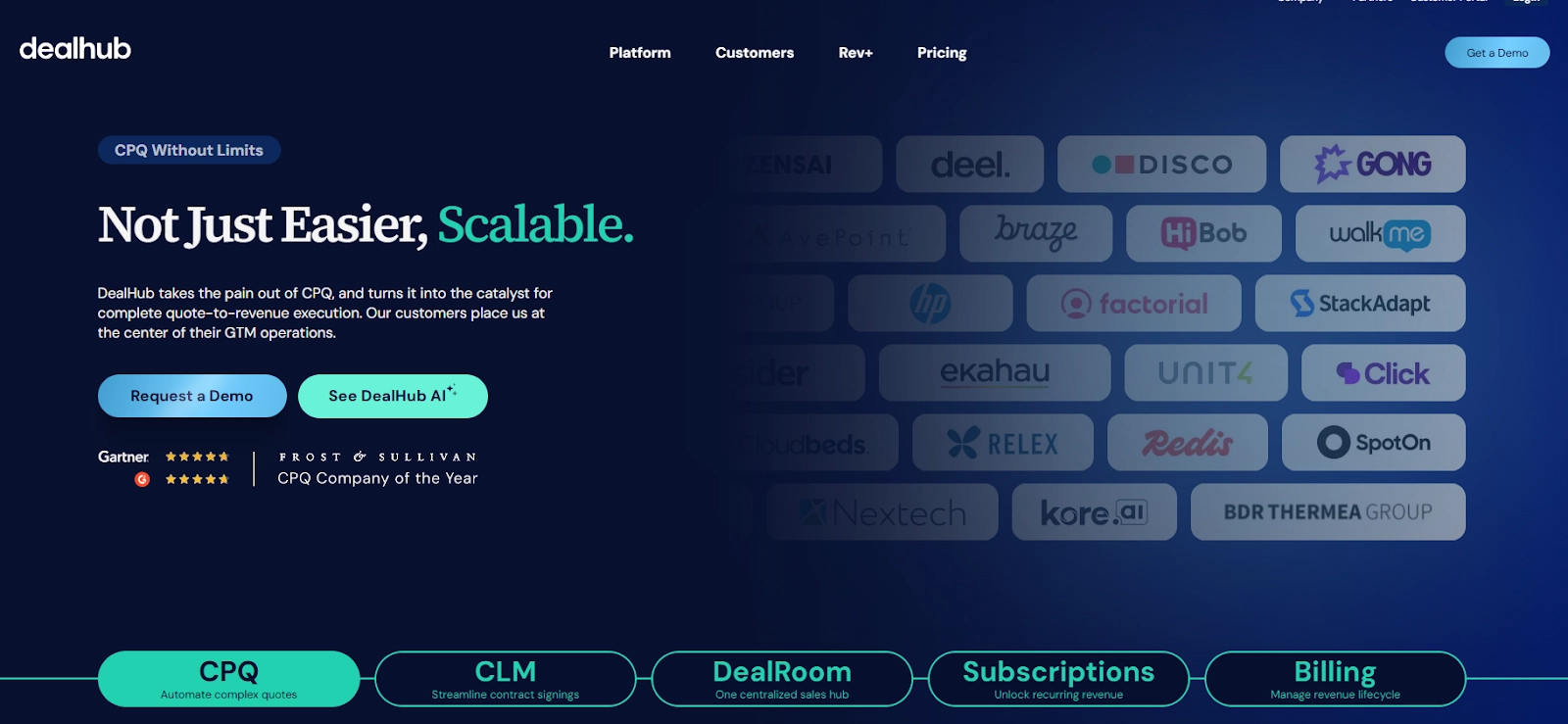
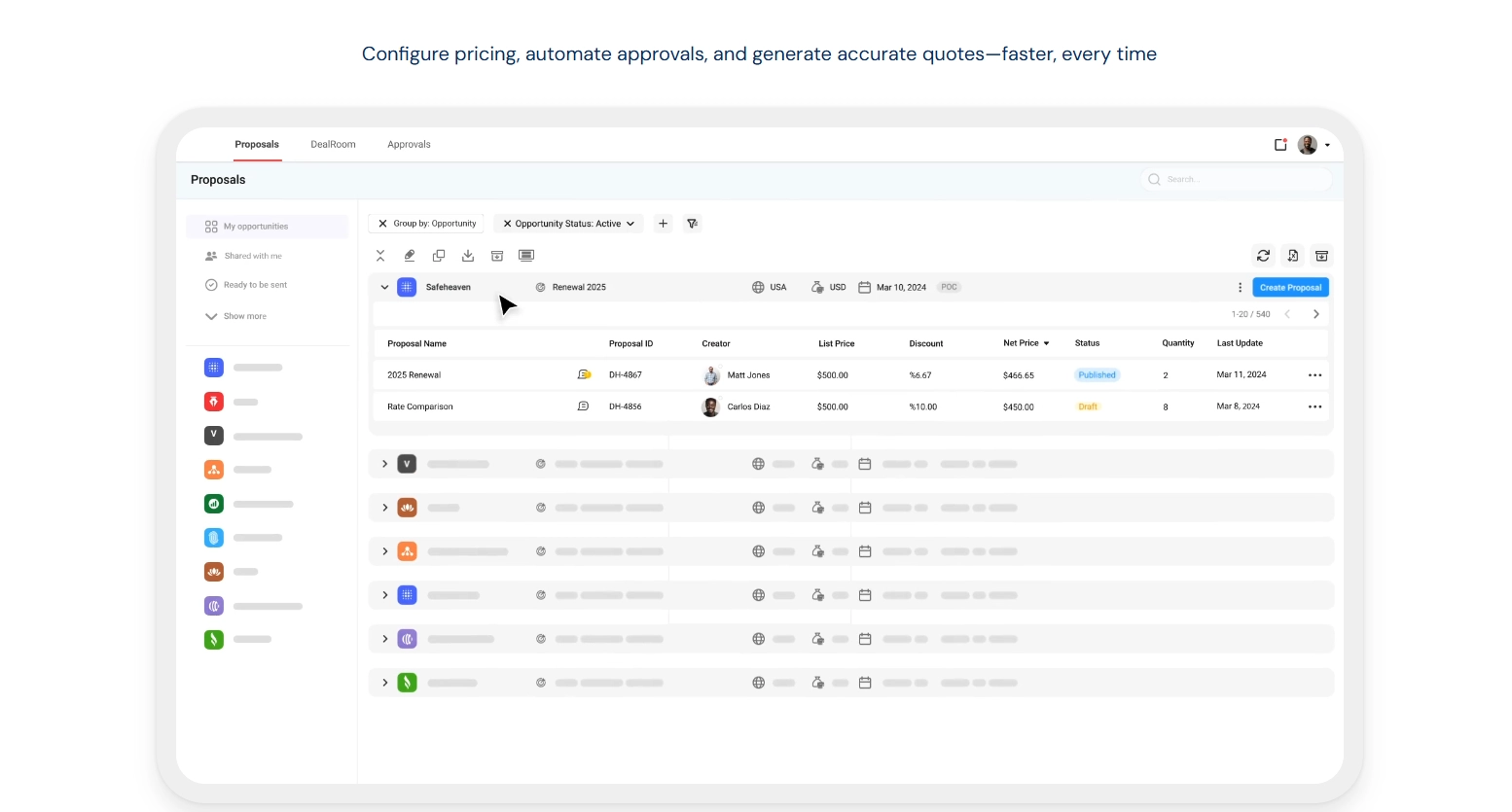
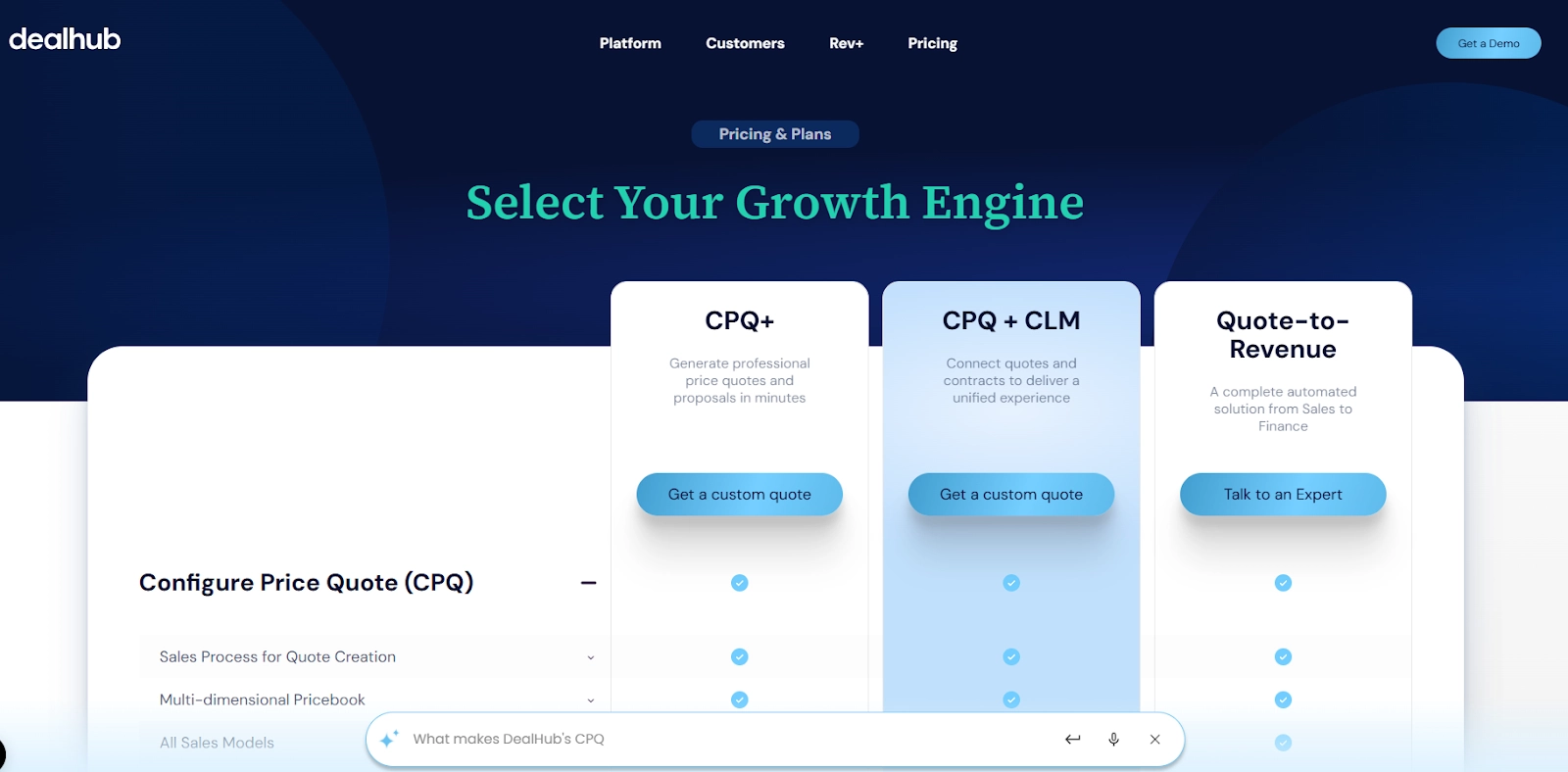
![10 Best RevOps Tools & Software [October 2025]](https://cdn.prod.website-files.com/6506fc5785bd592c468835e0/68dd0bf27985d8874f5f892c_revops_tools.webp)
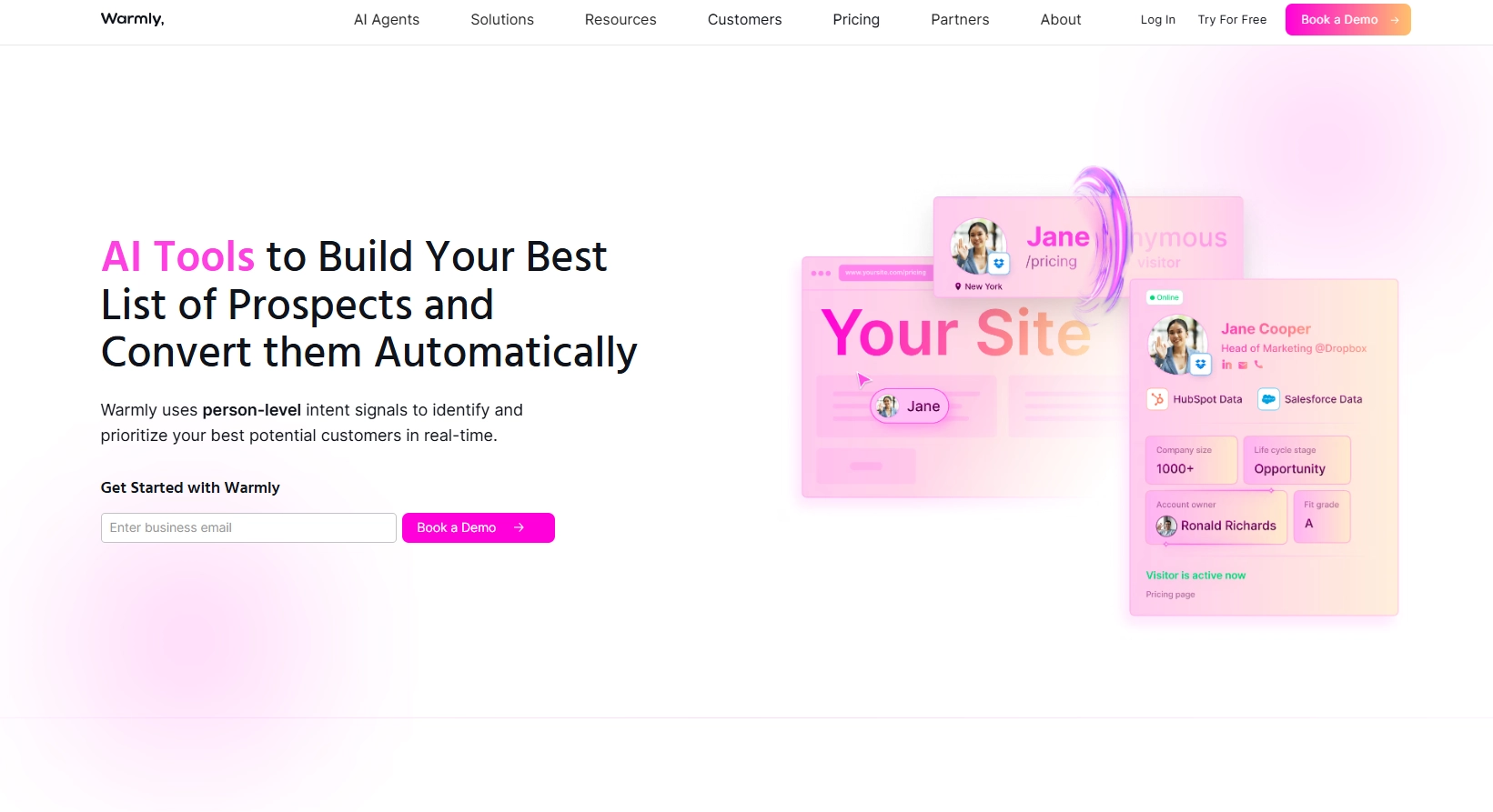
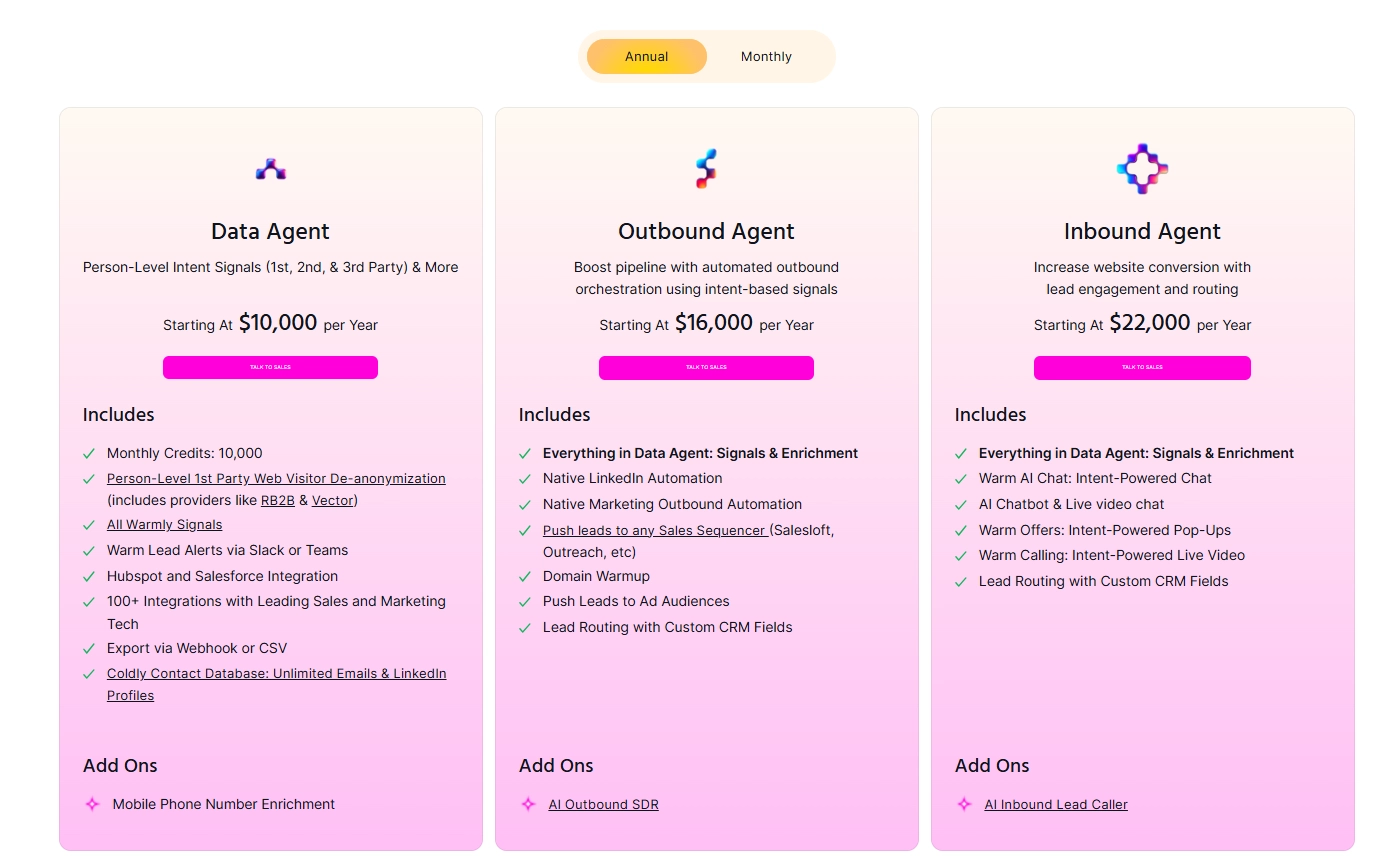

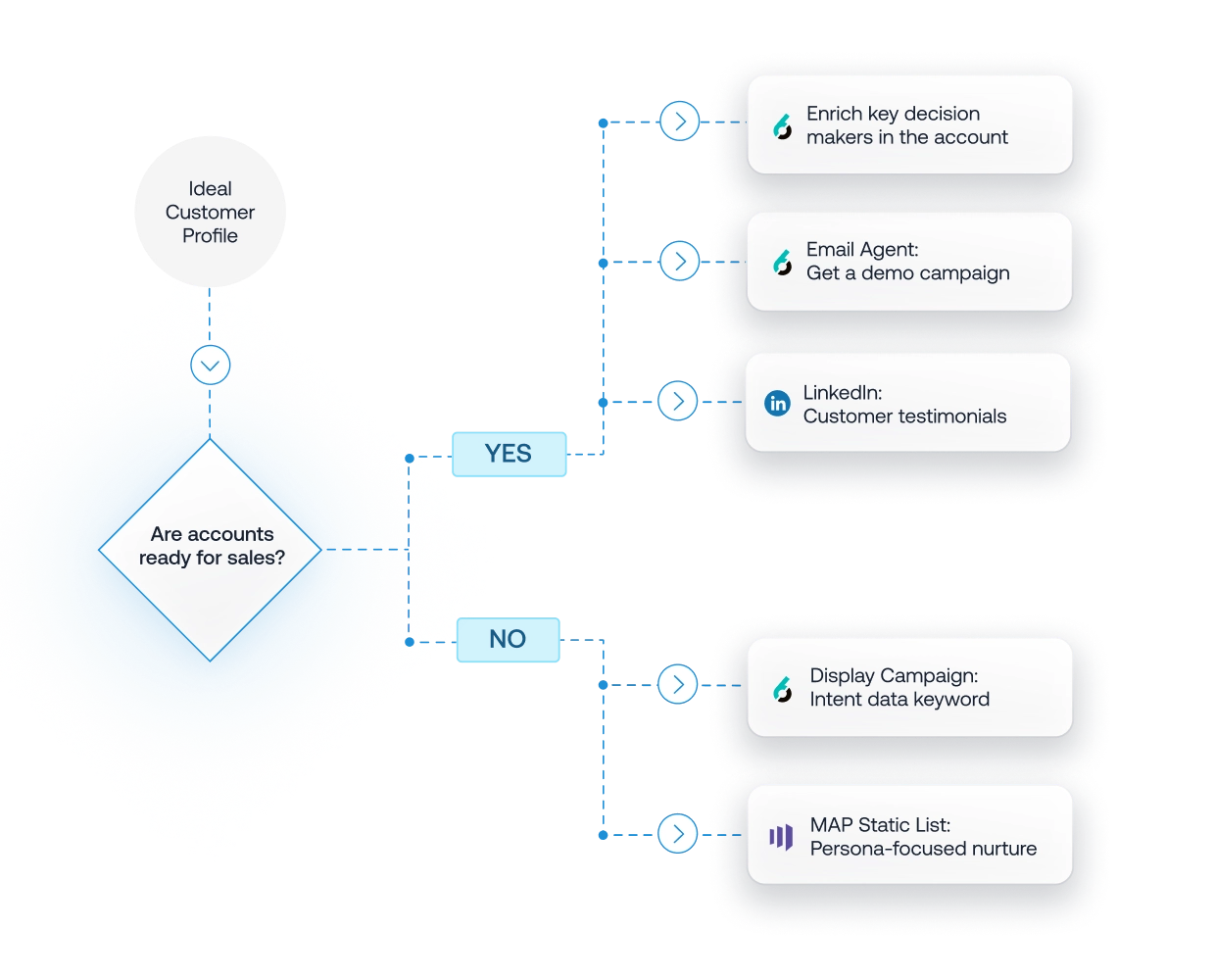




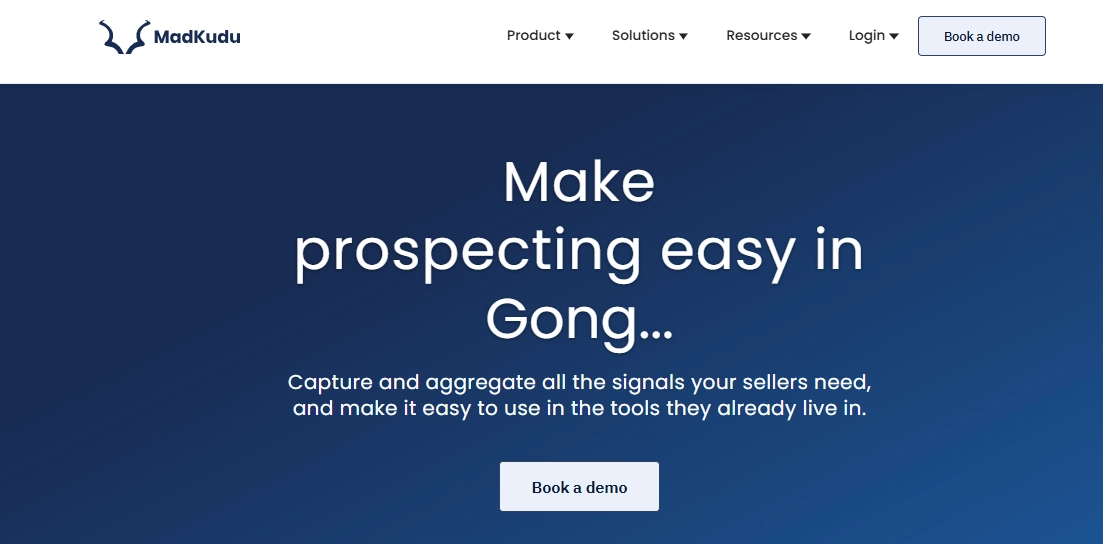


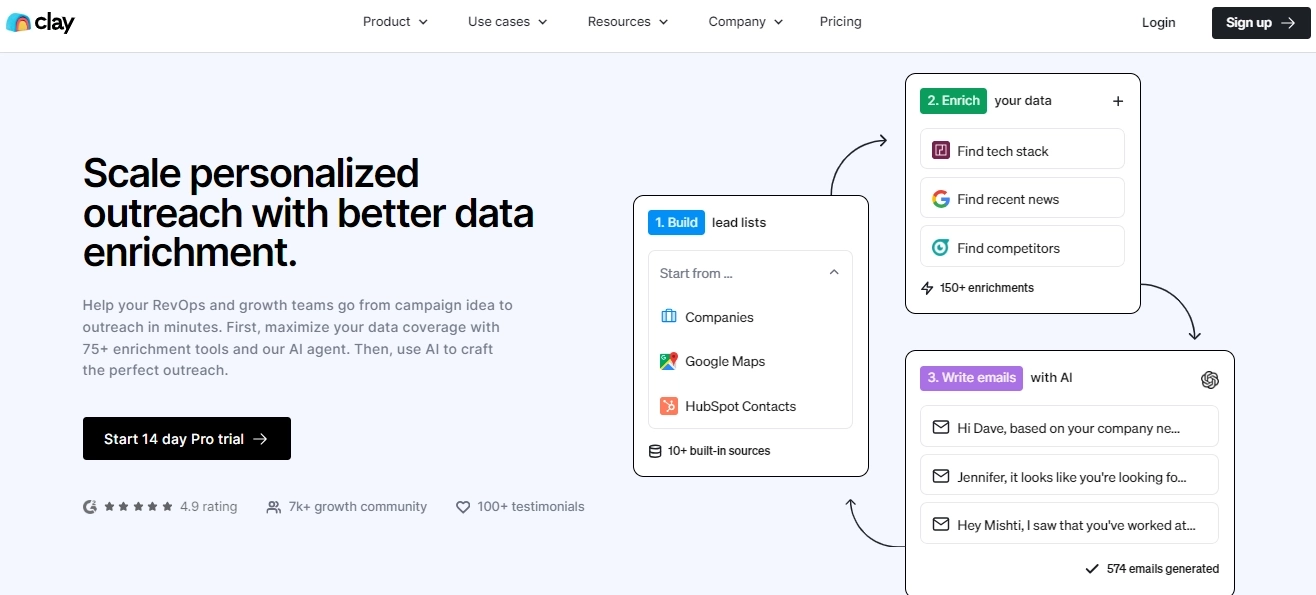
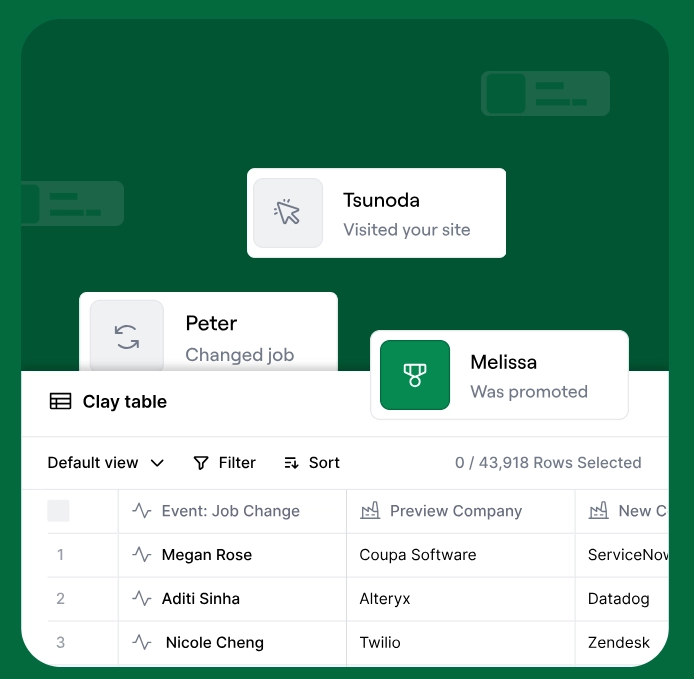
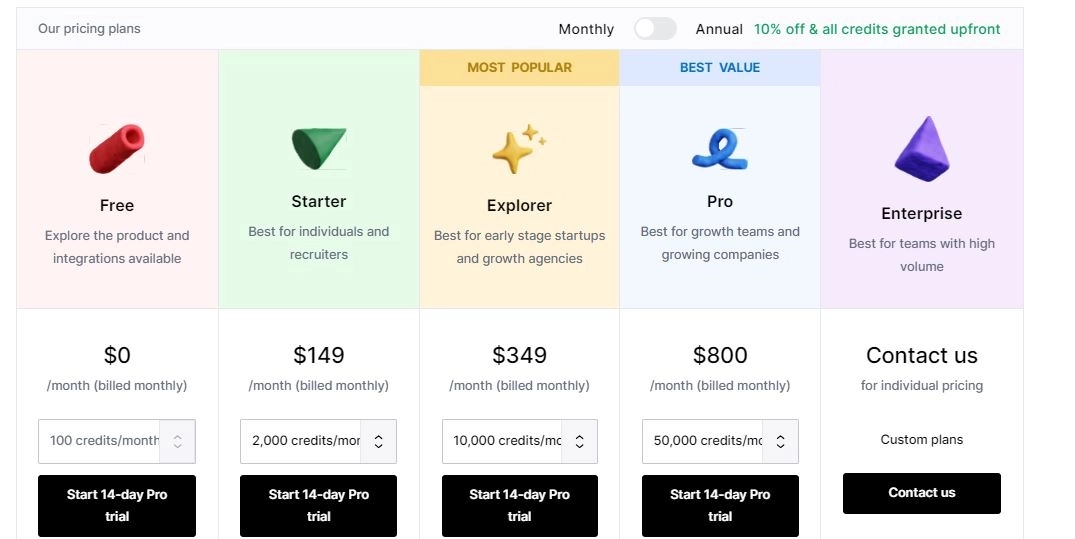
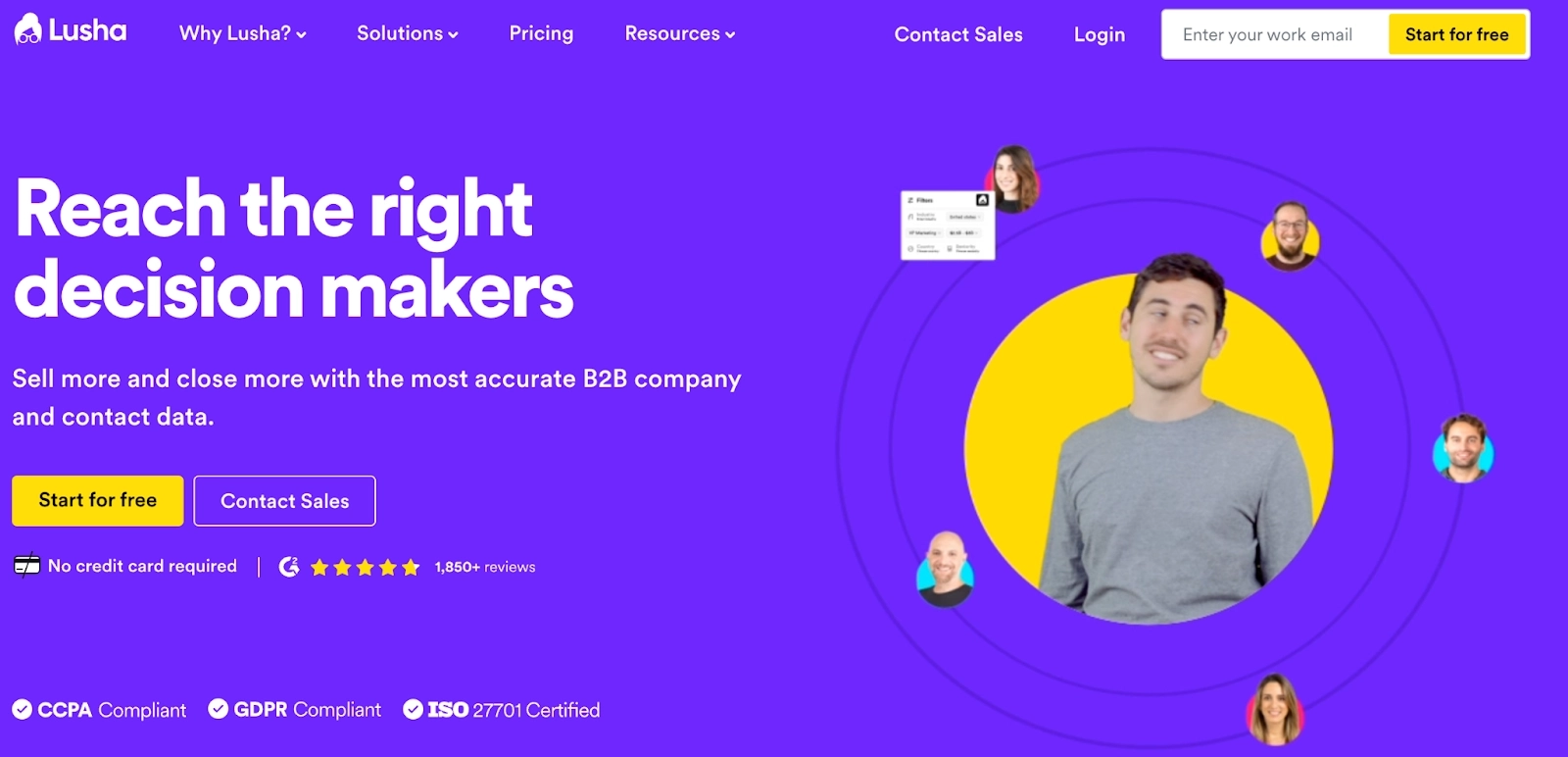
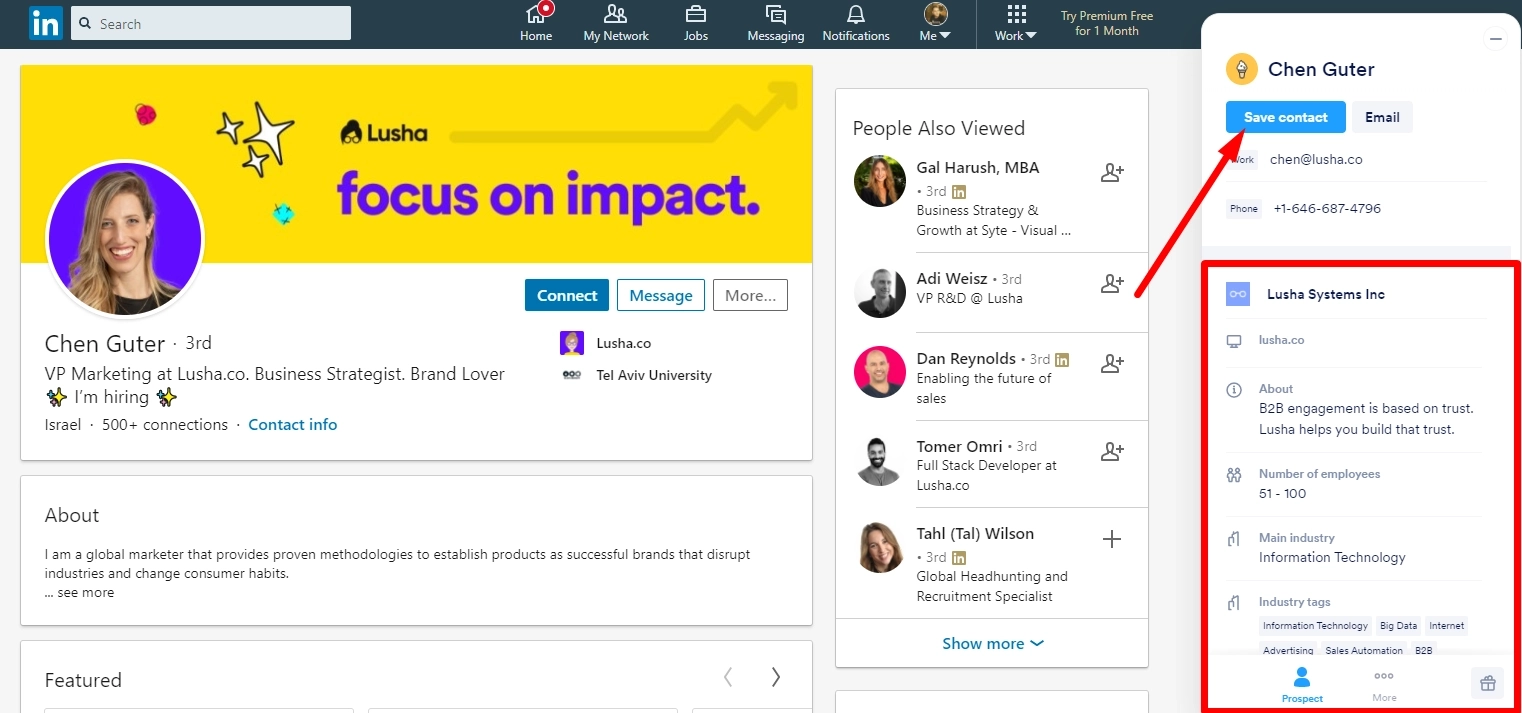
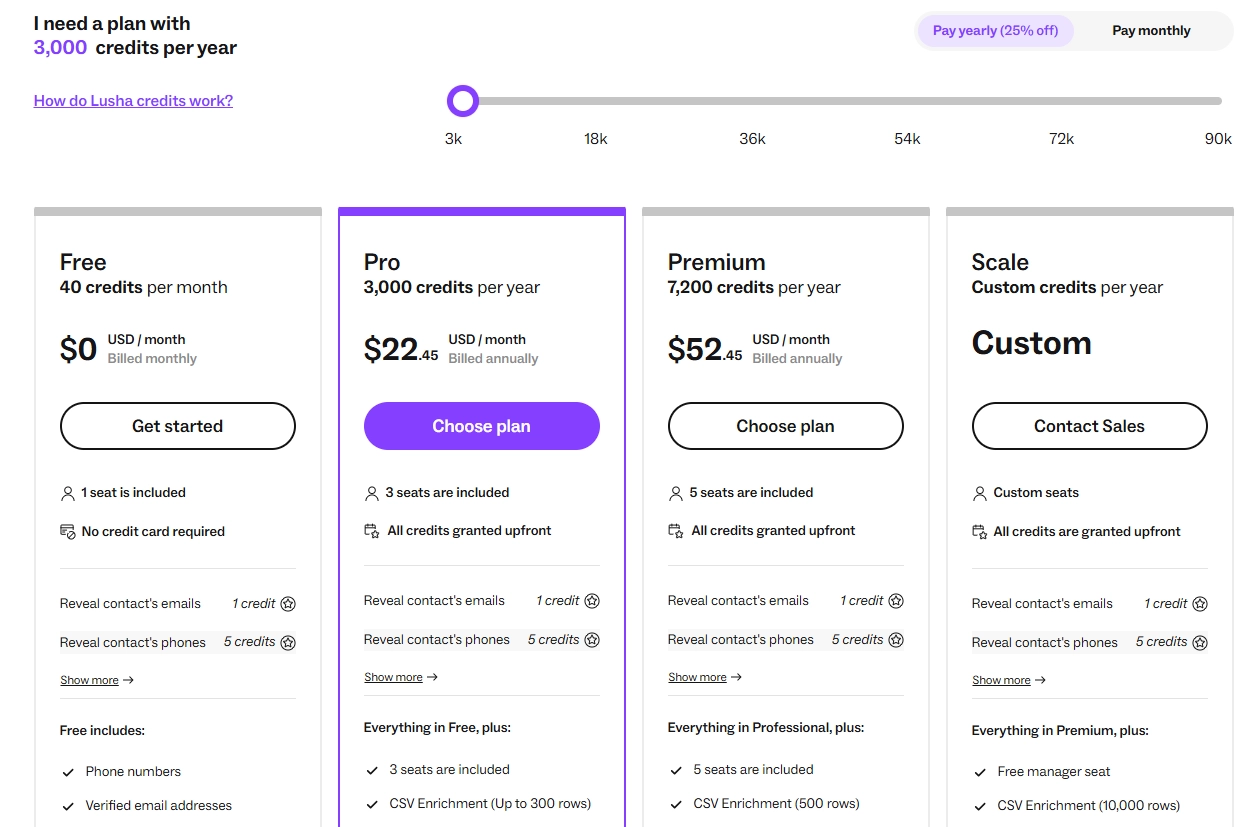



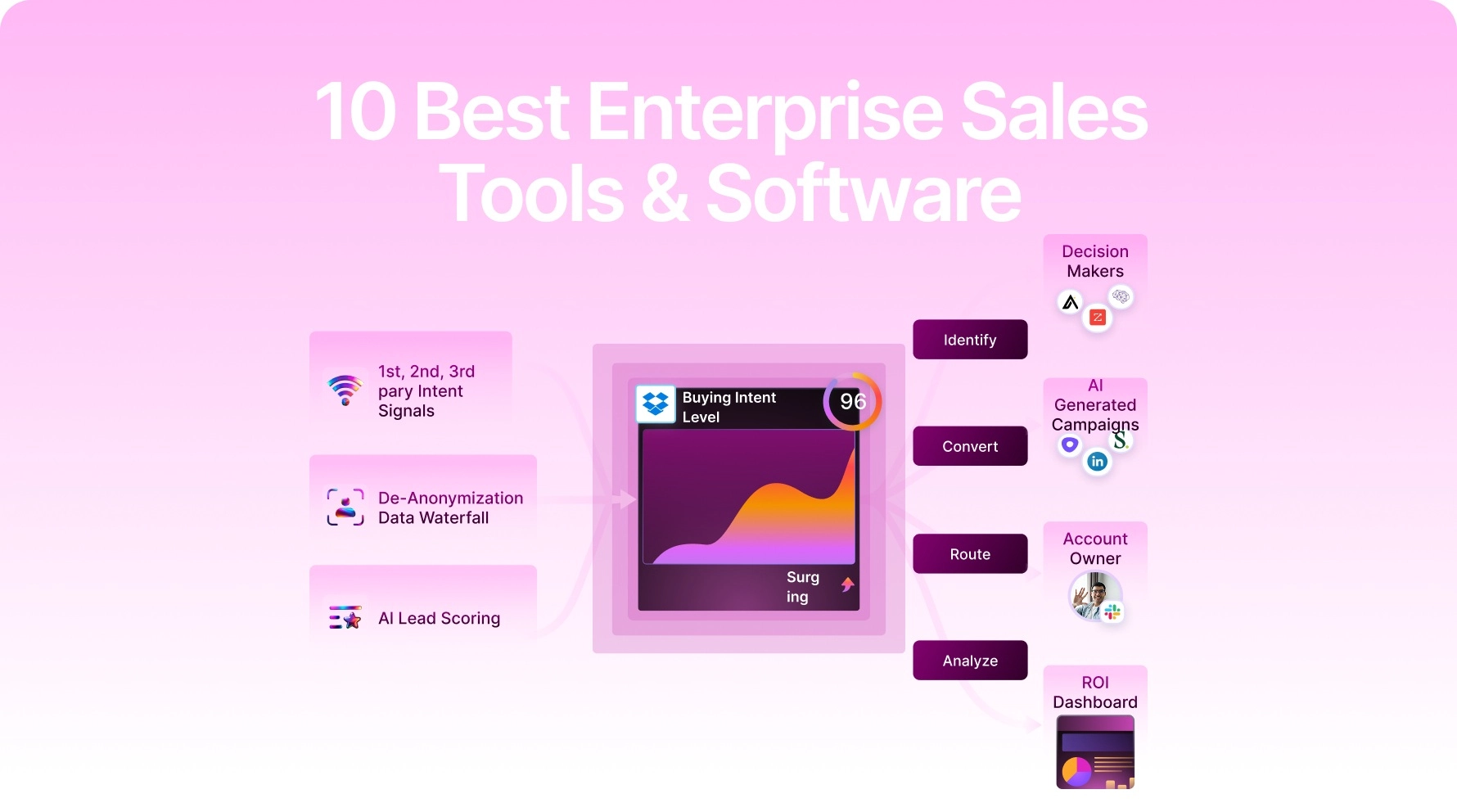
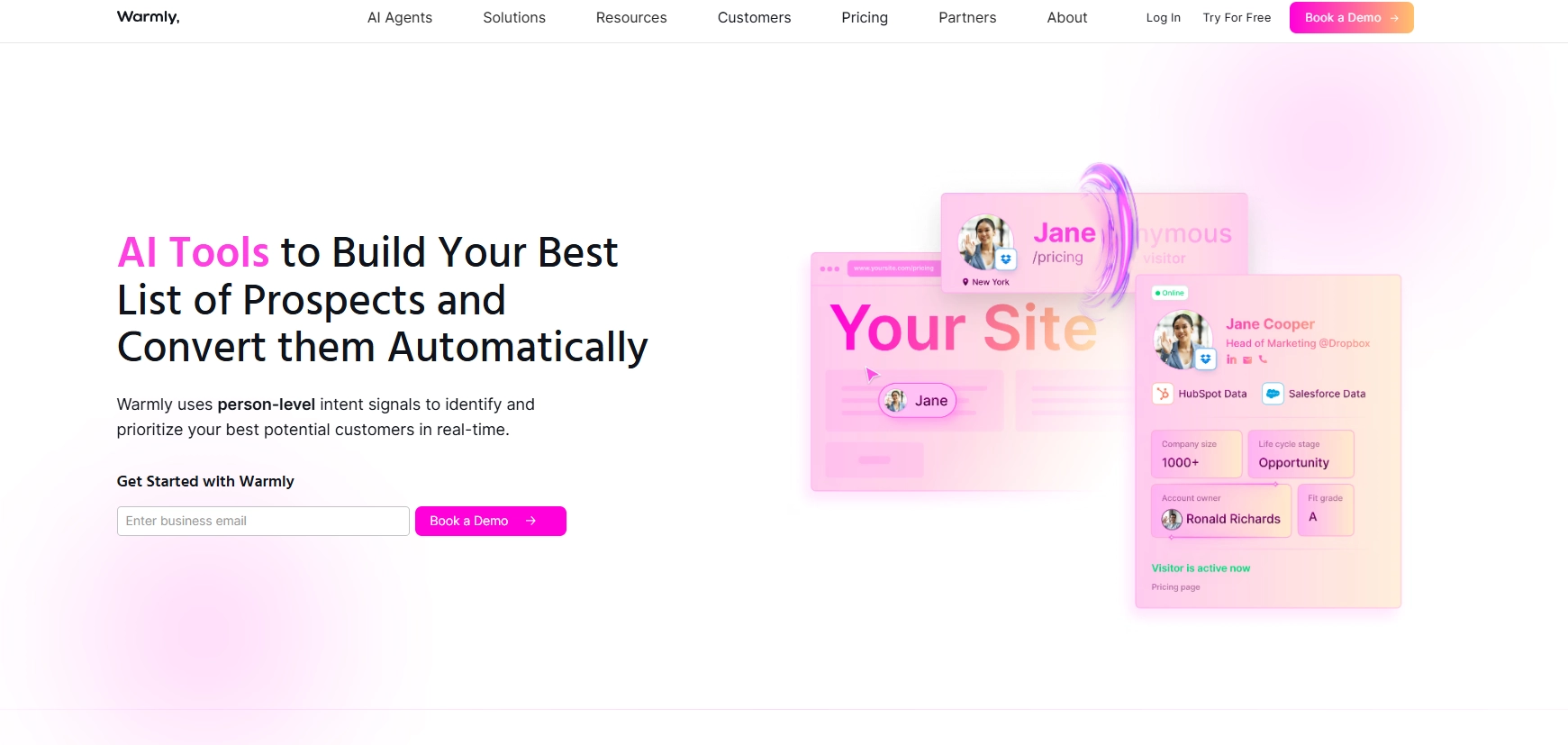







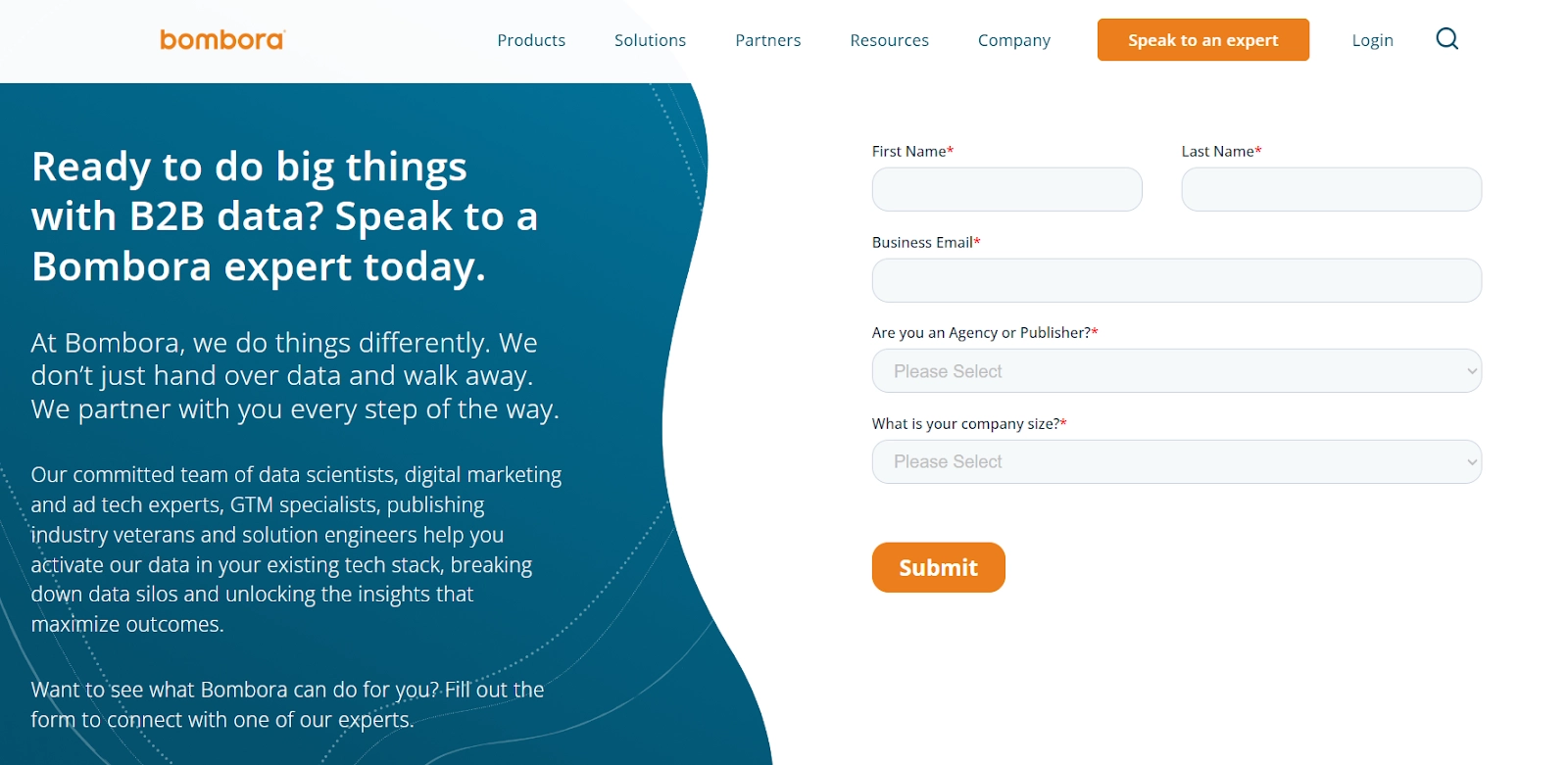

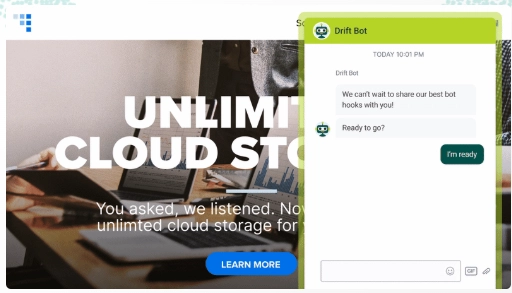




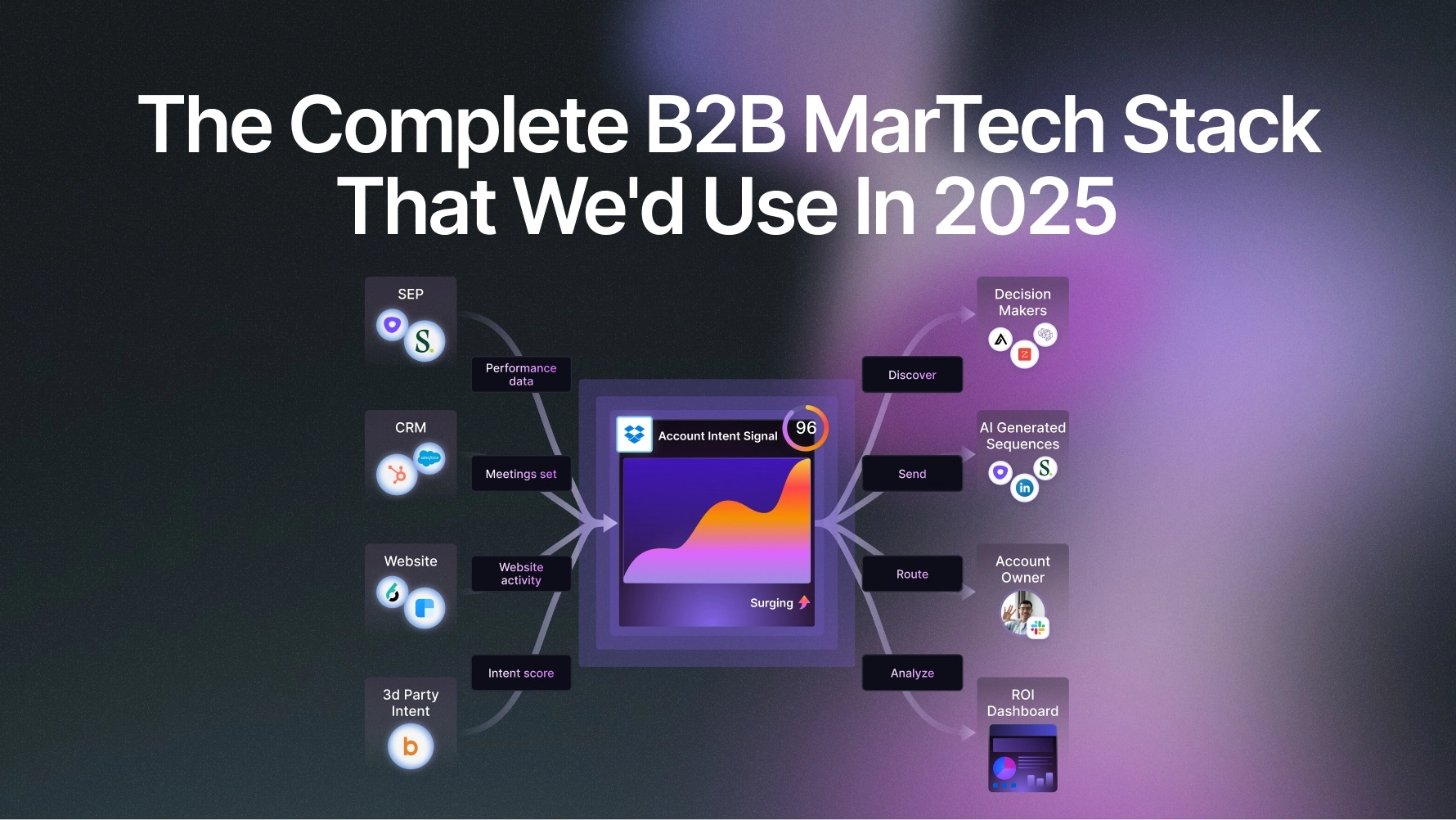

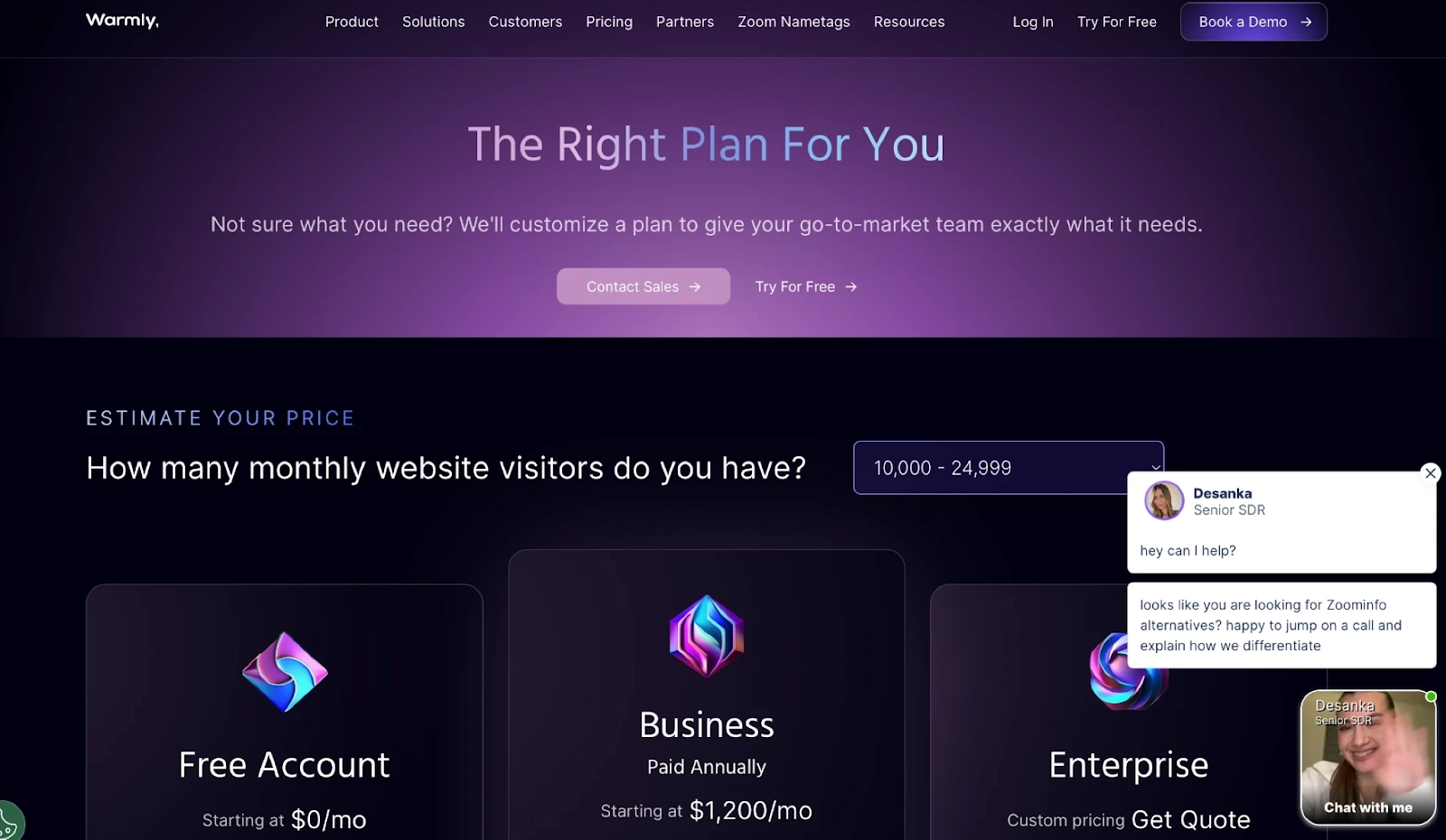
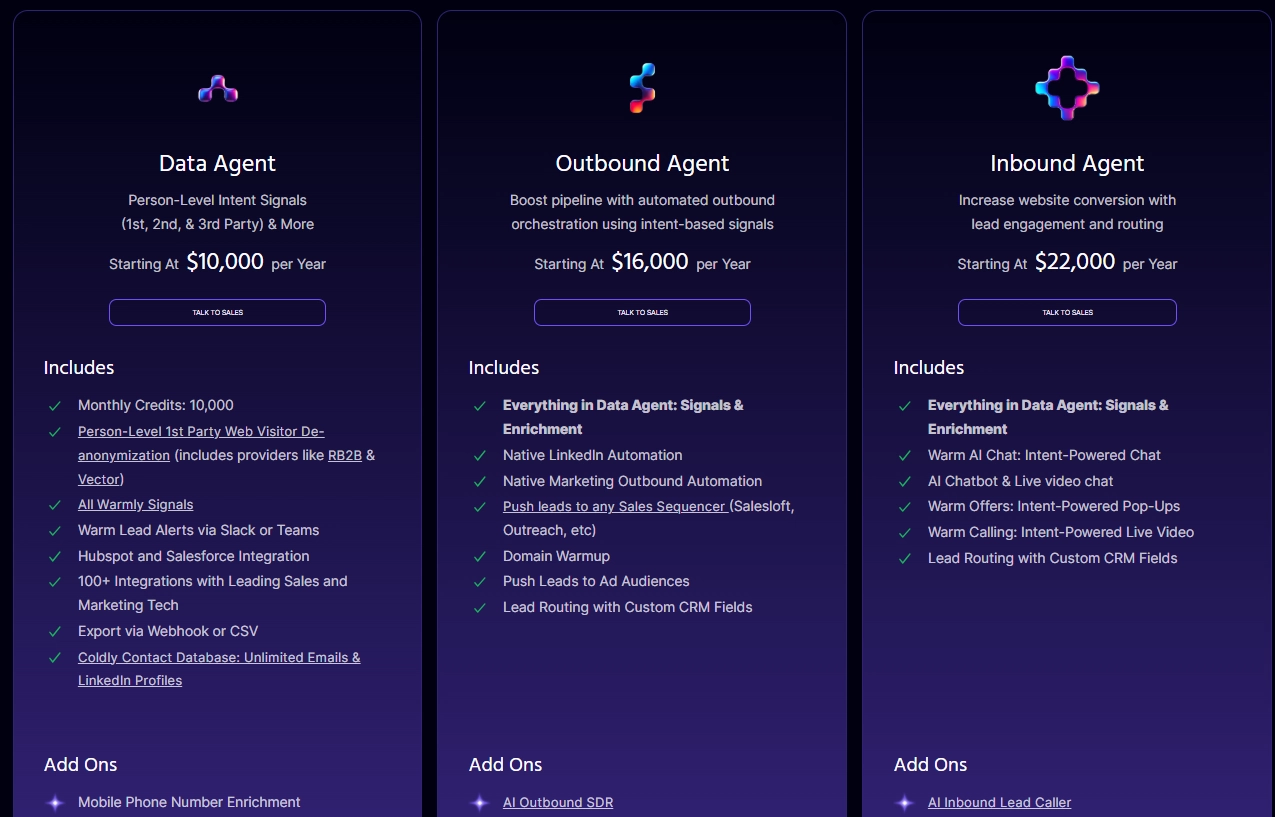
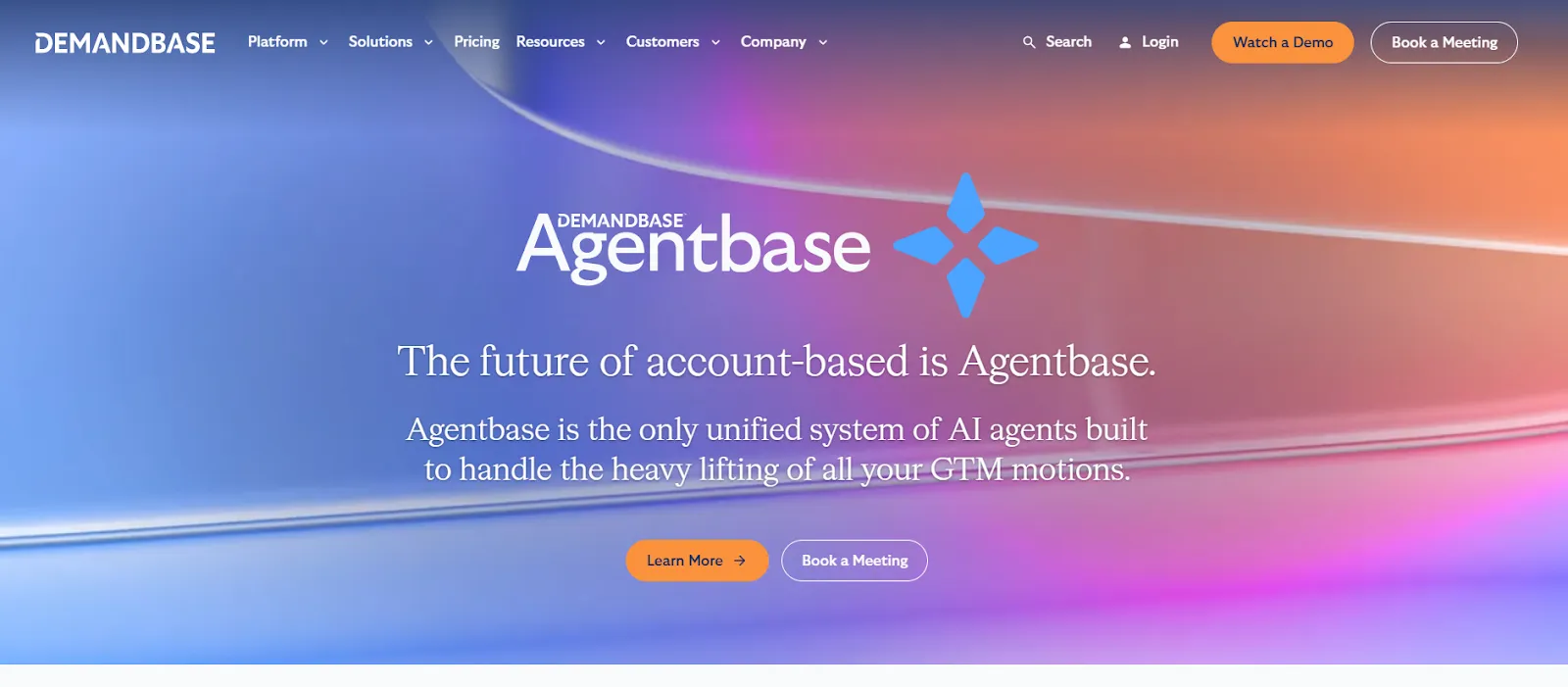

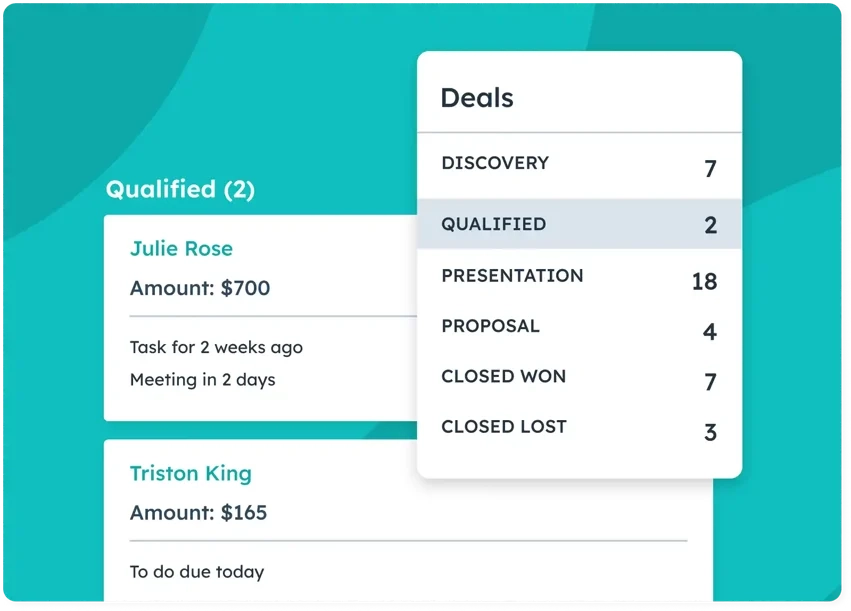
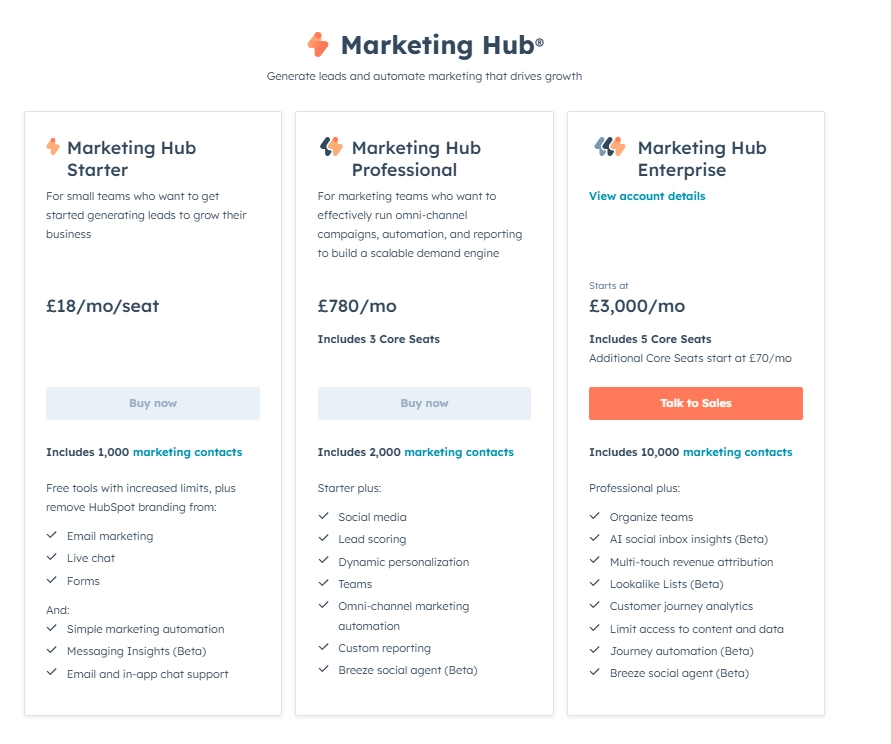
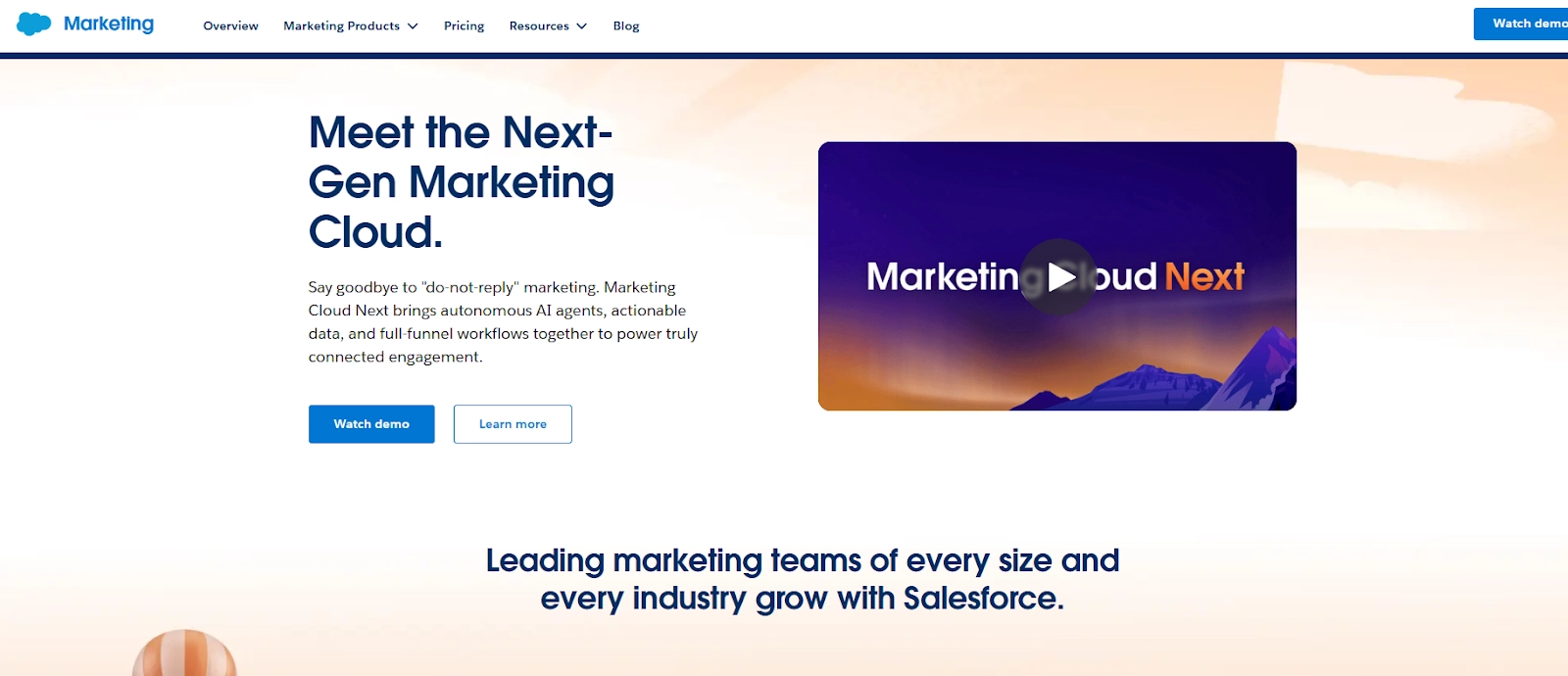
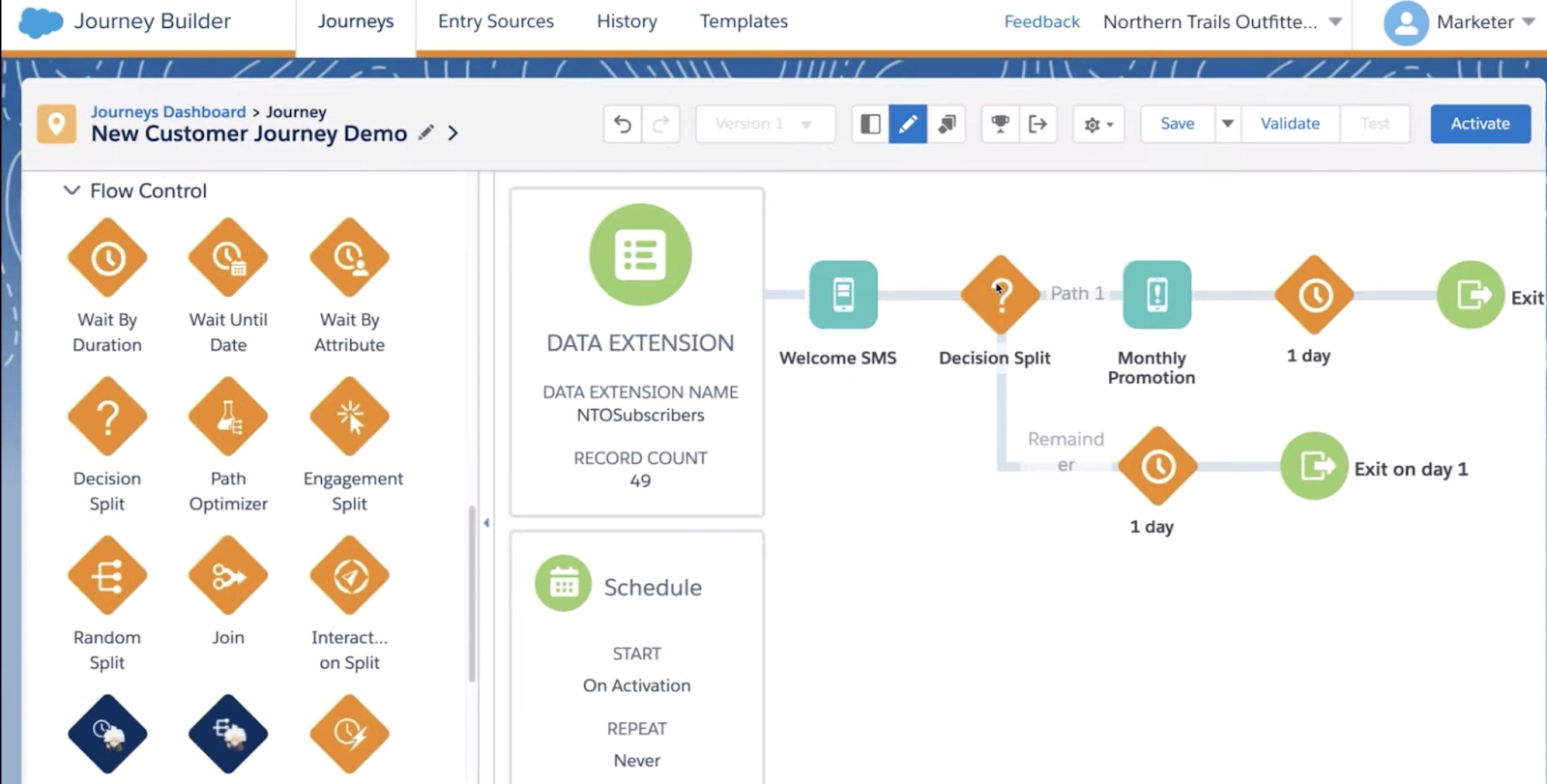
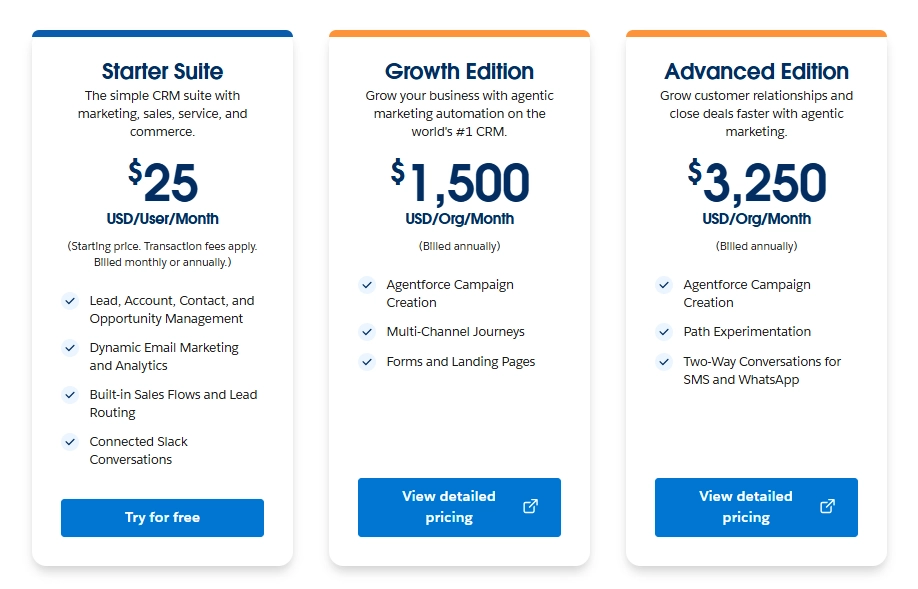
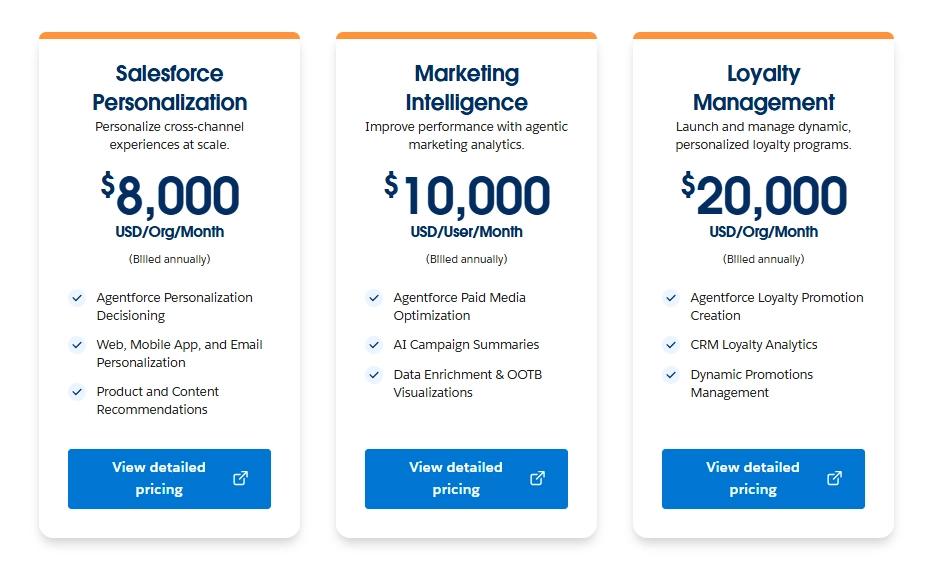
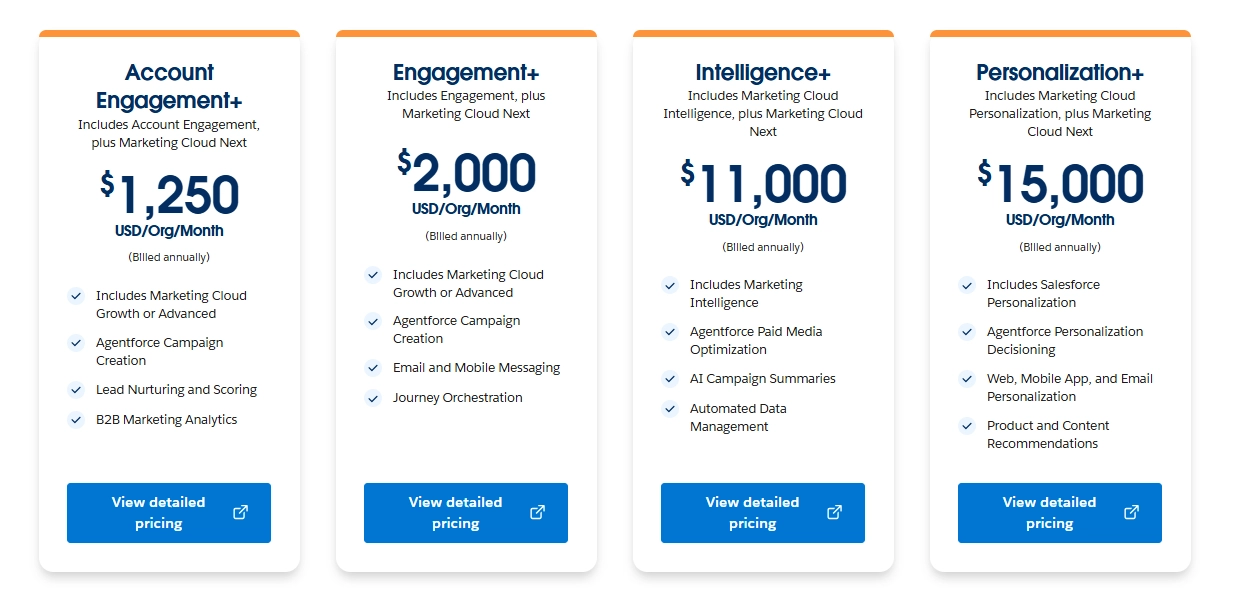












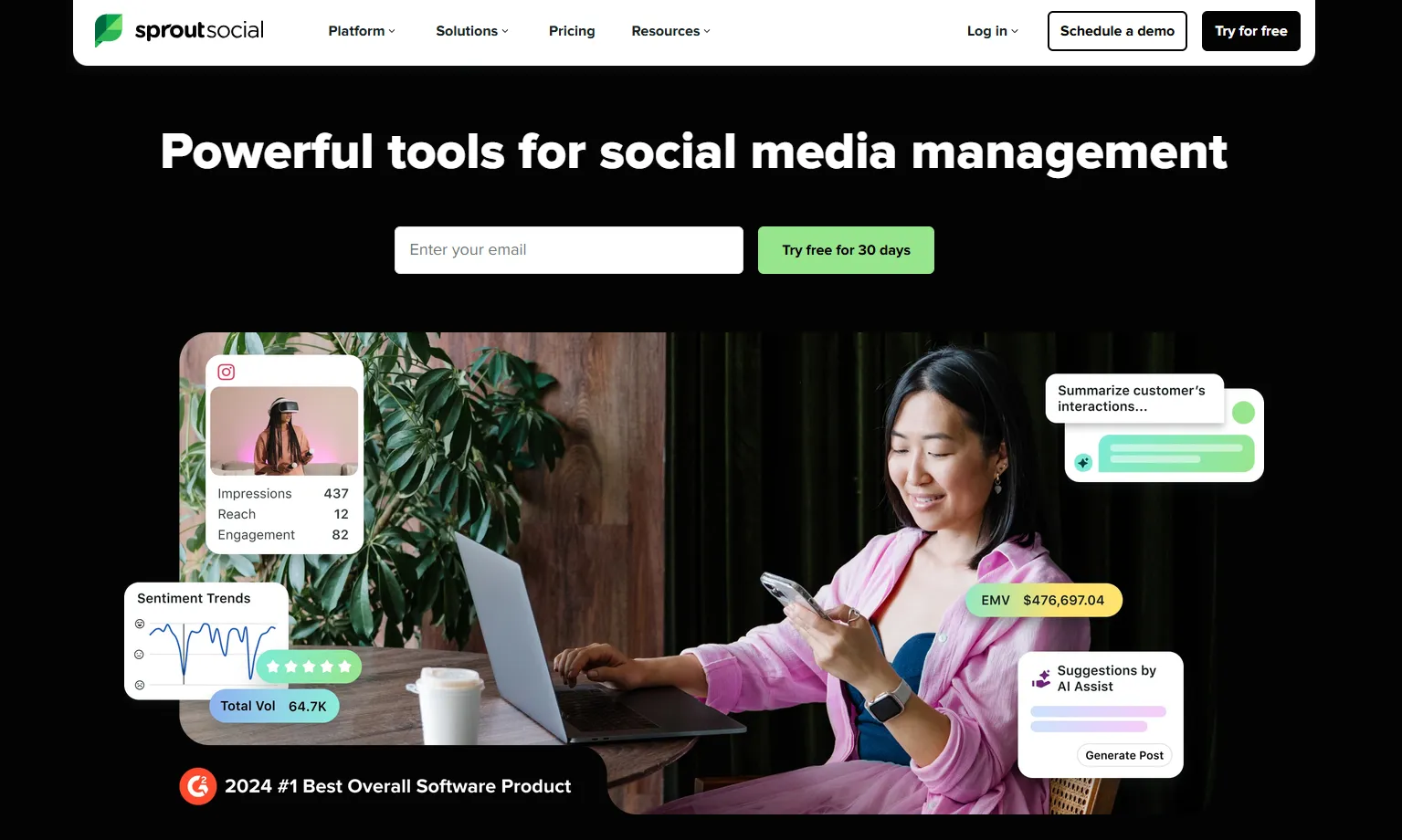
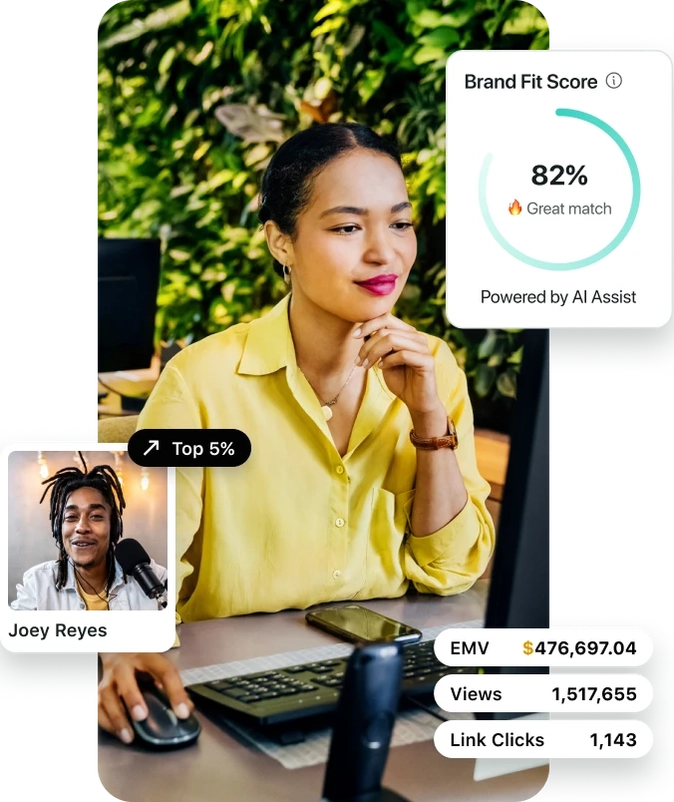
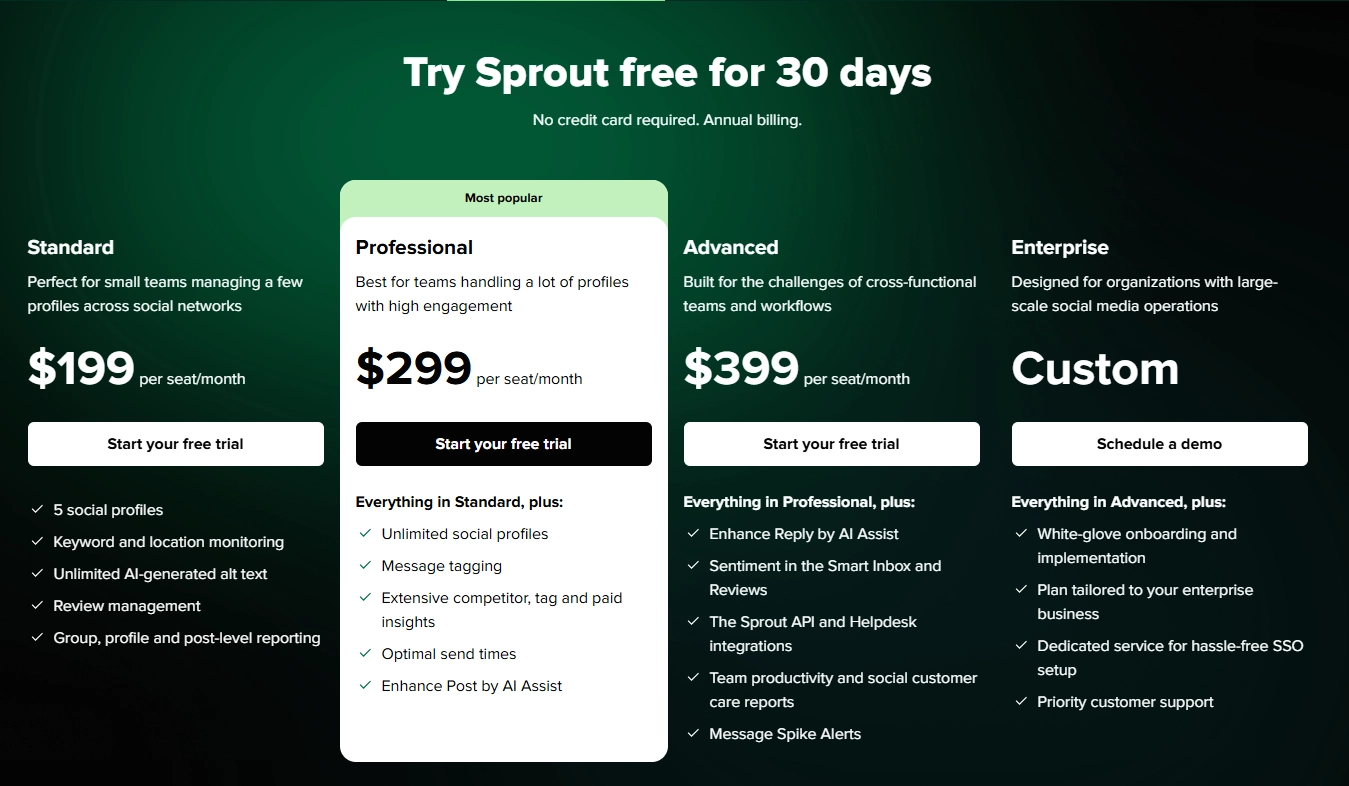



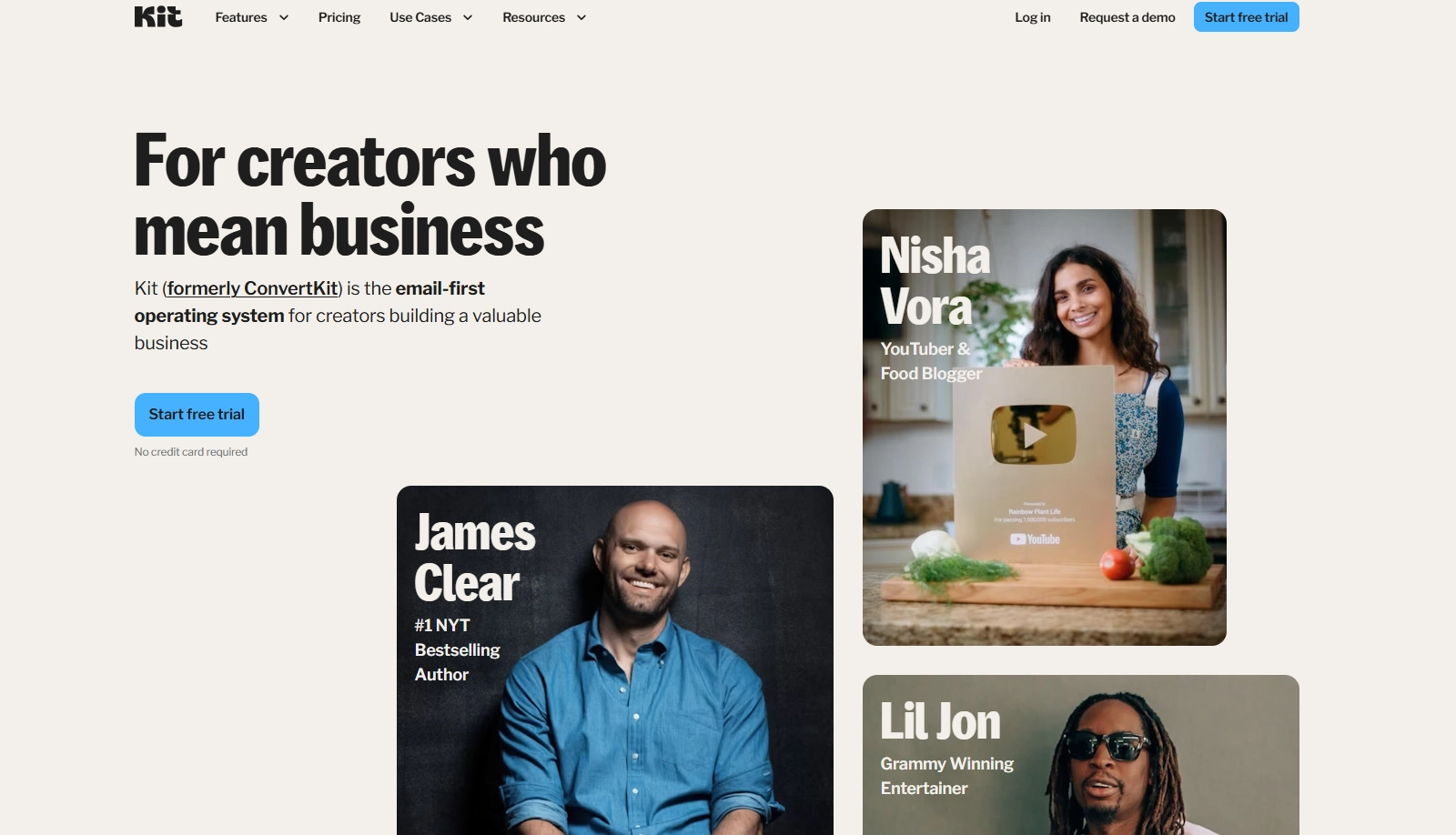

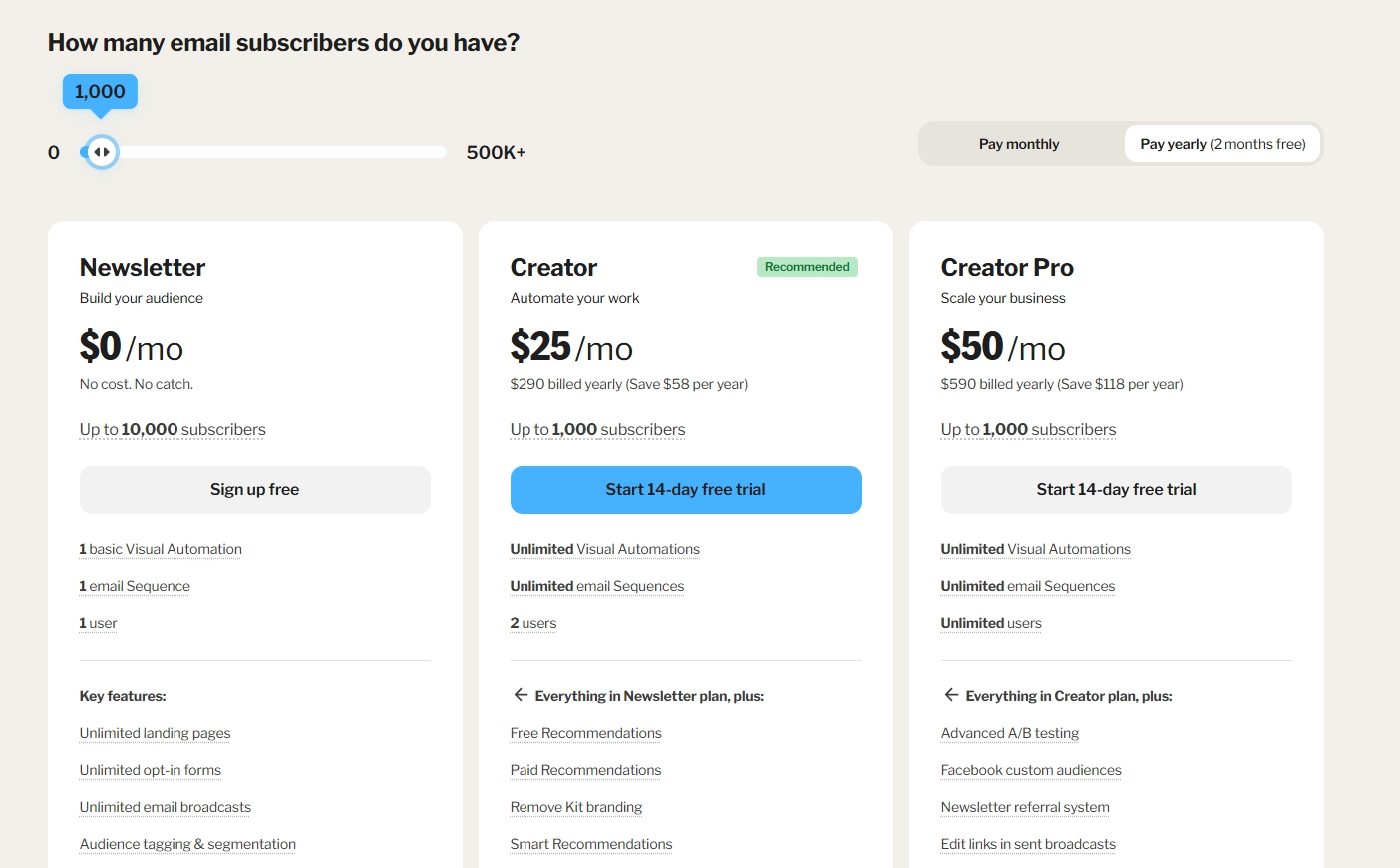
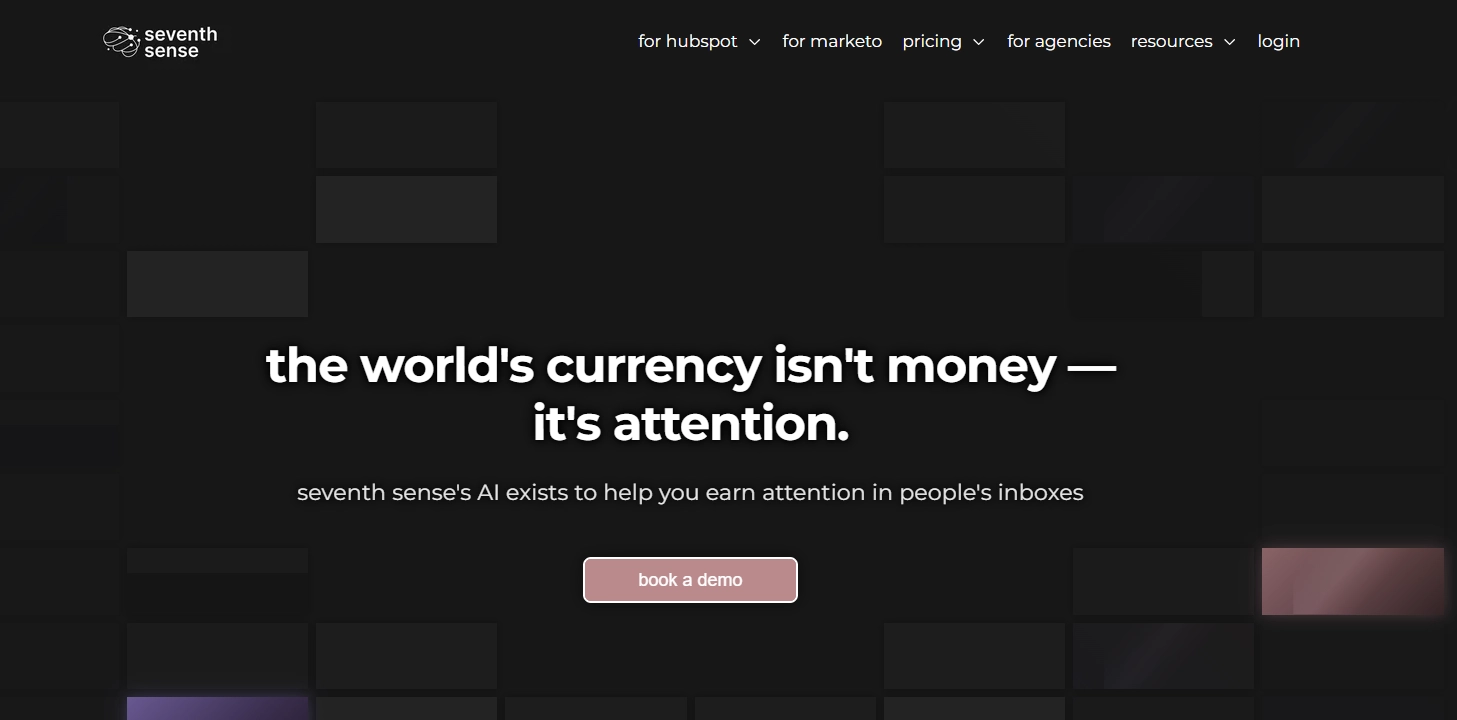
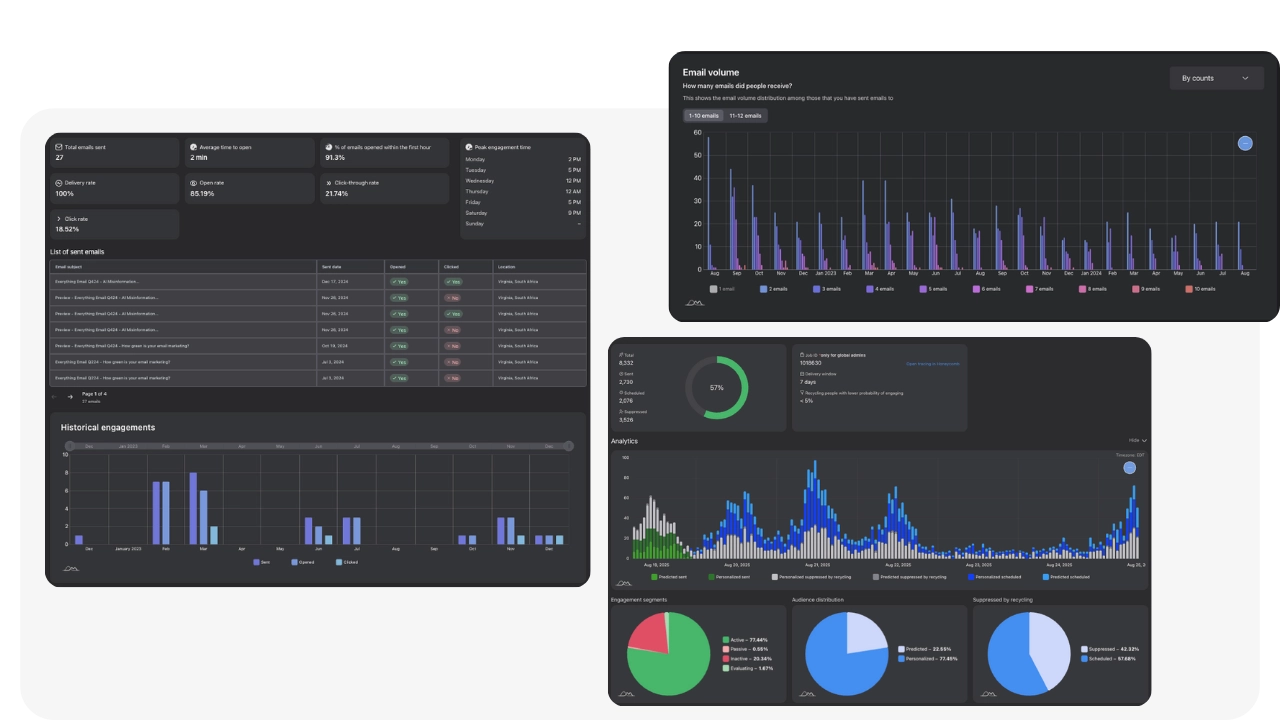
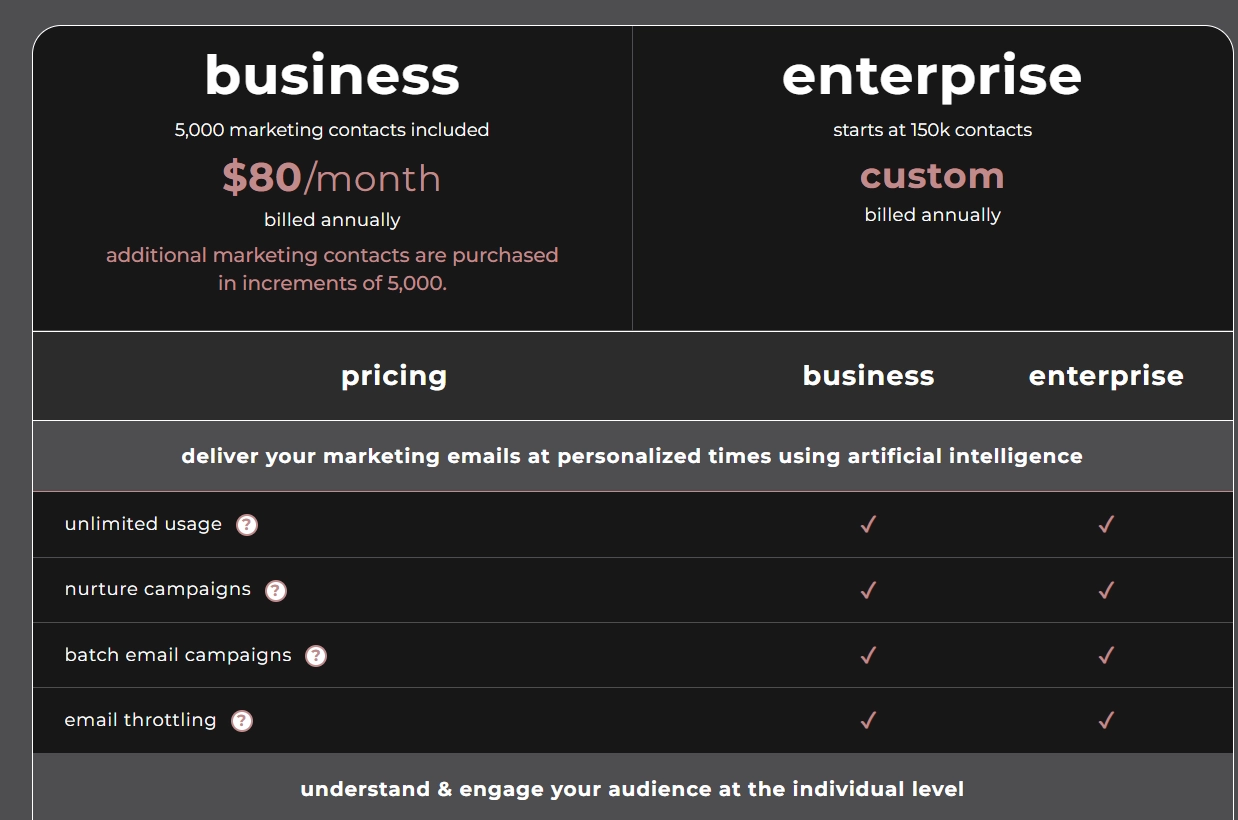

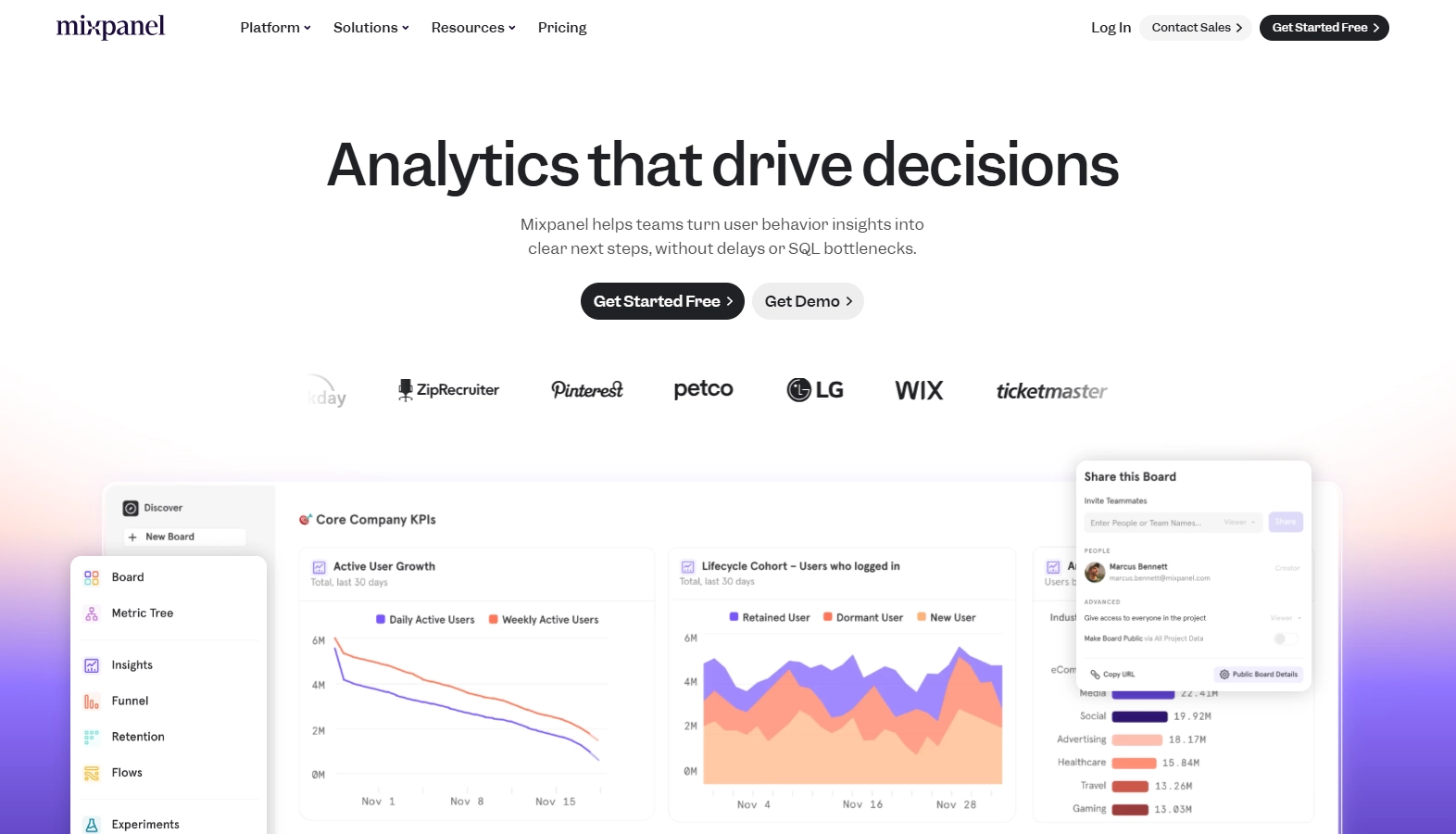
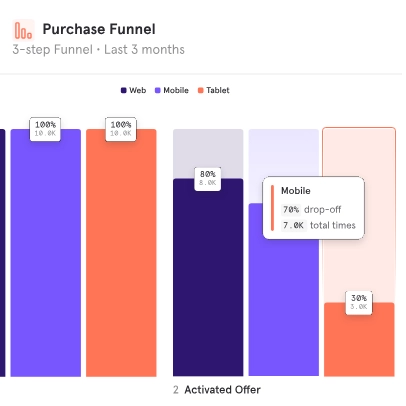
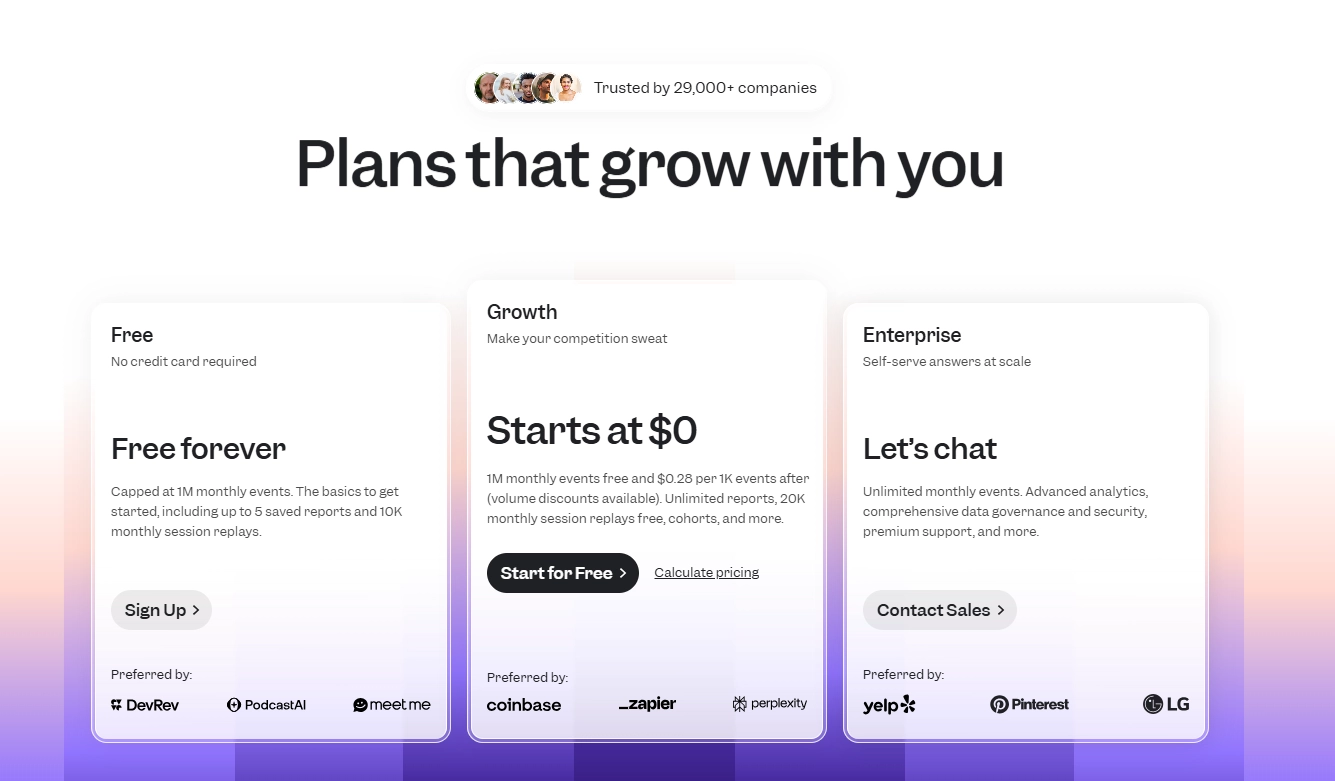

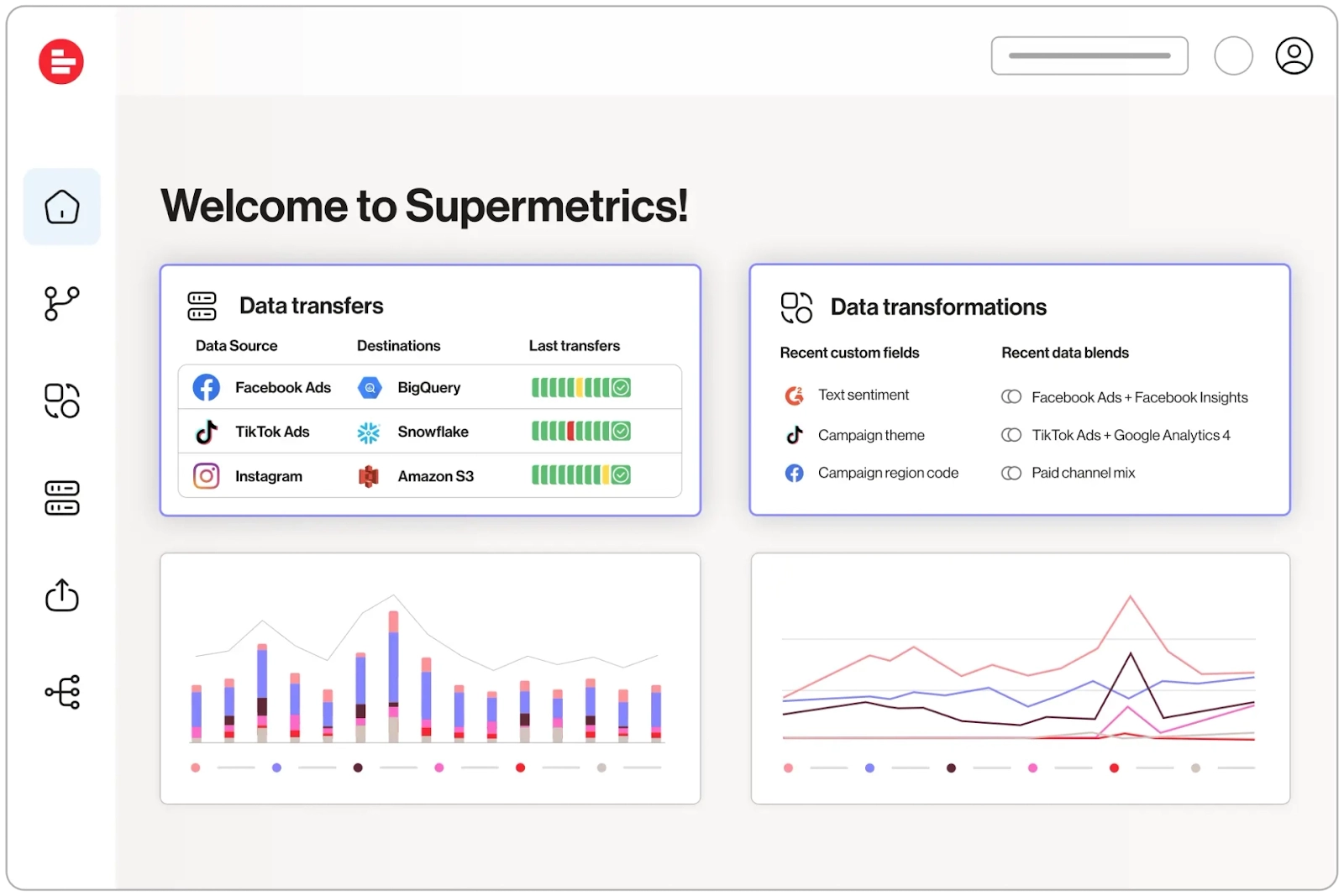
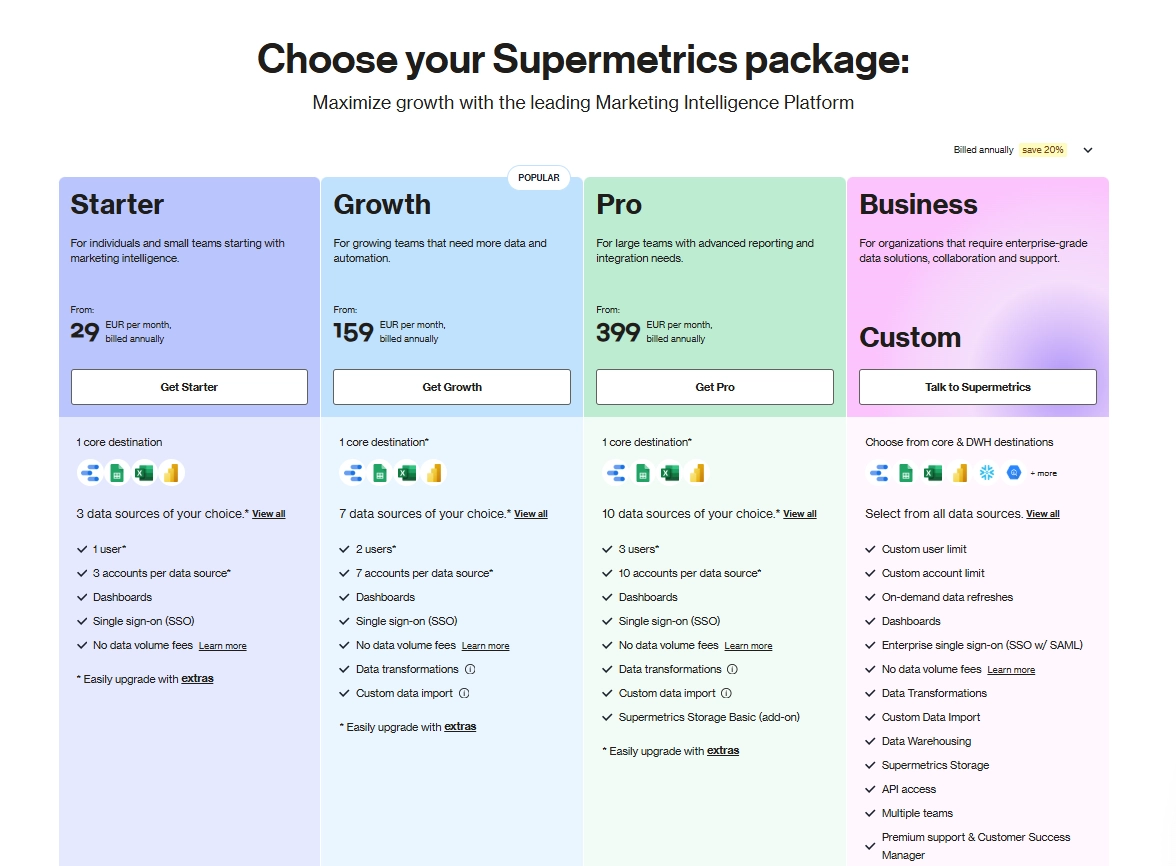
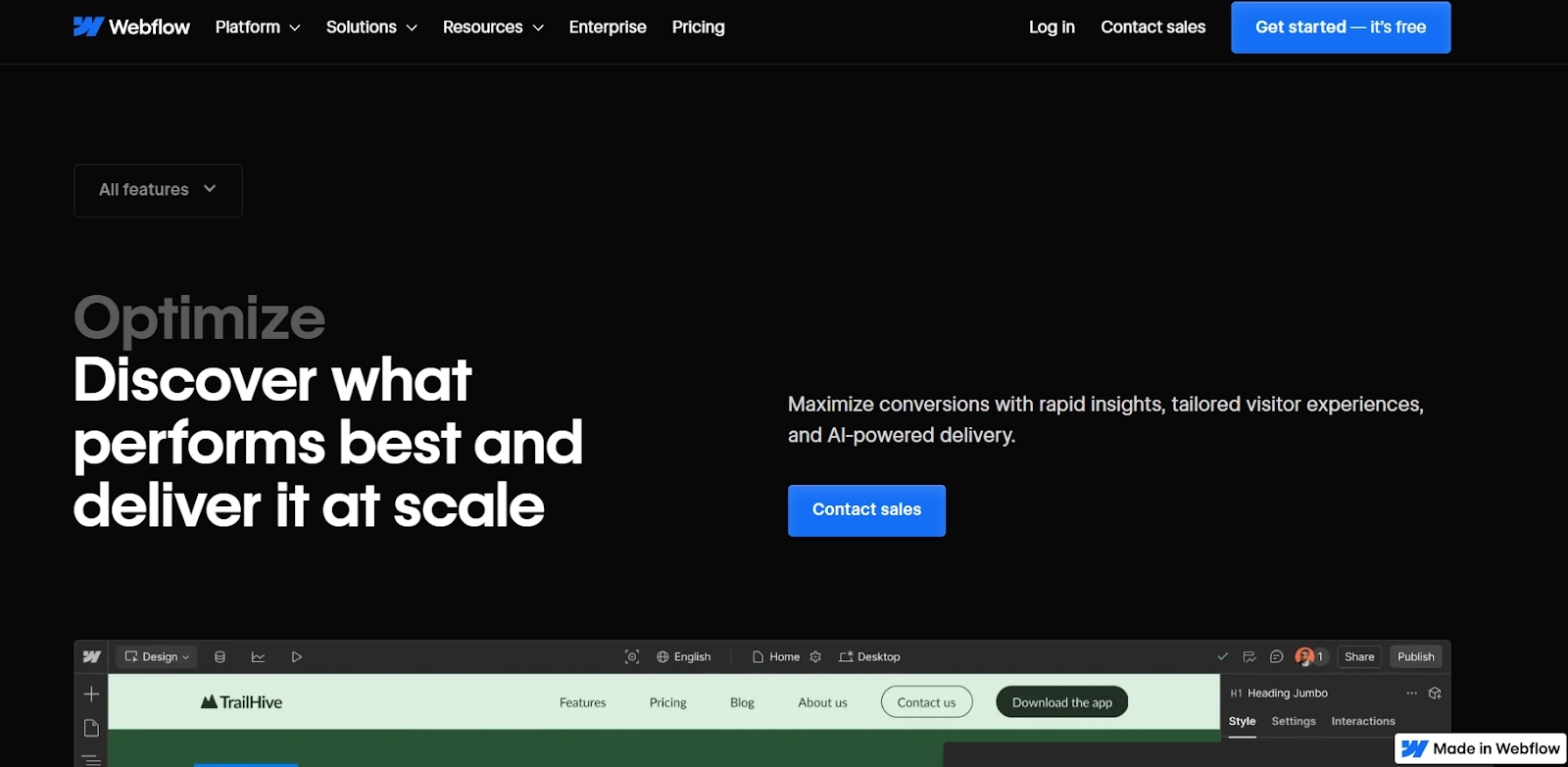
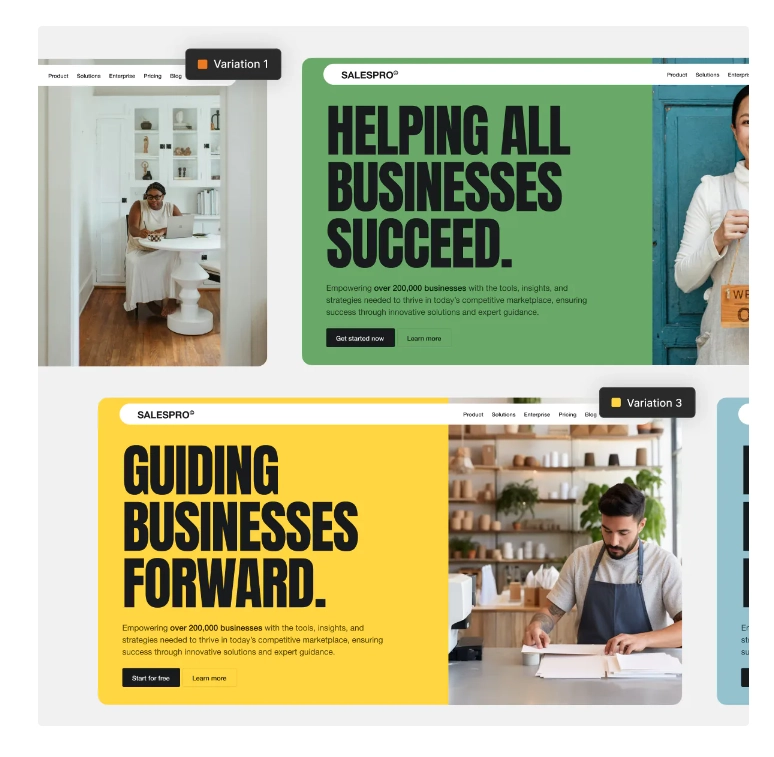
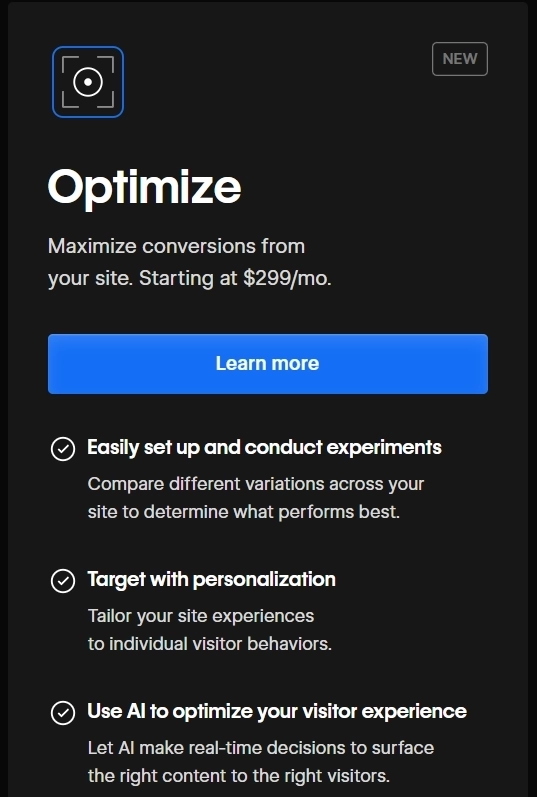



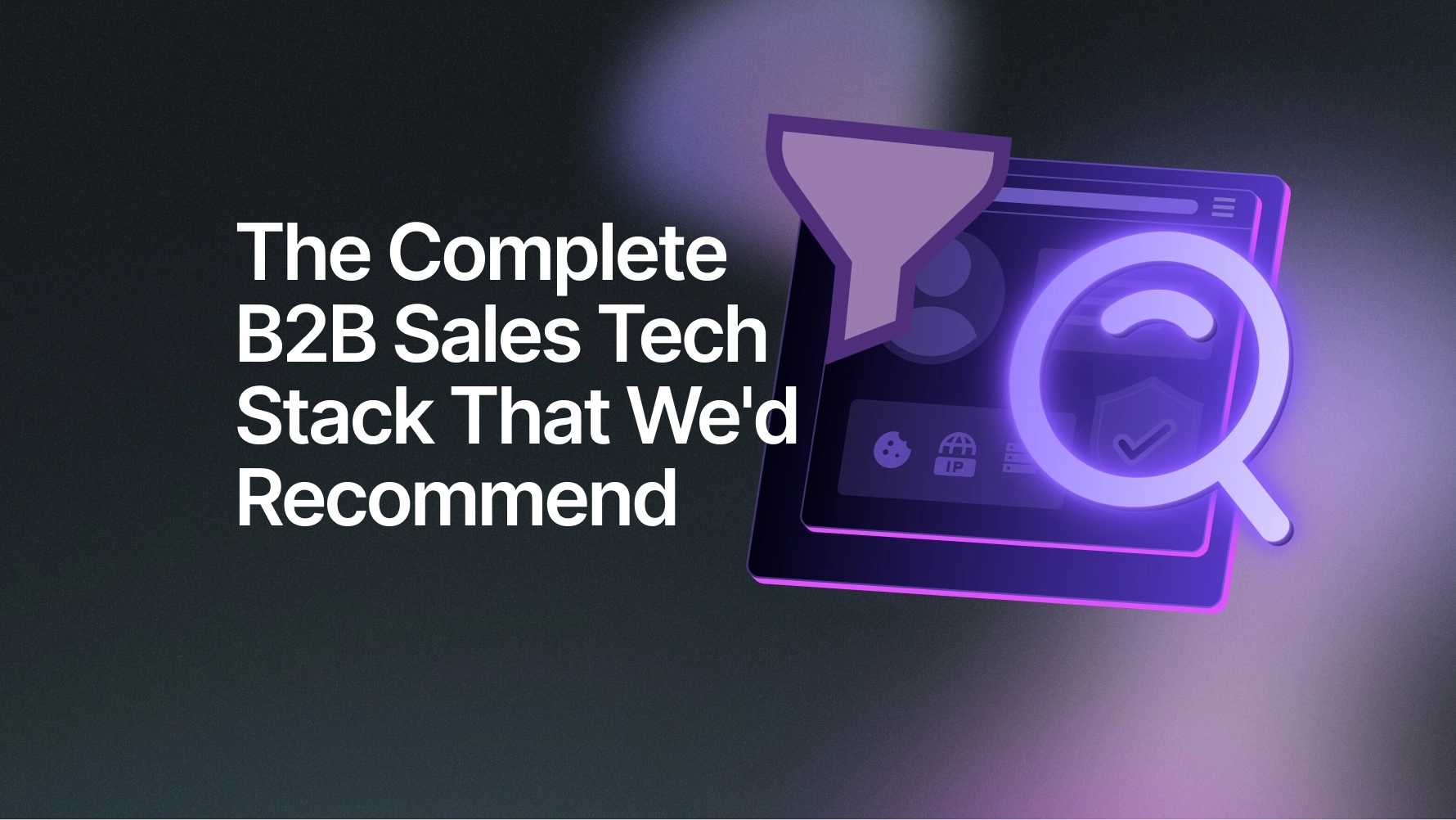
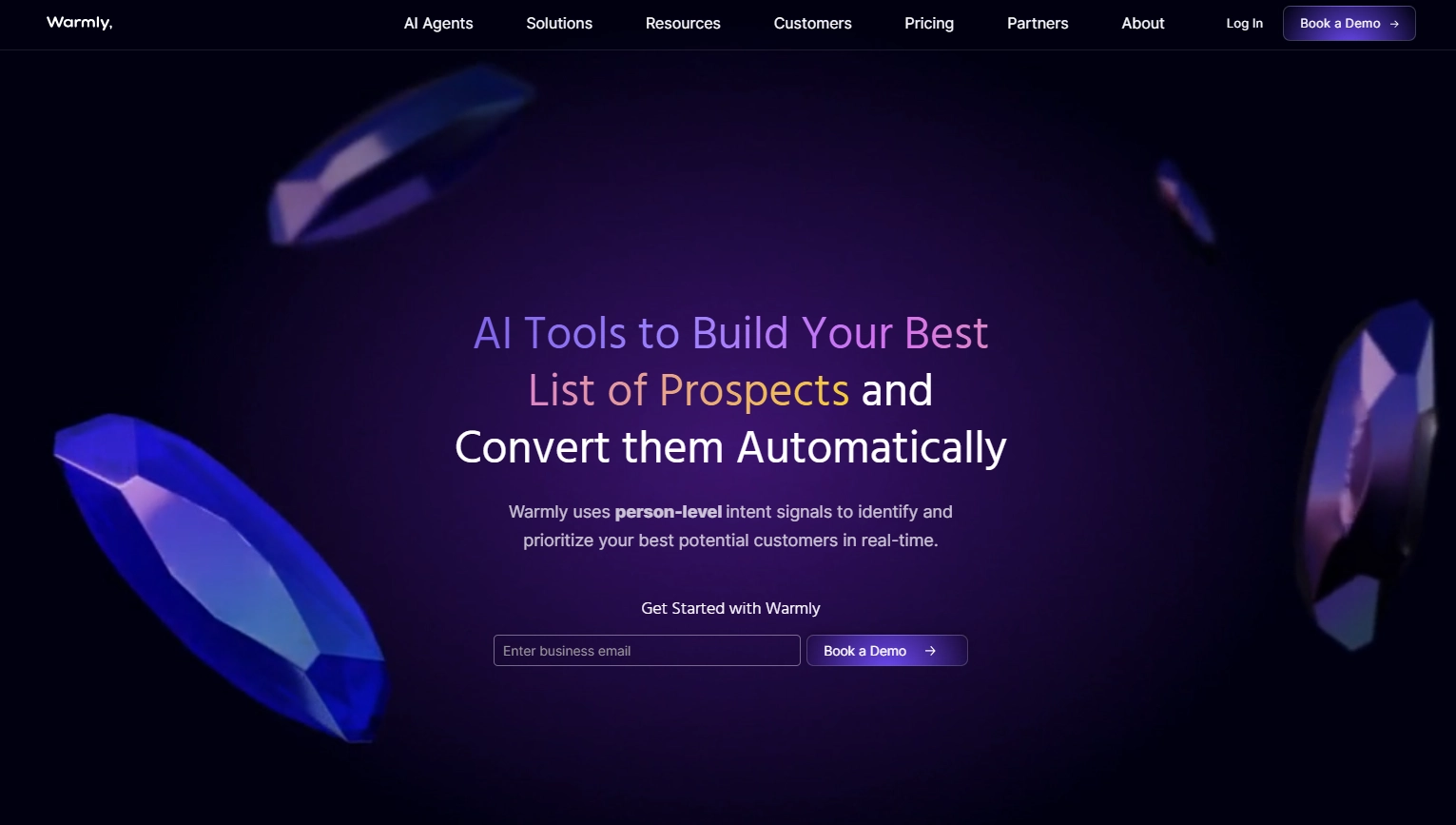


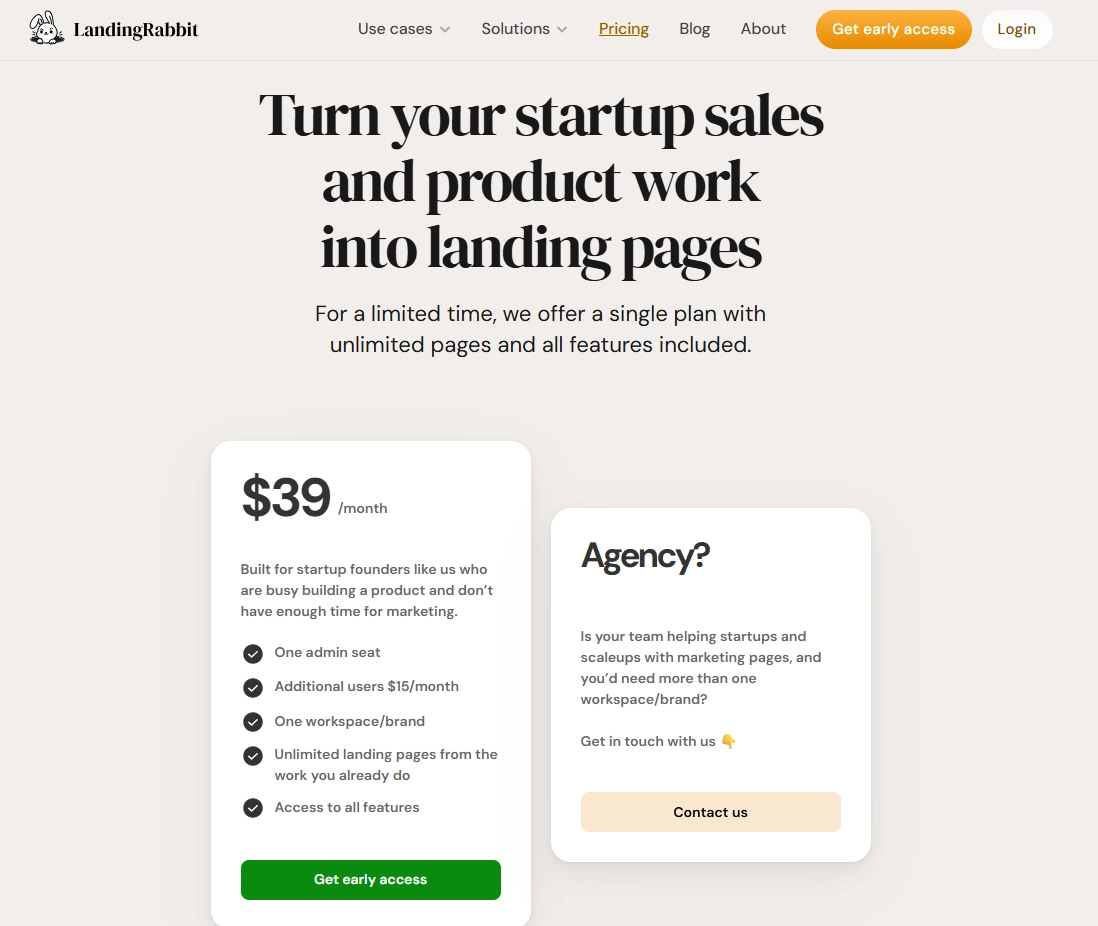
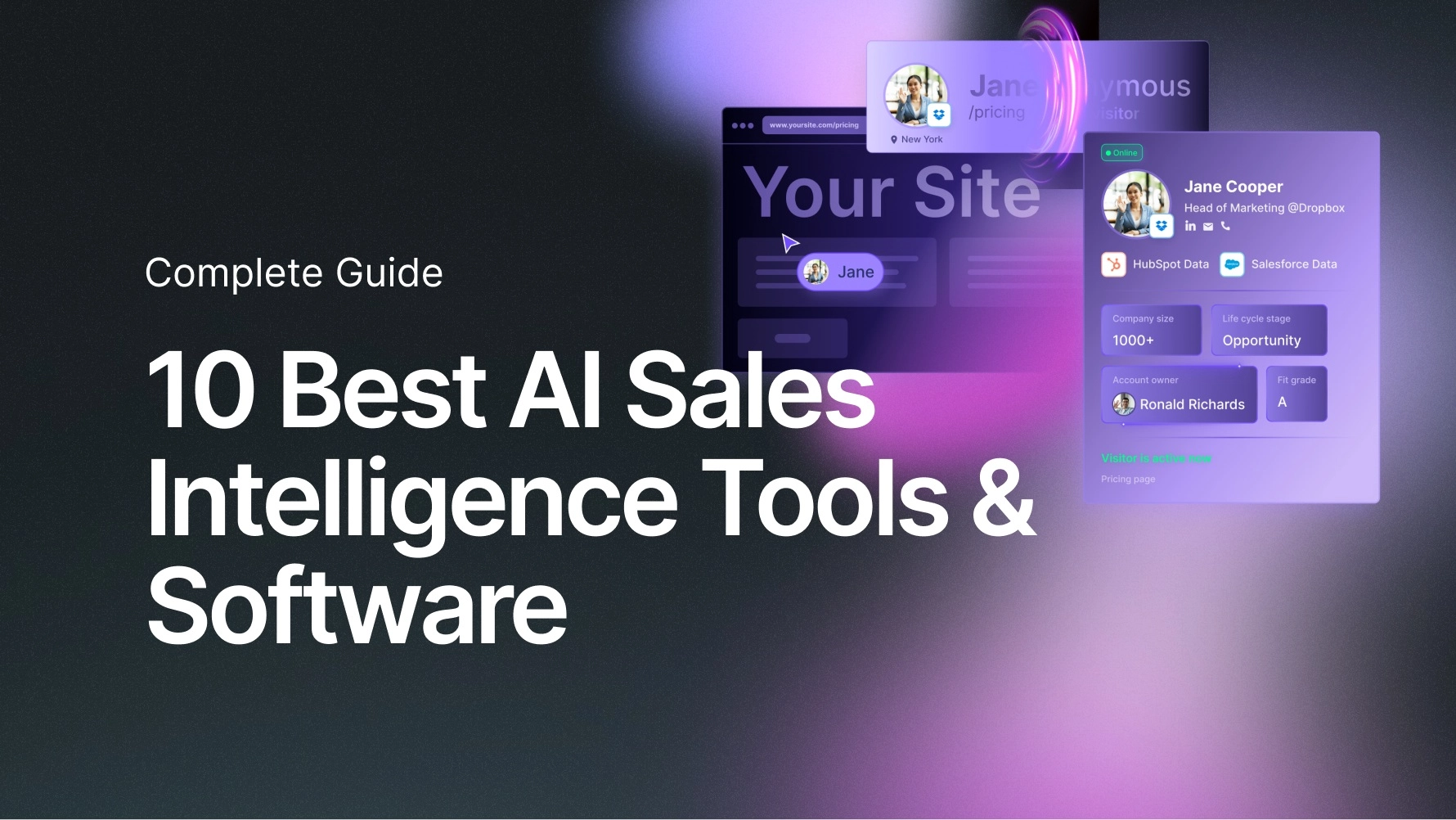

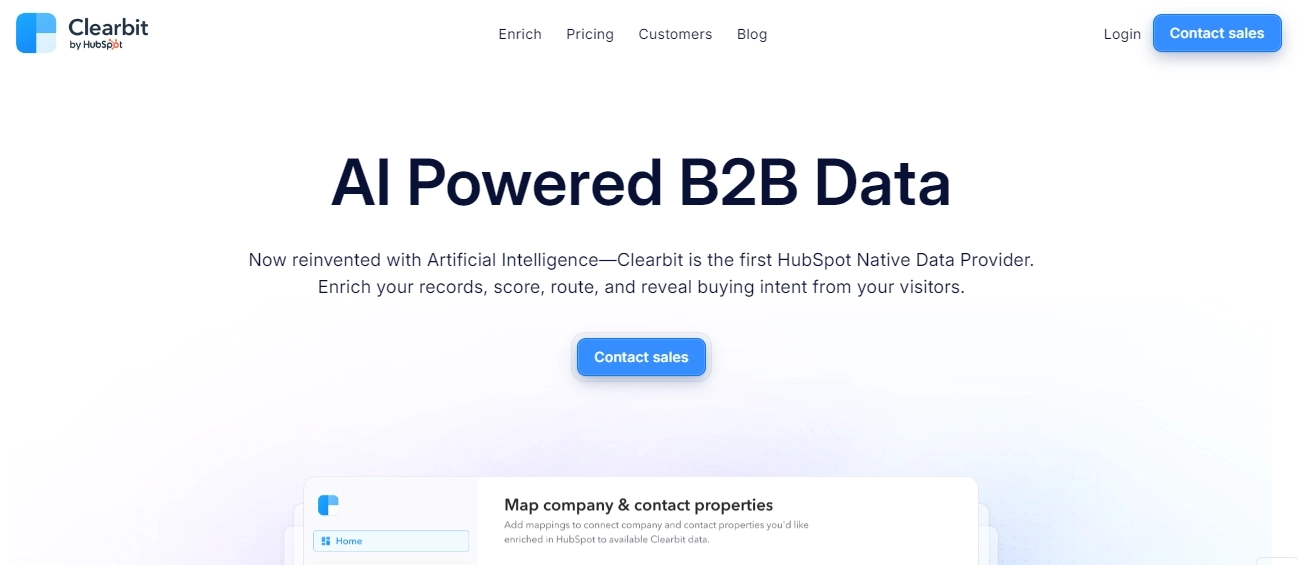
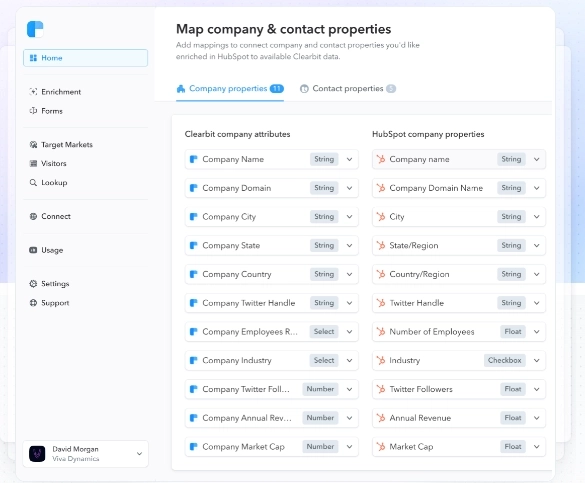







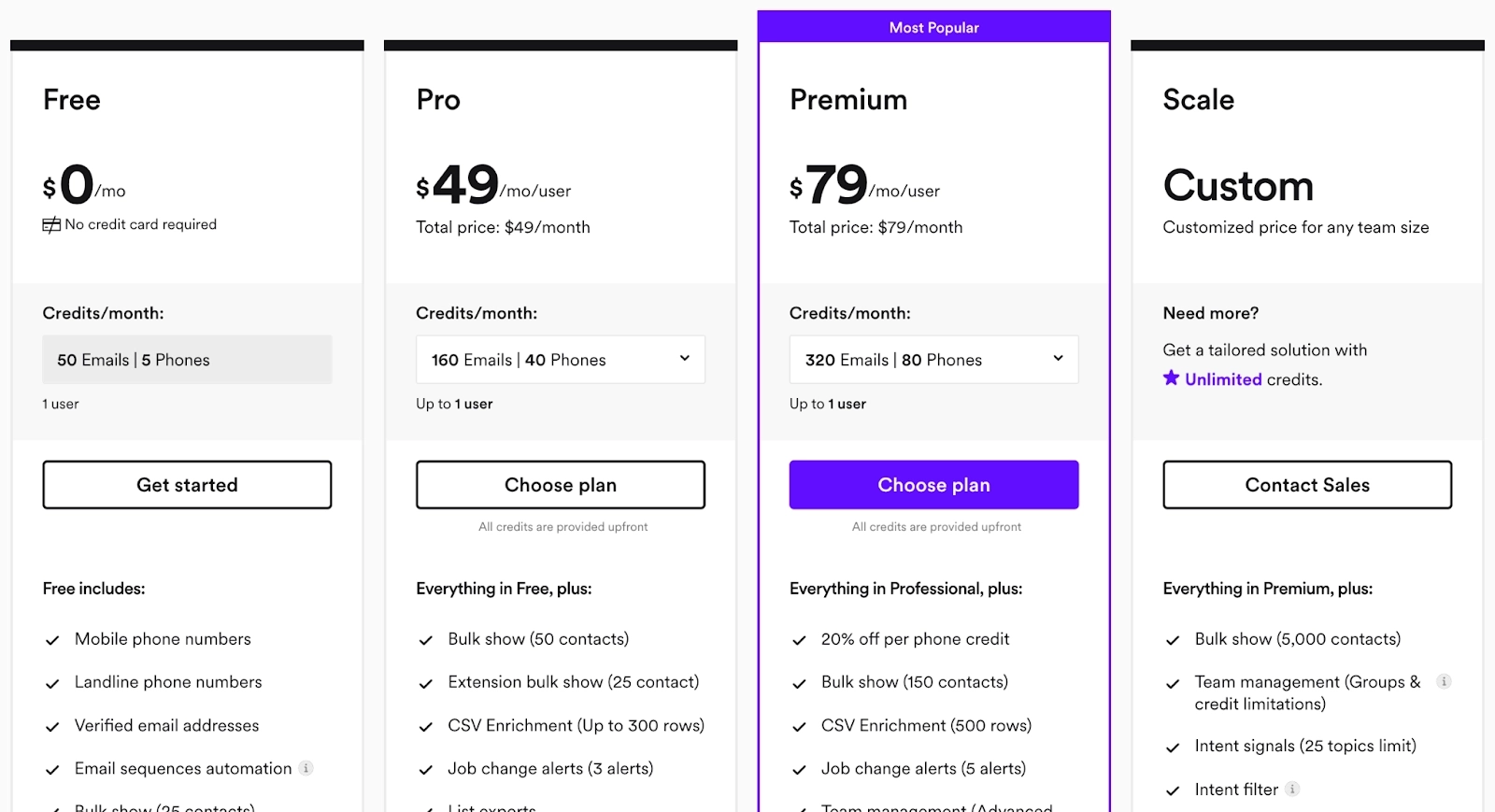



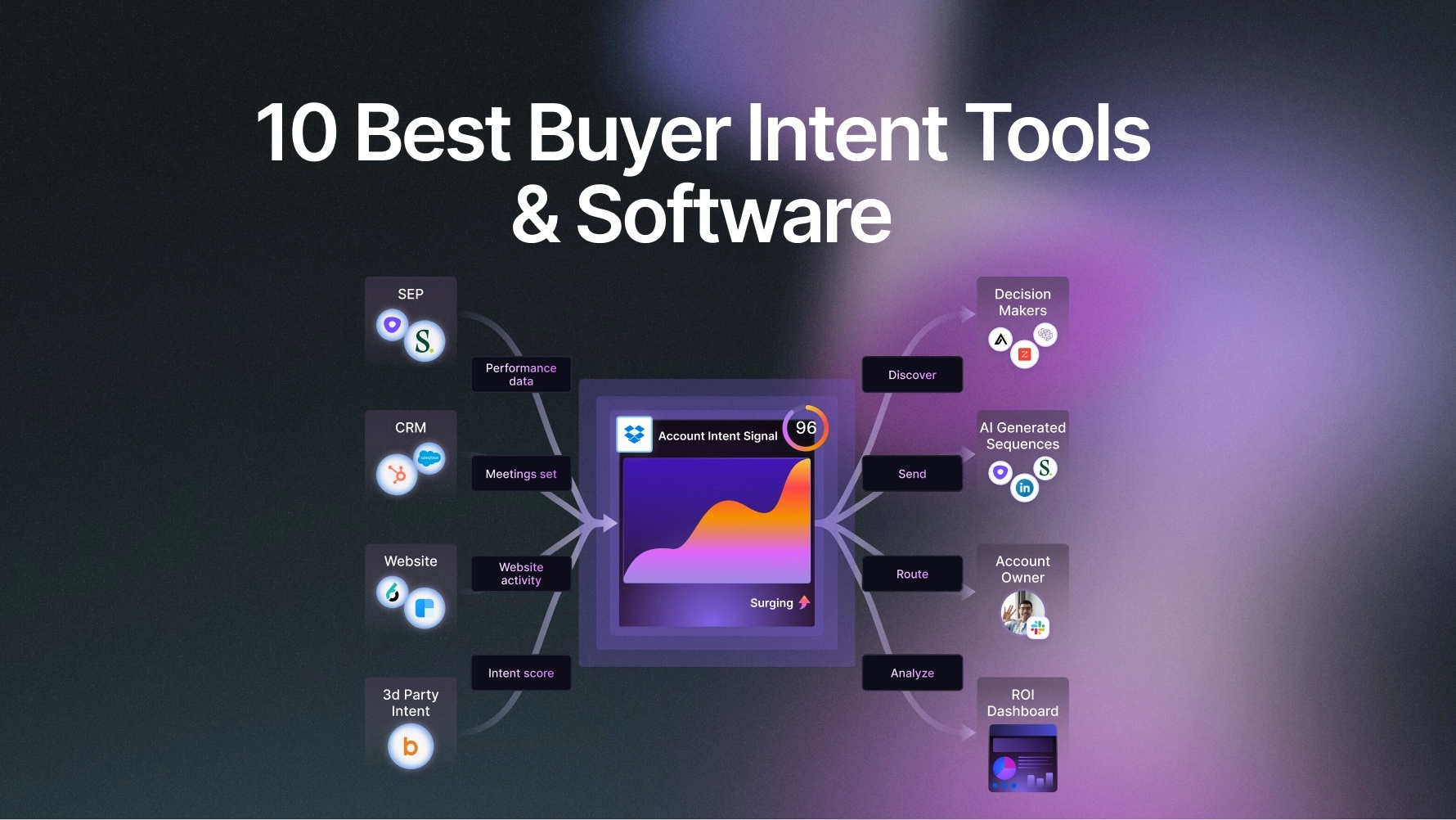









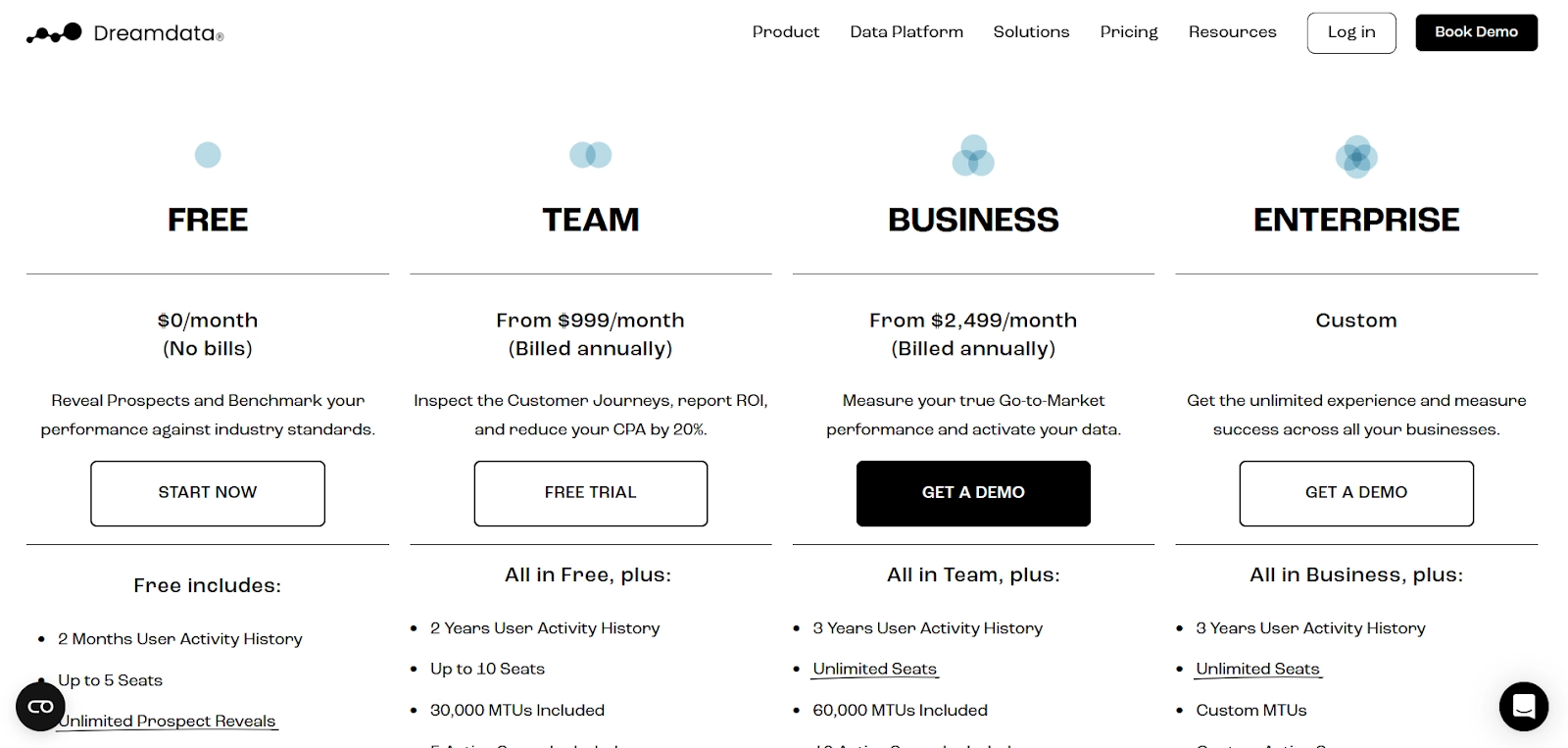



![8 Sales Plays For GTM That Work In 2025 [Expert-Sourced]](https://cdn.prod.website-files.com/6506fc5785bd592c468835e0/688bc1e2bb91727e1c9d3652_sales_plays_that_work.webp)


